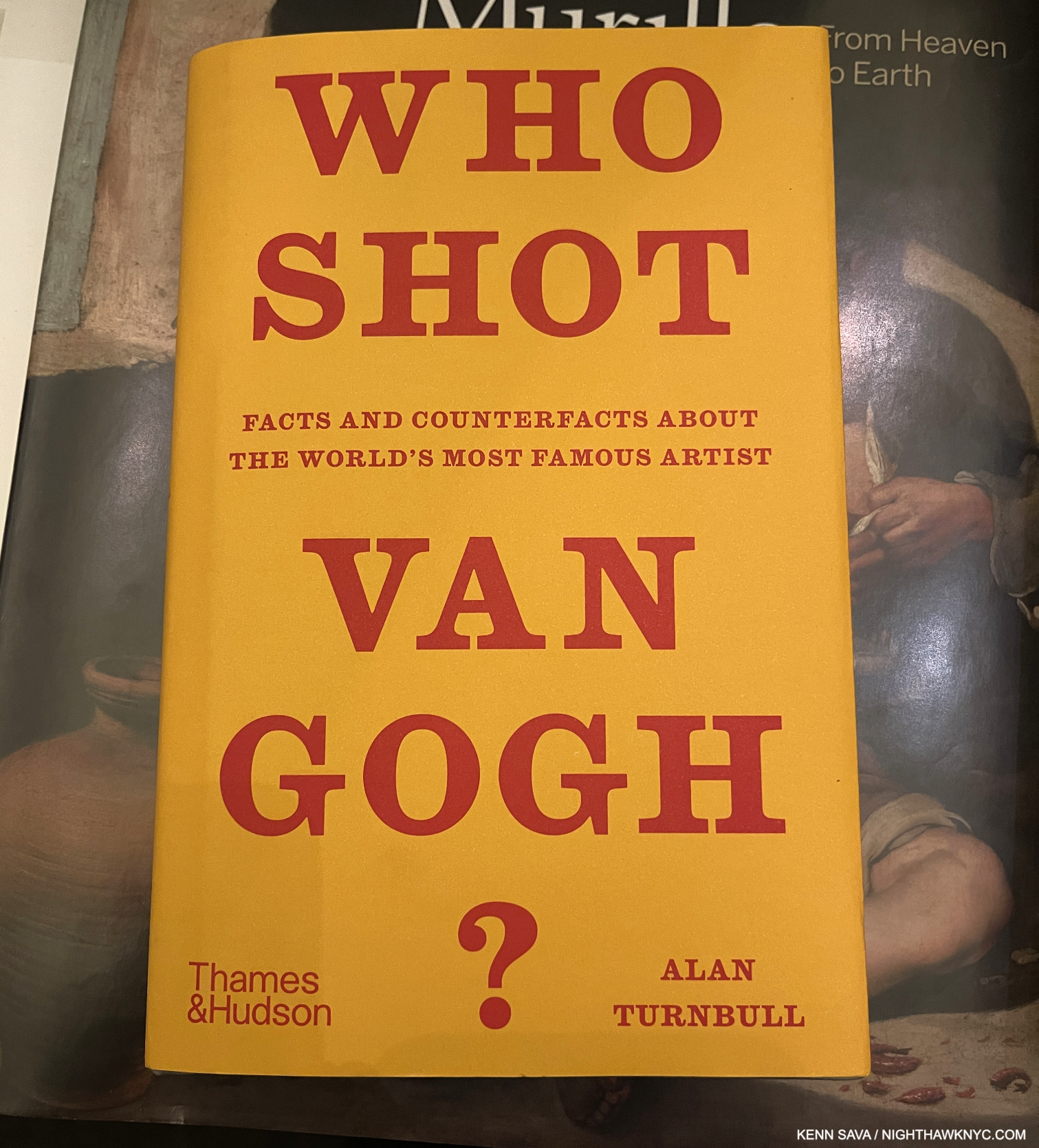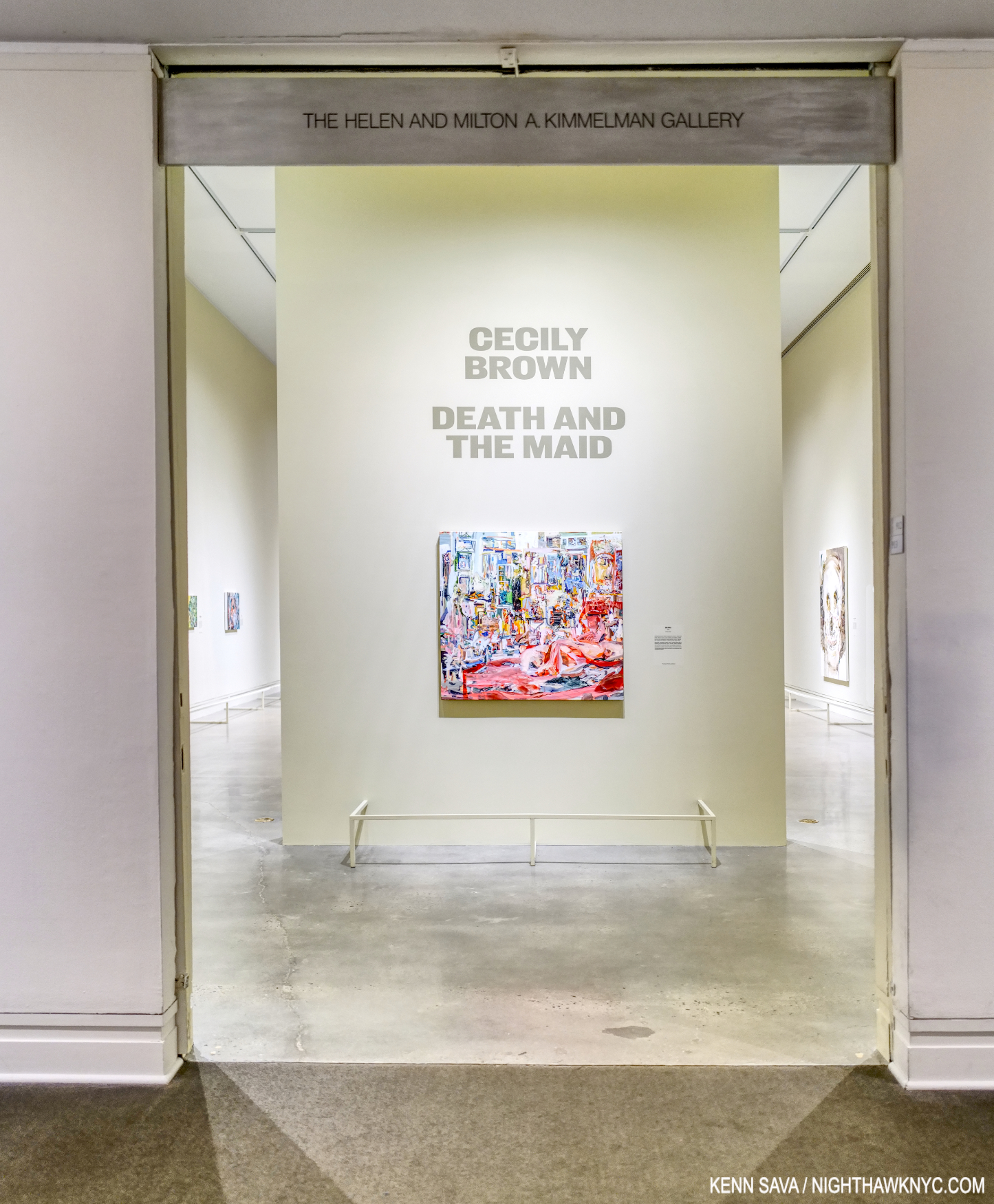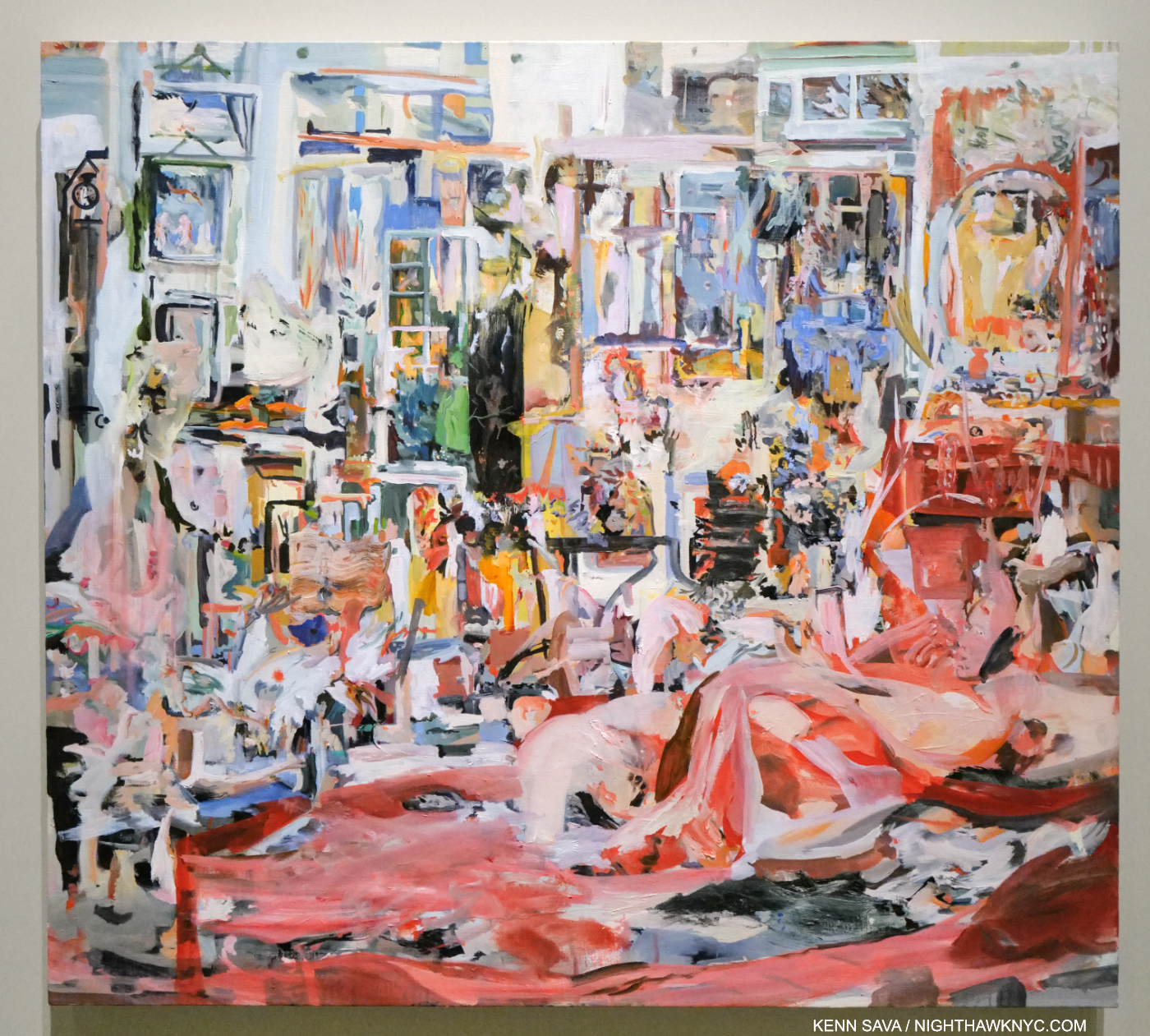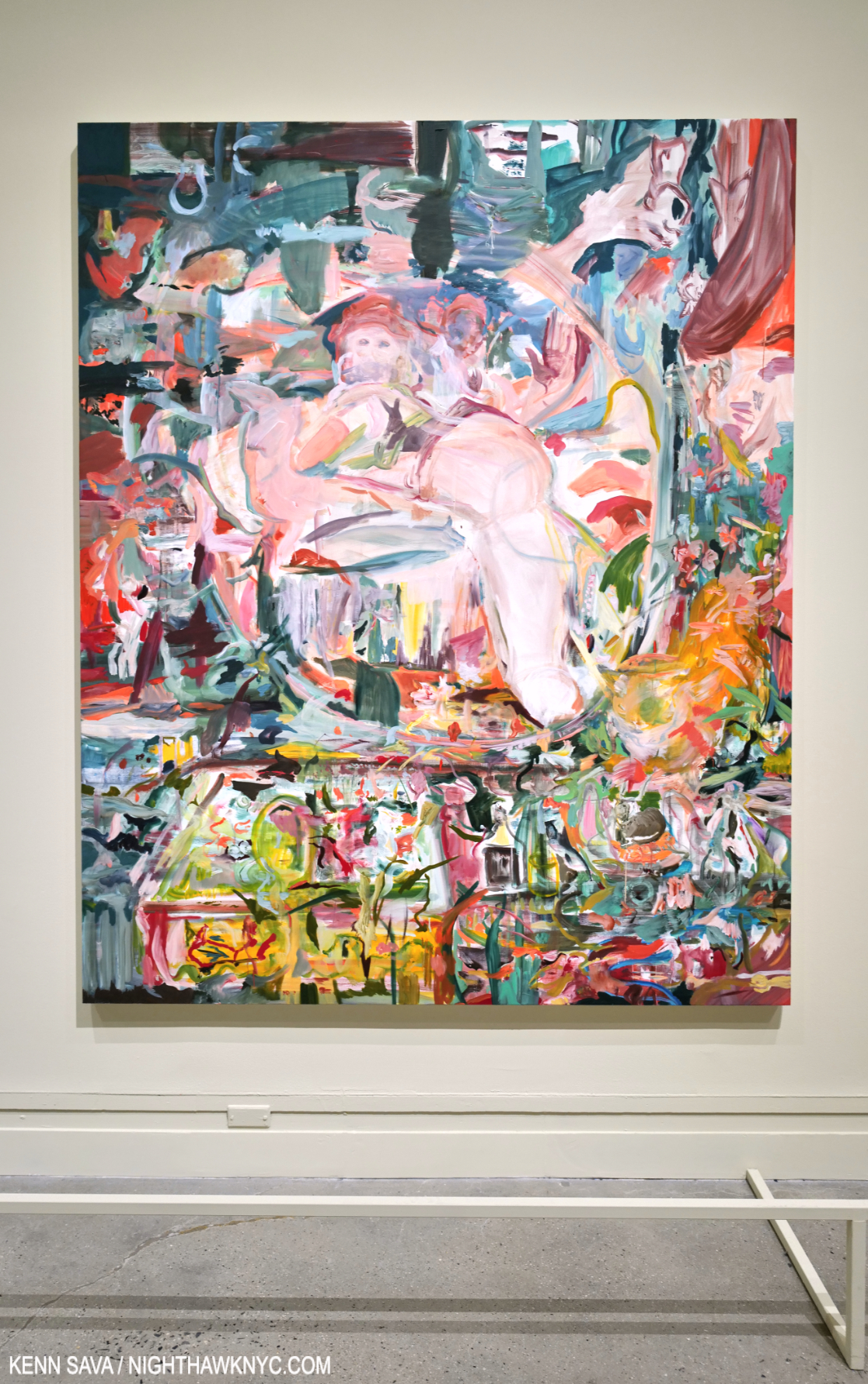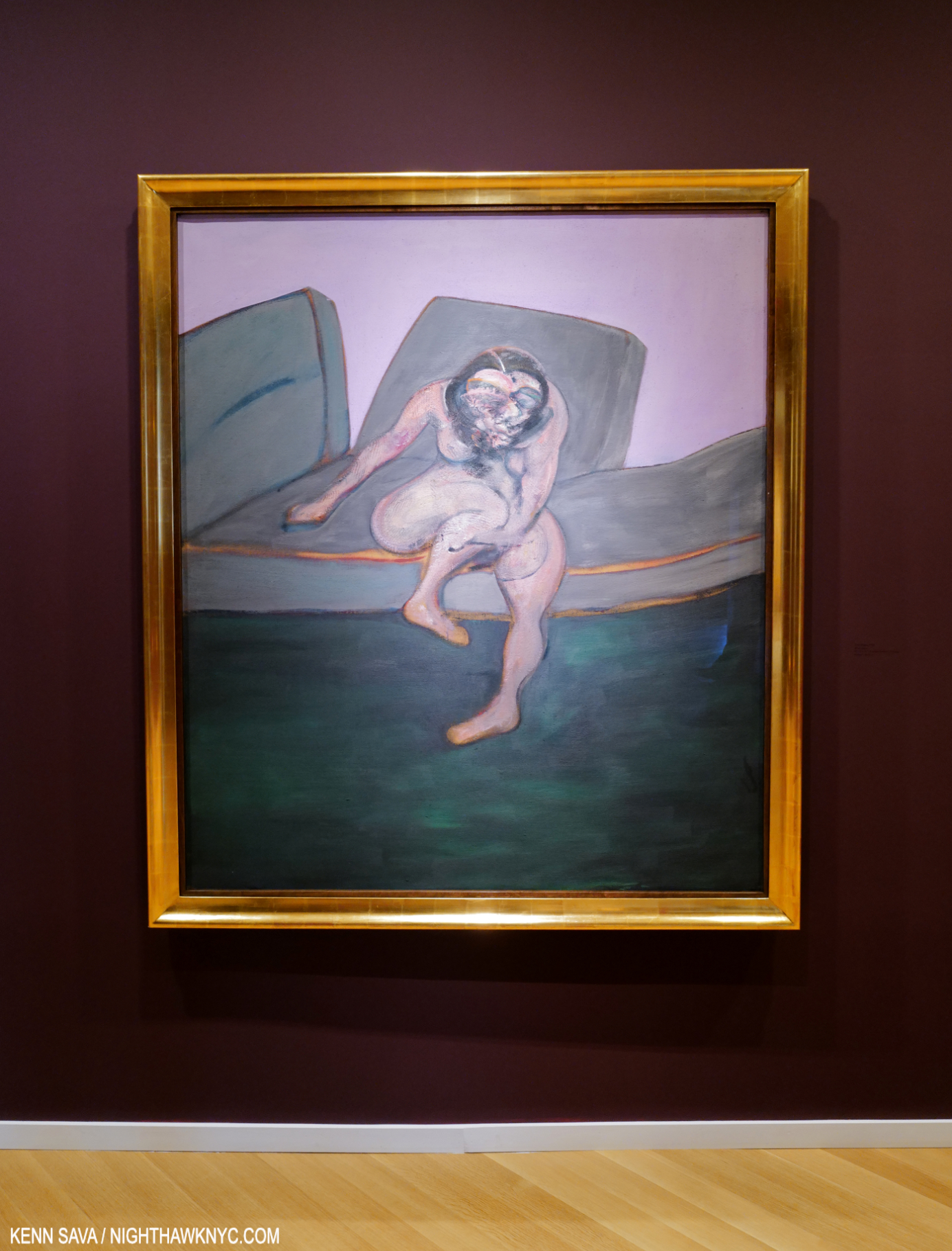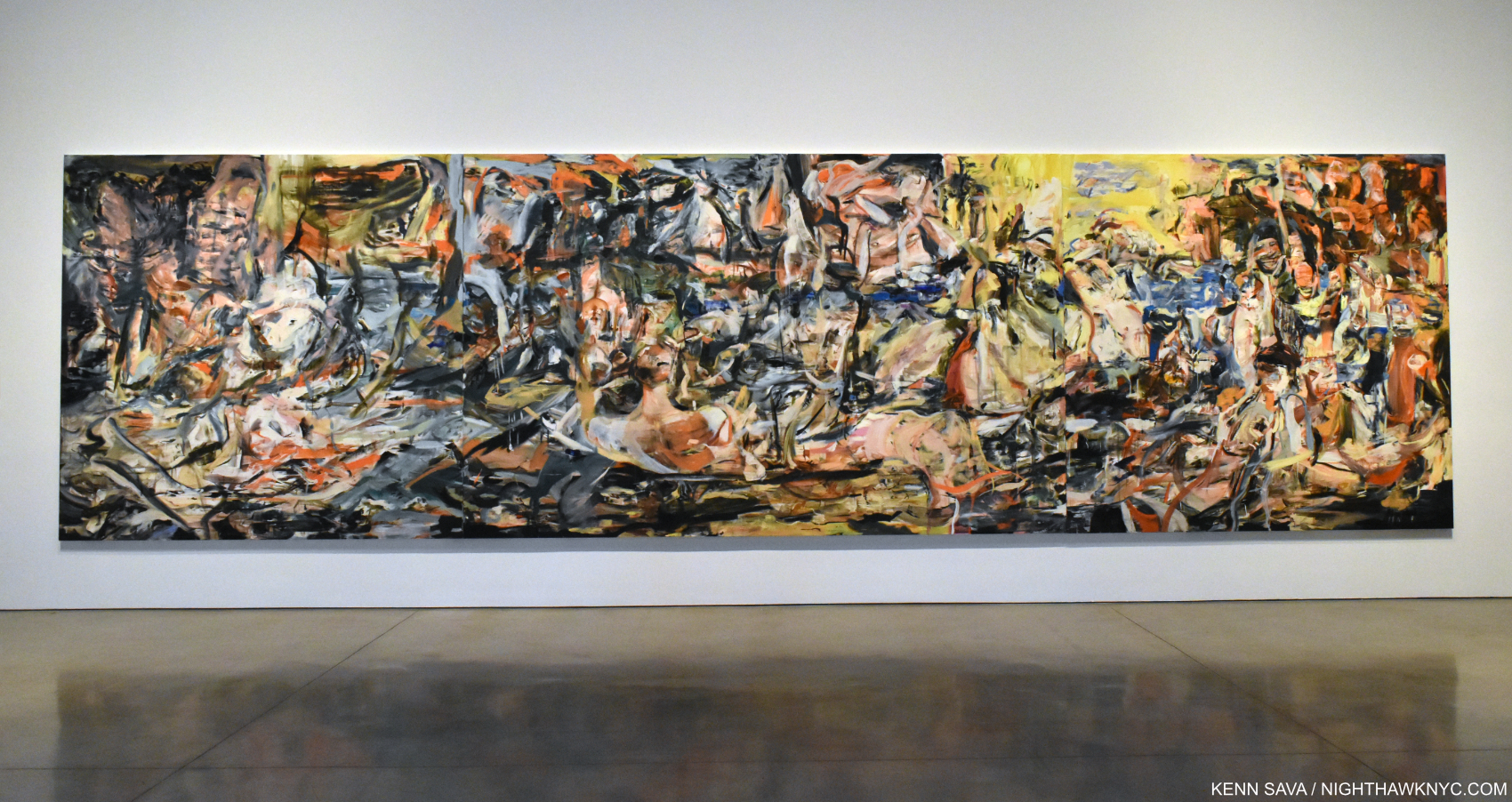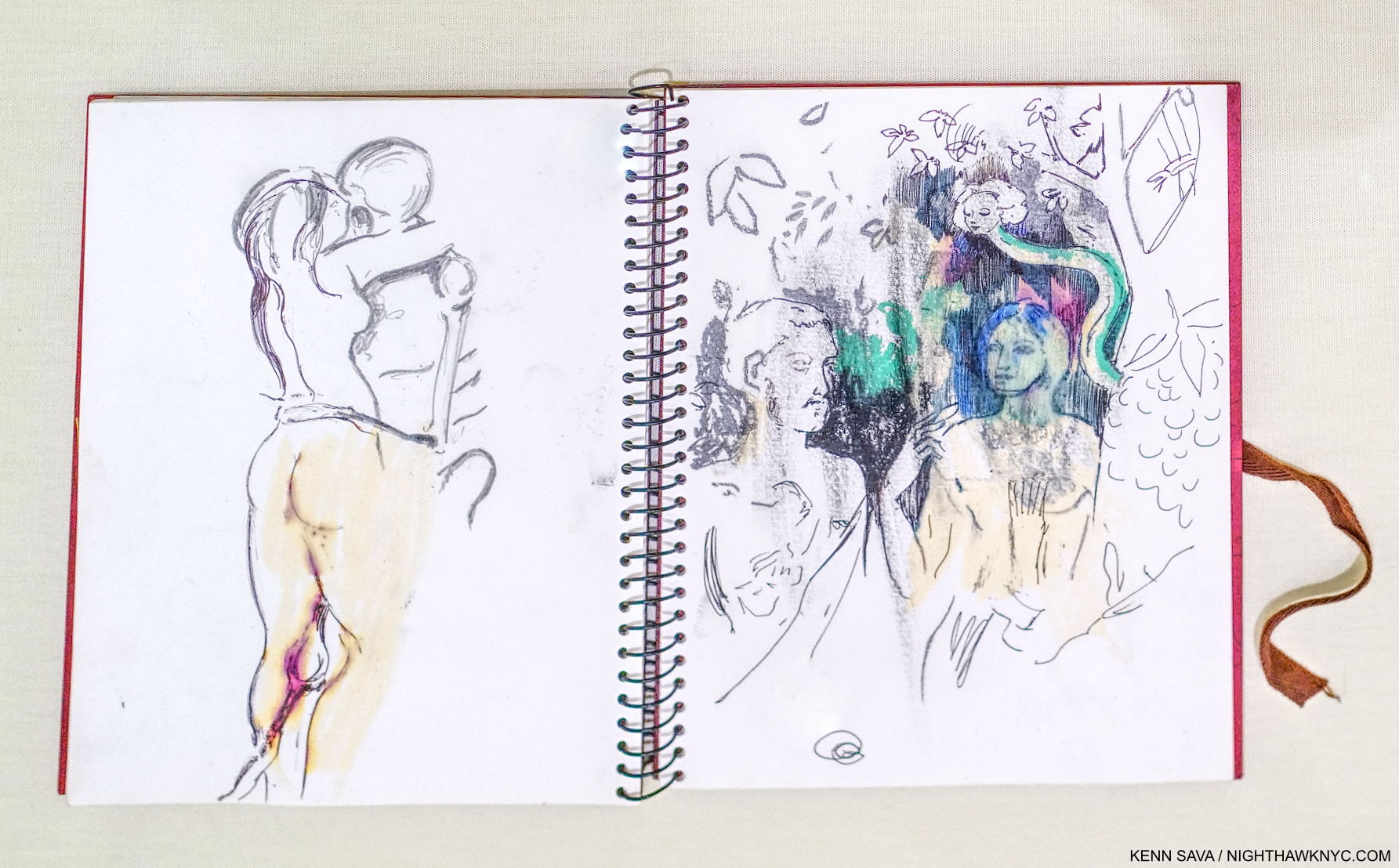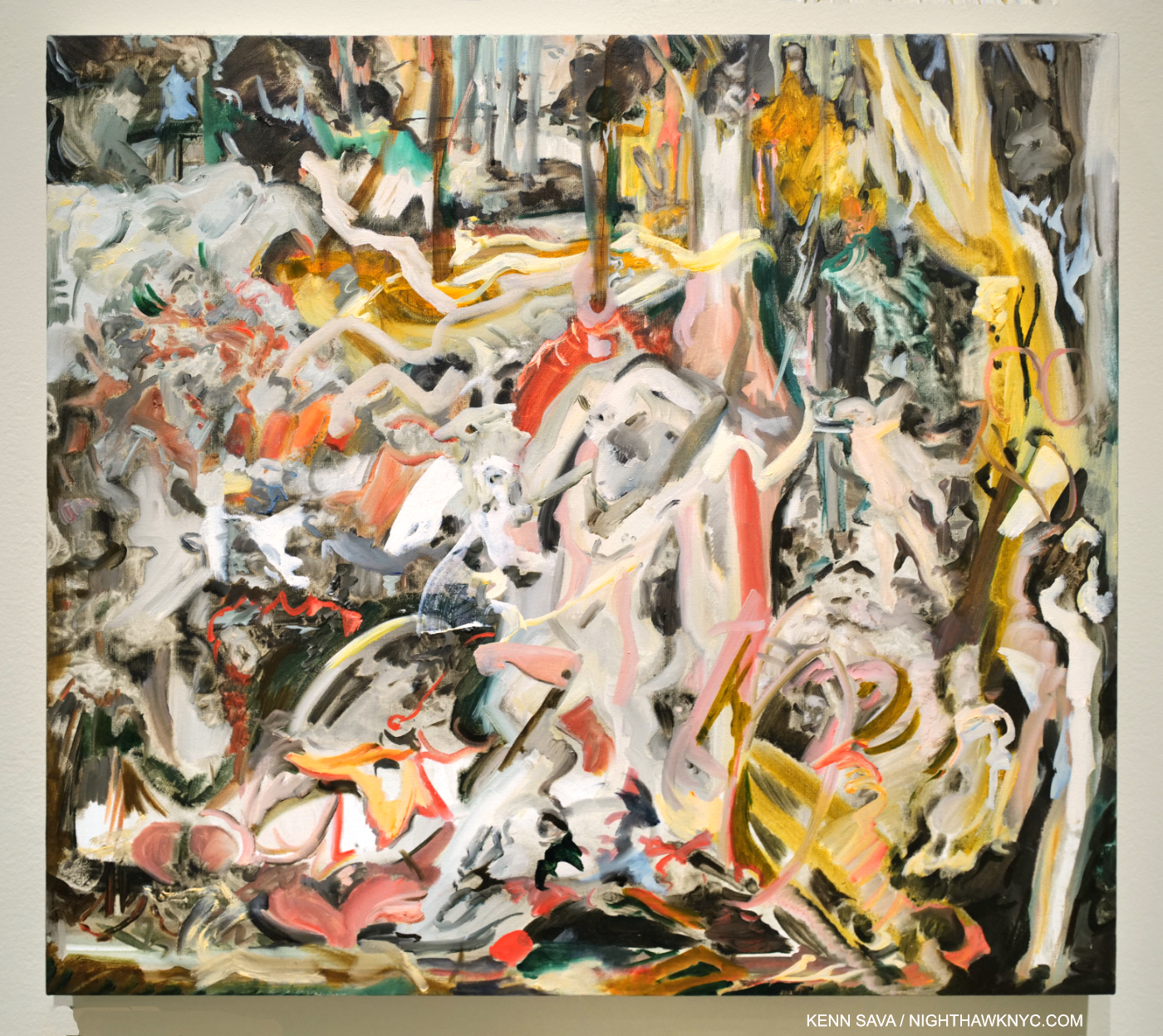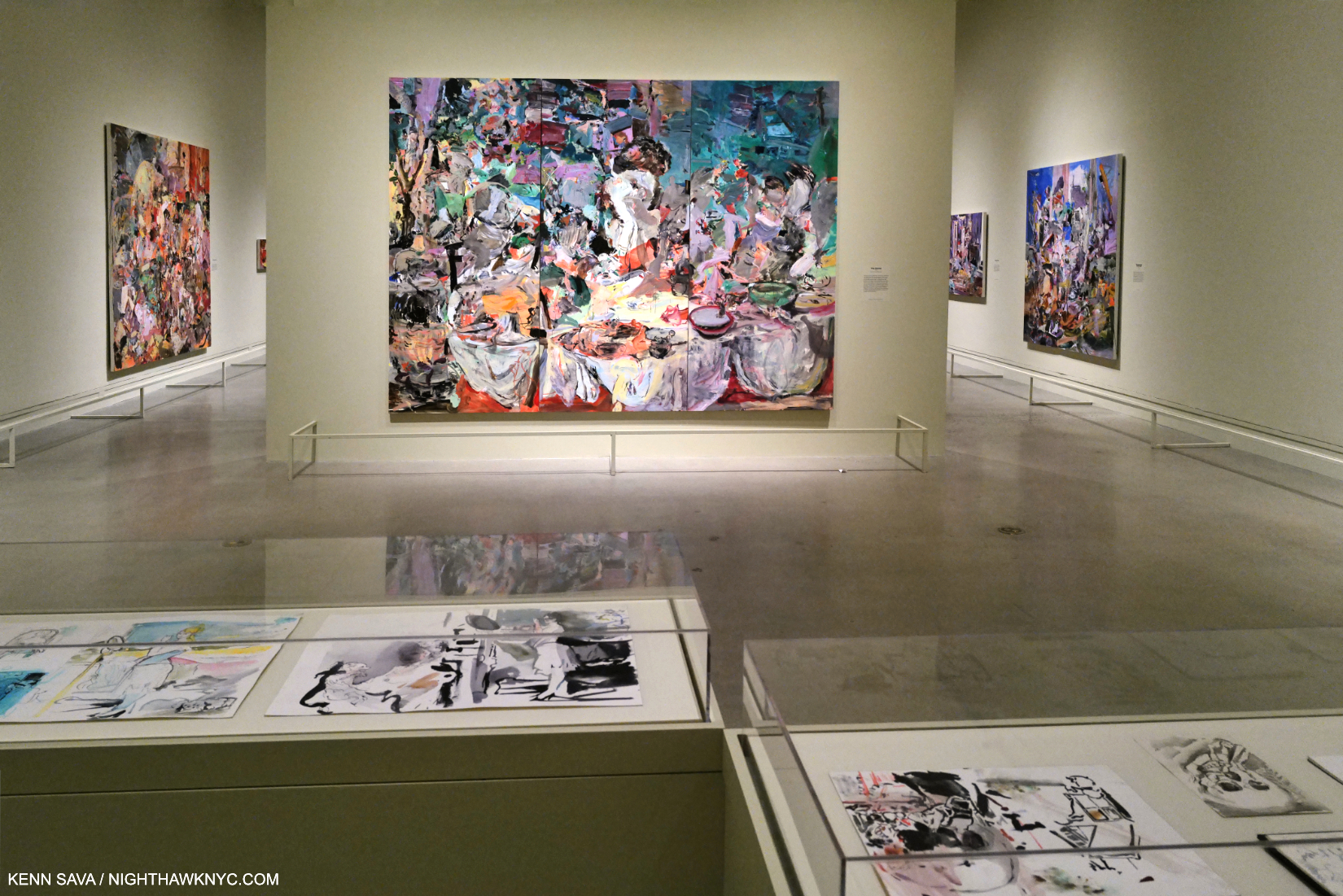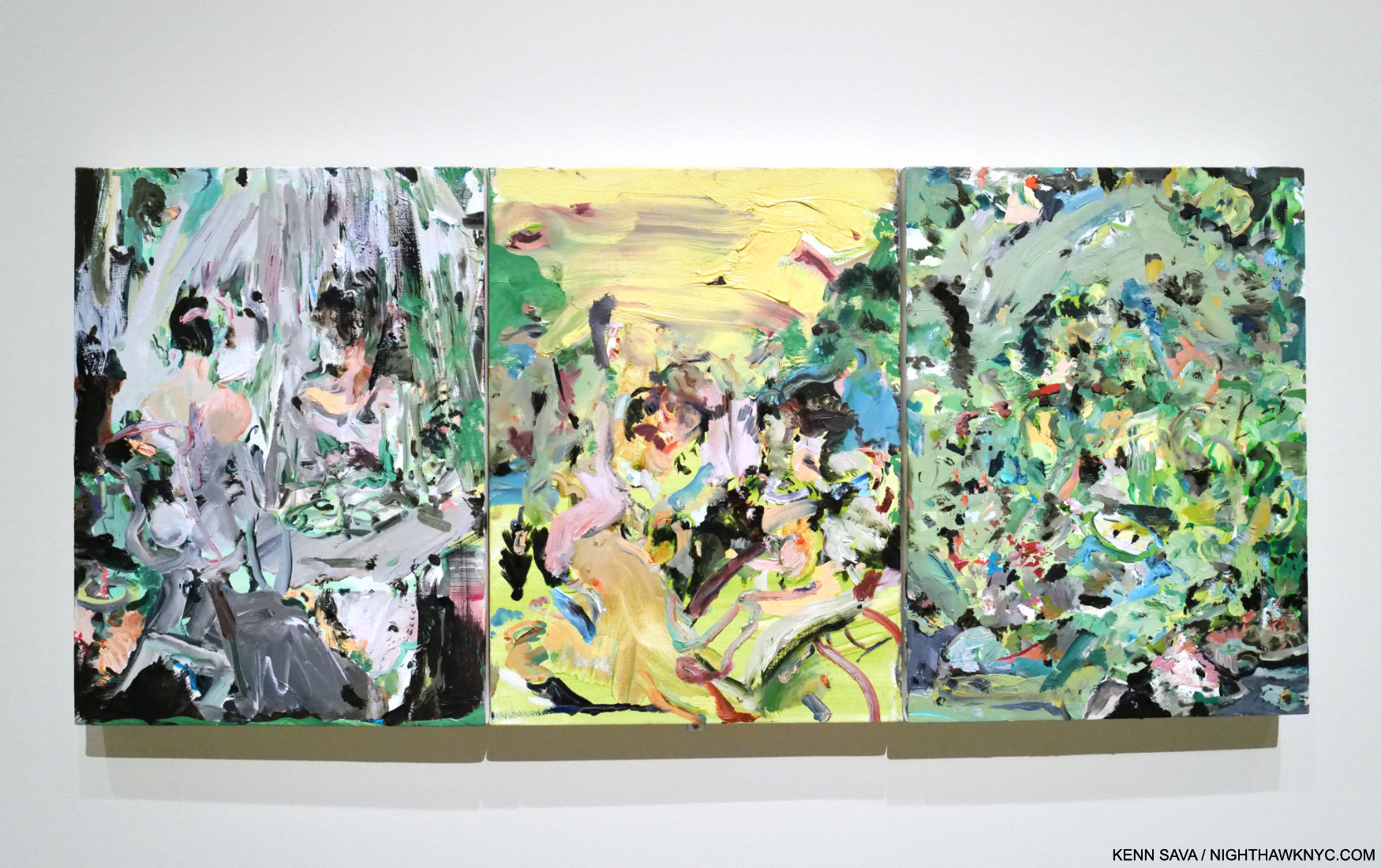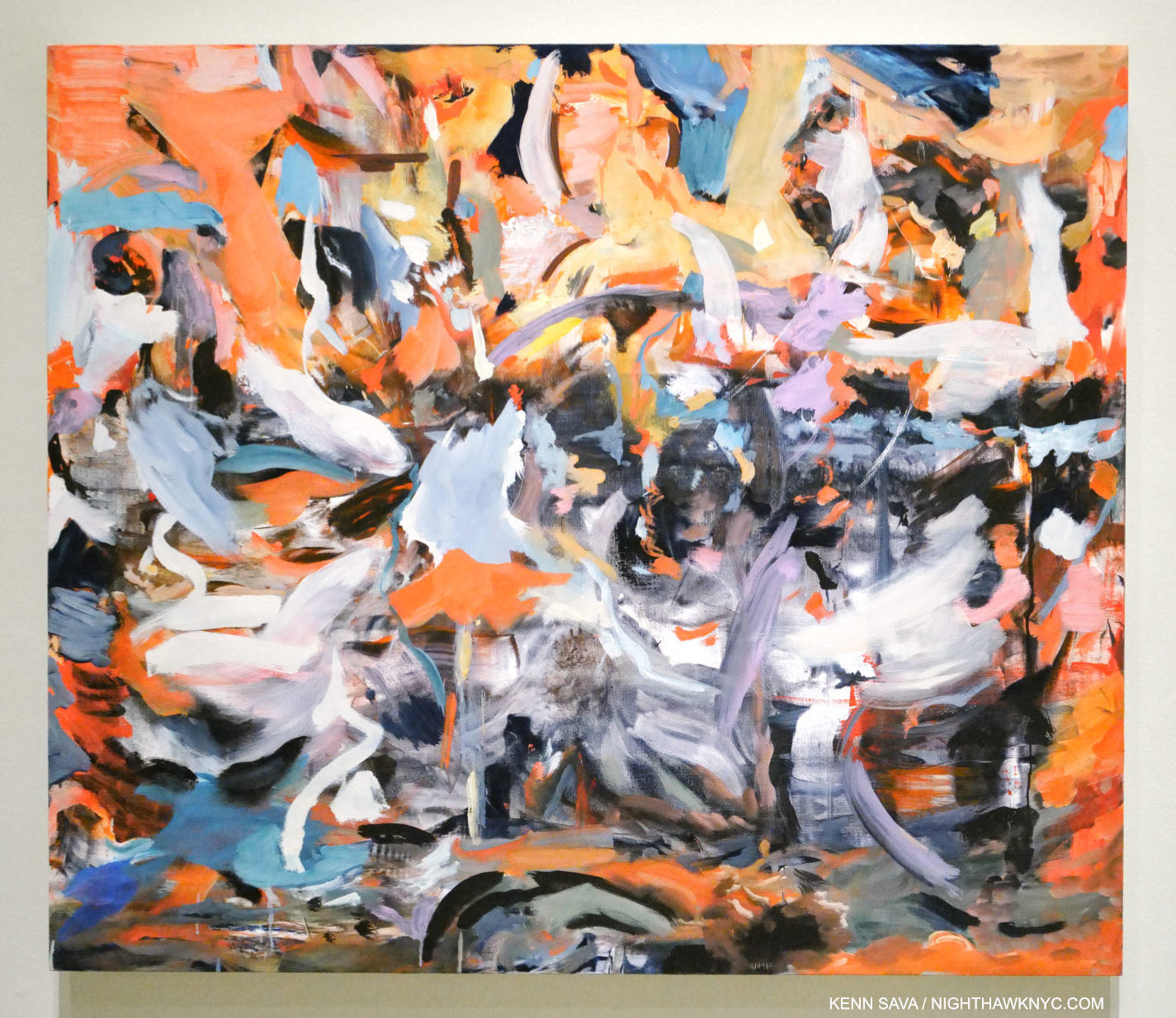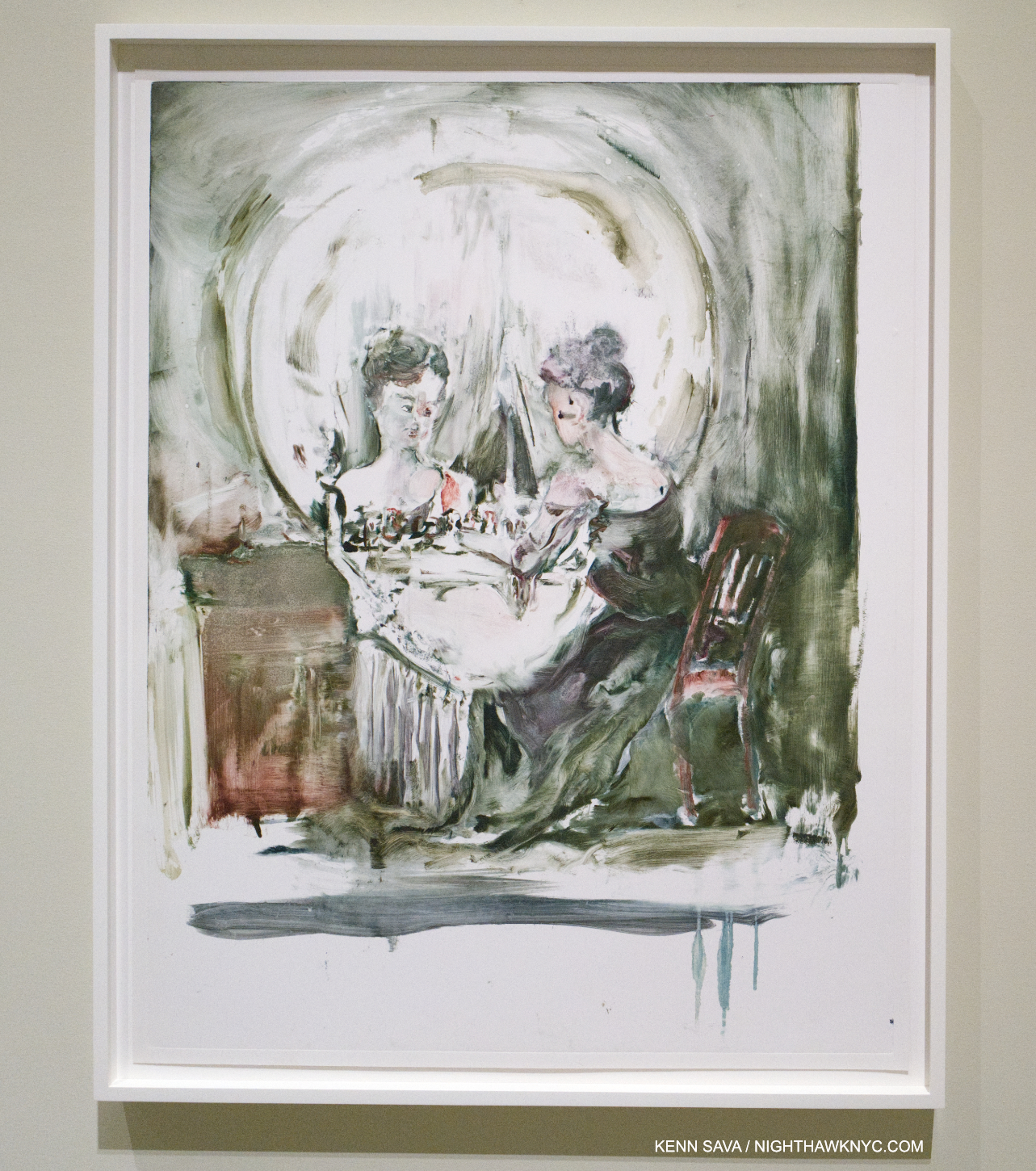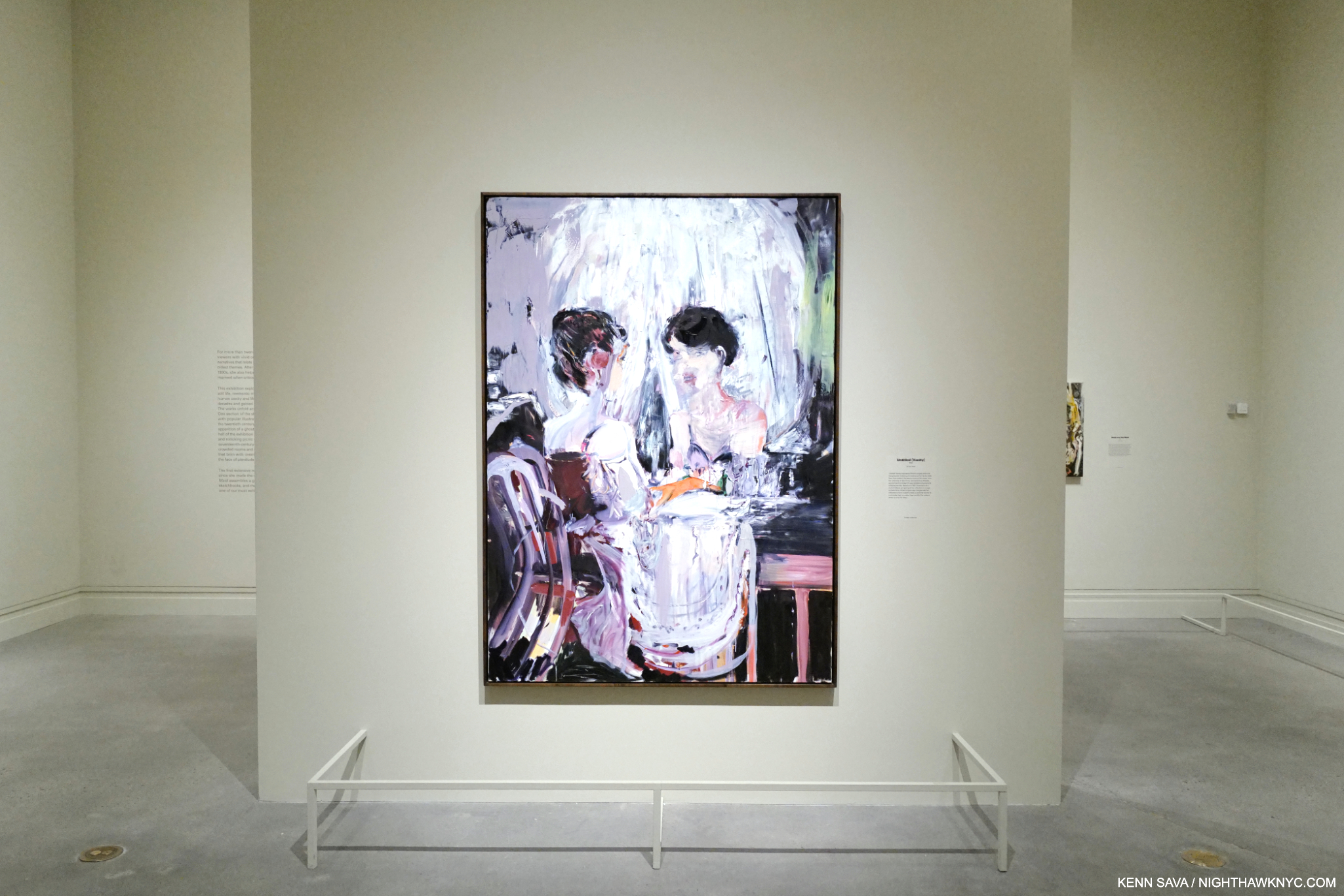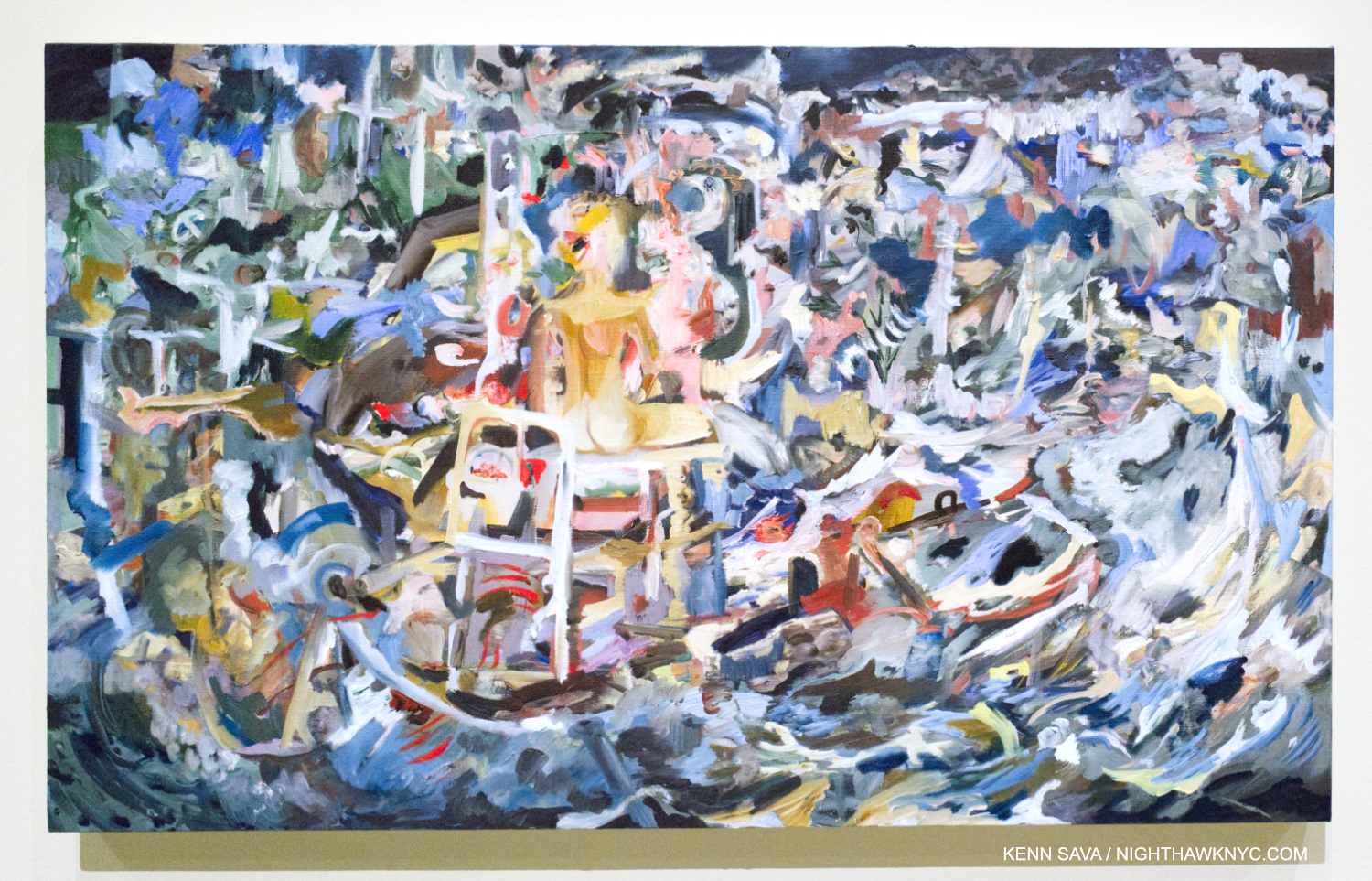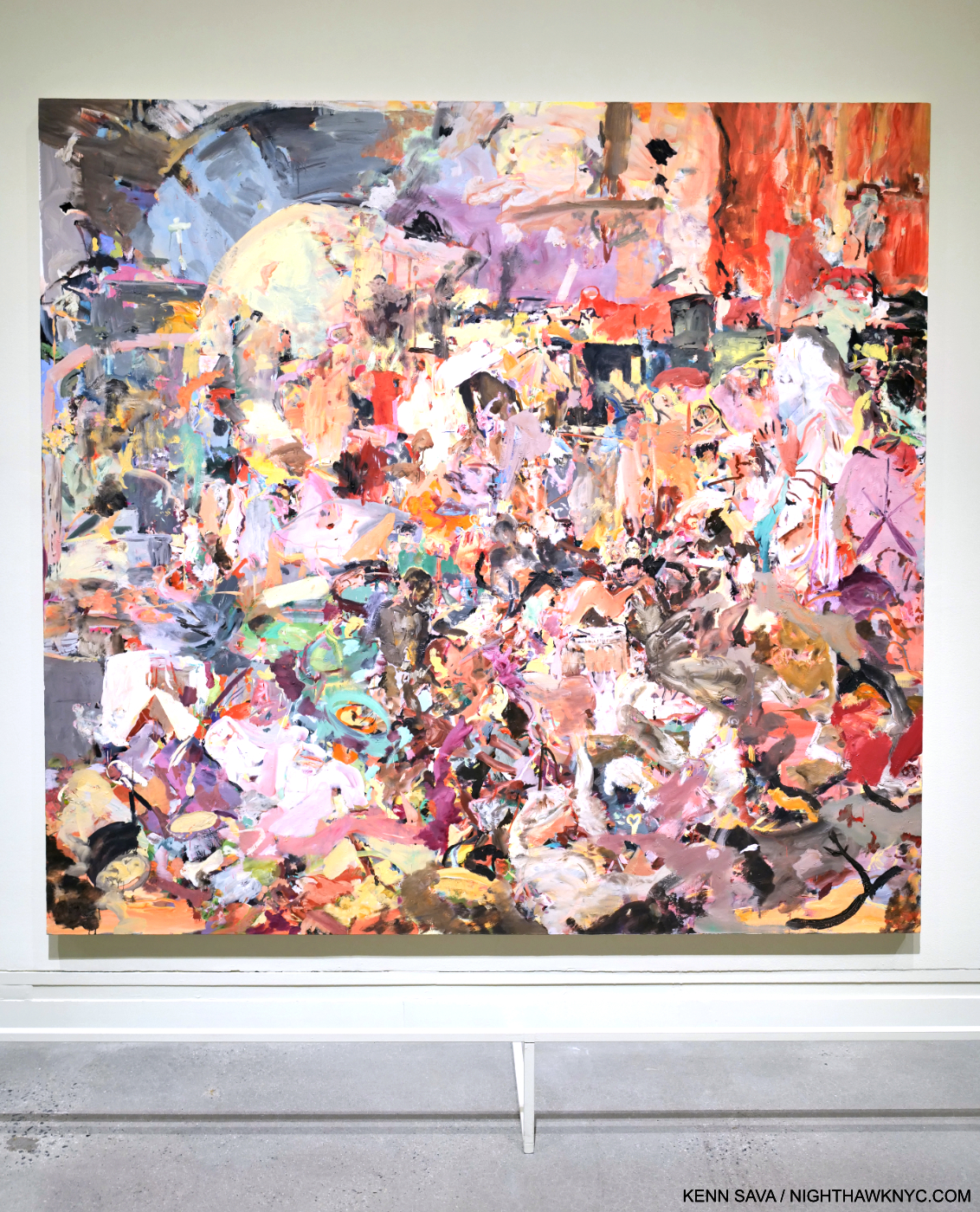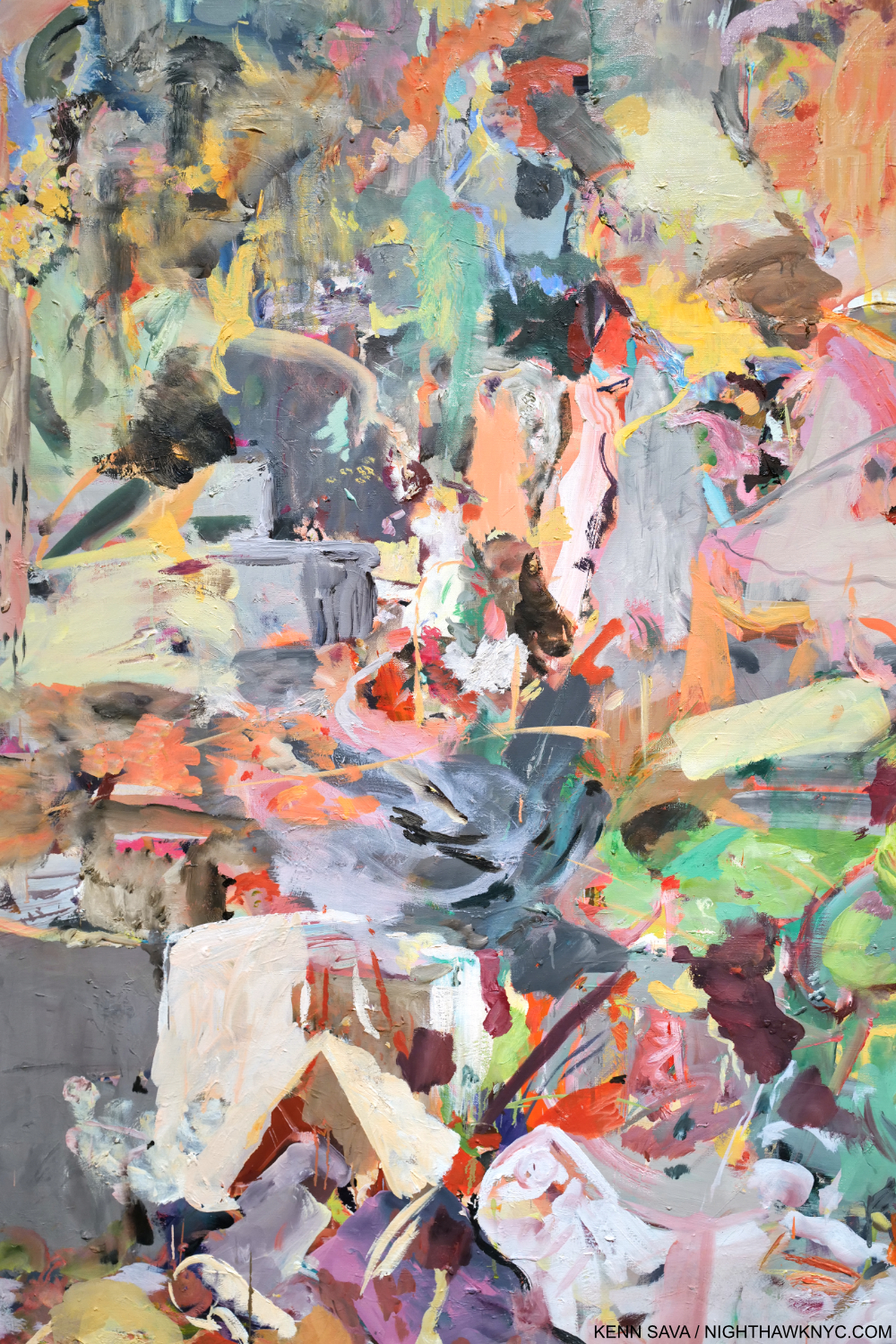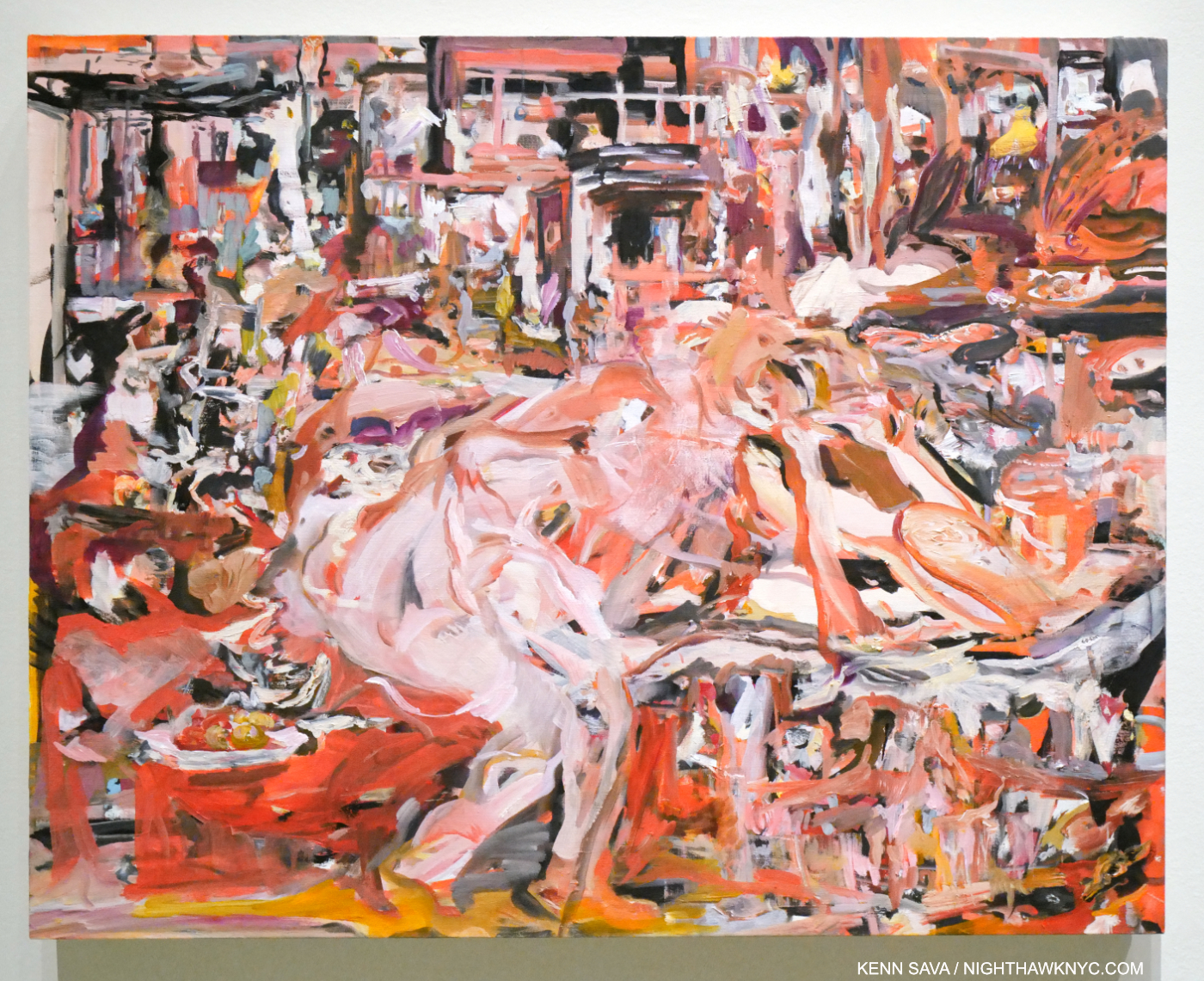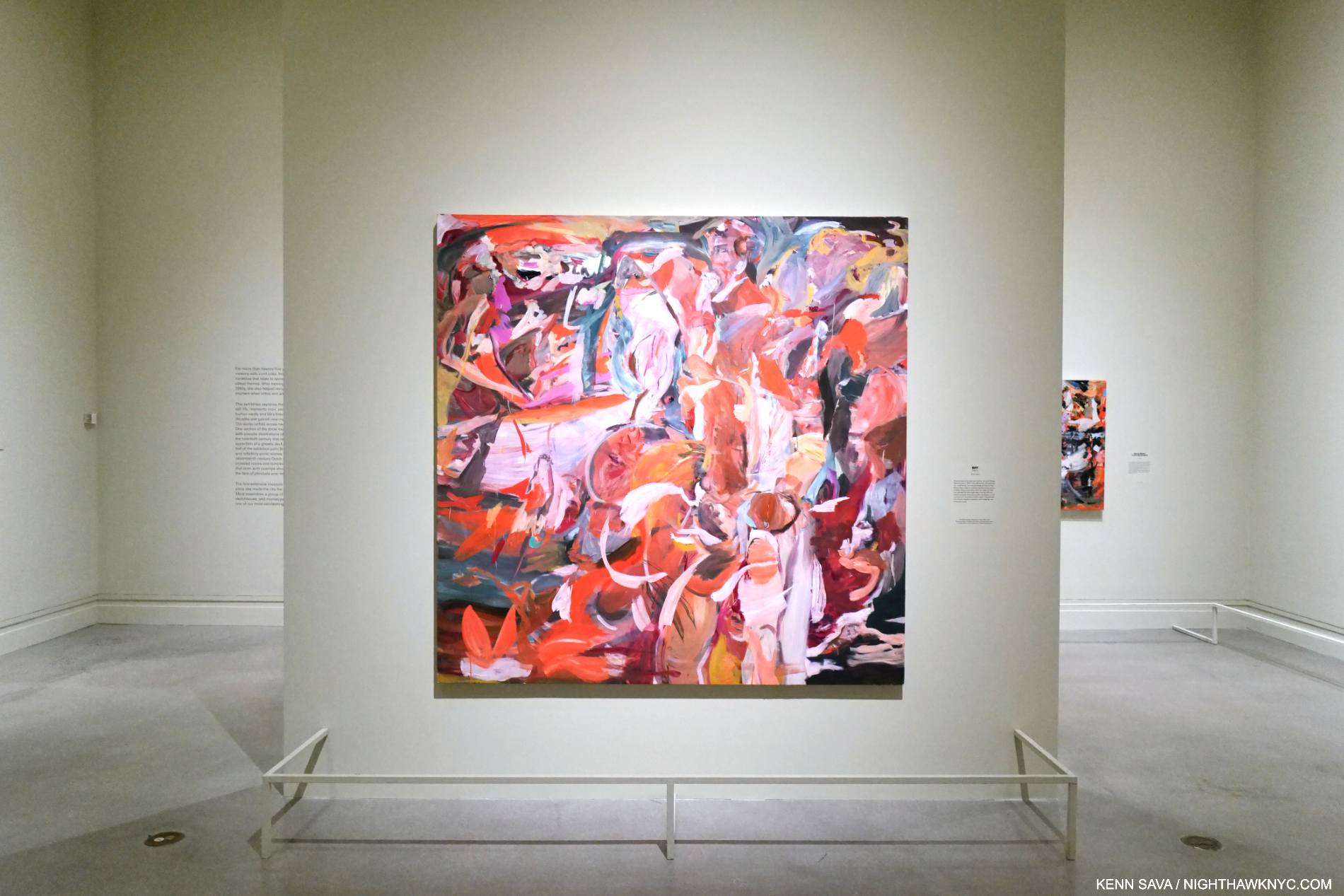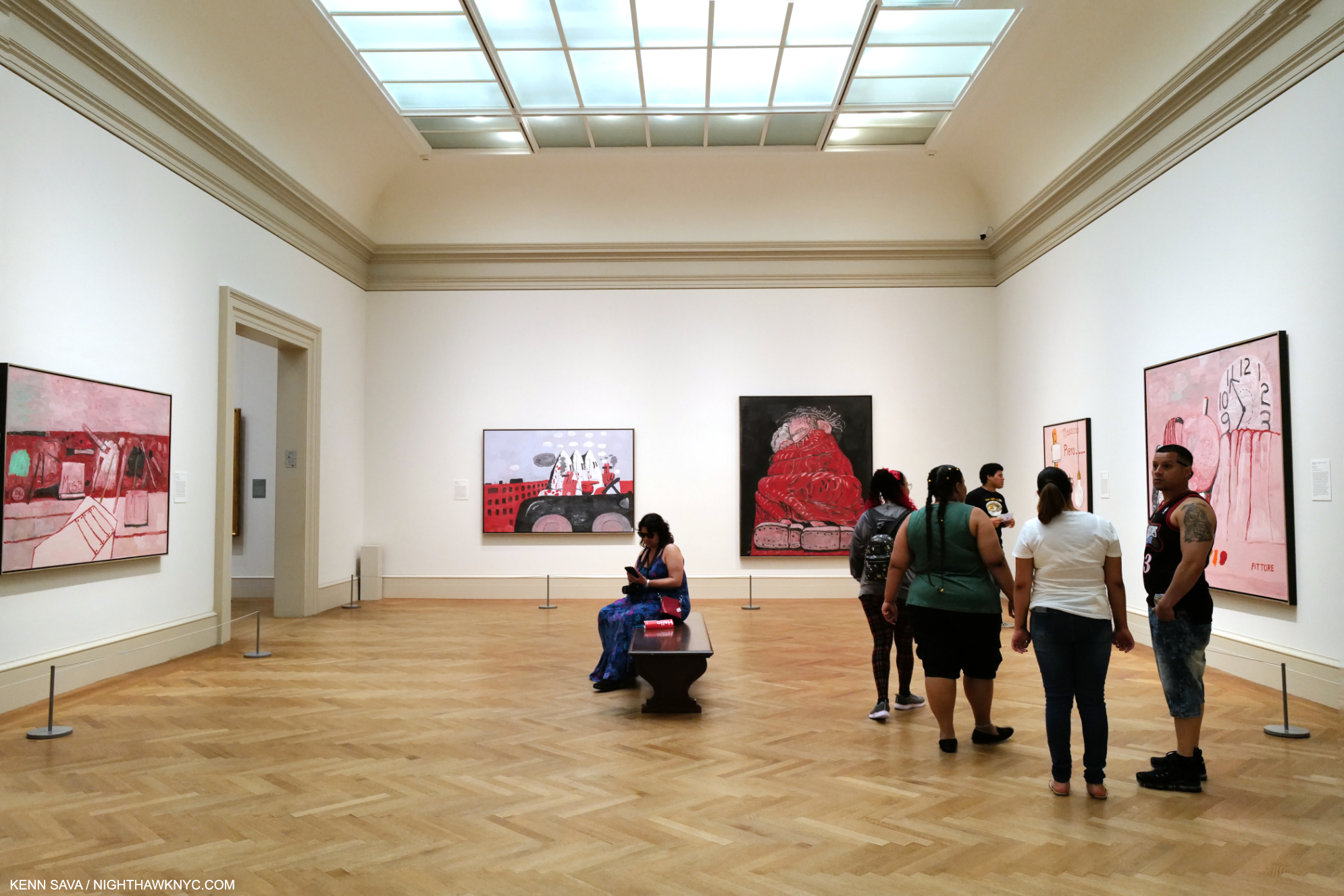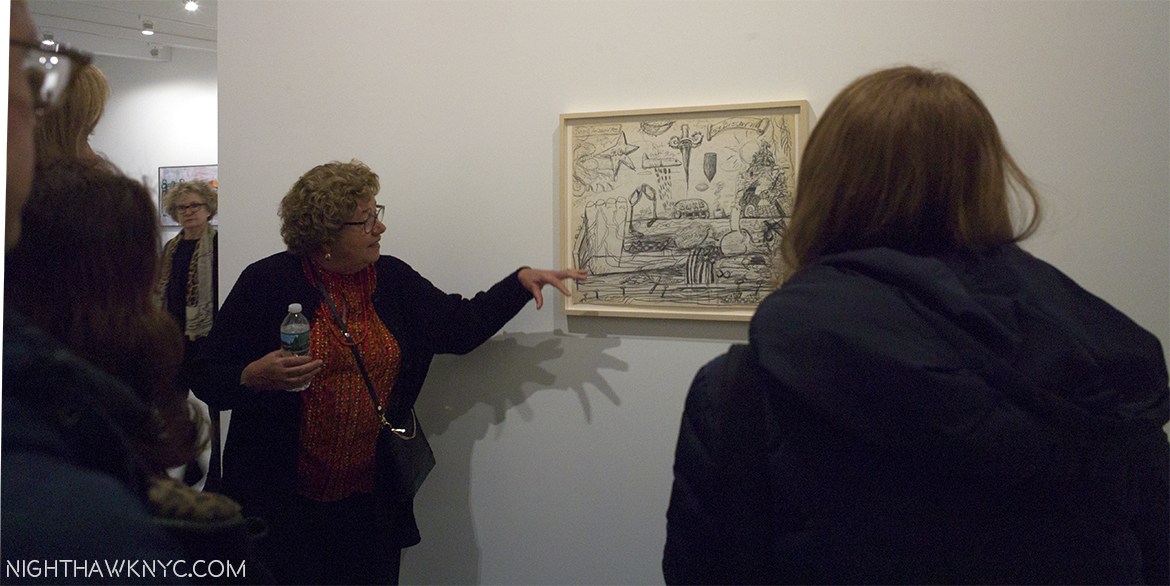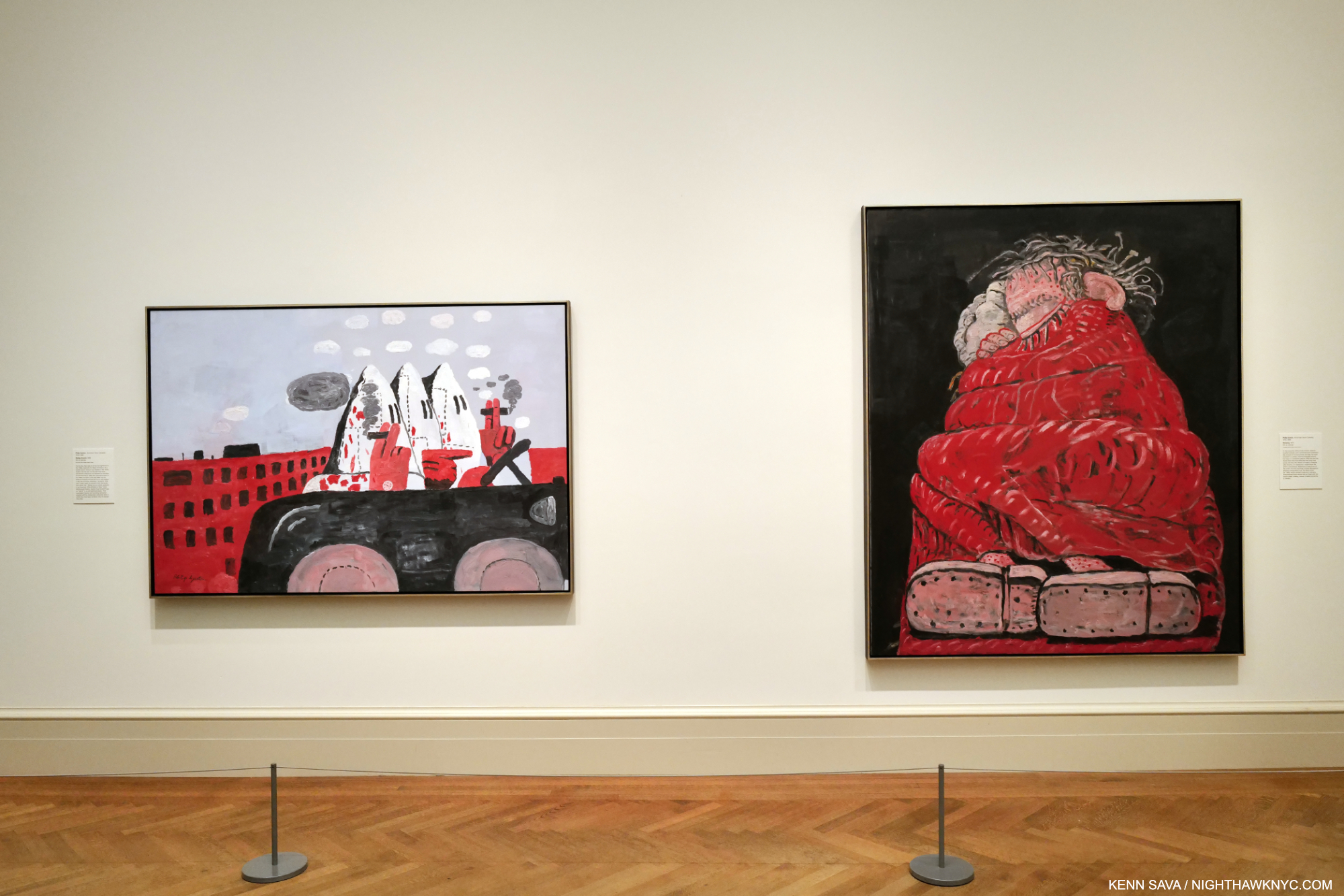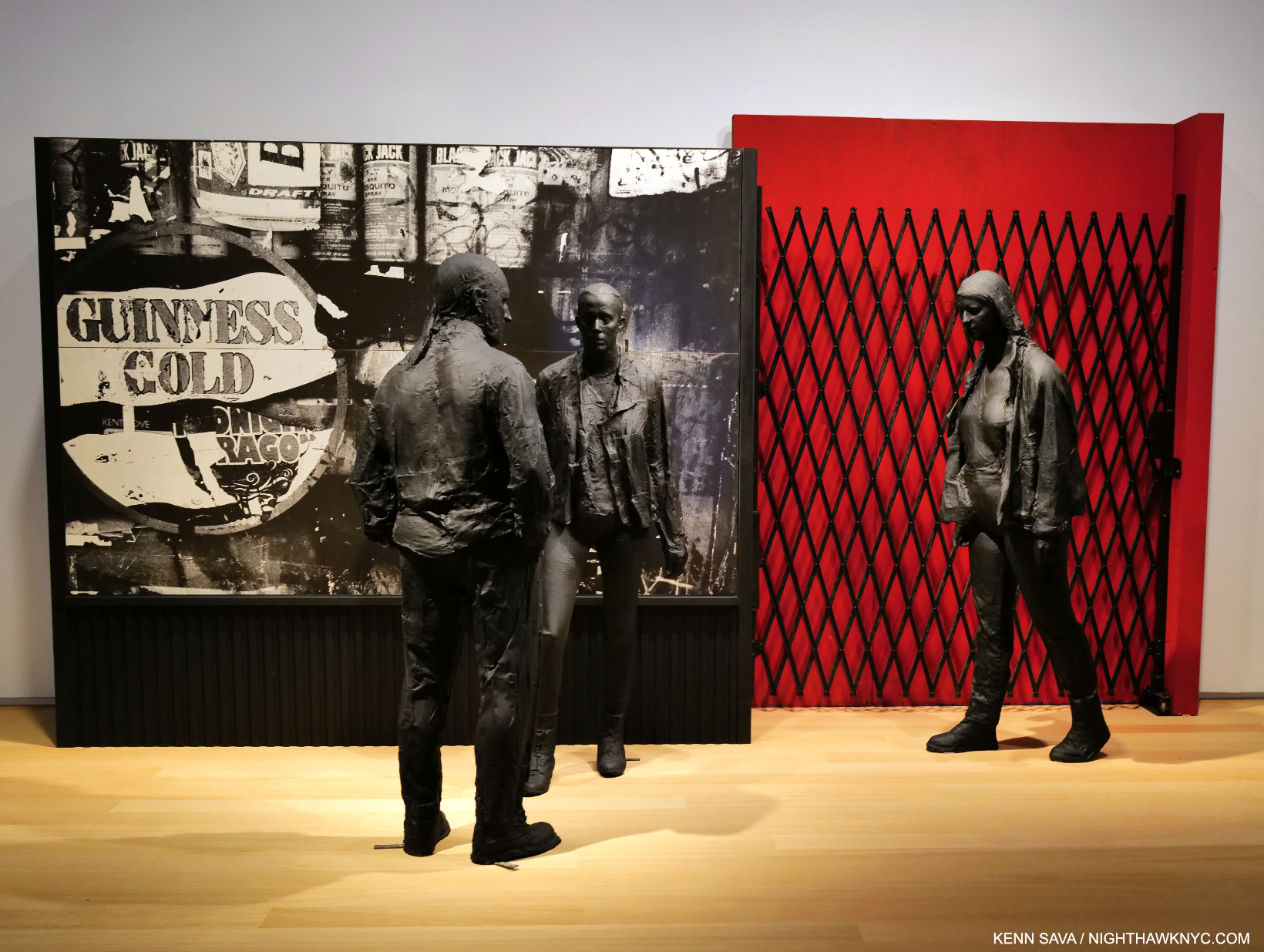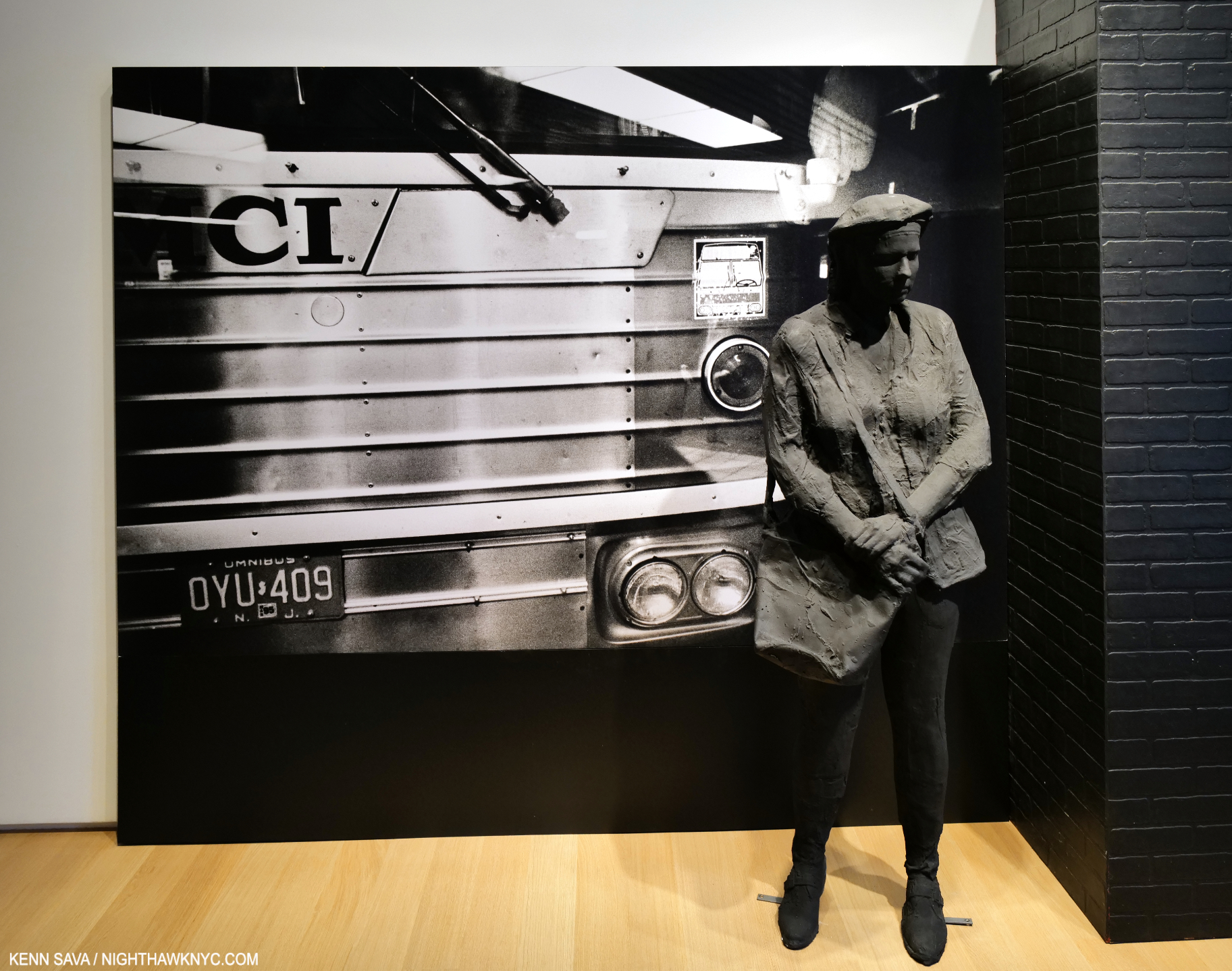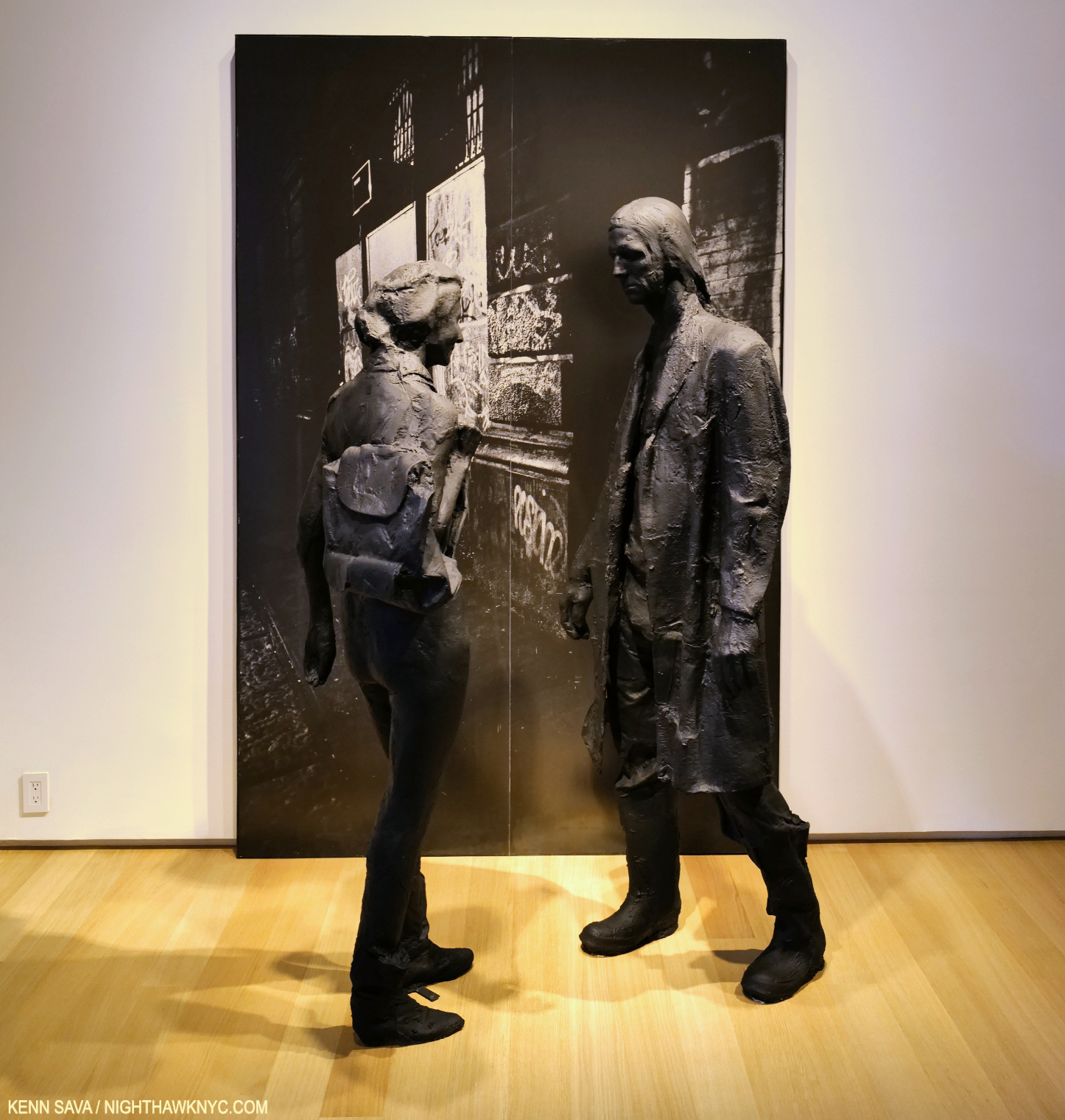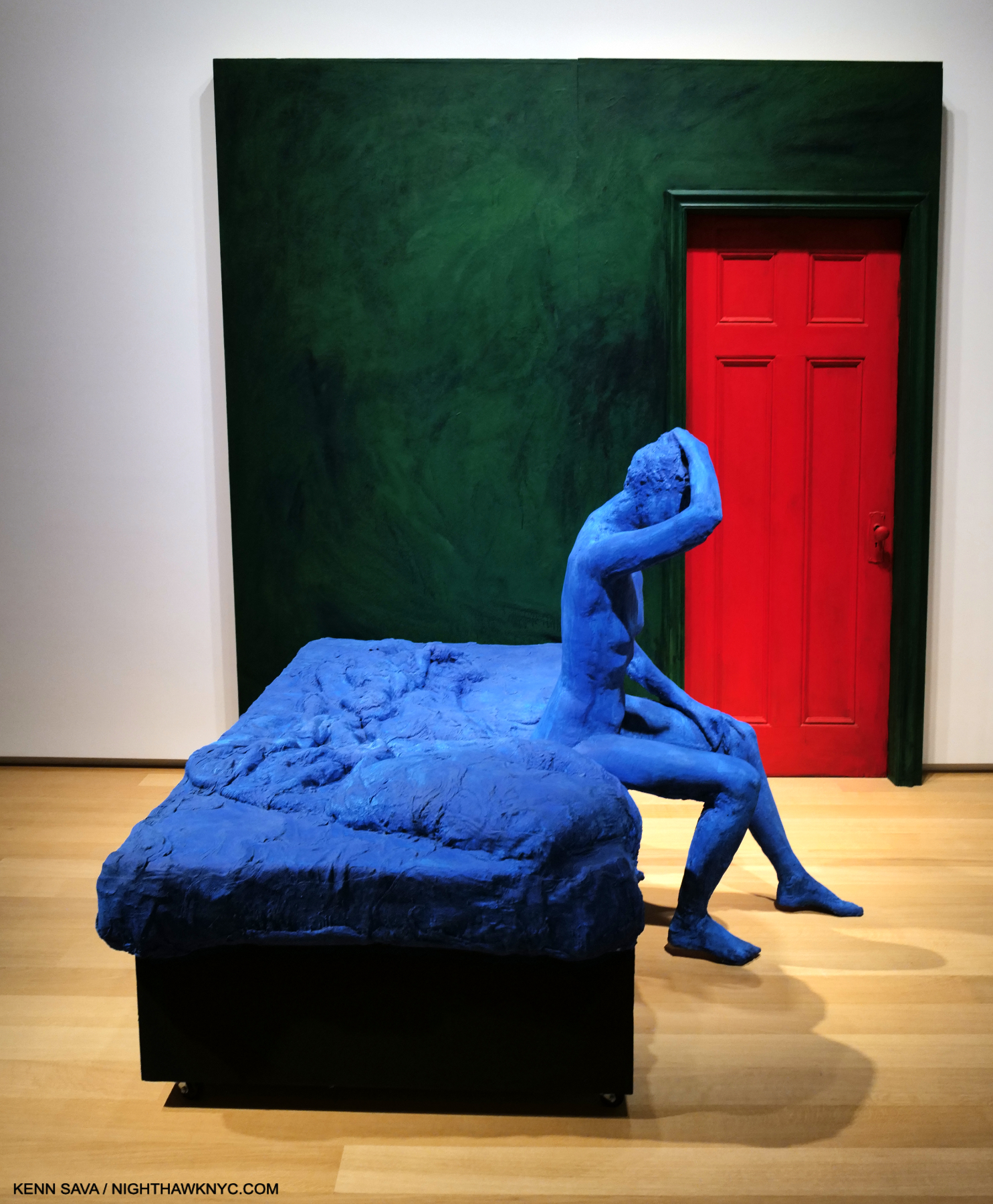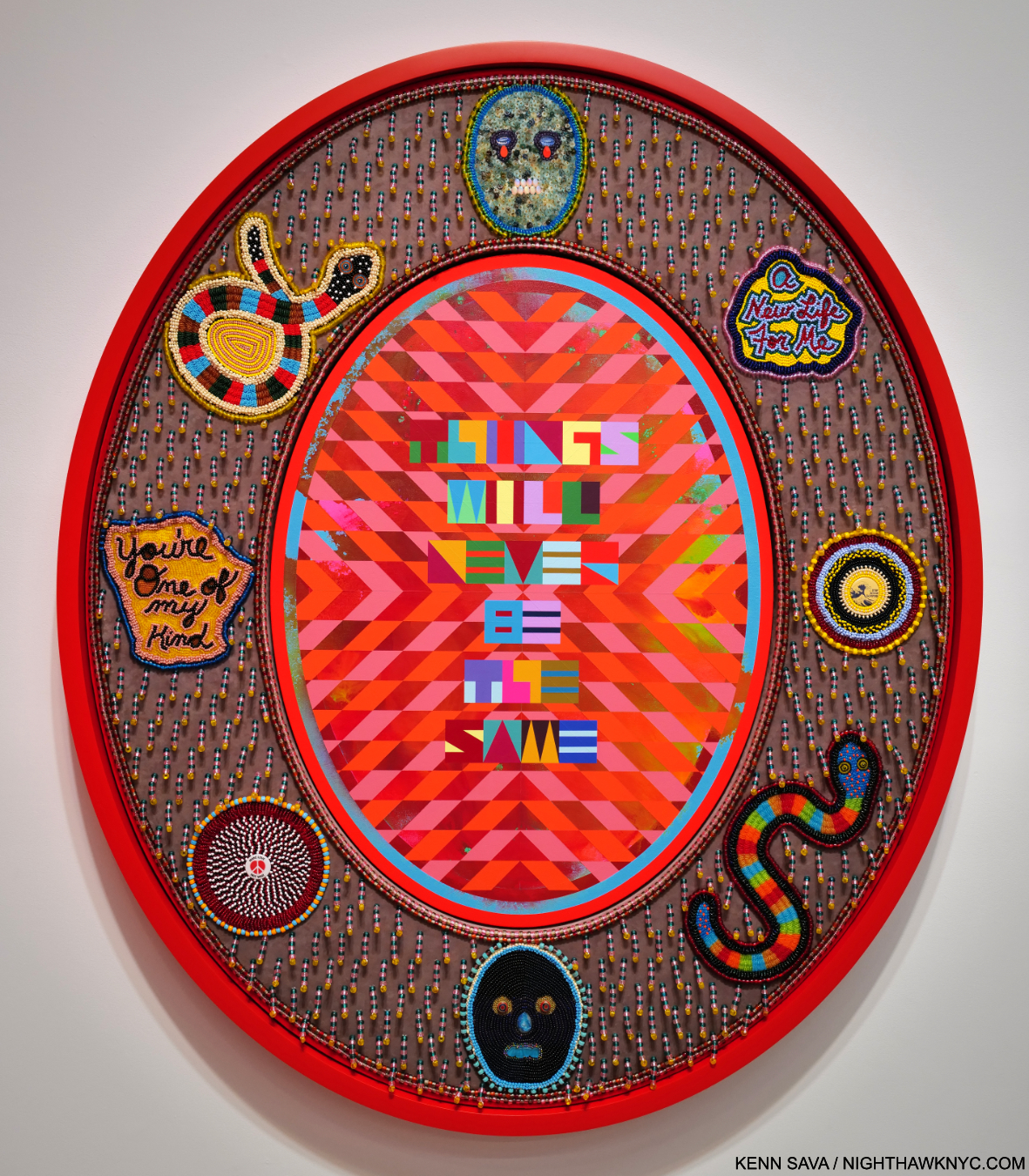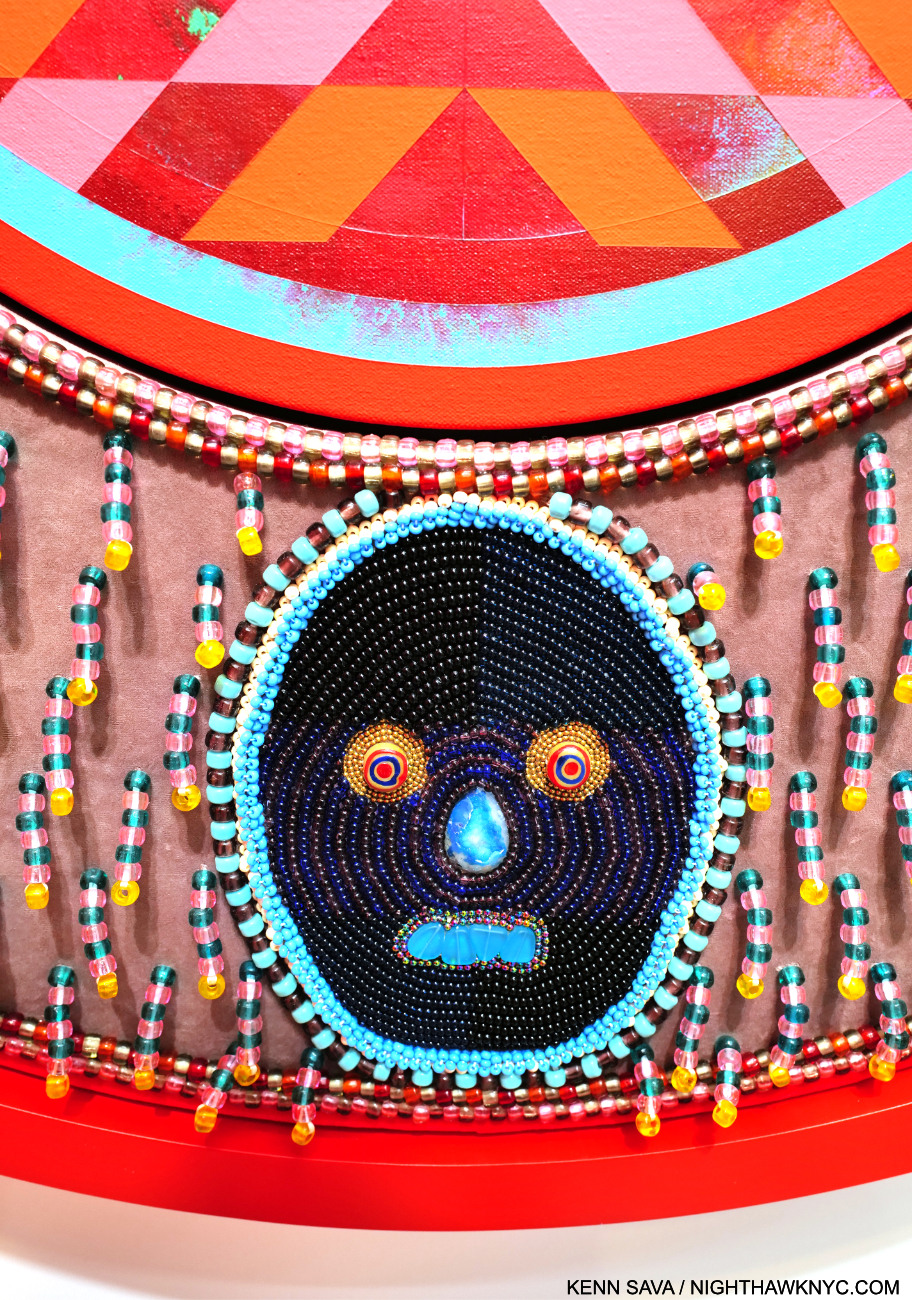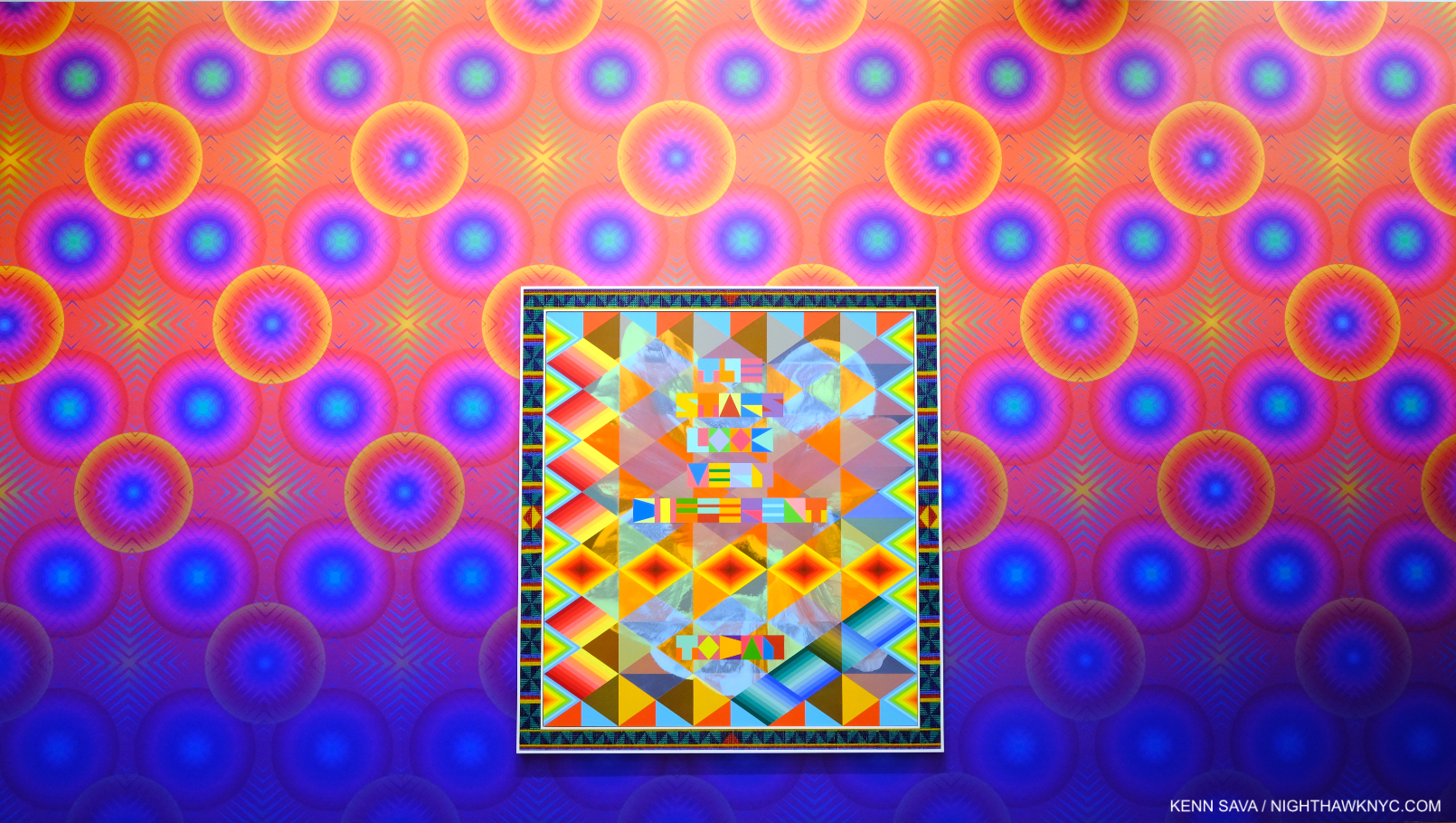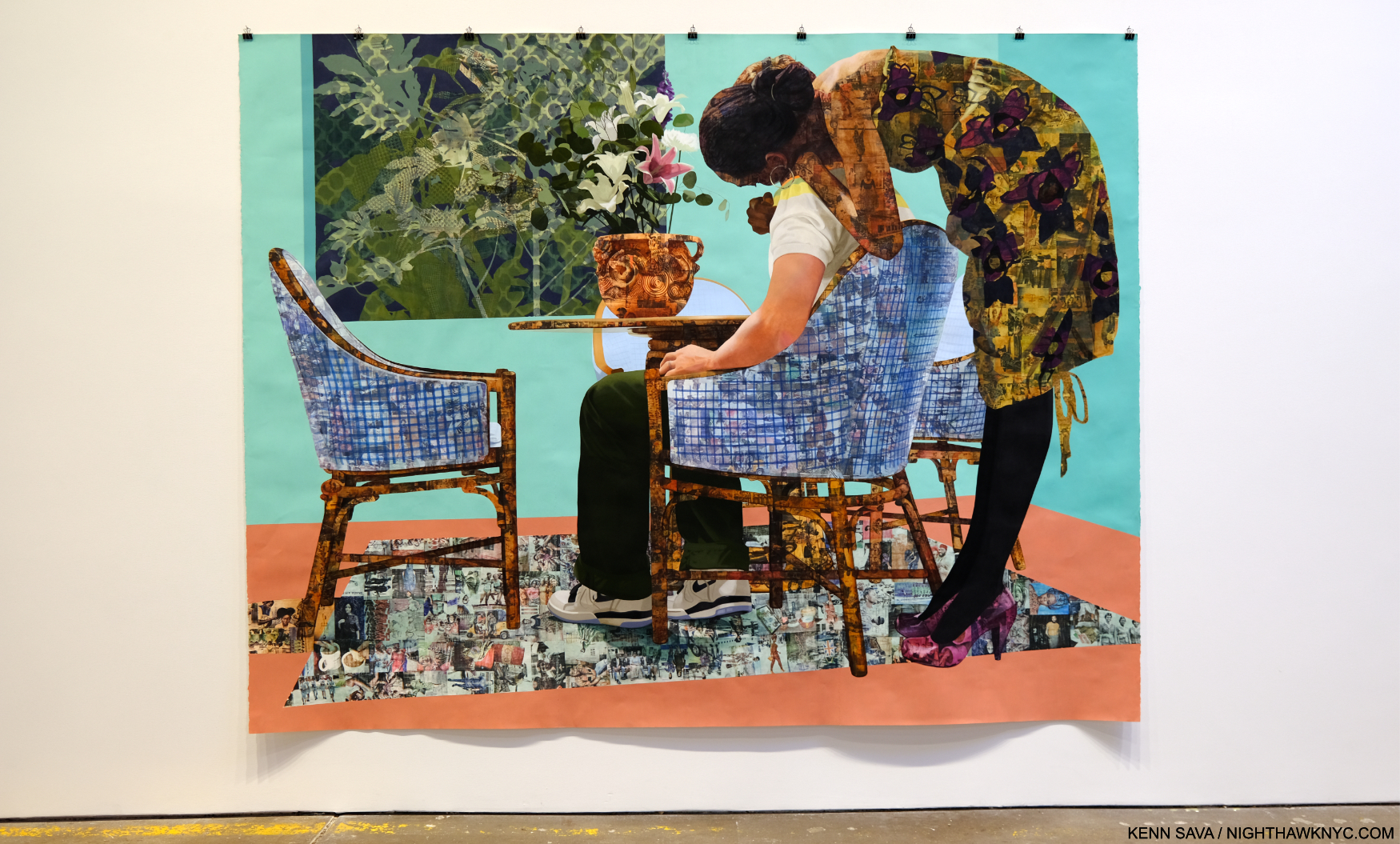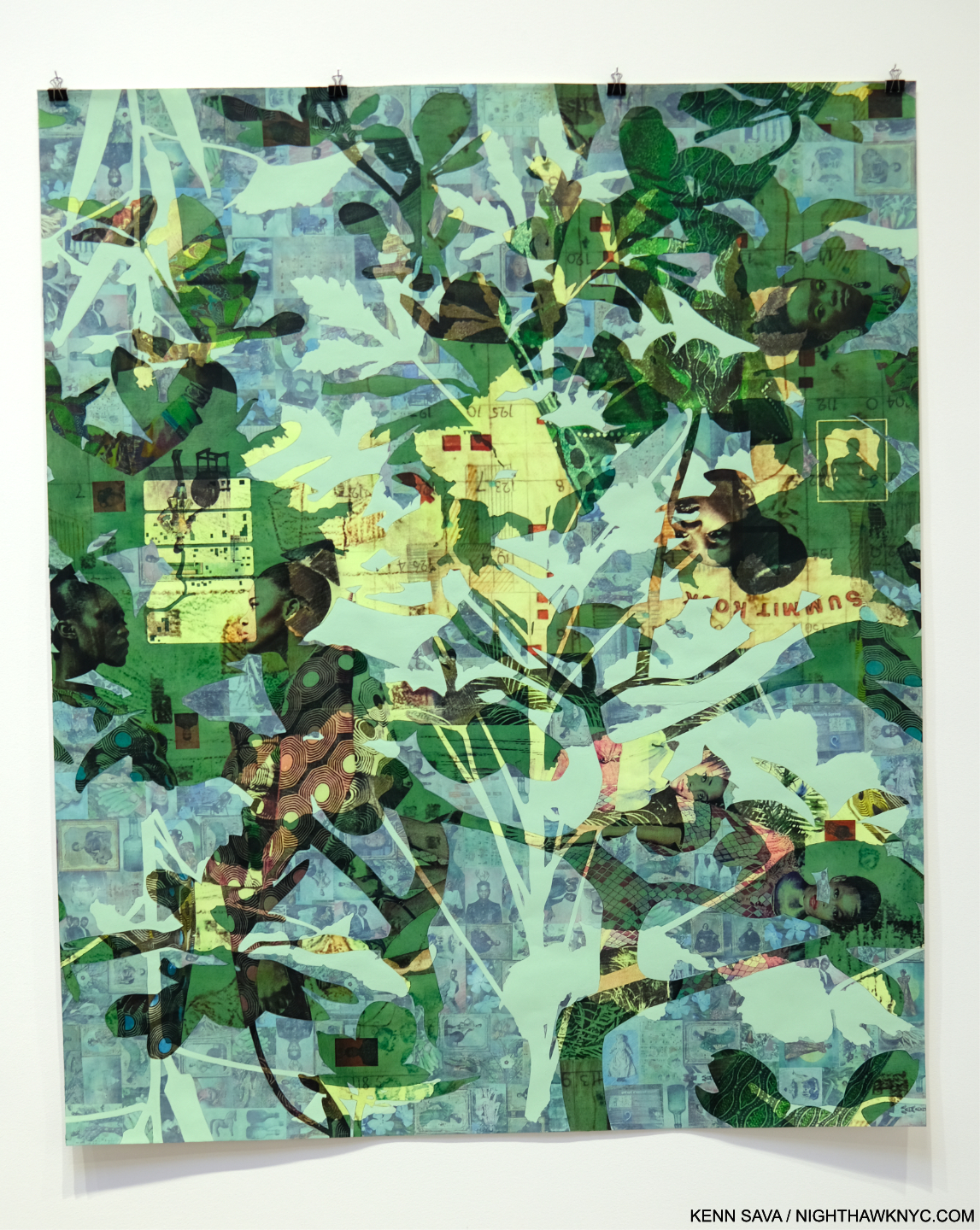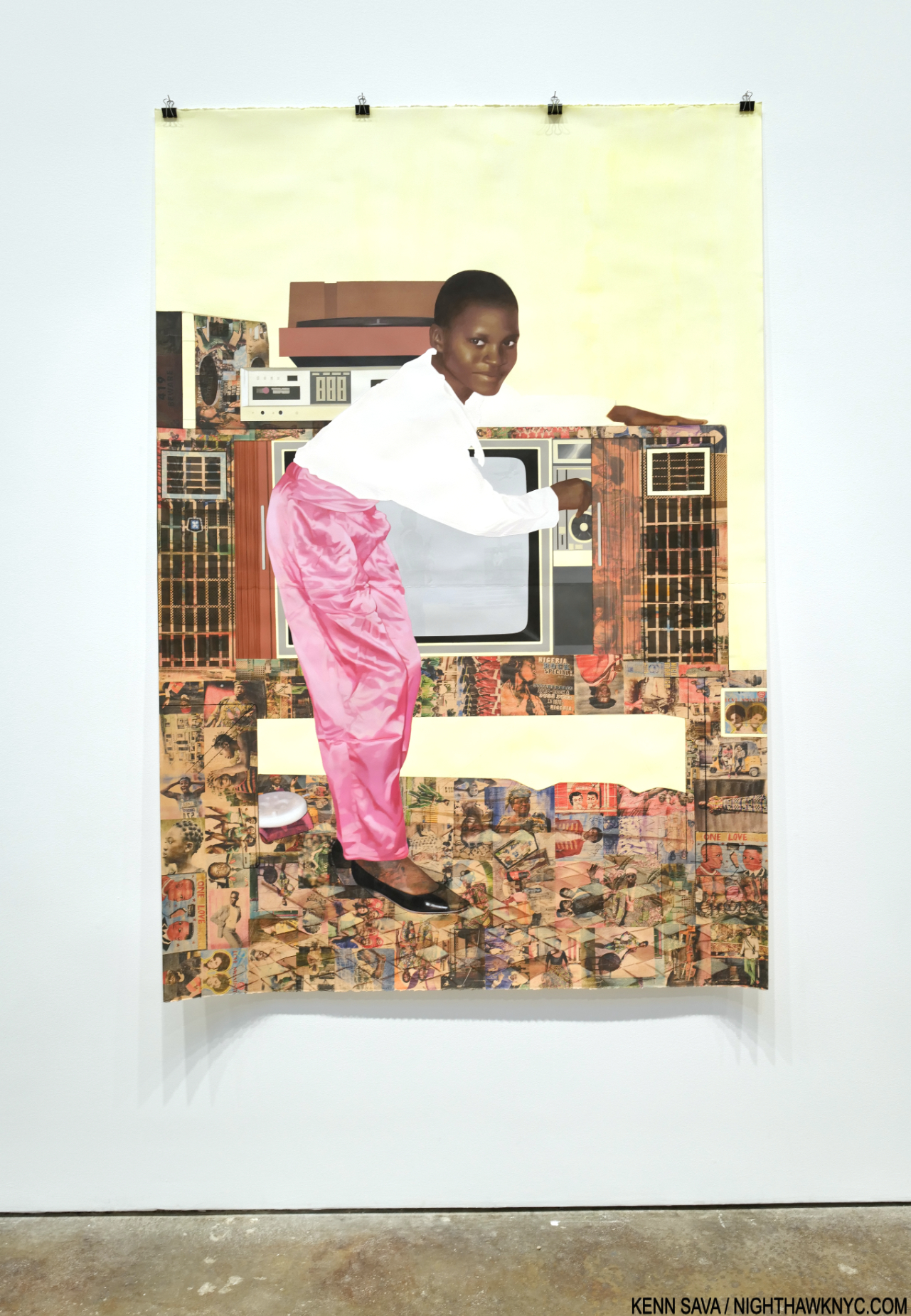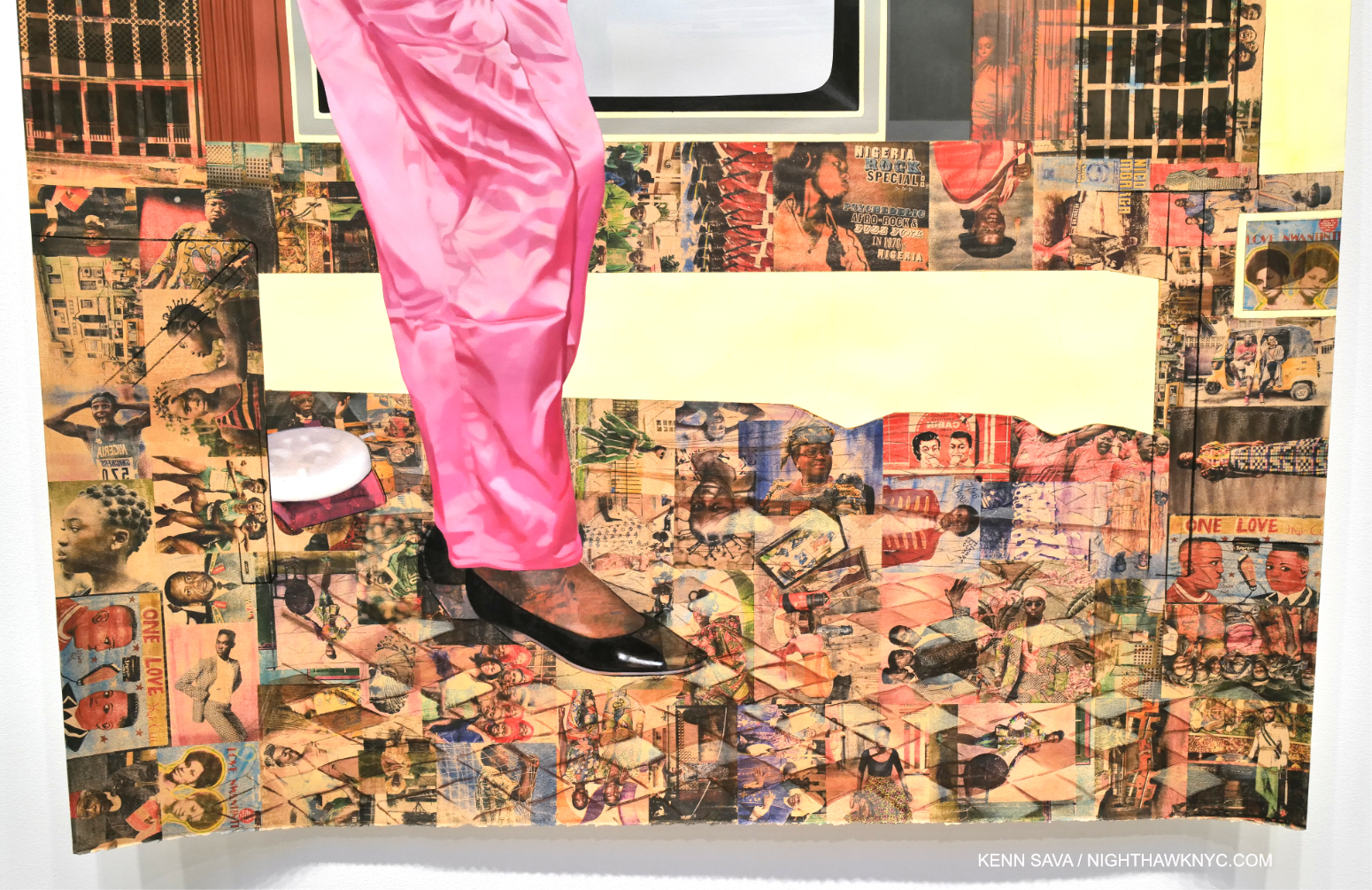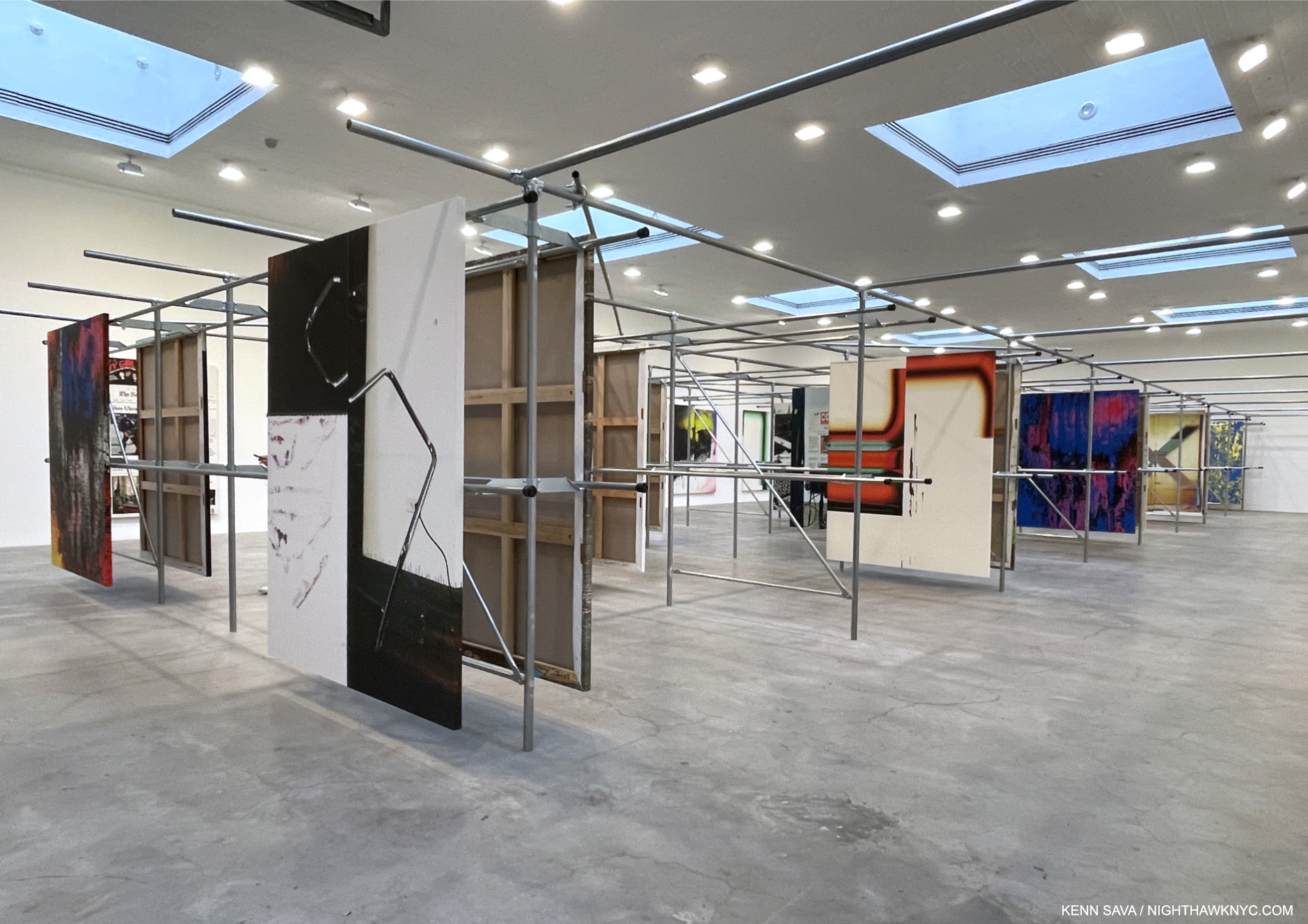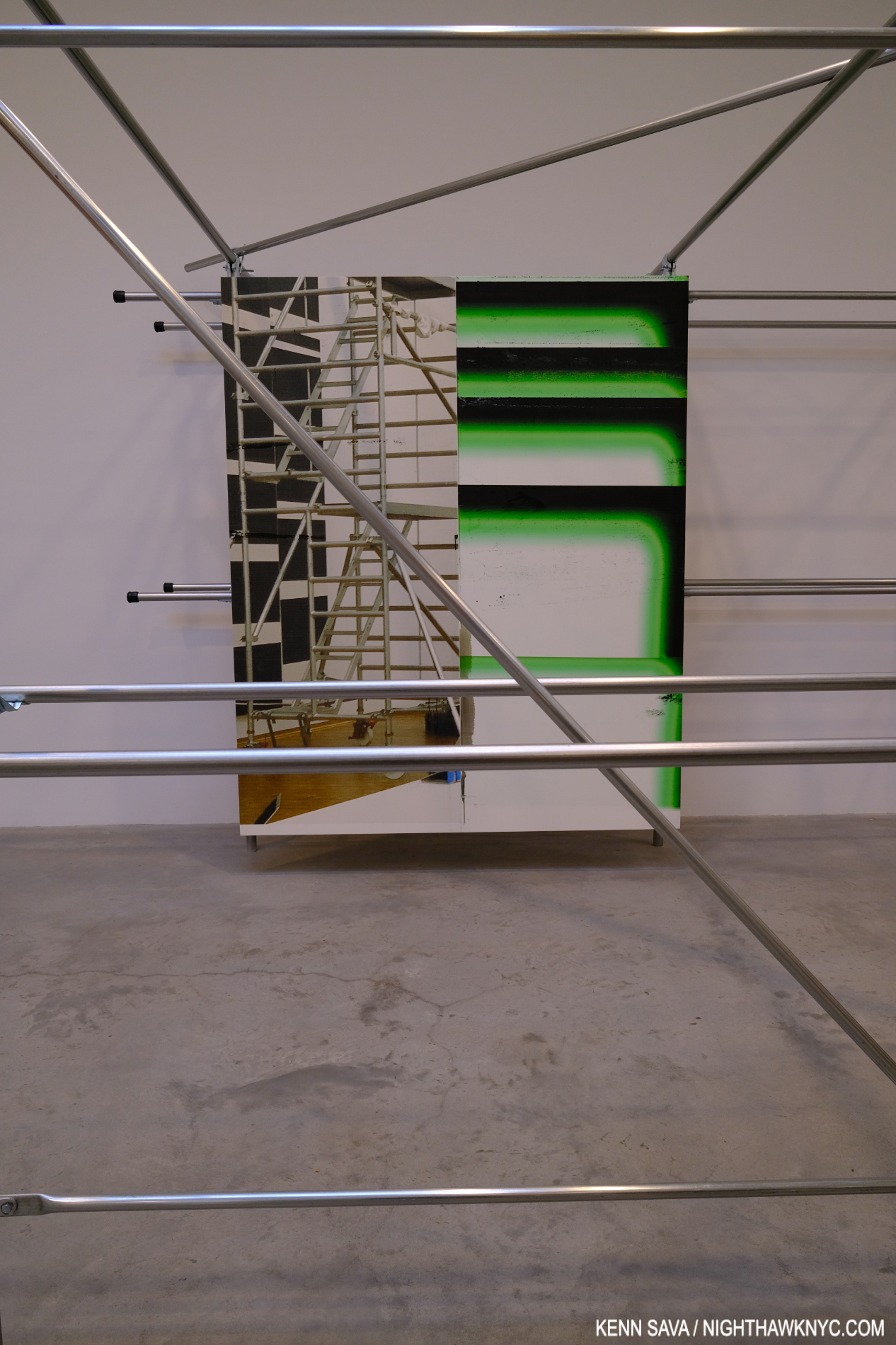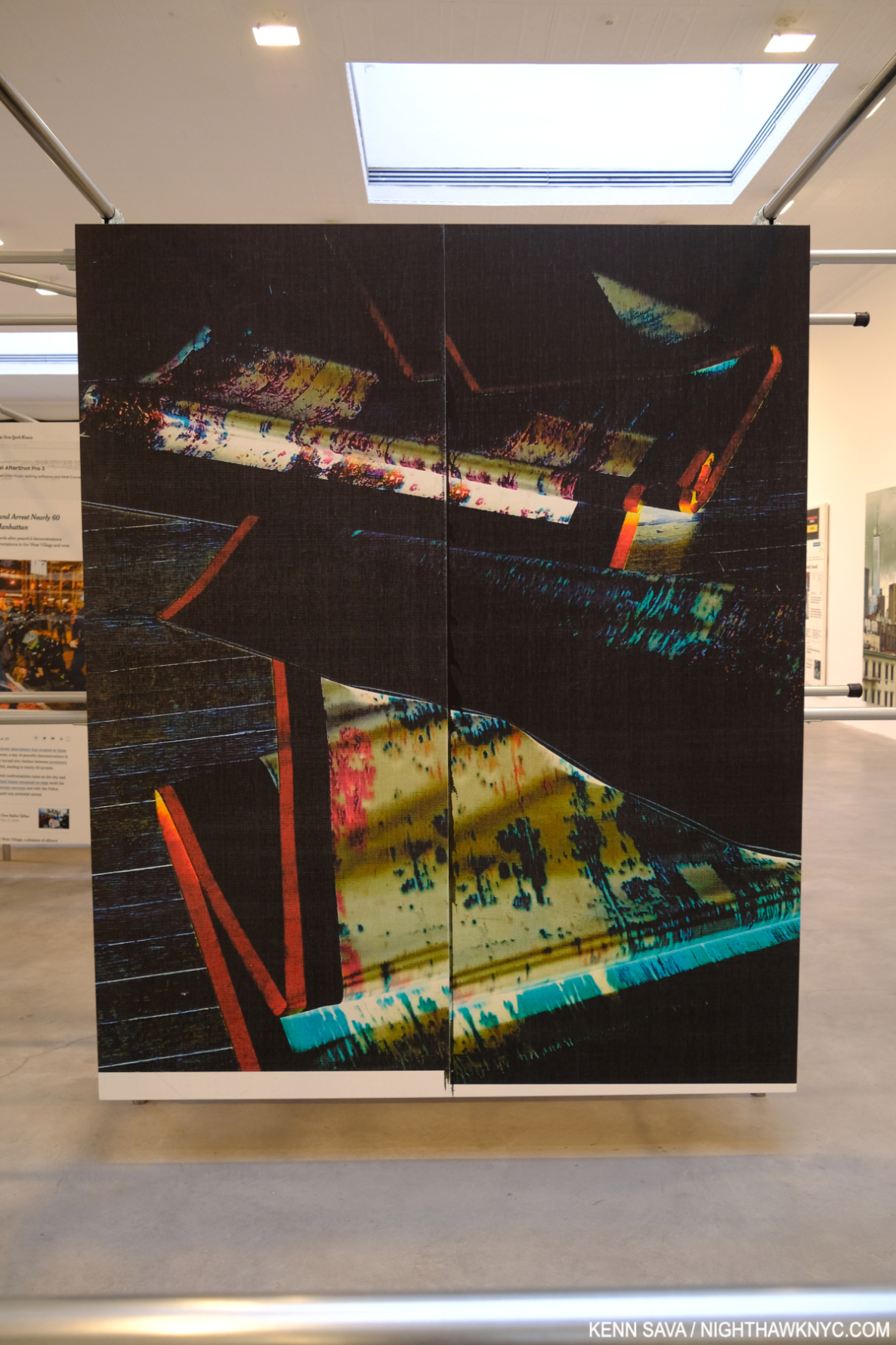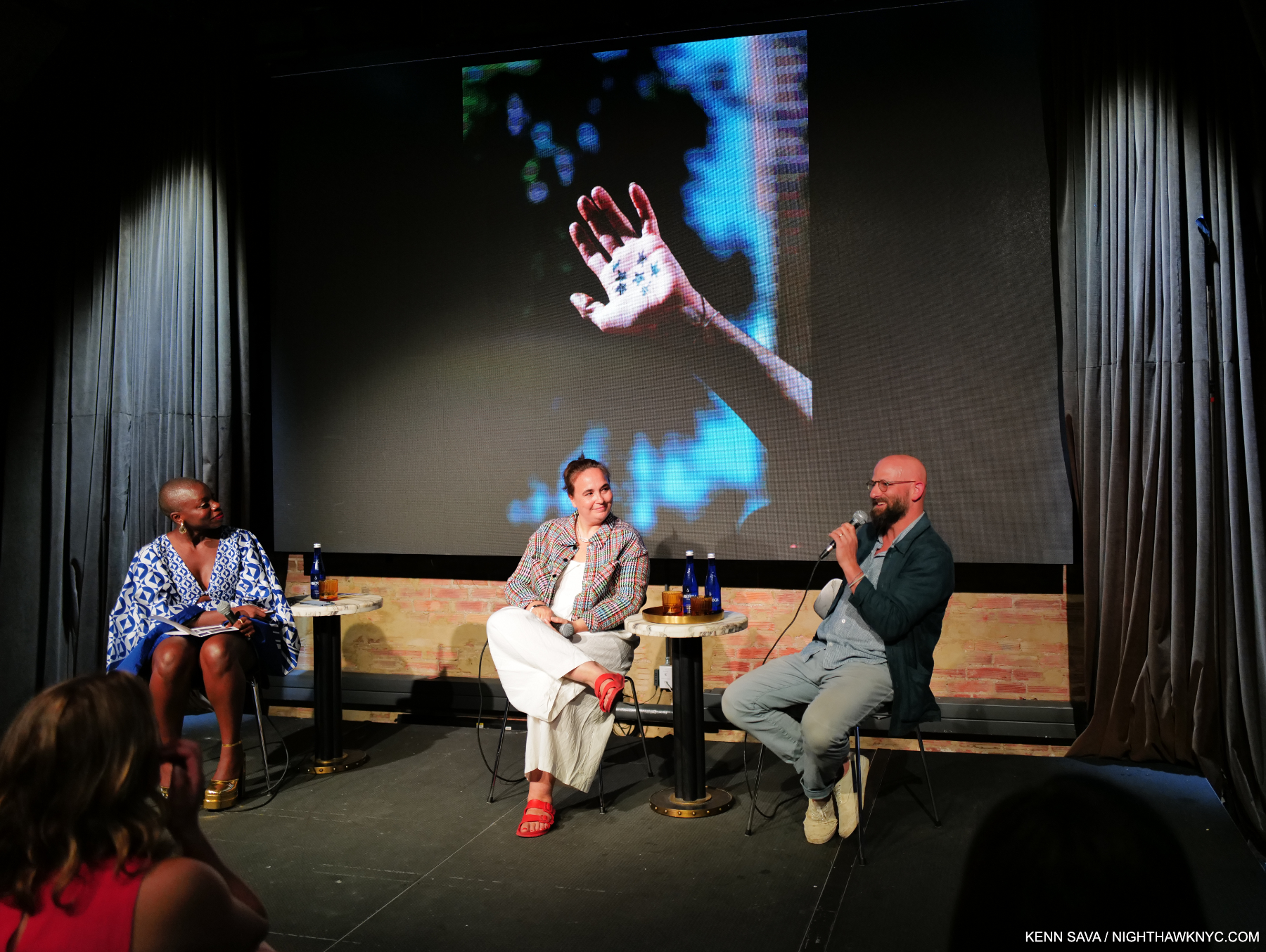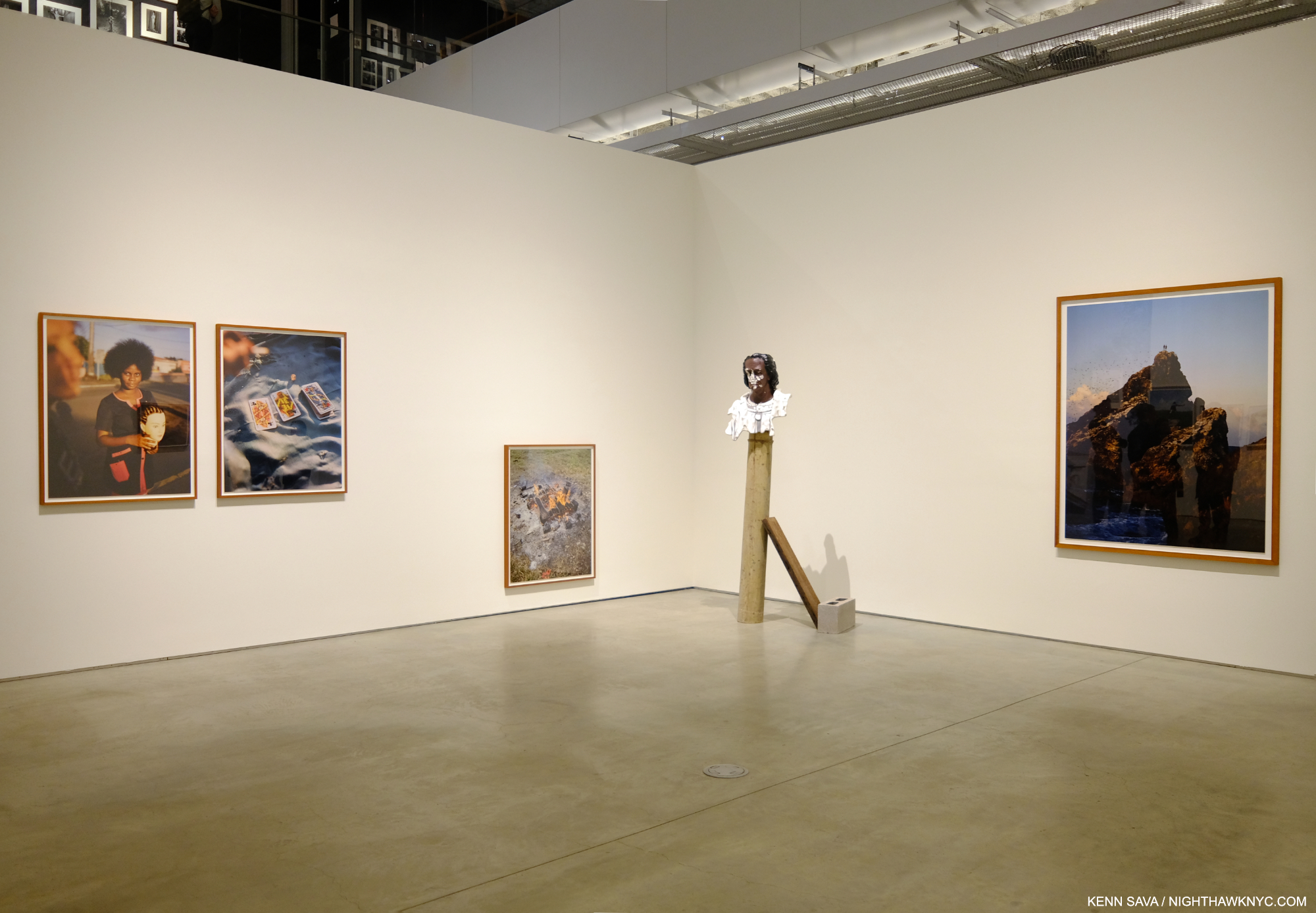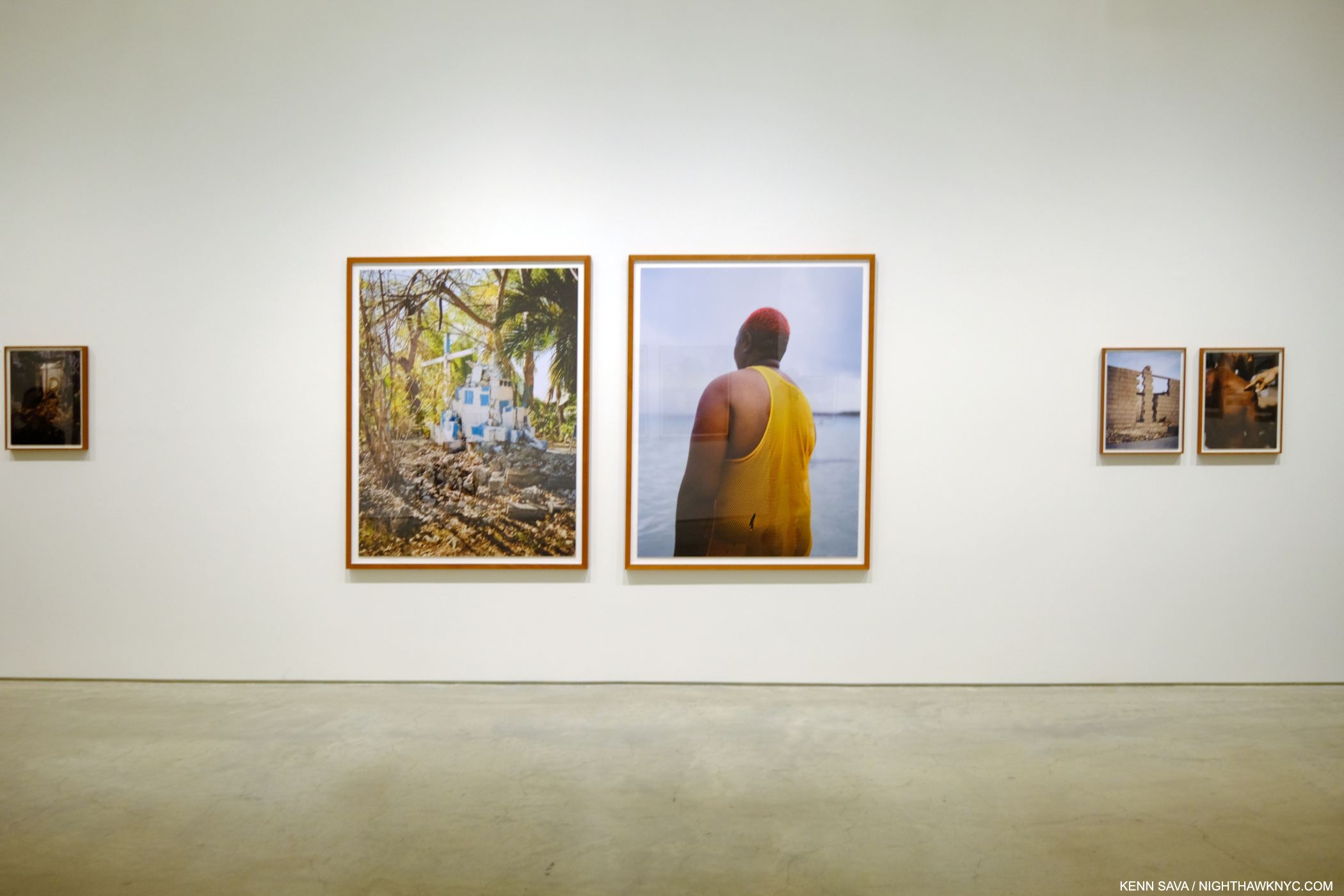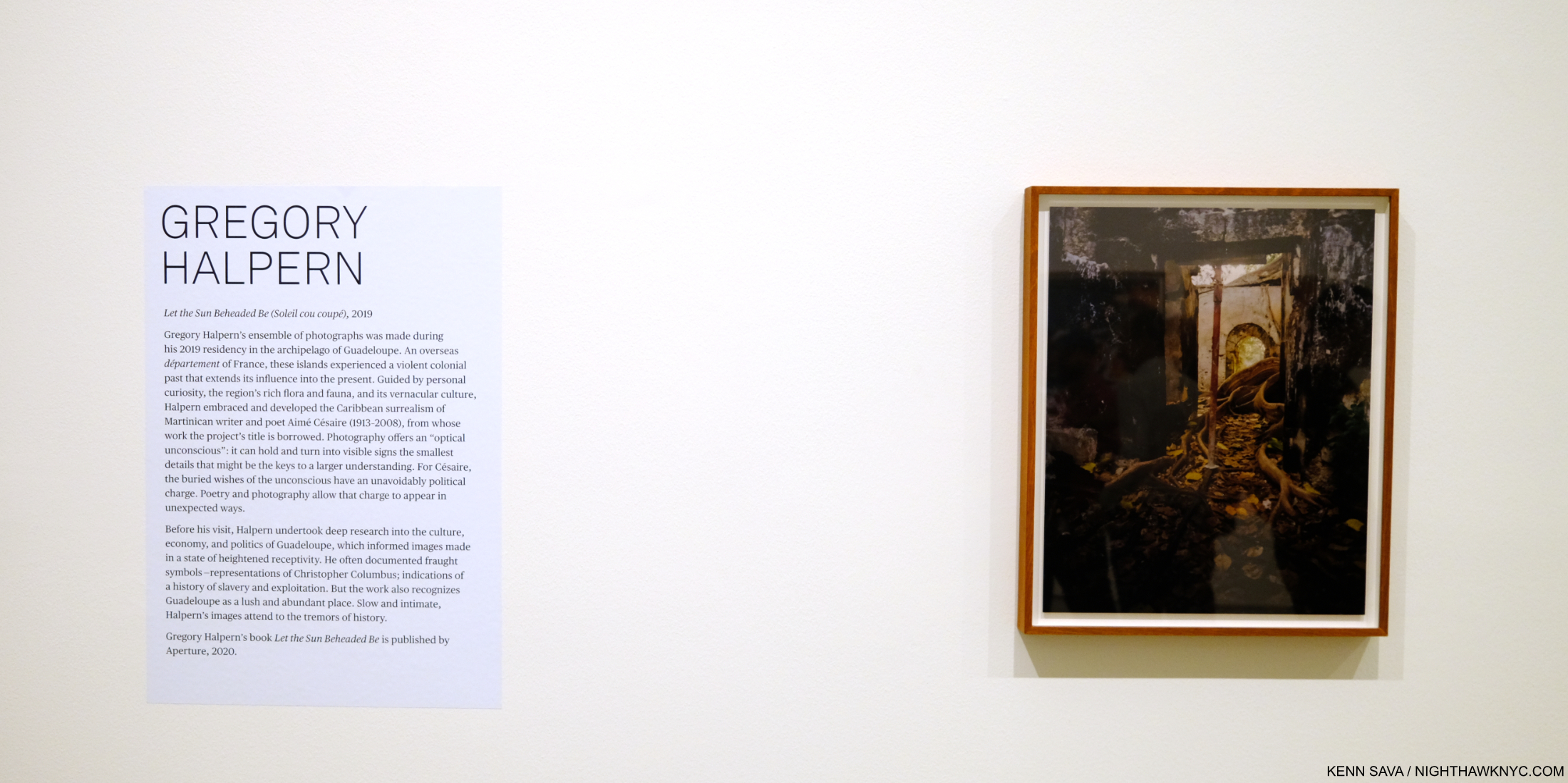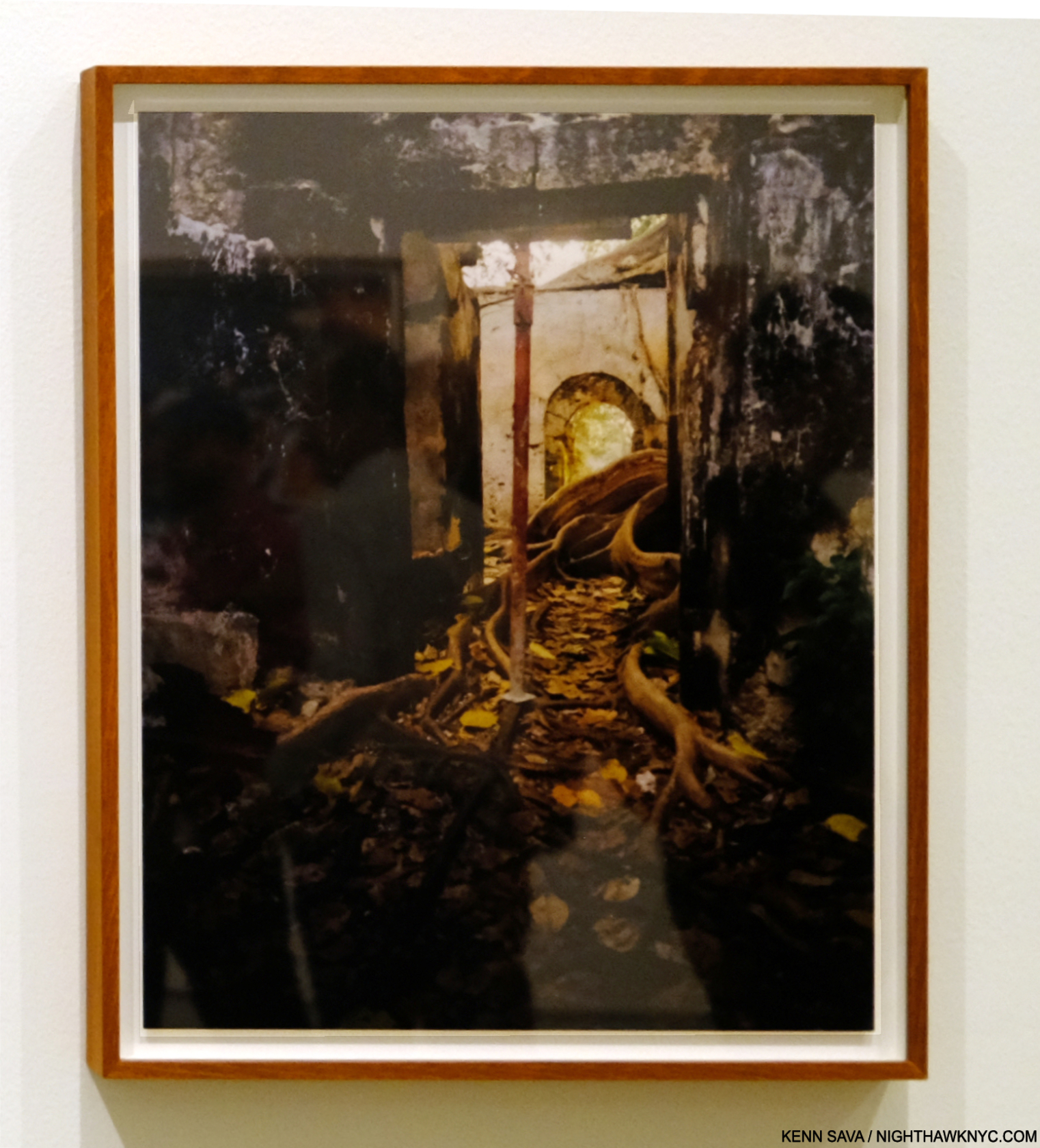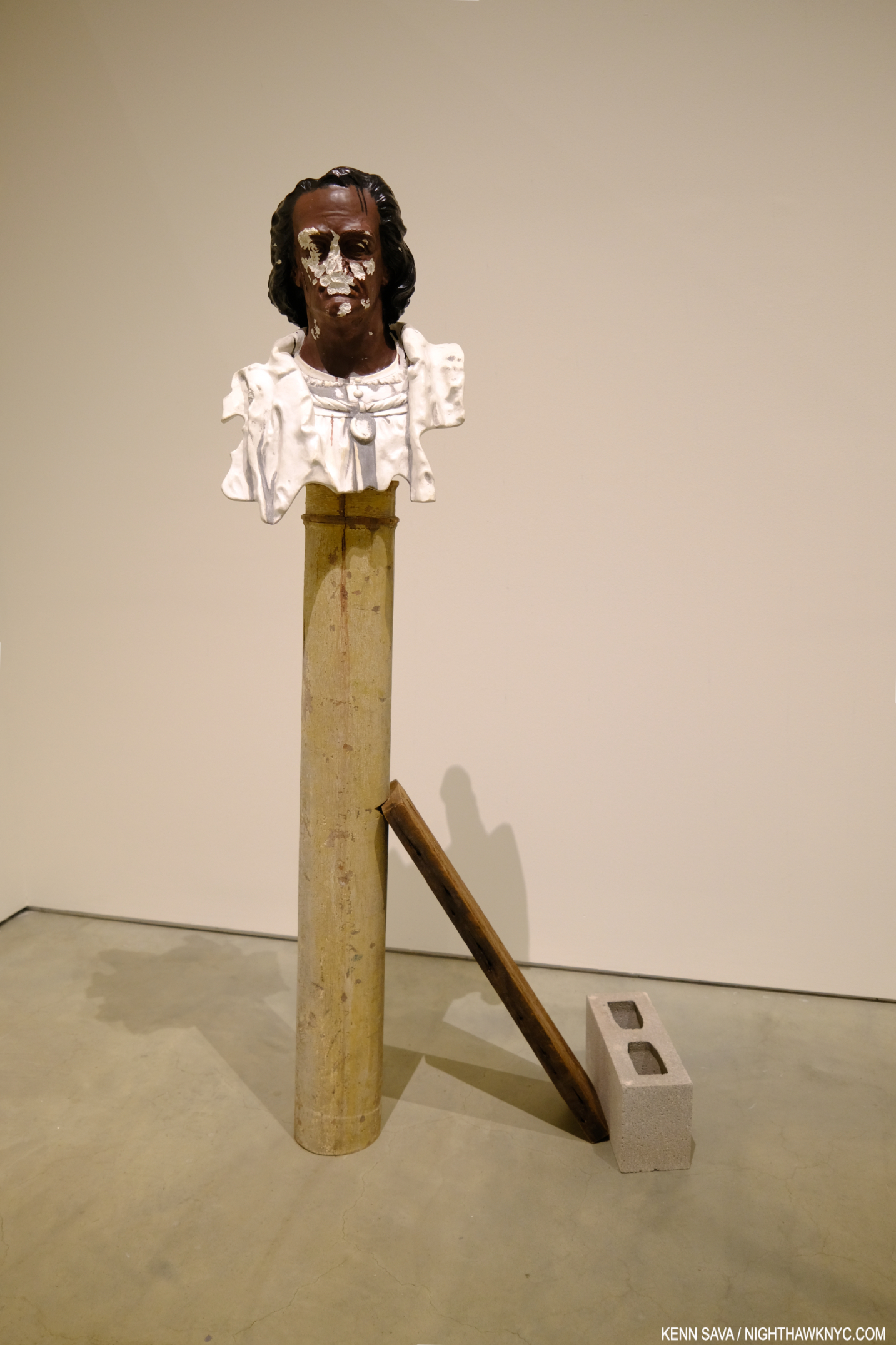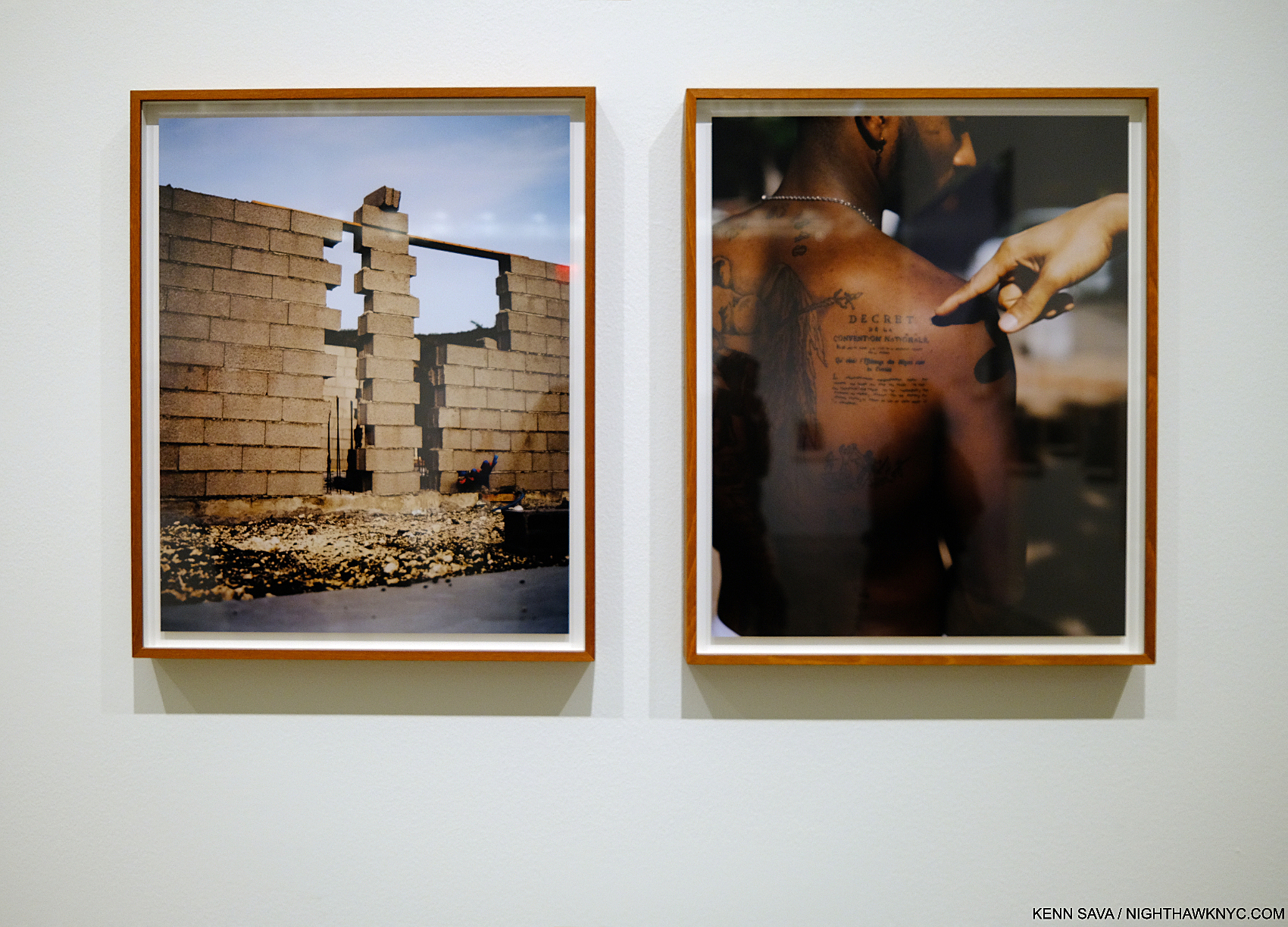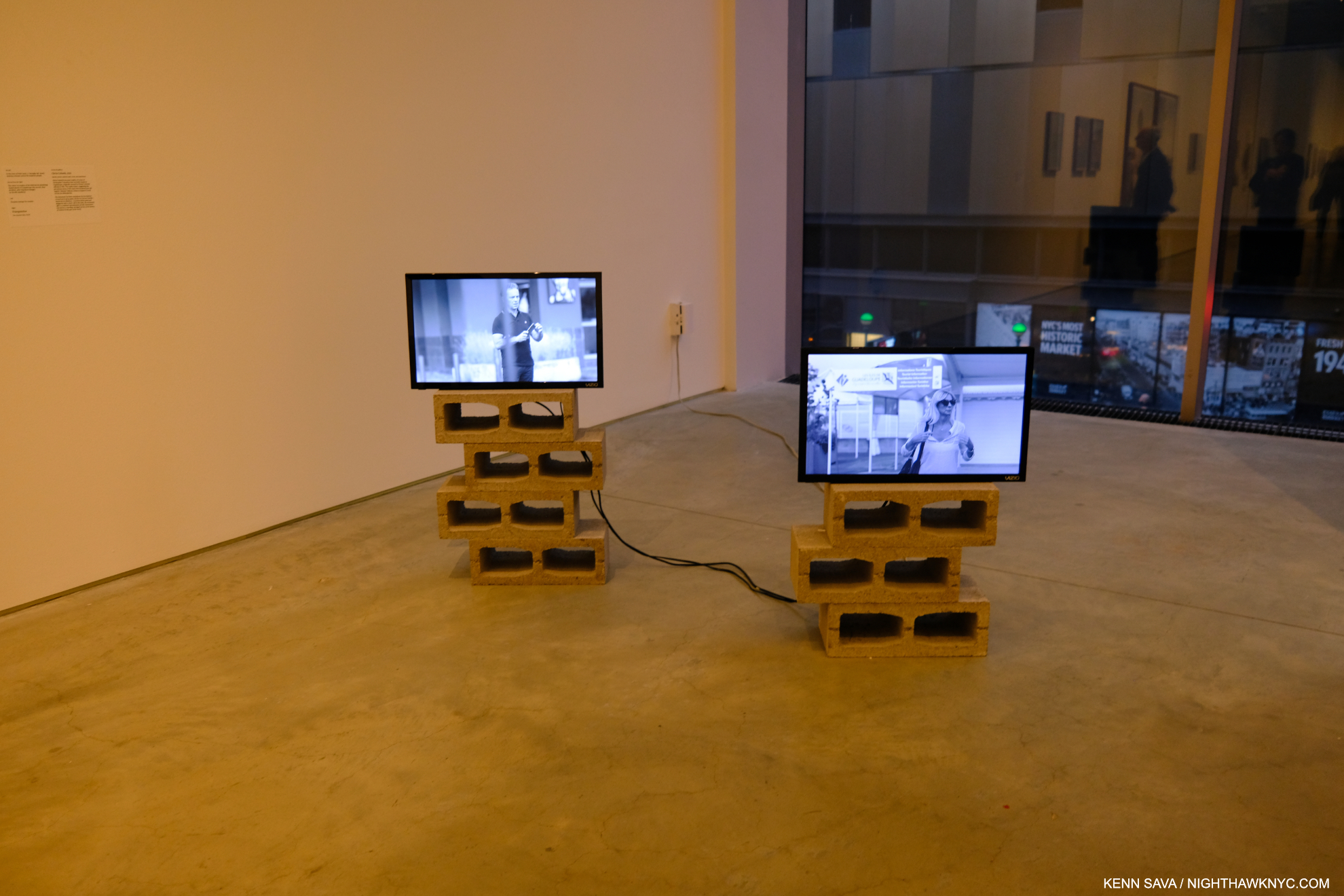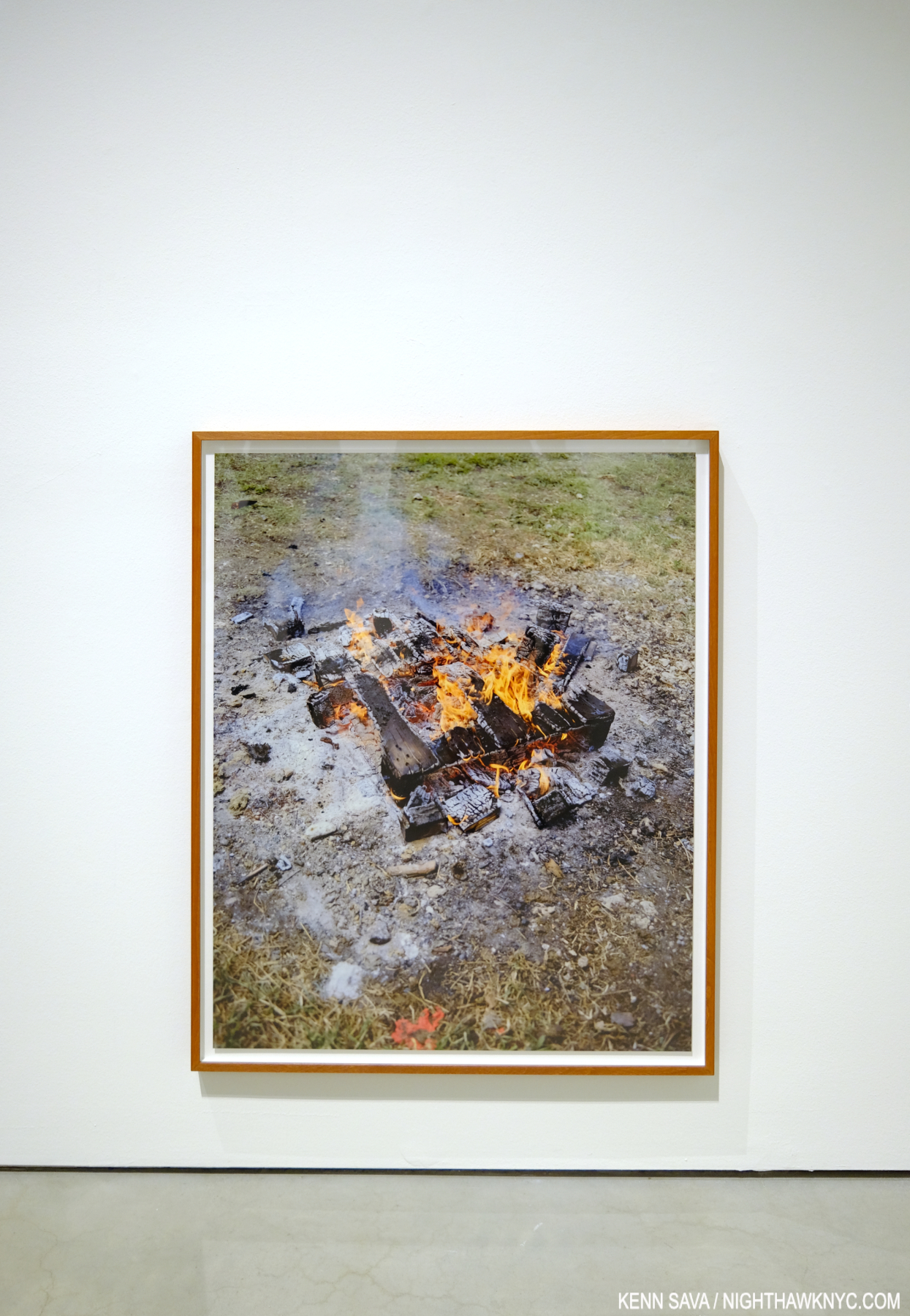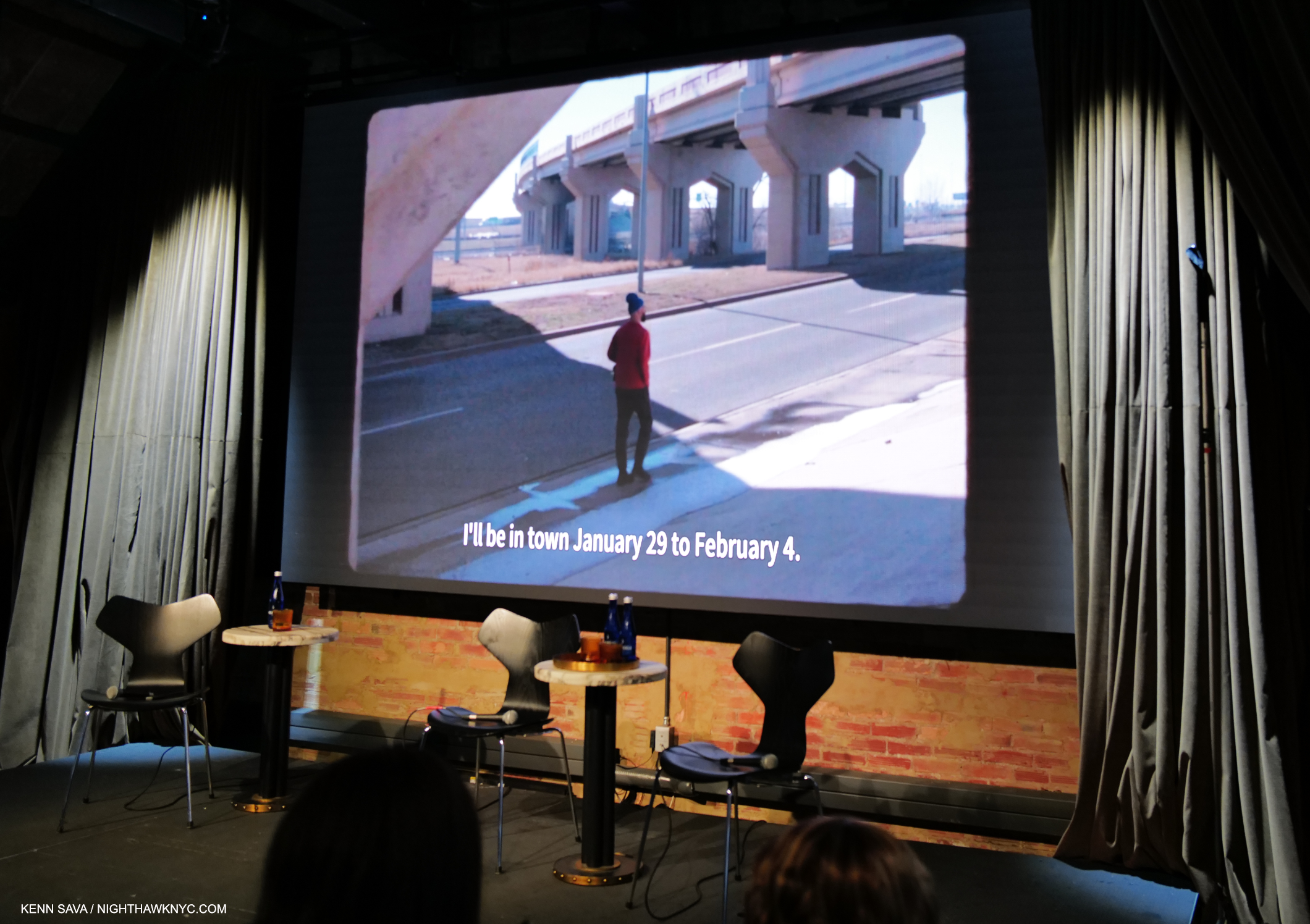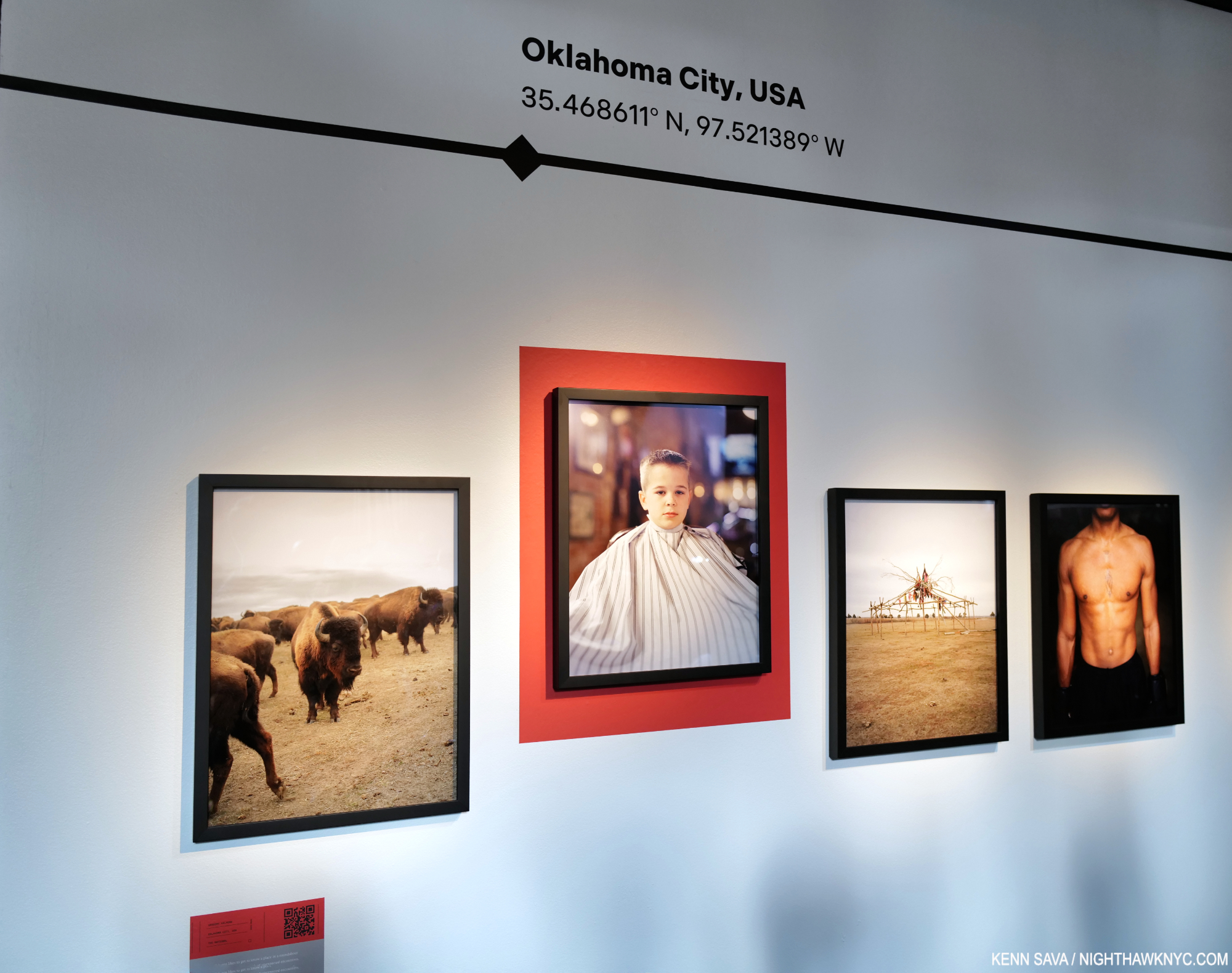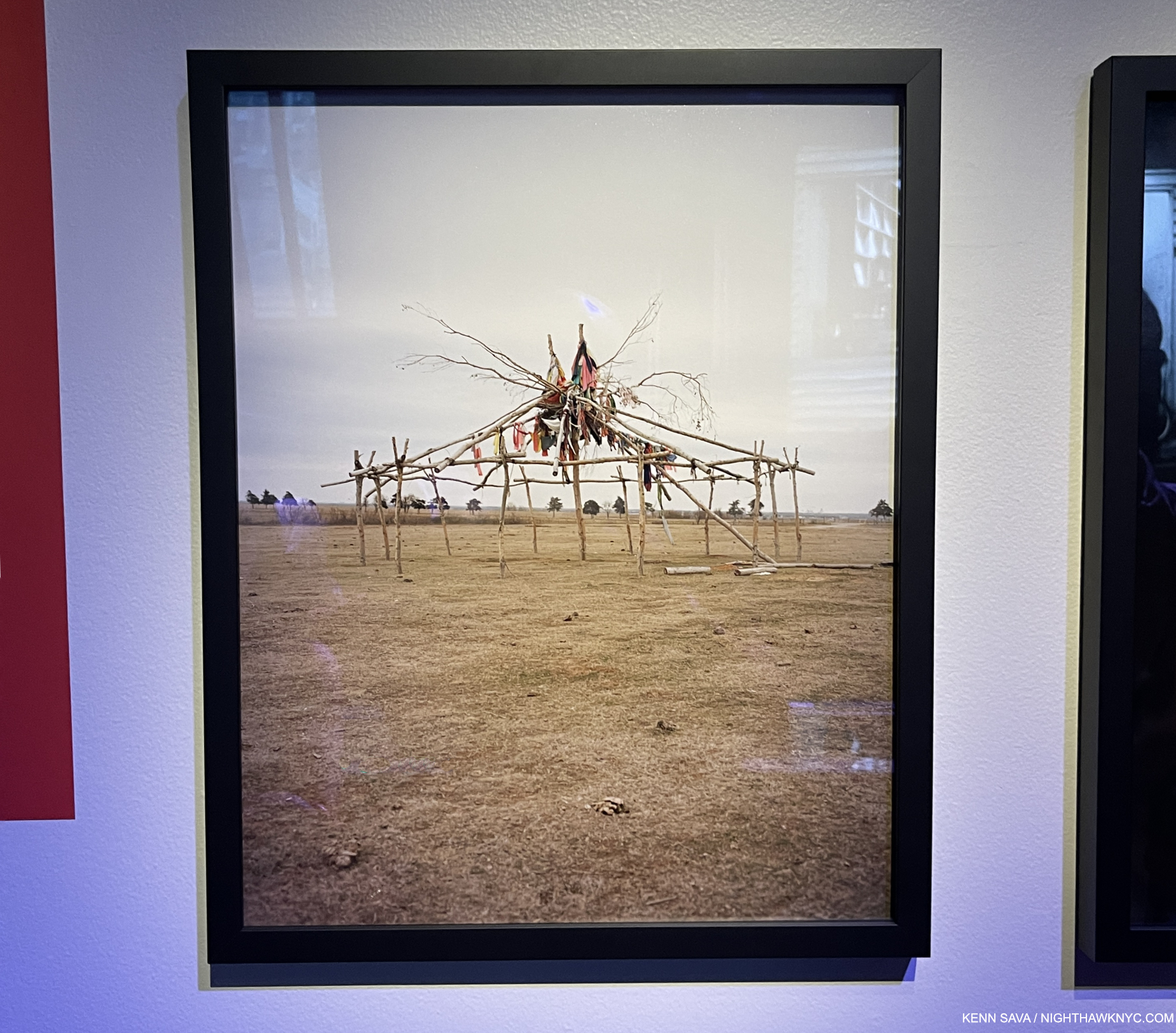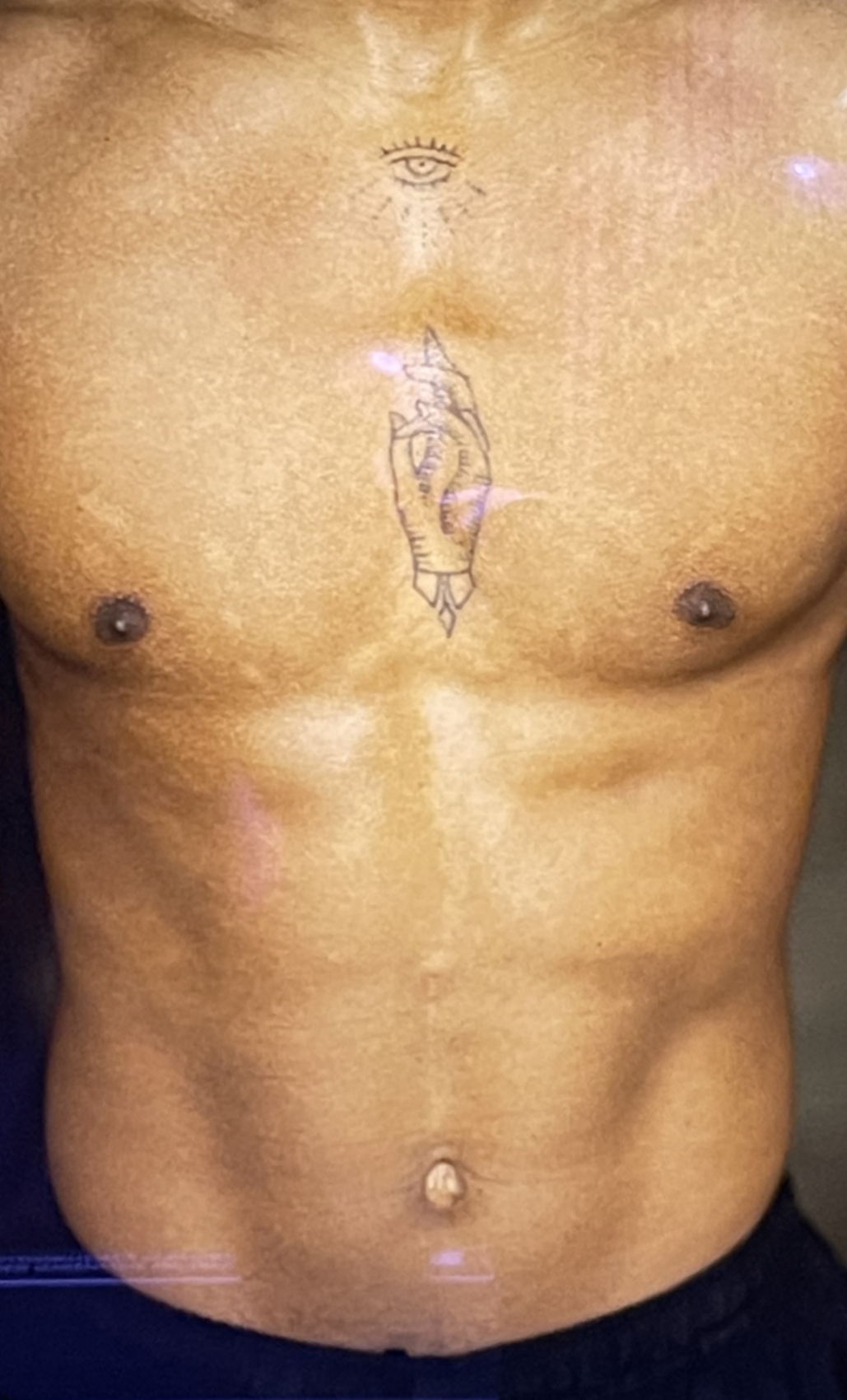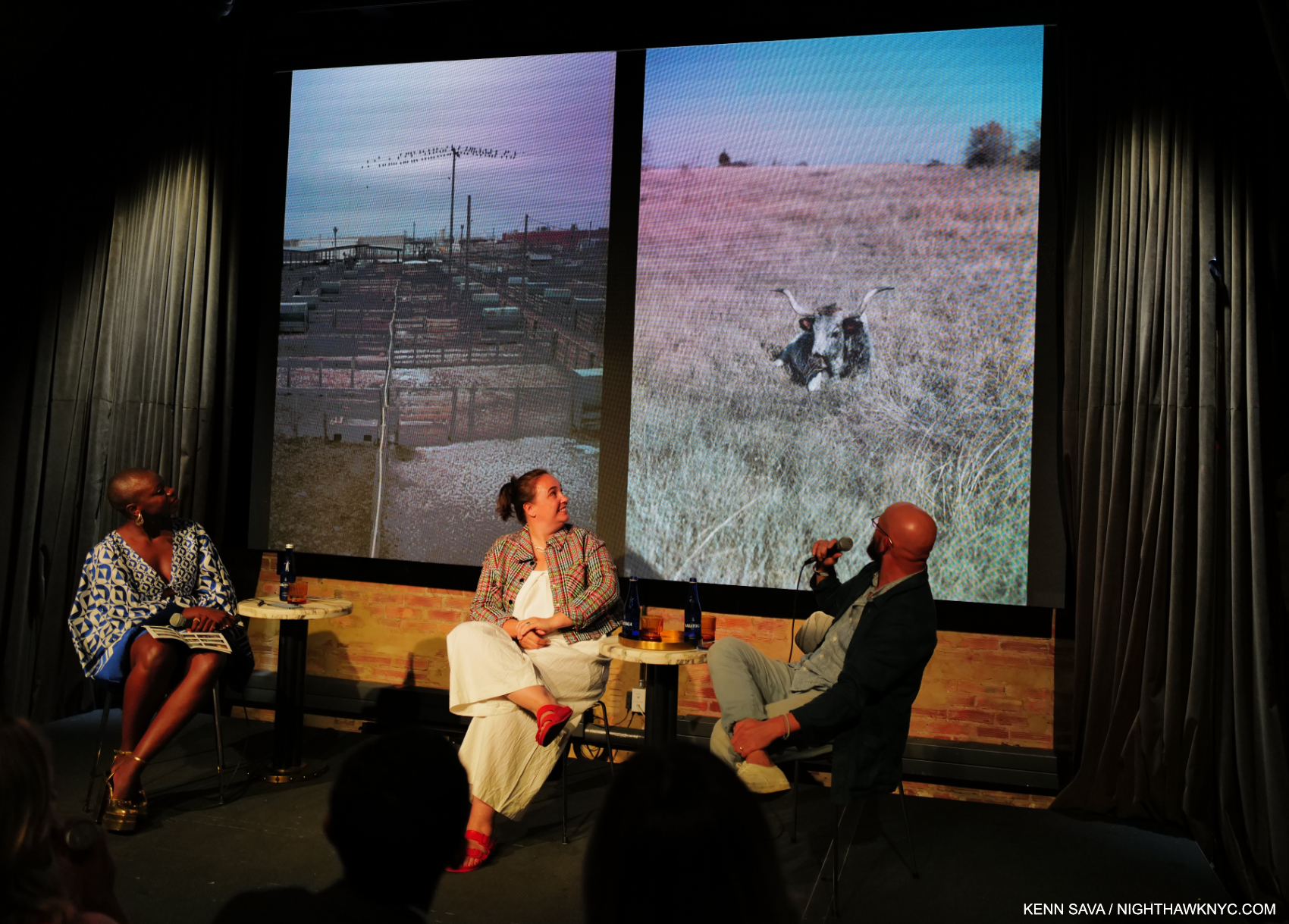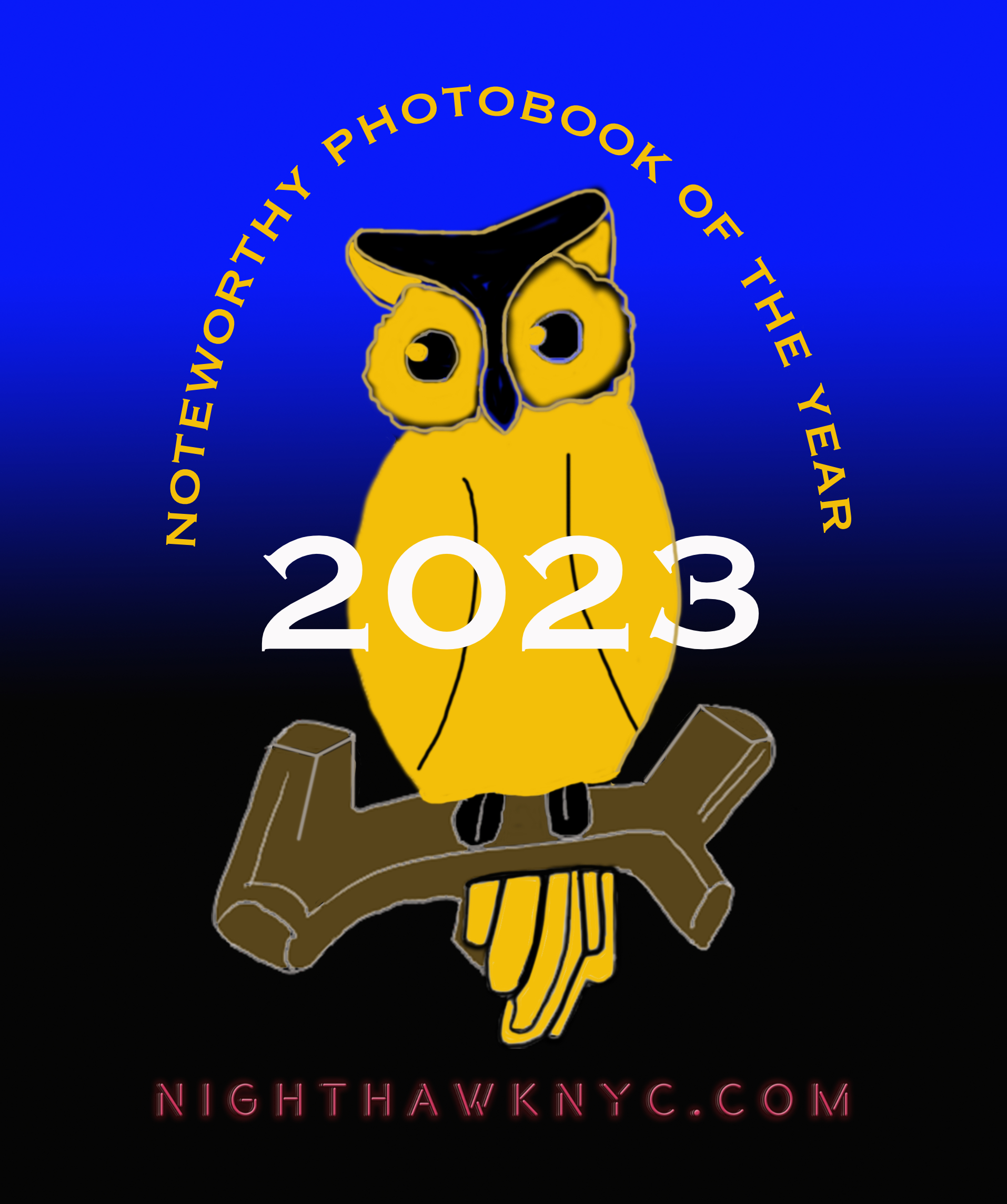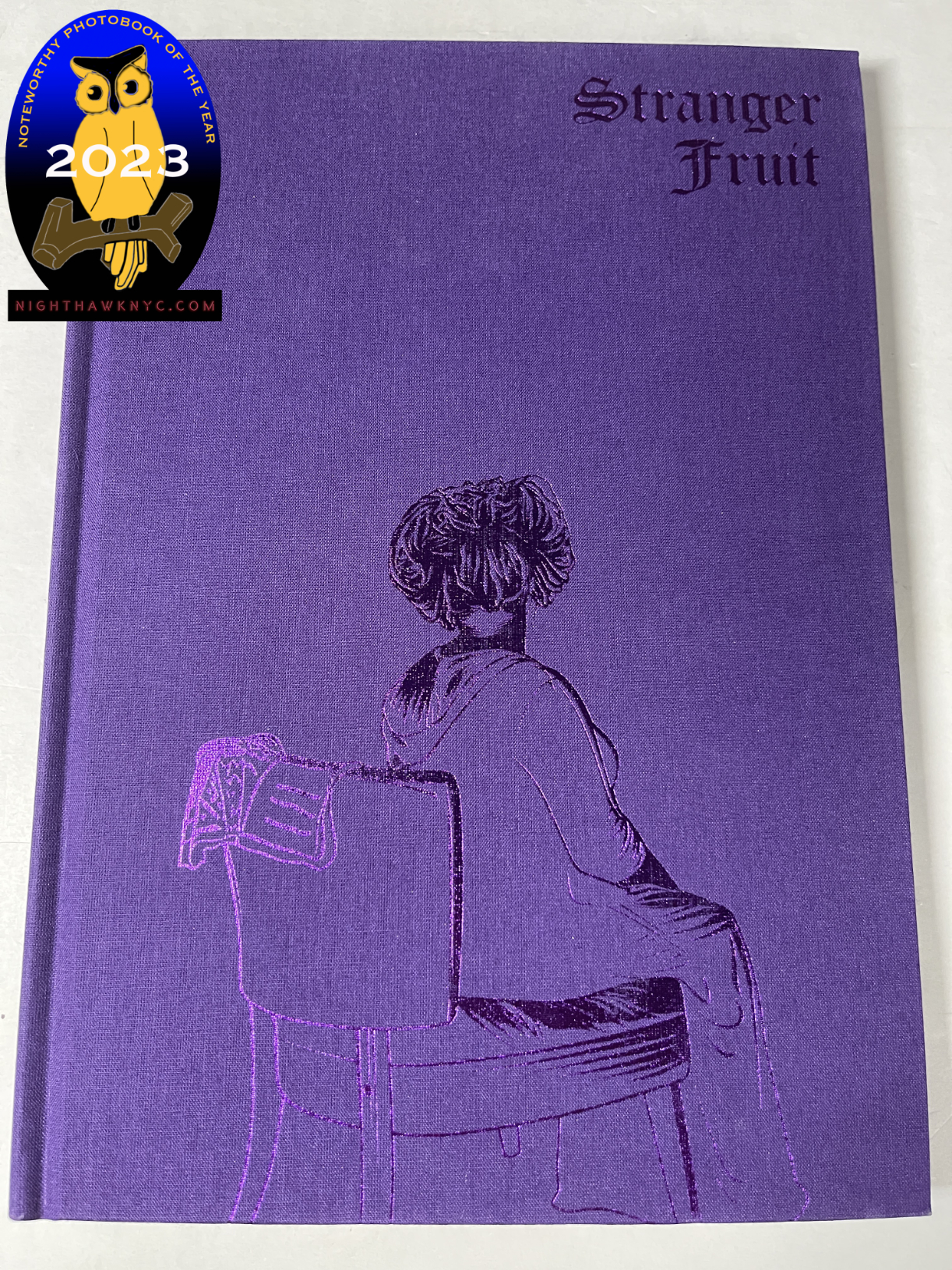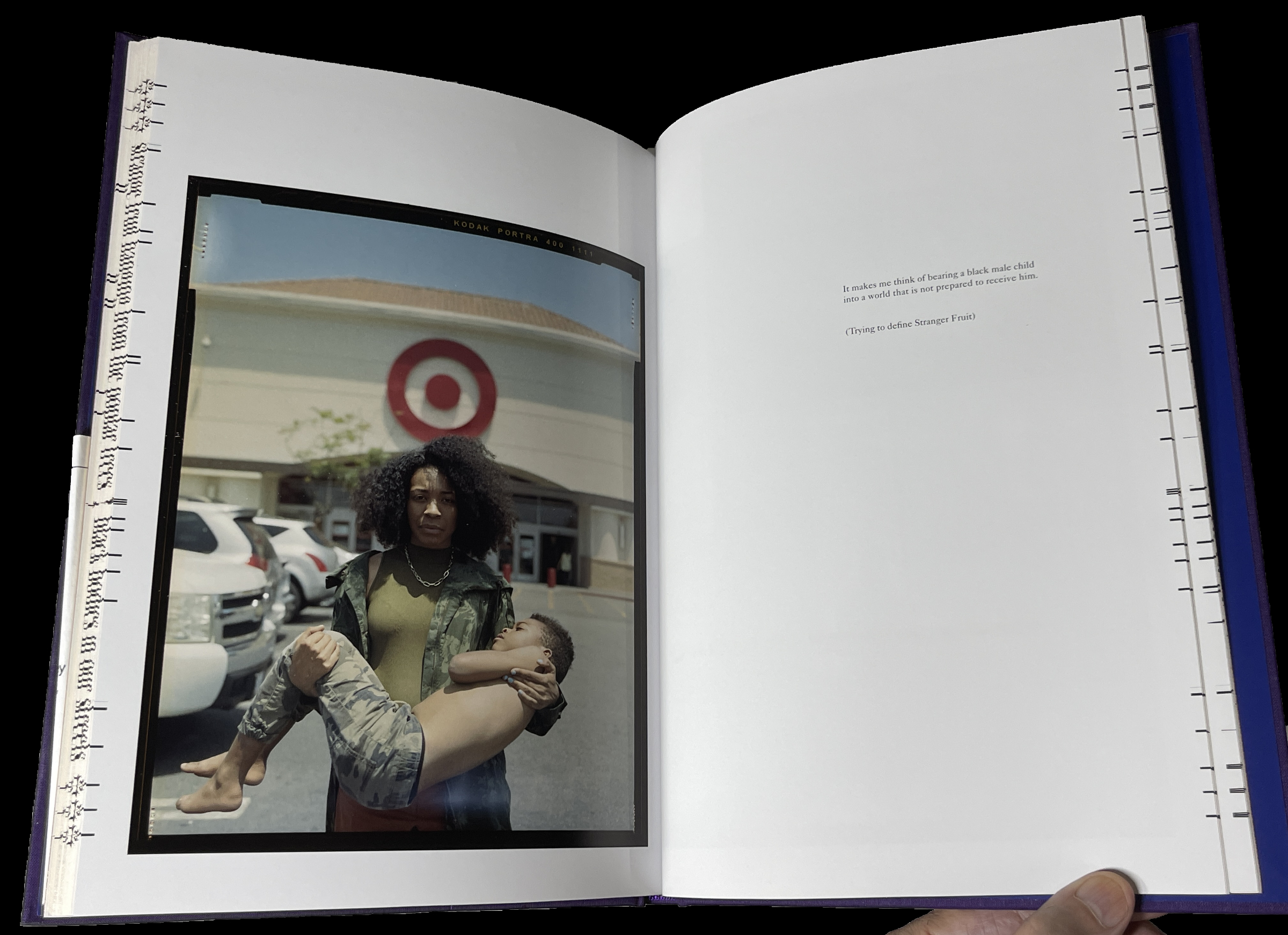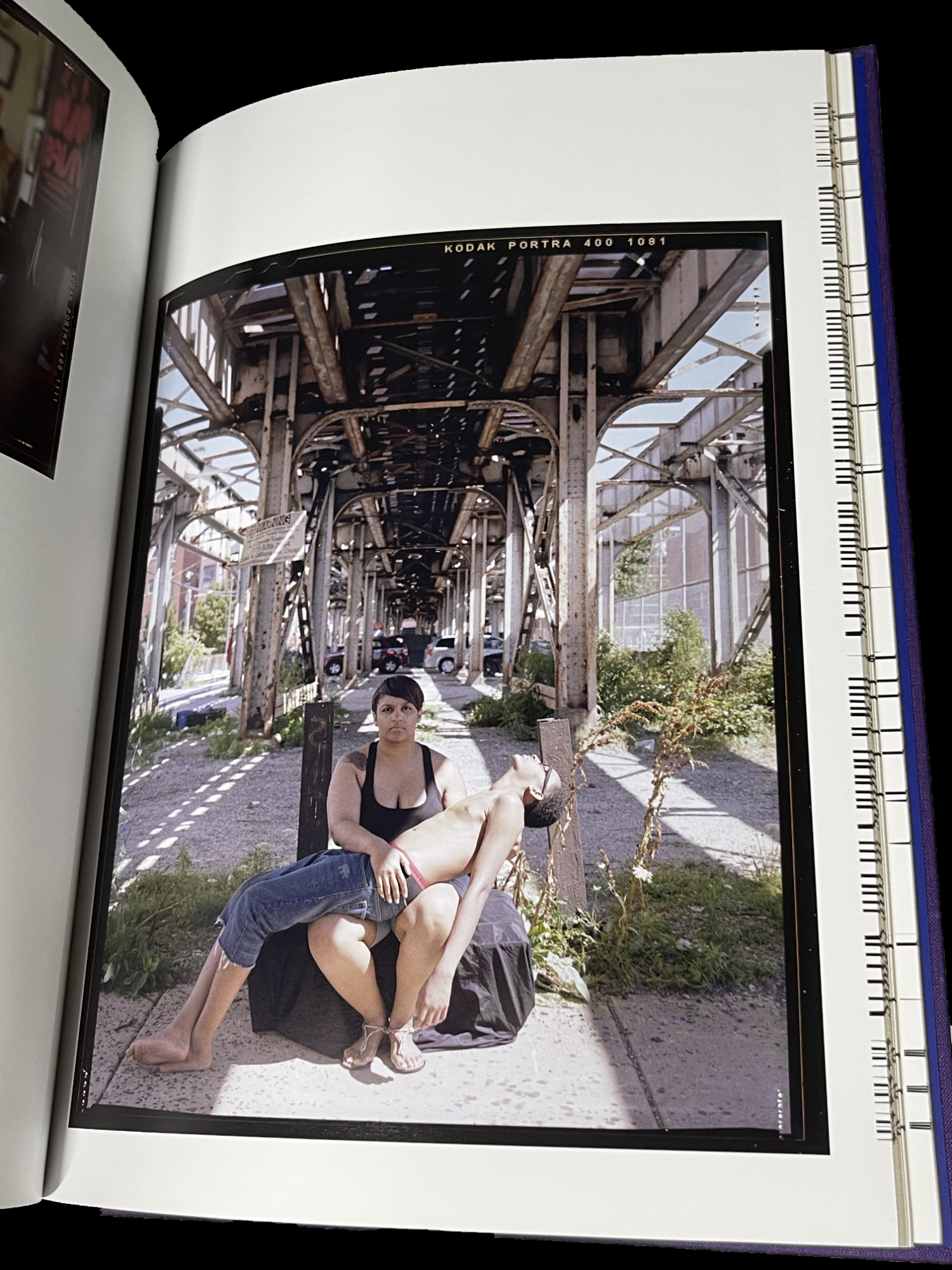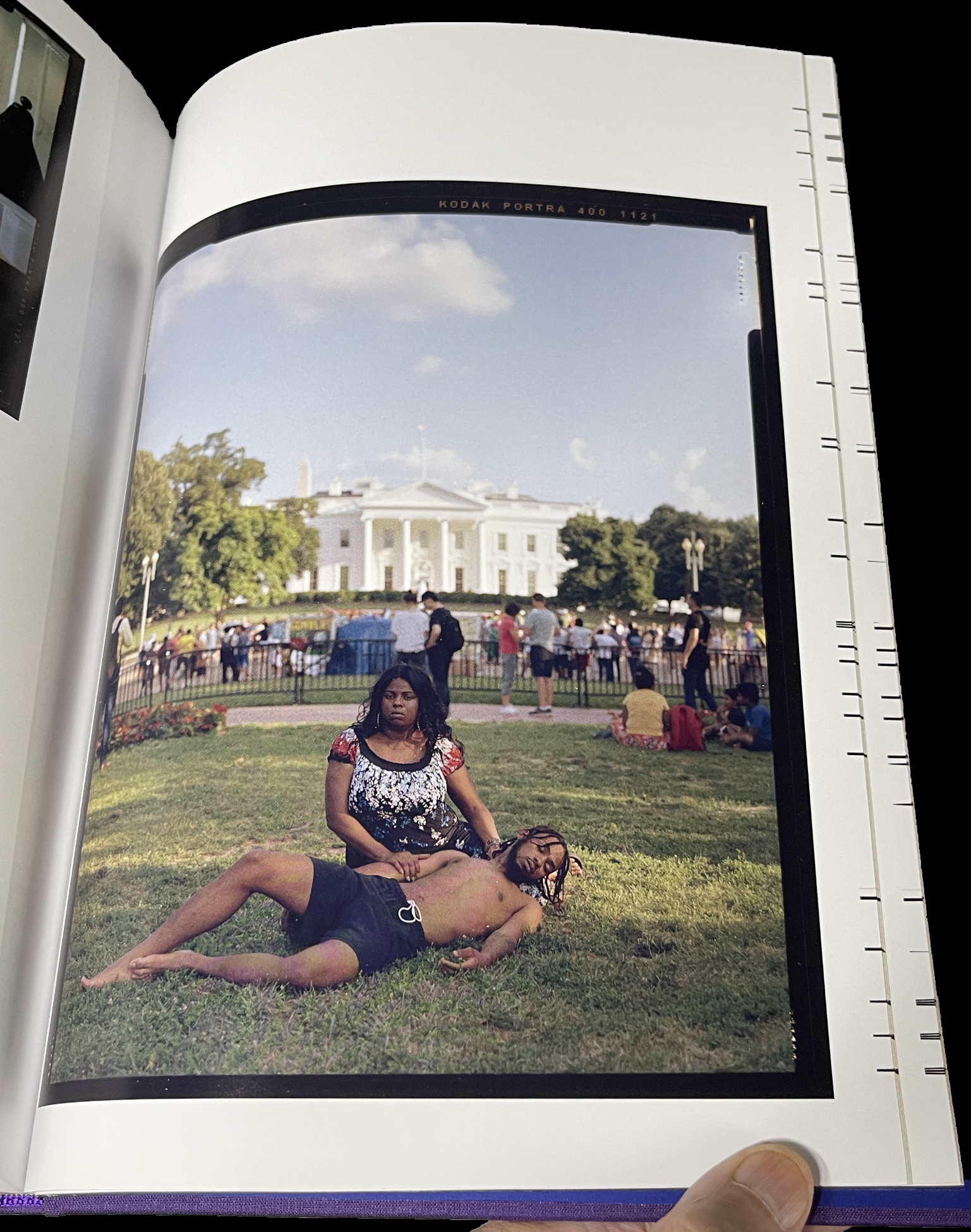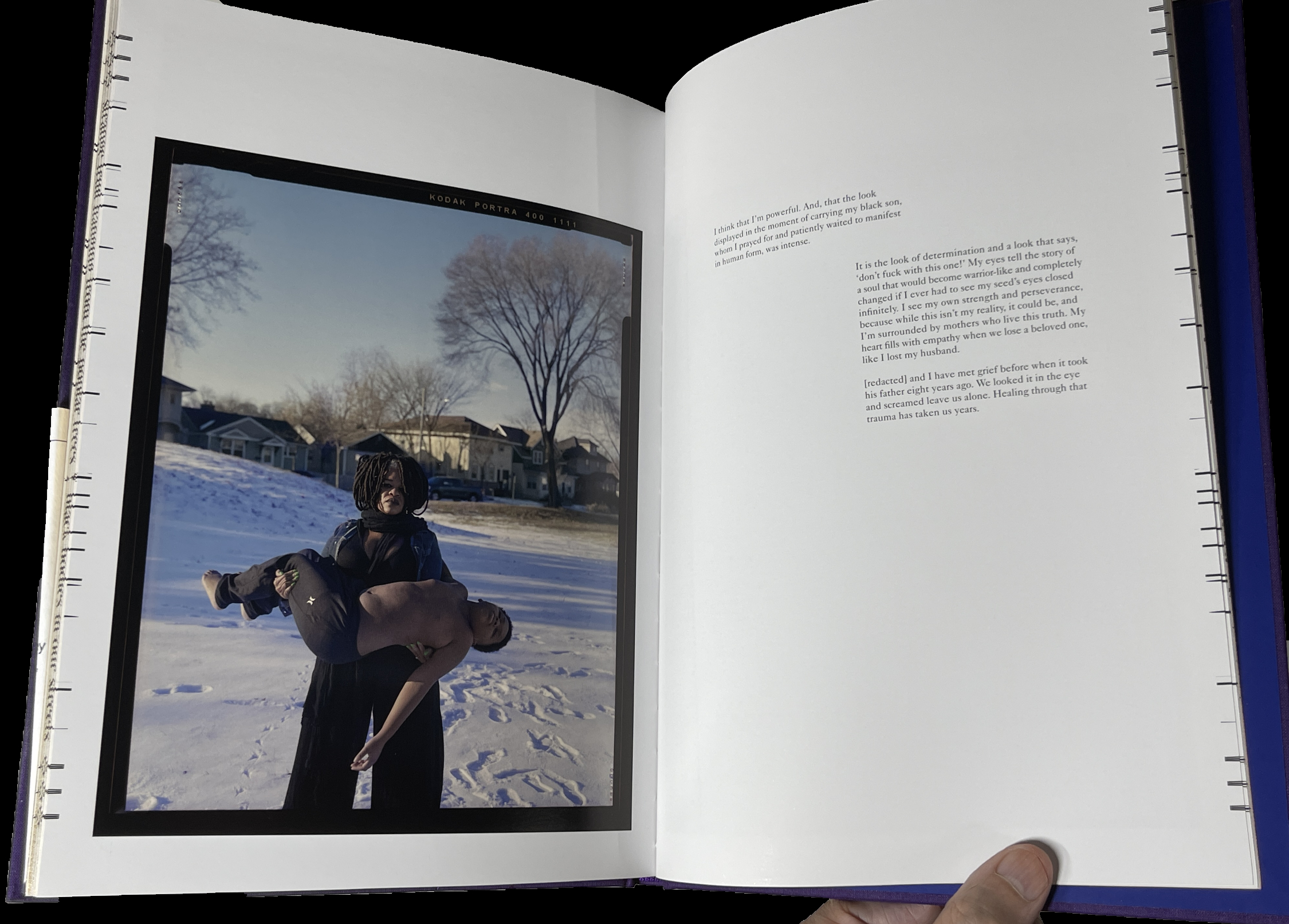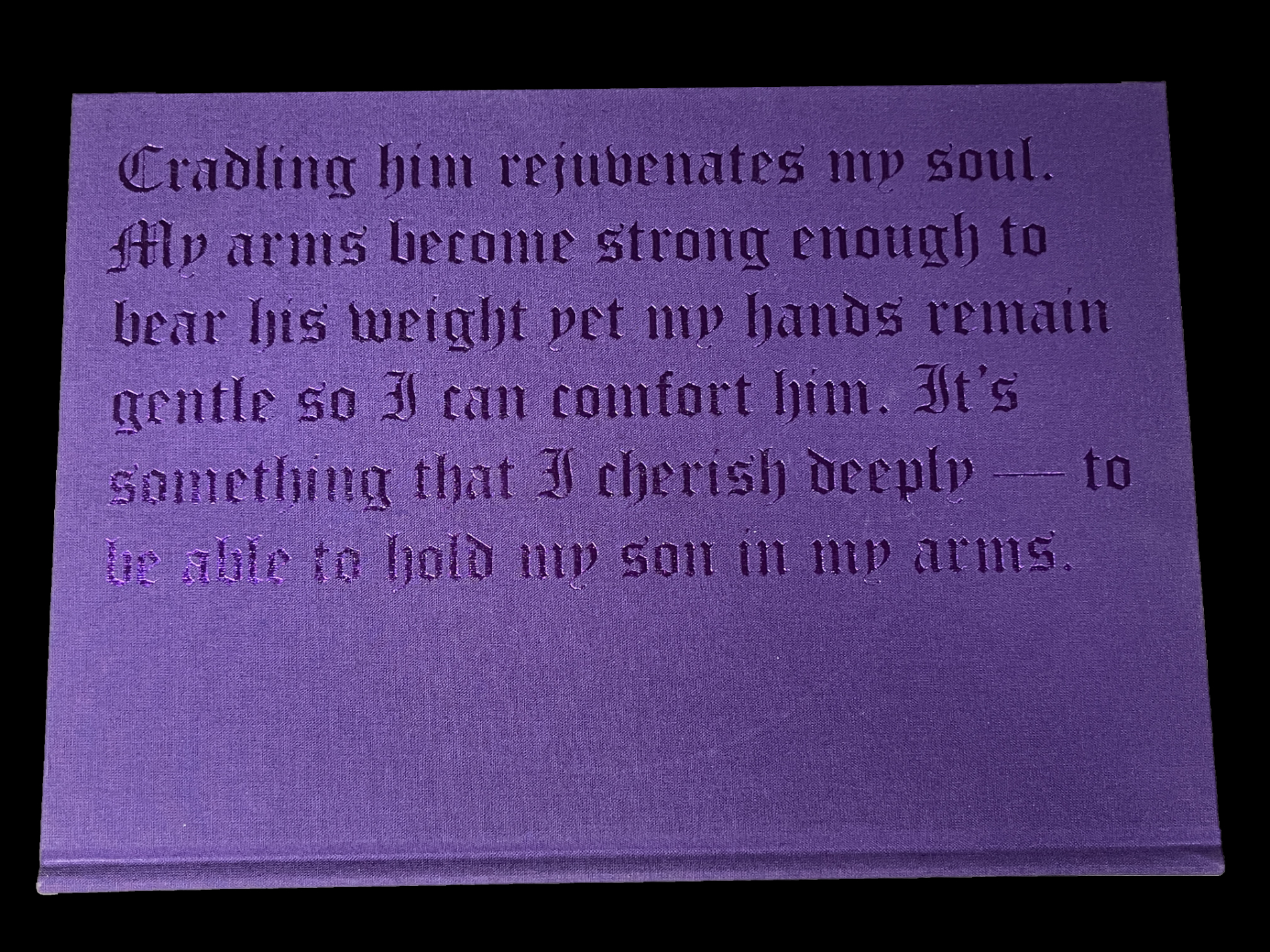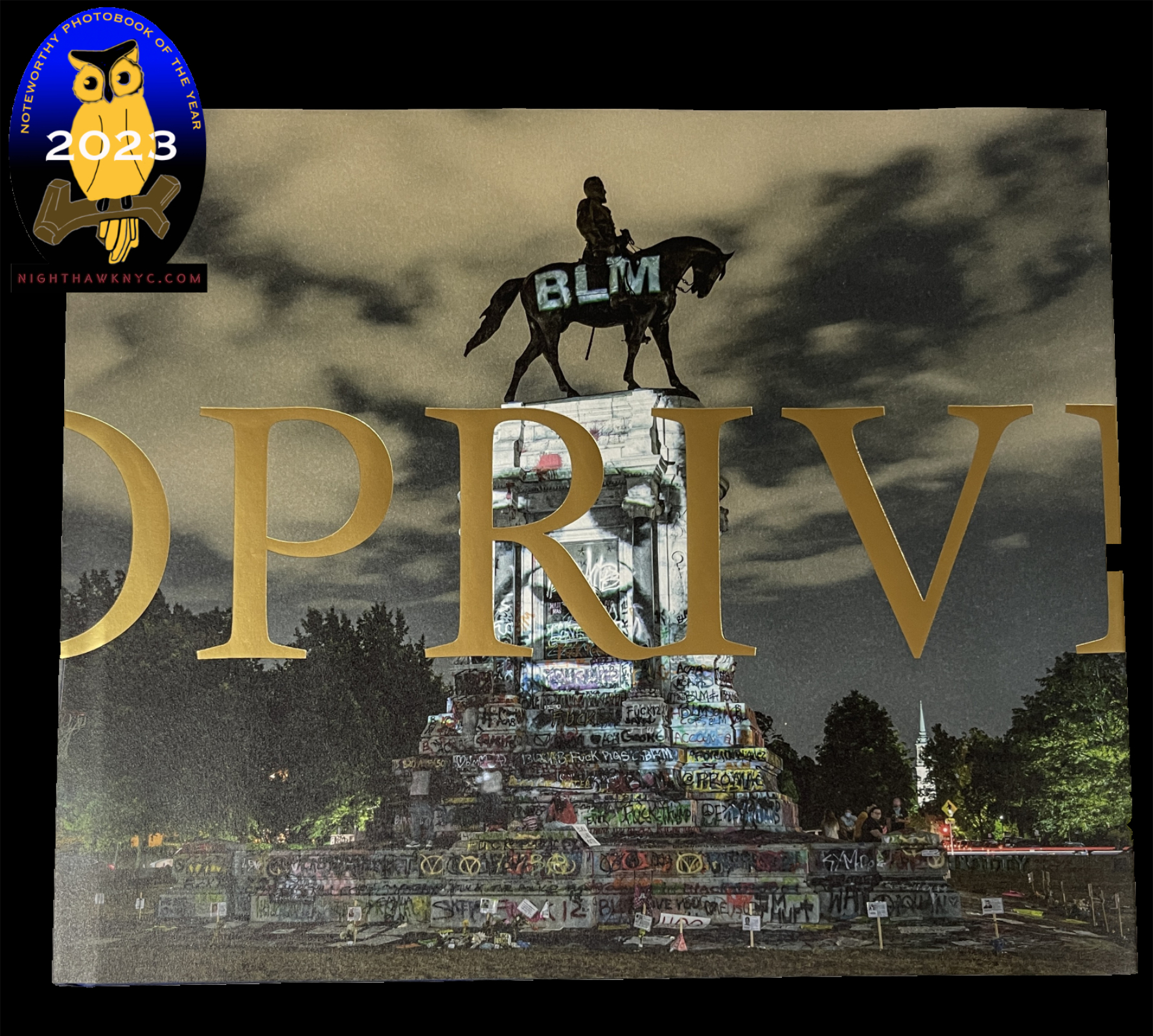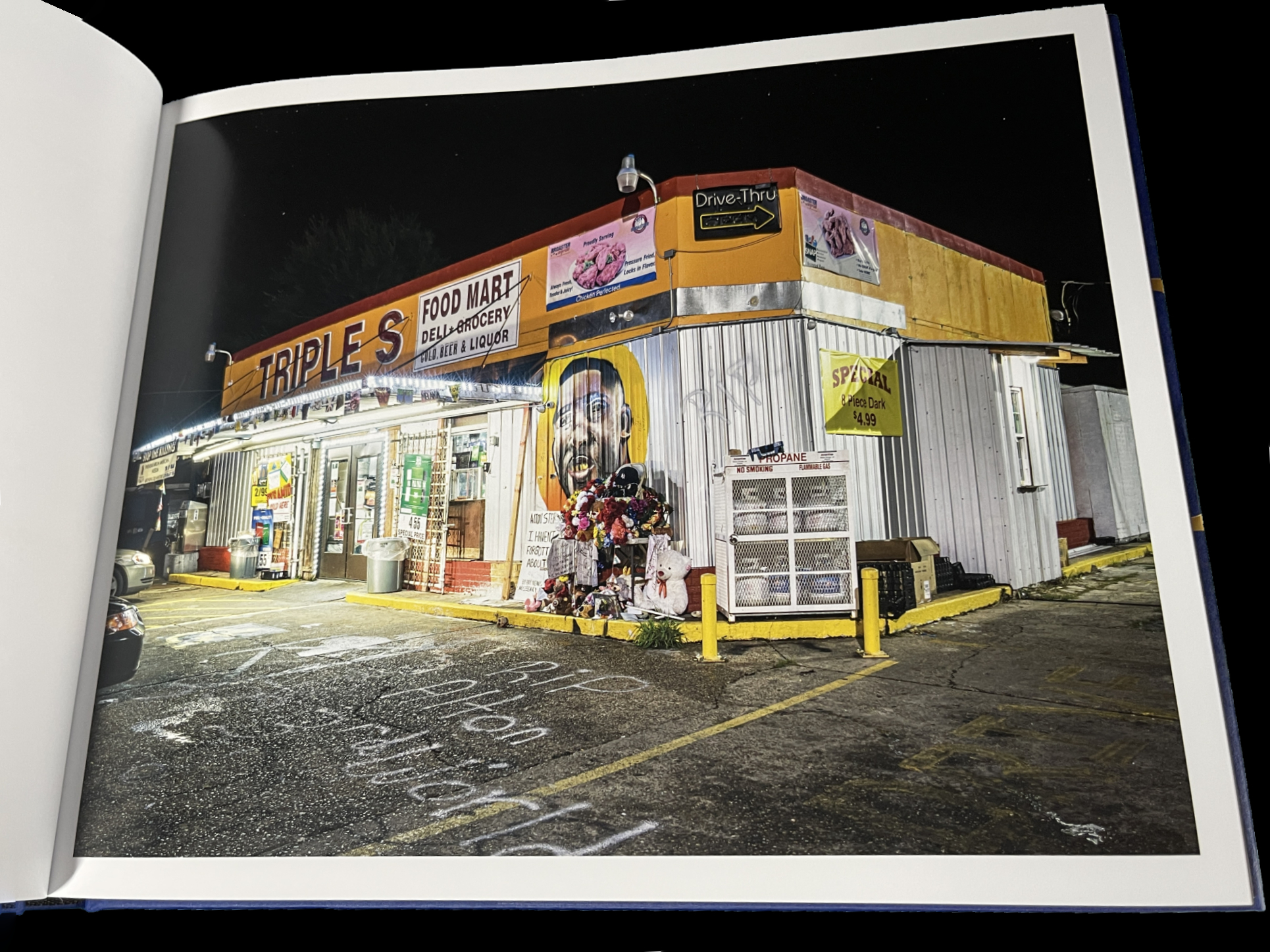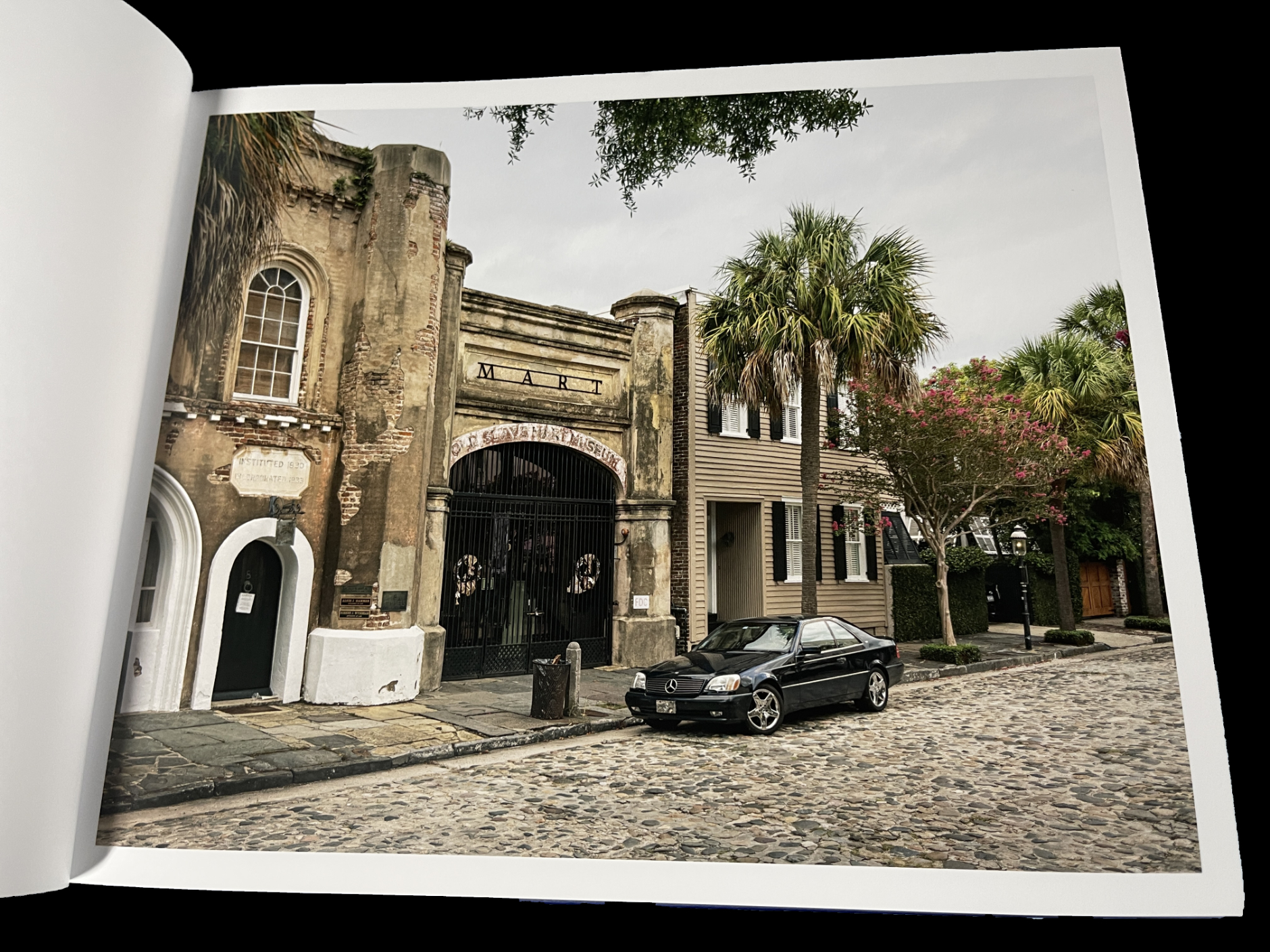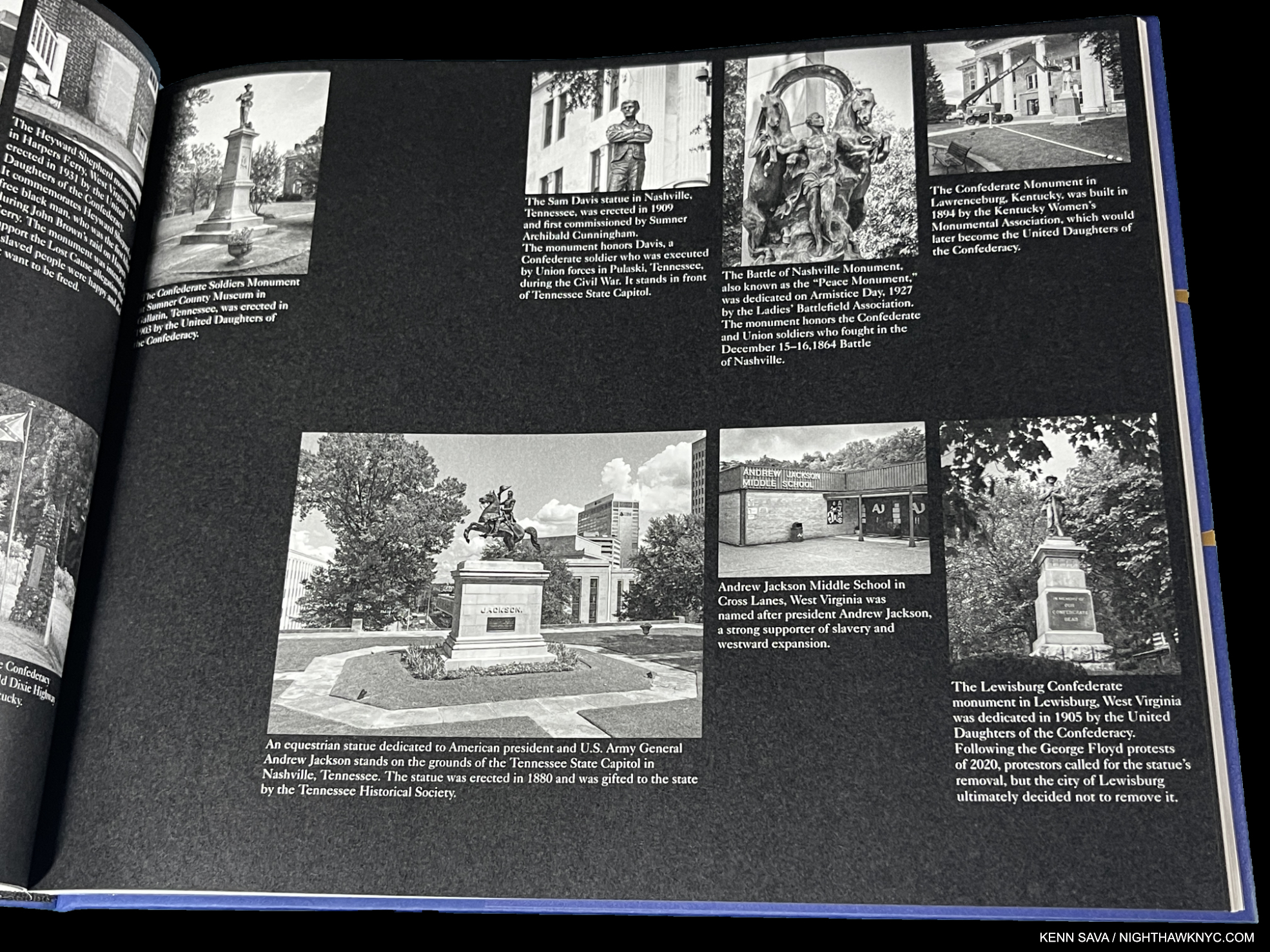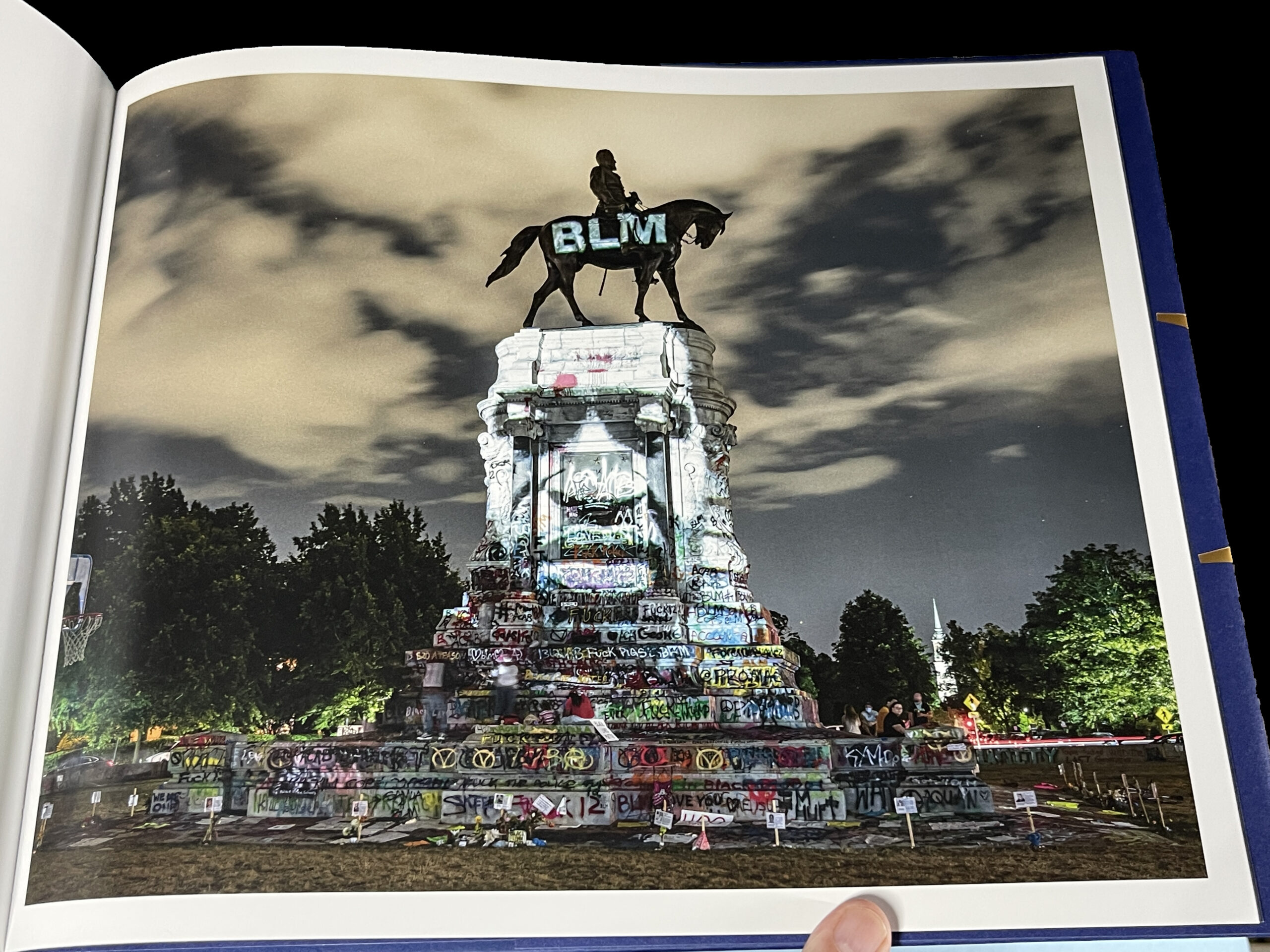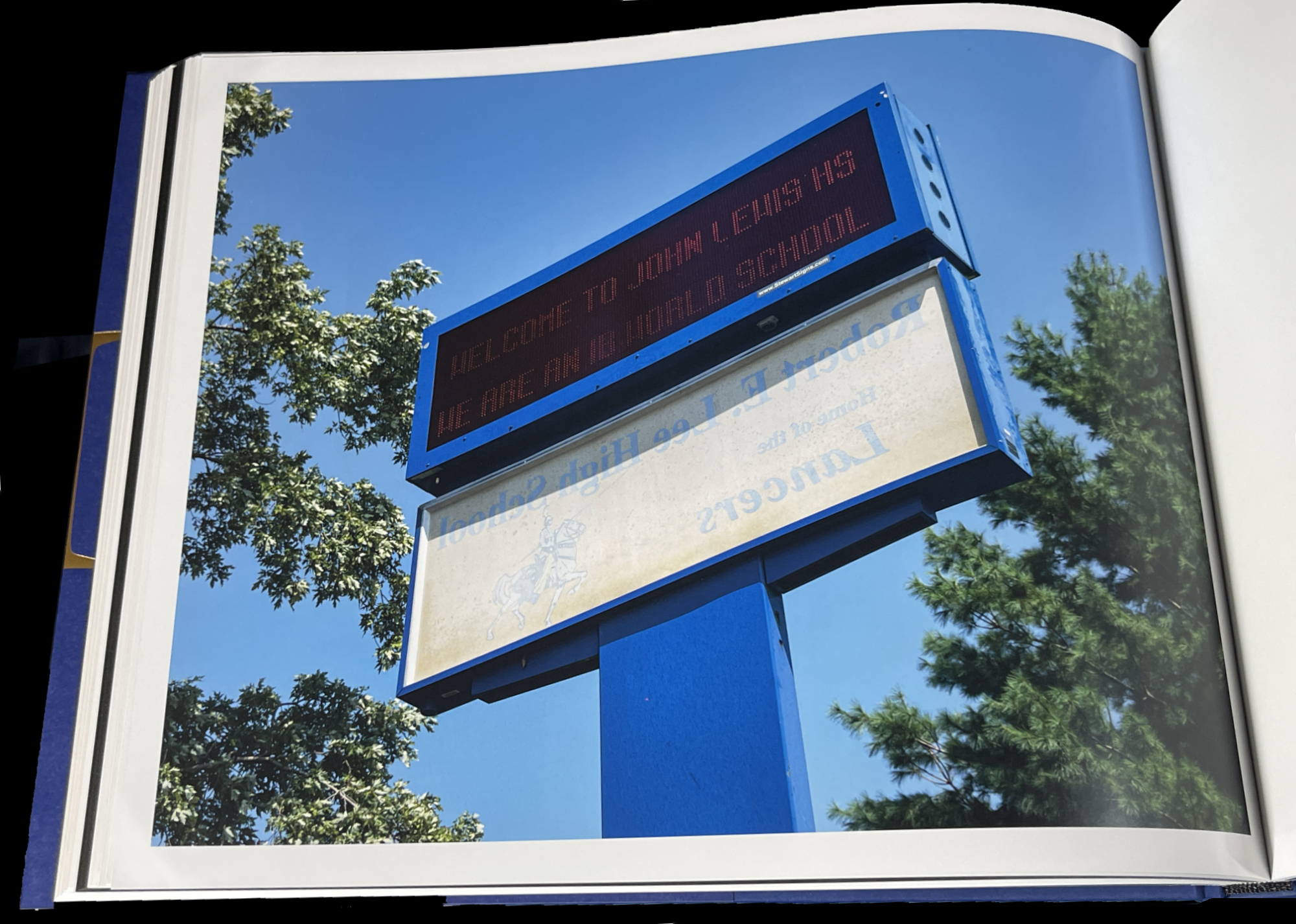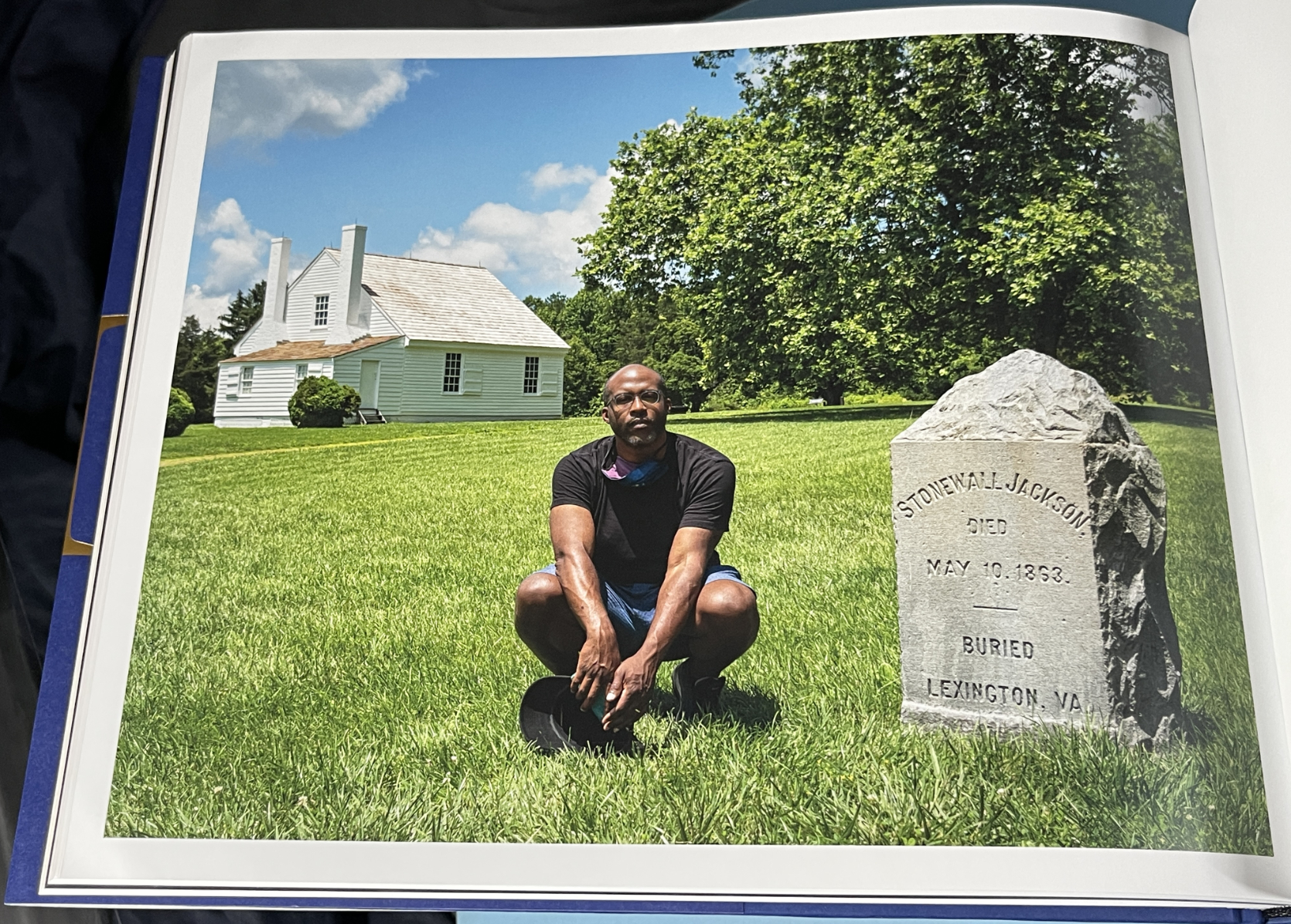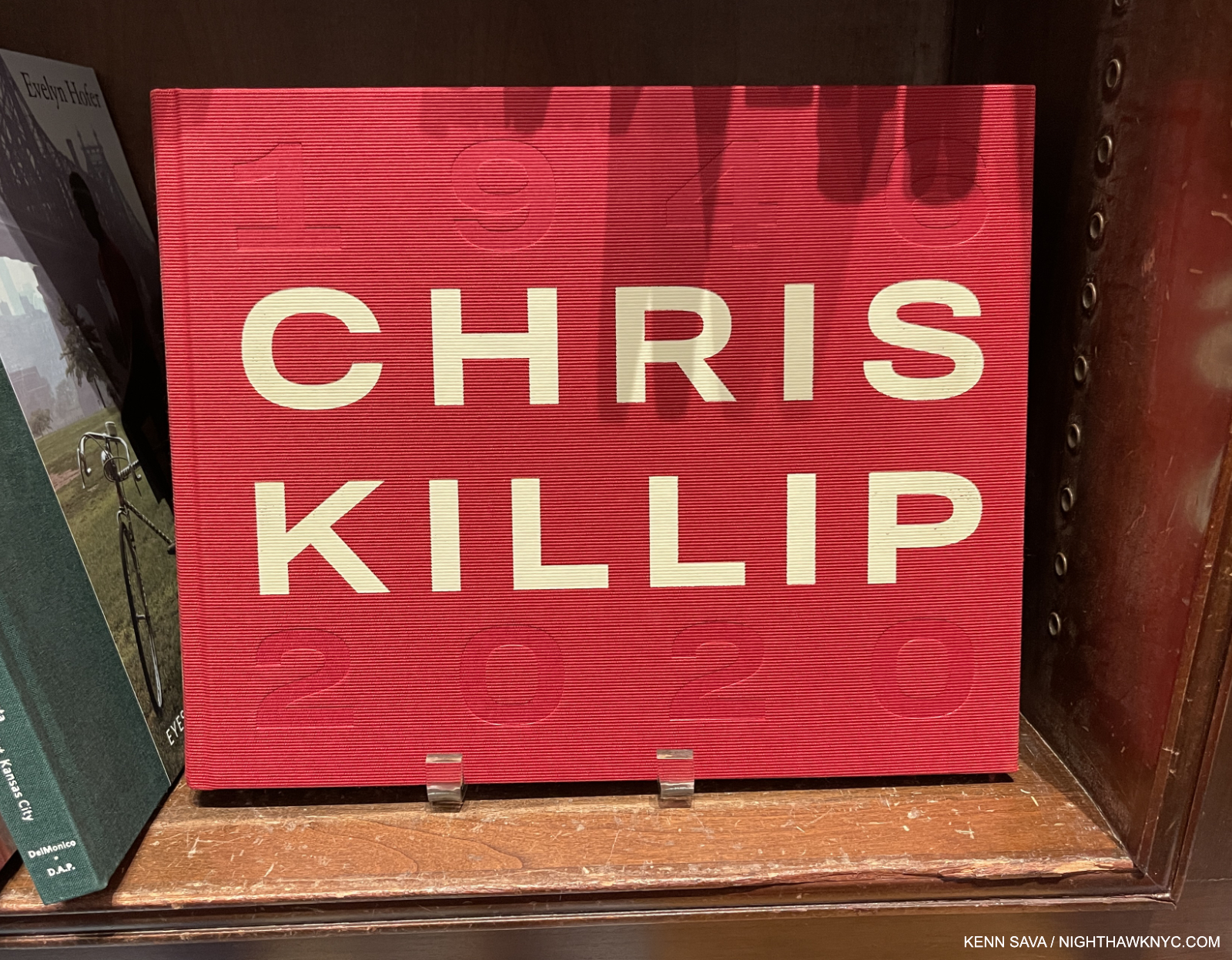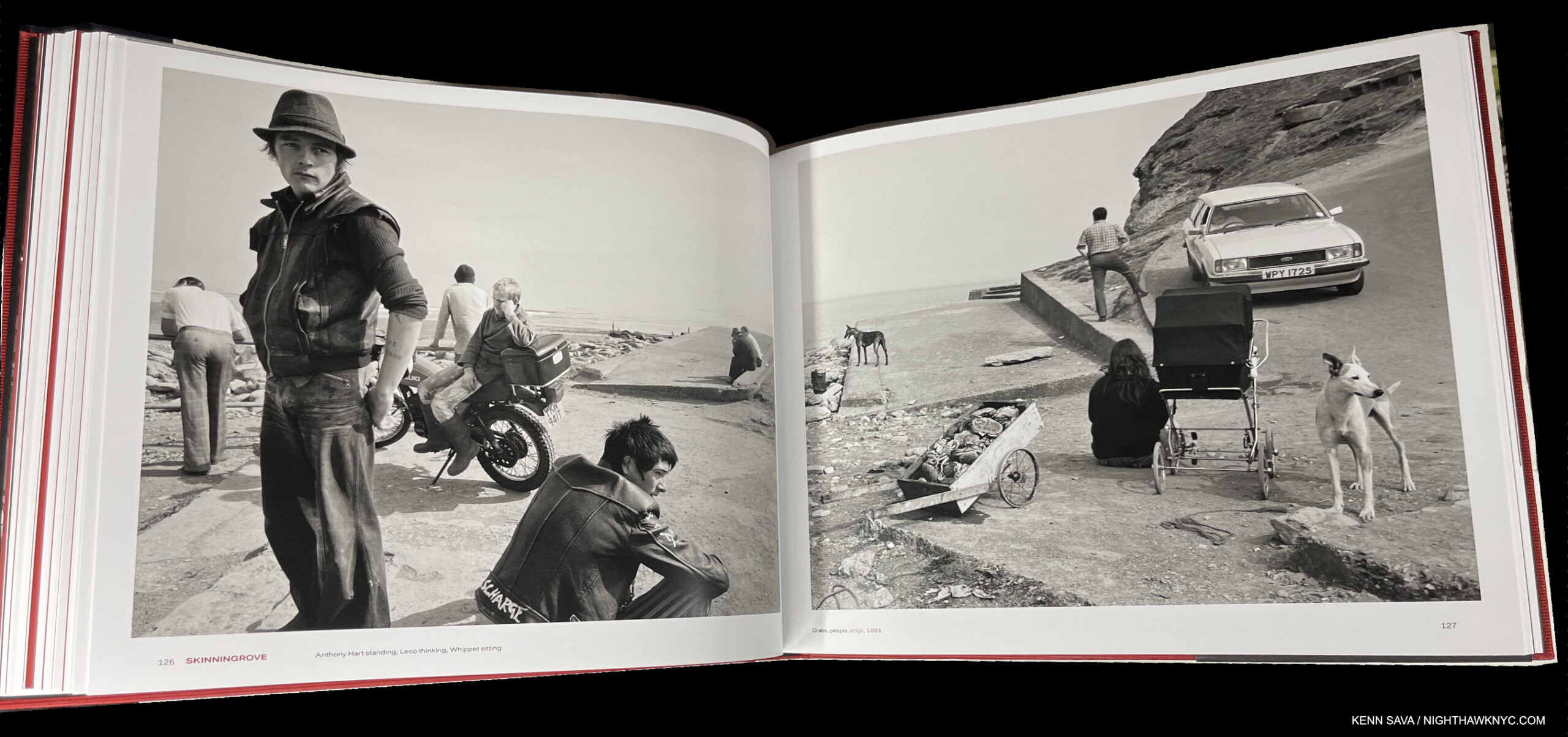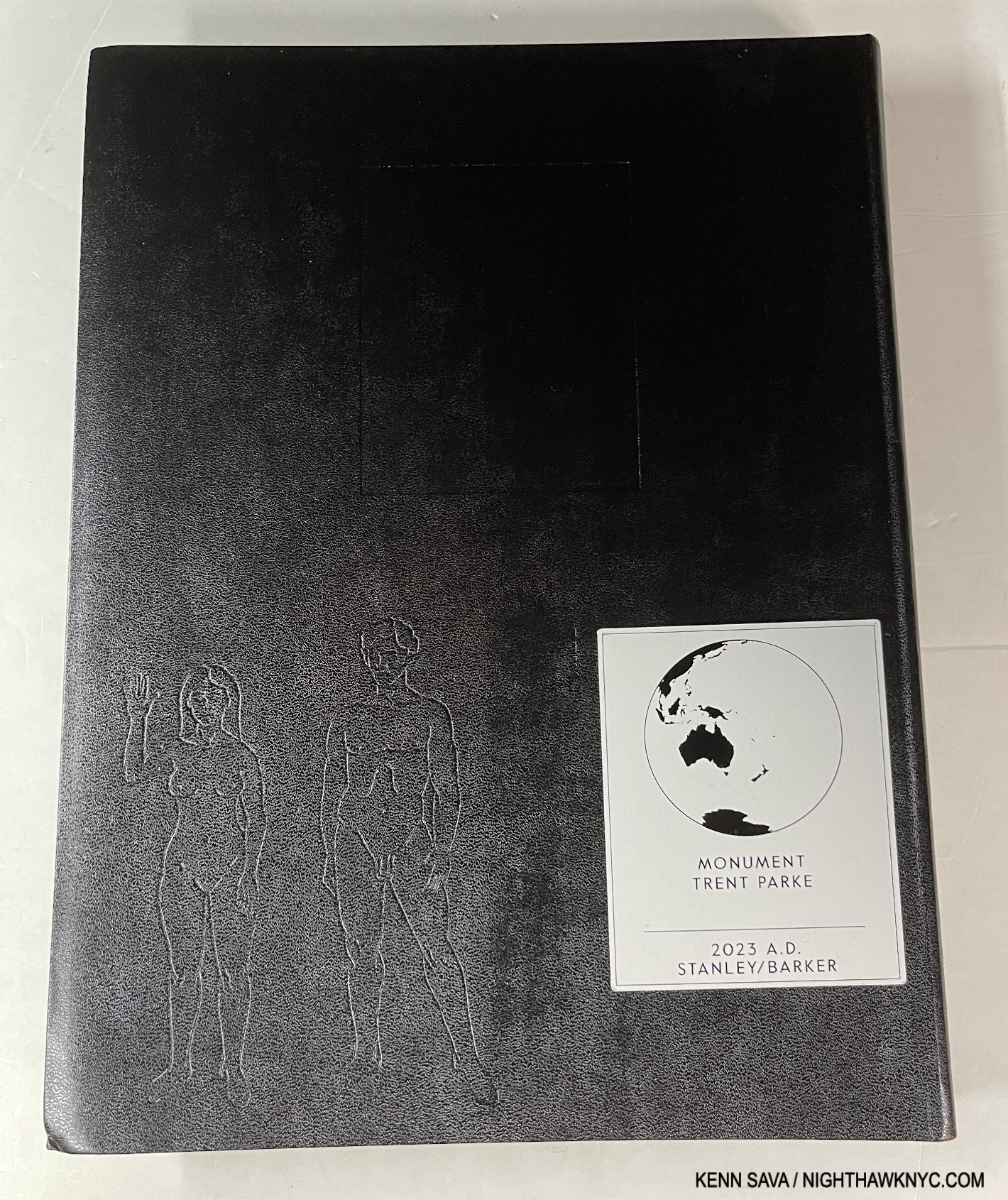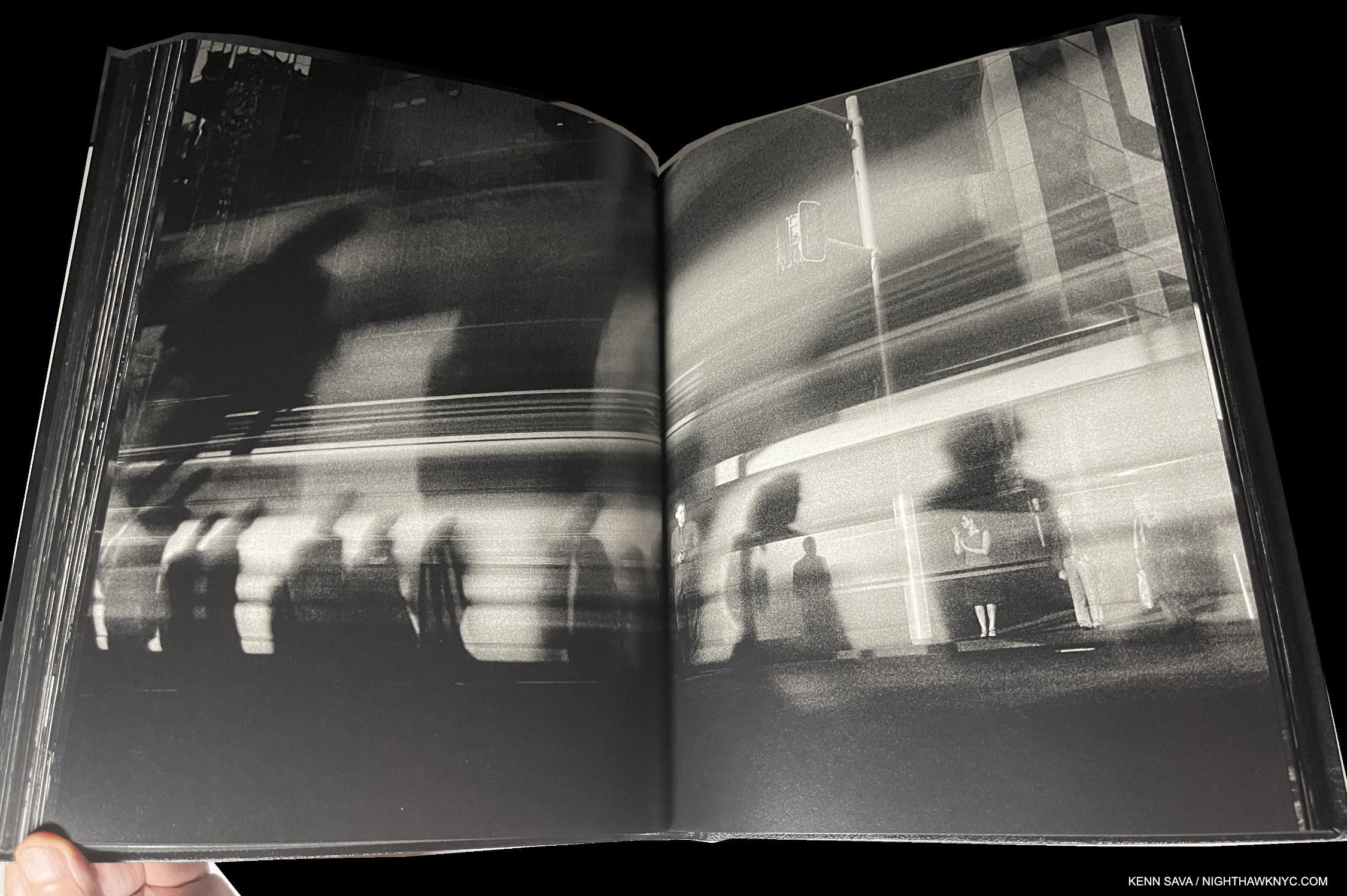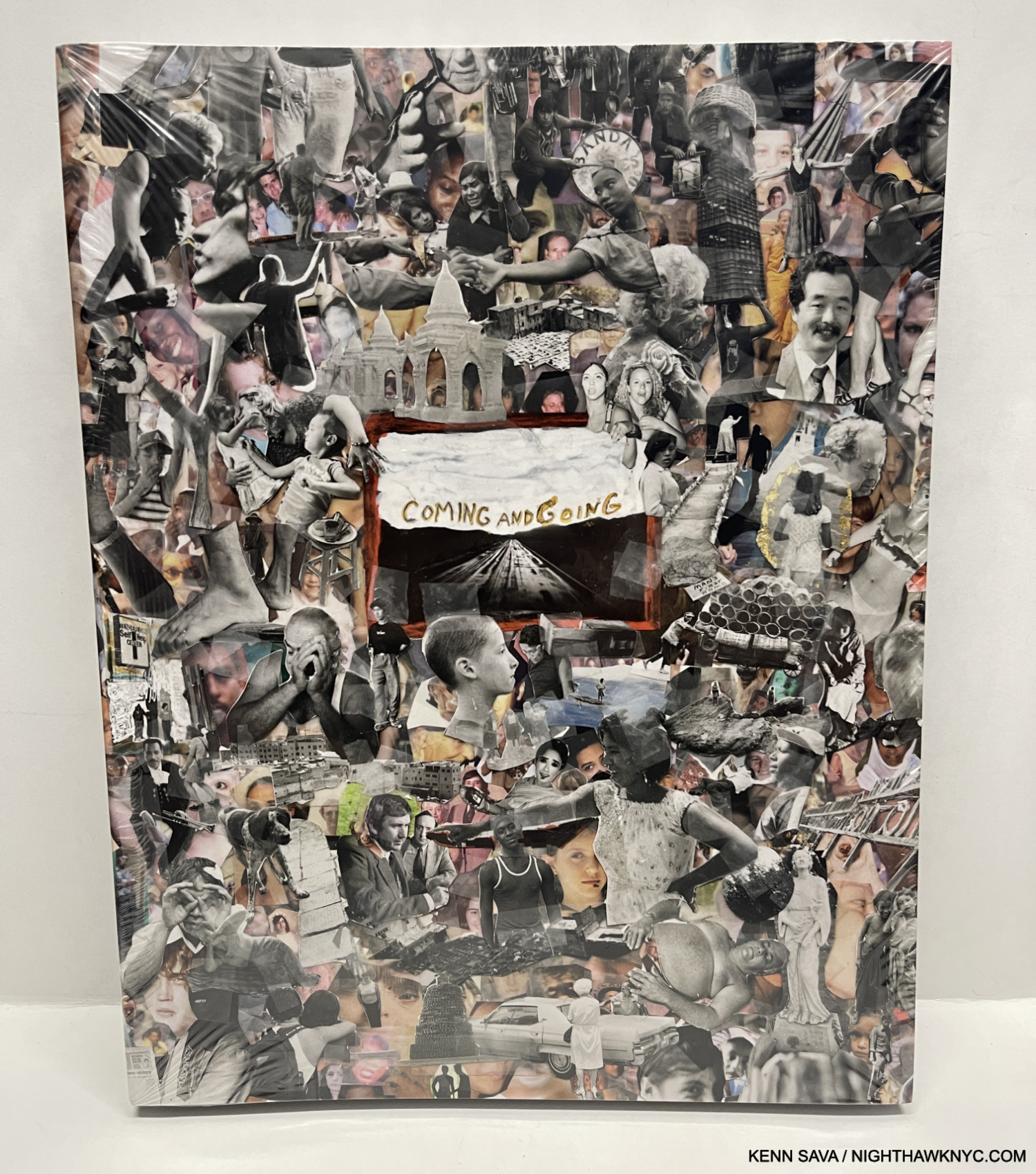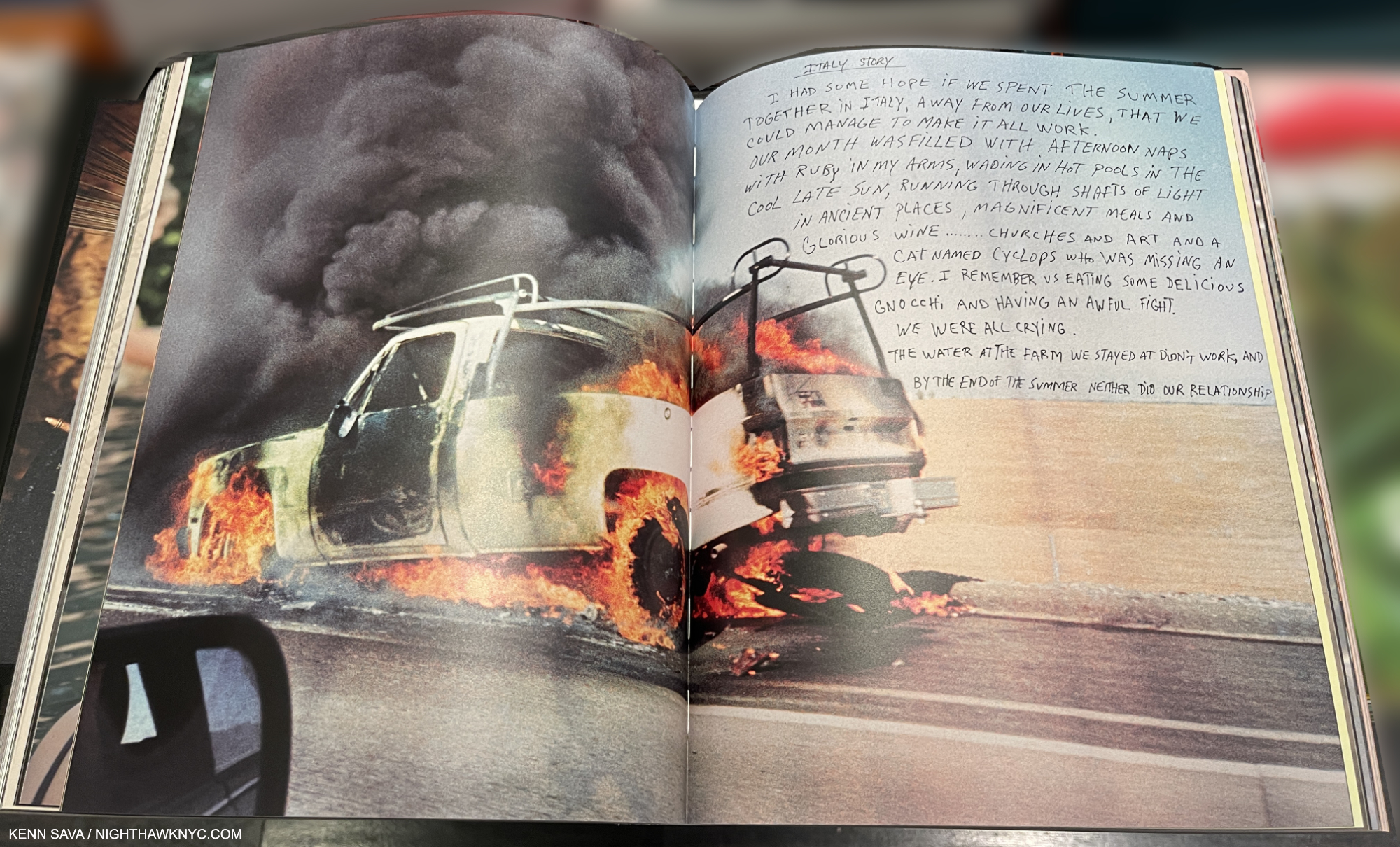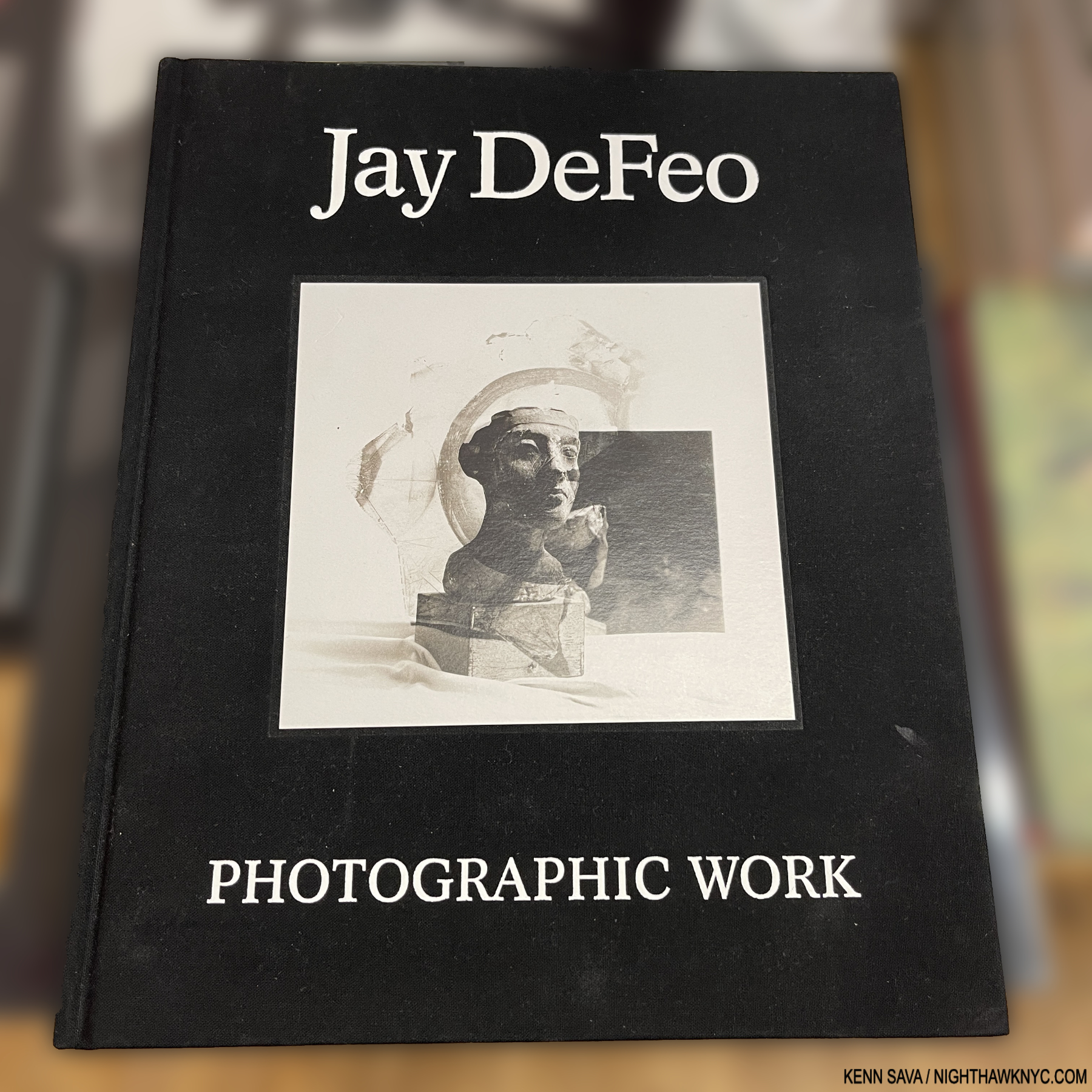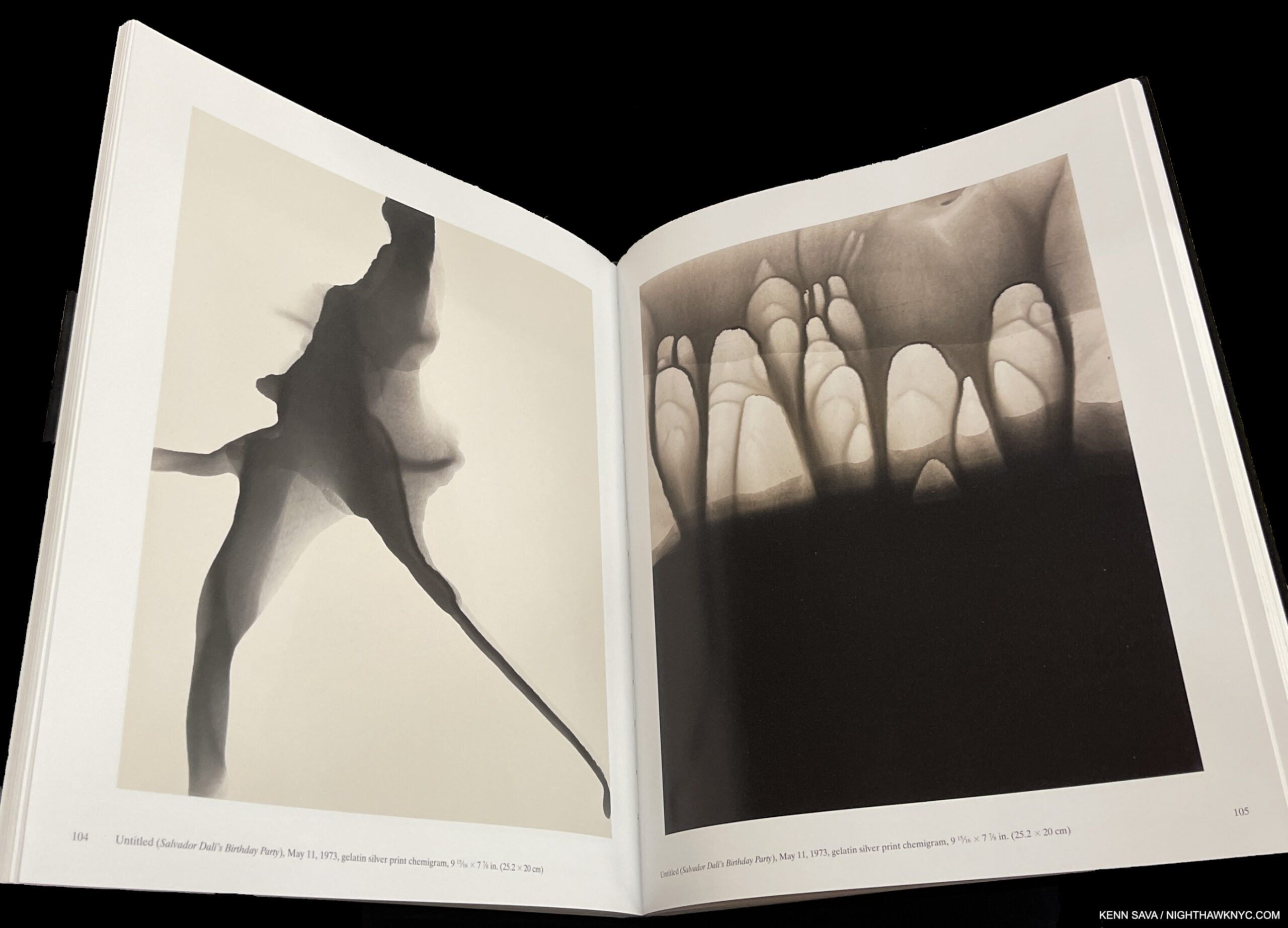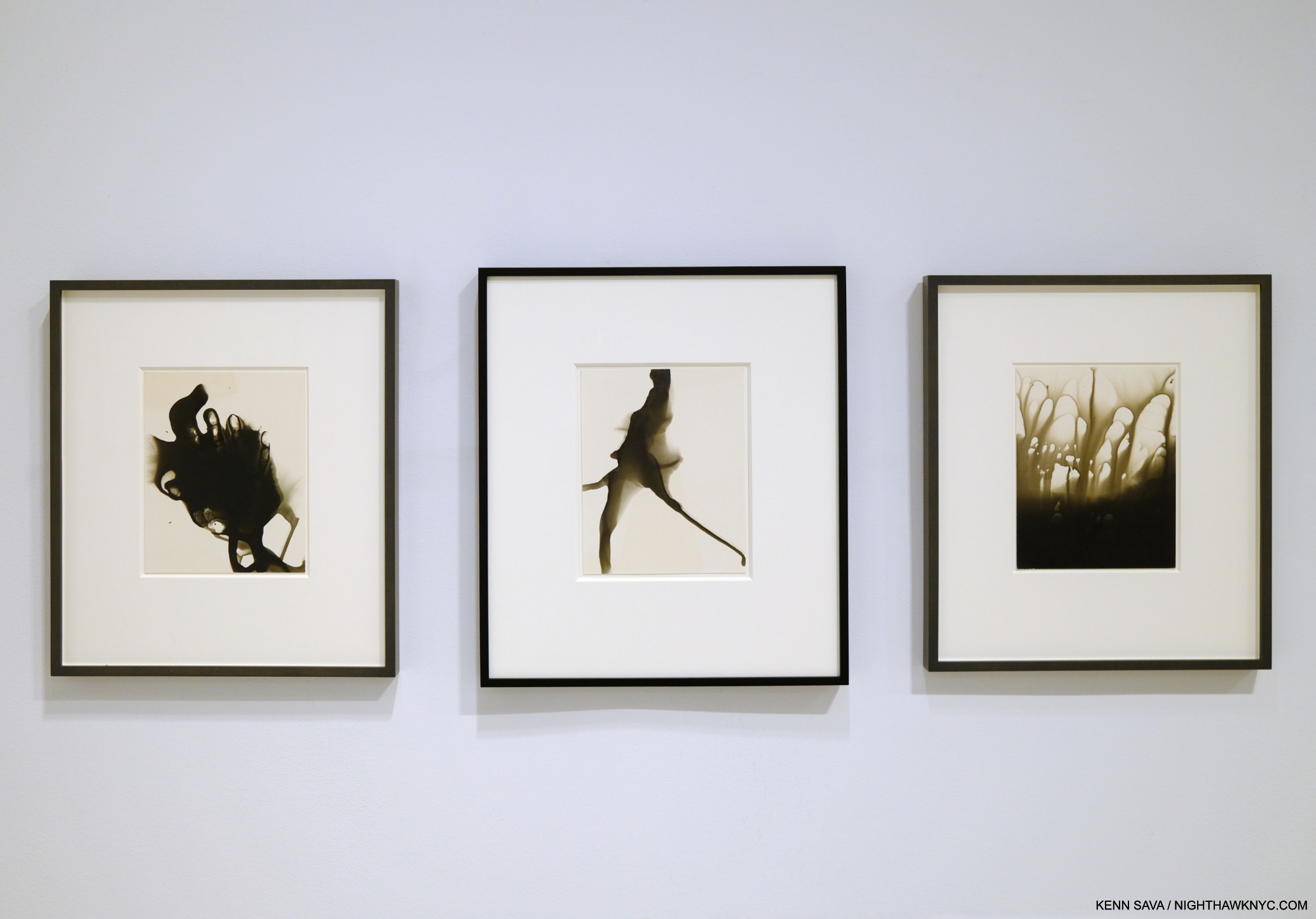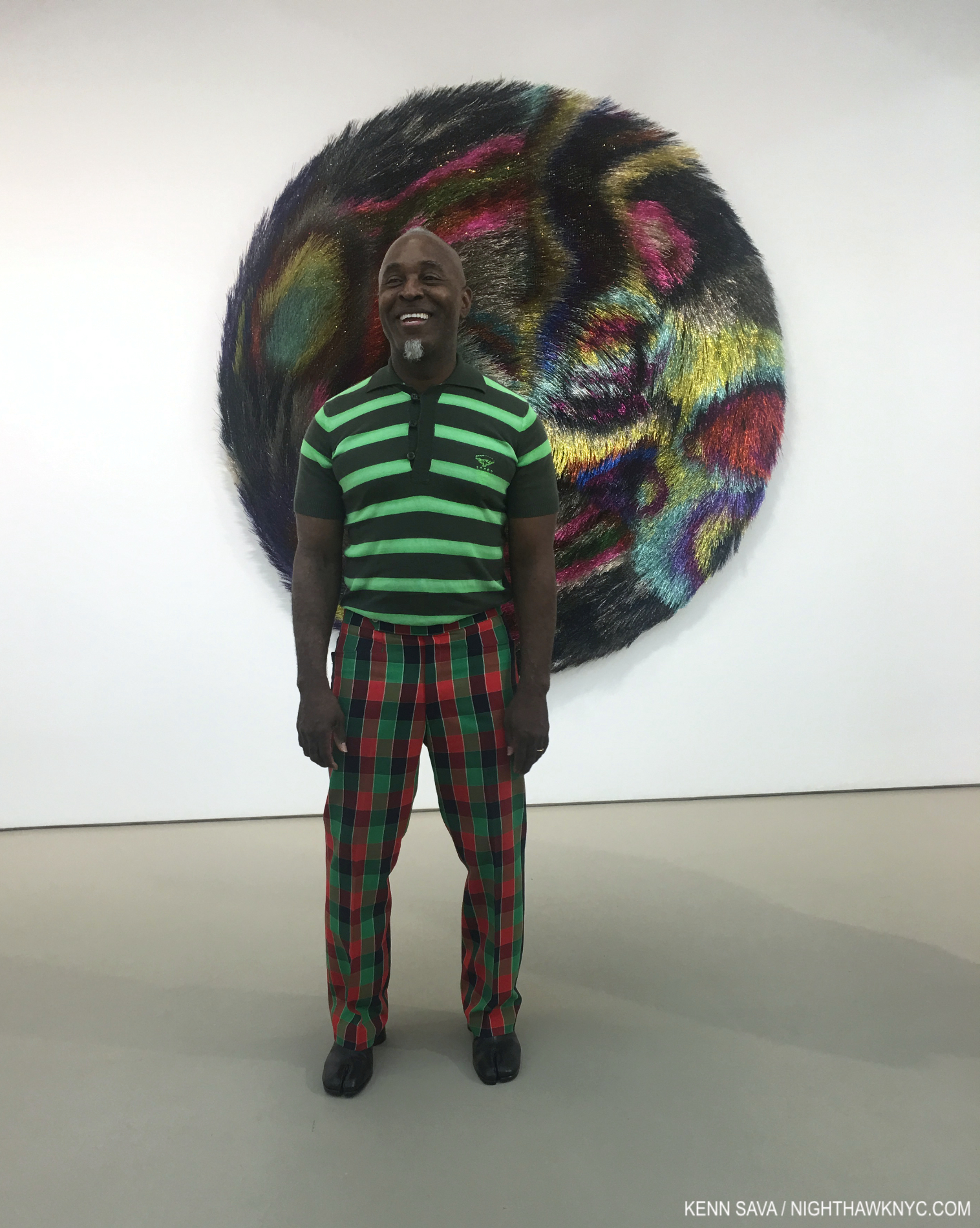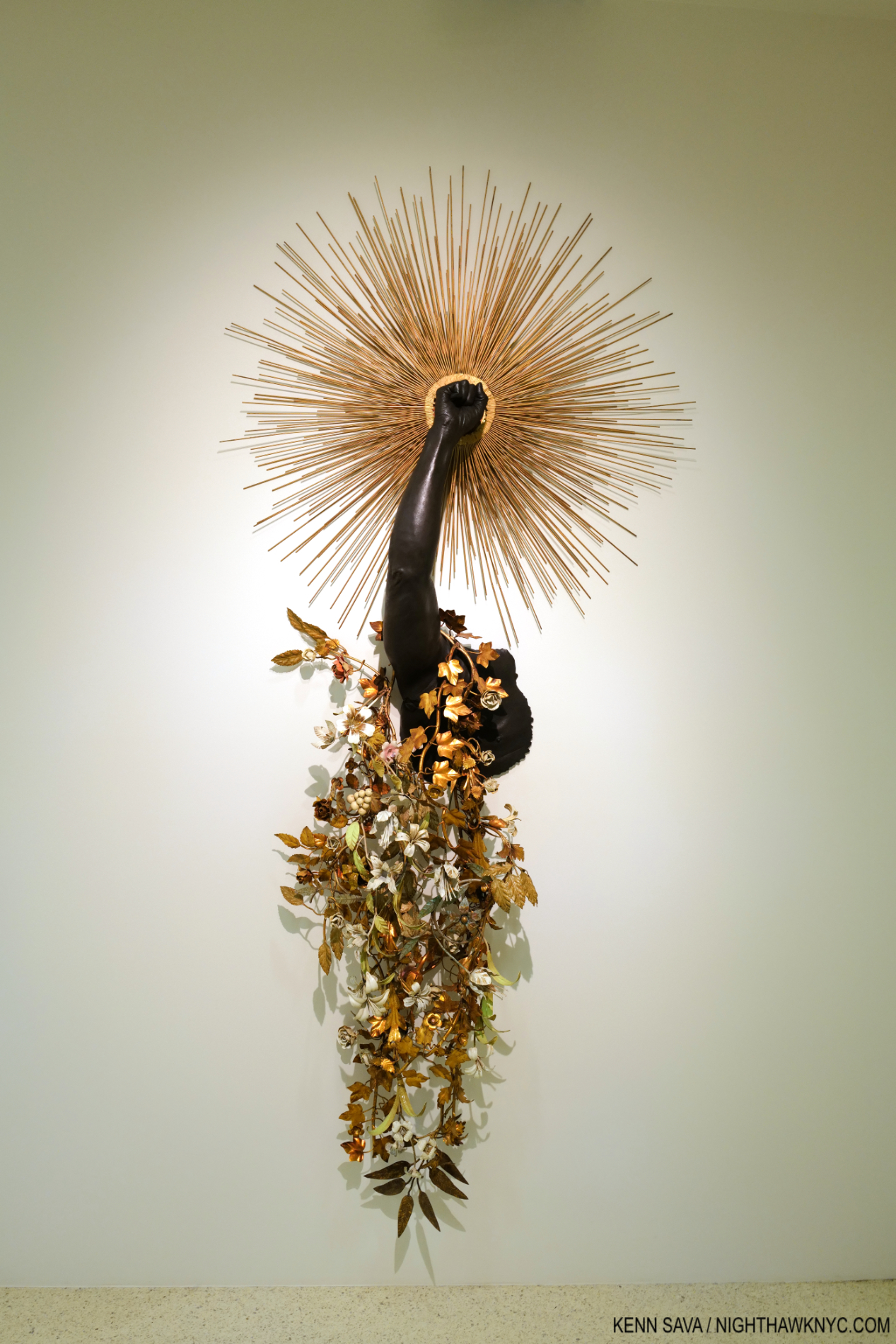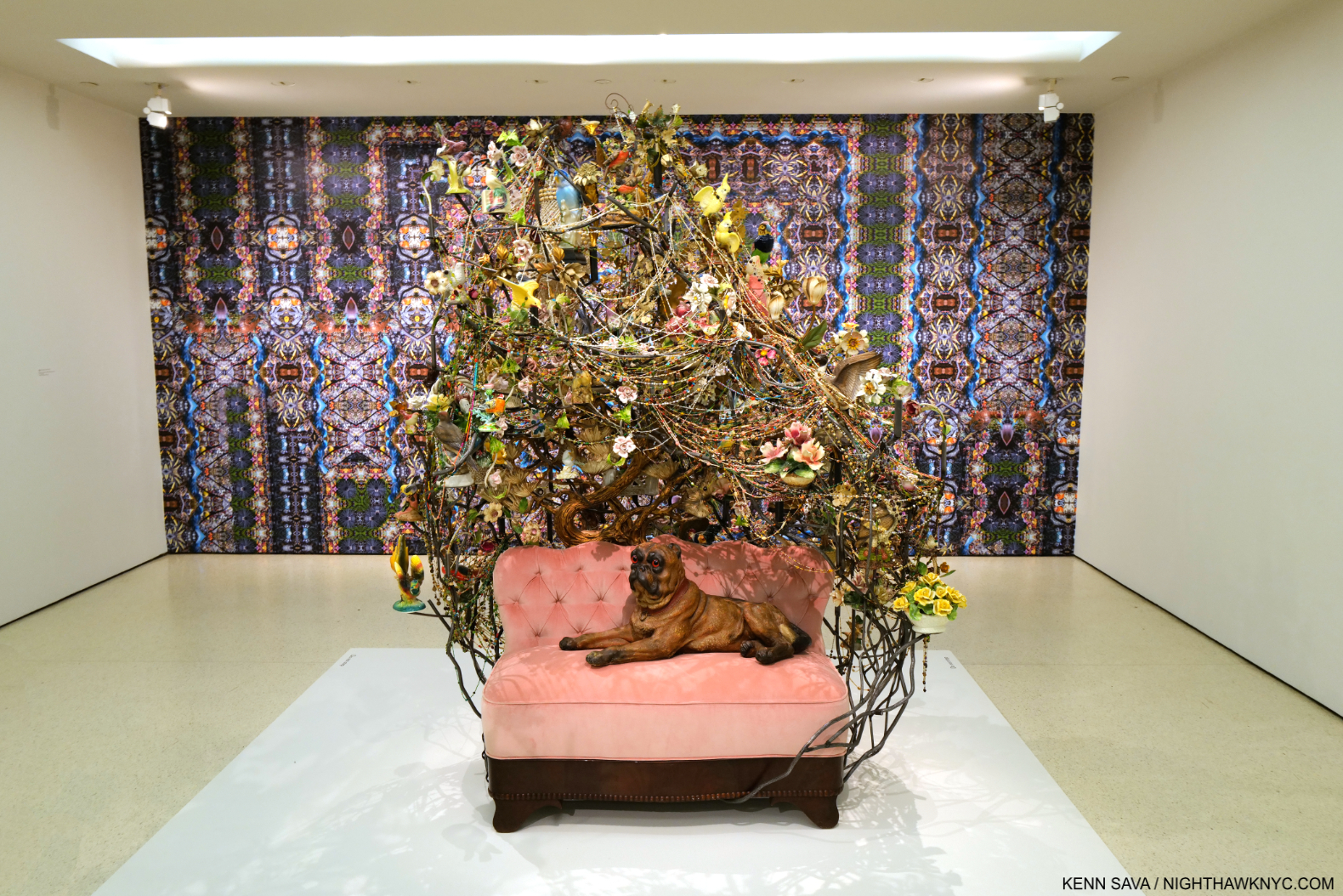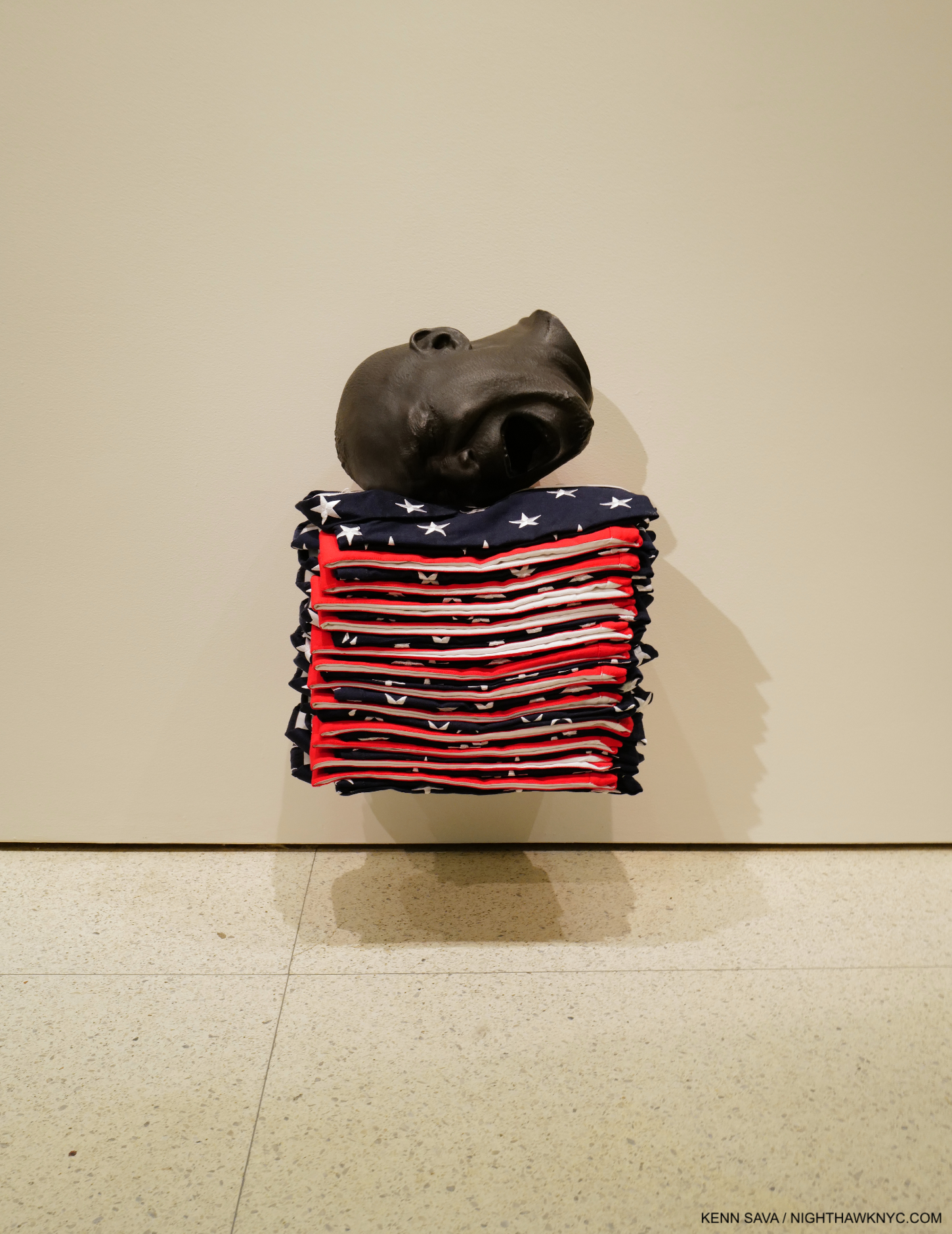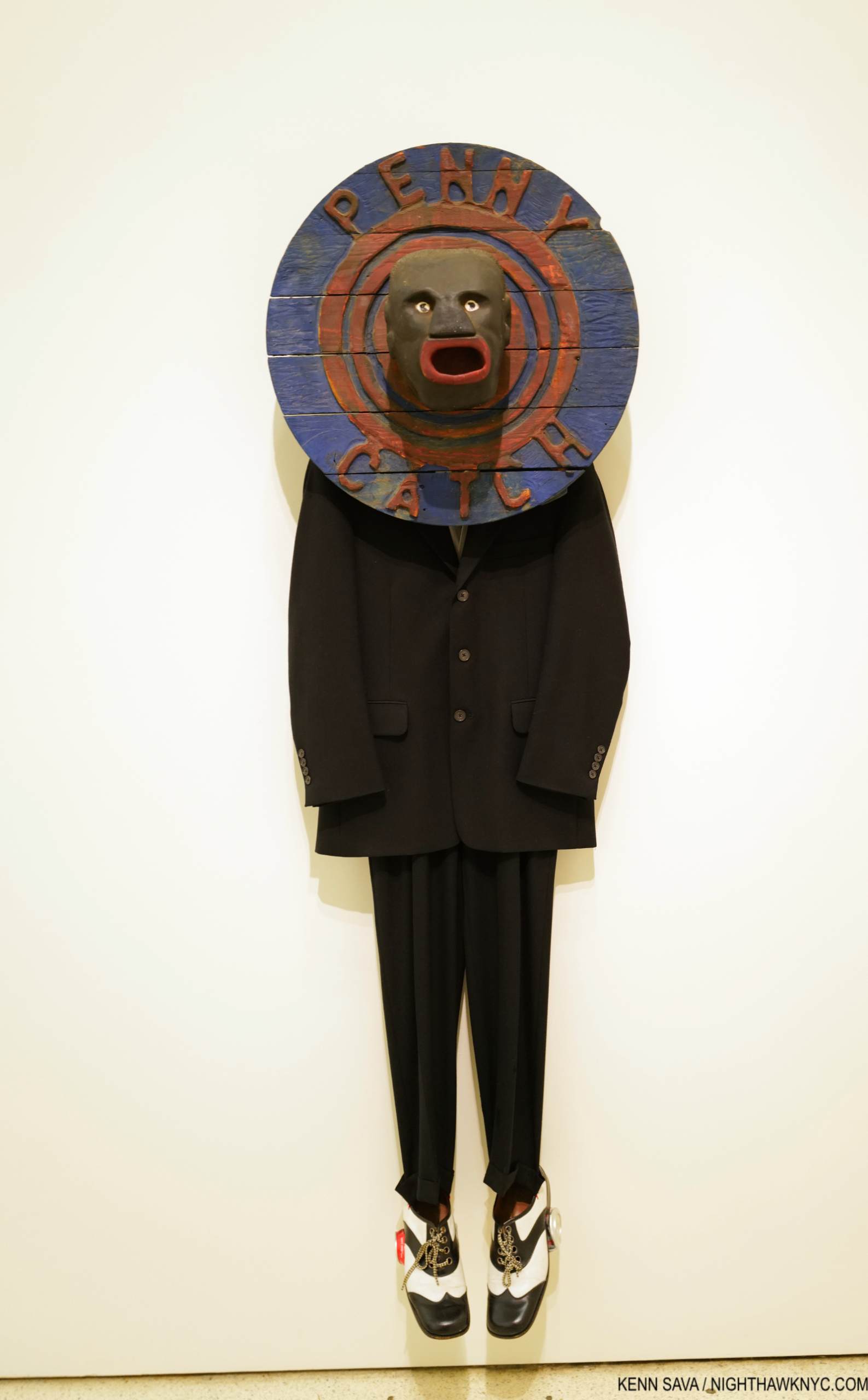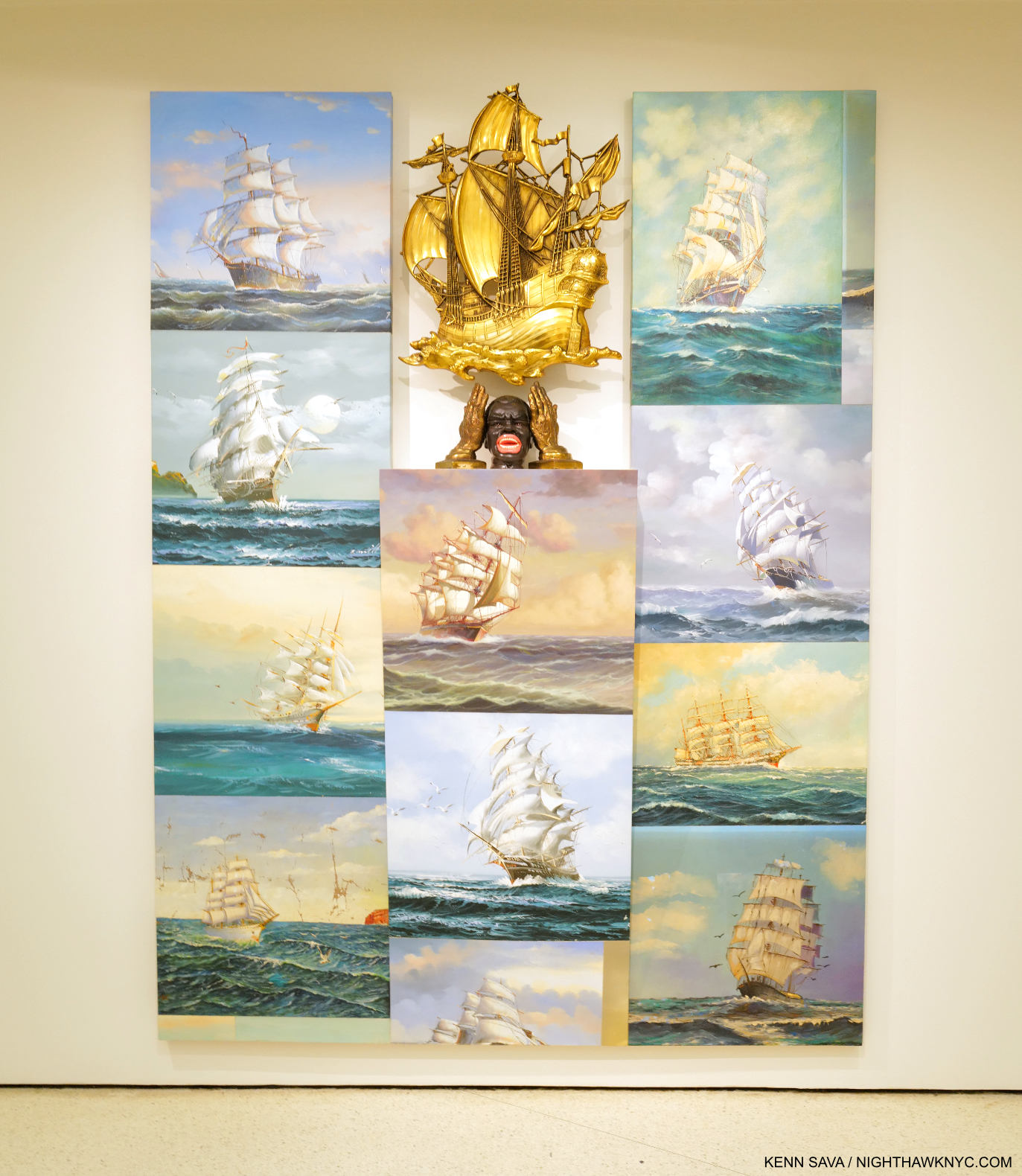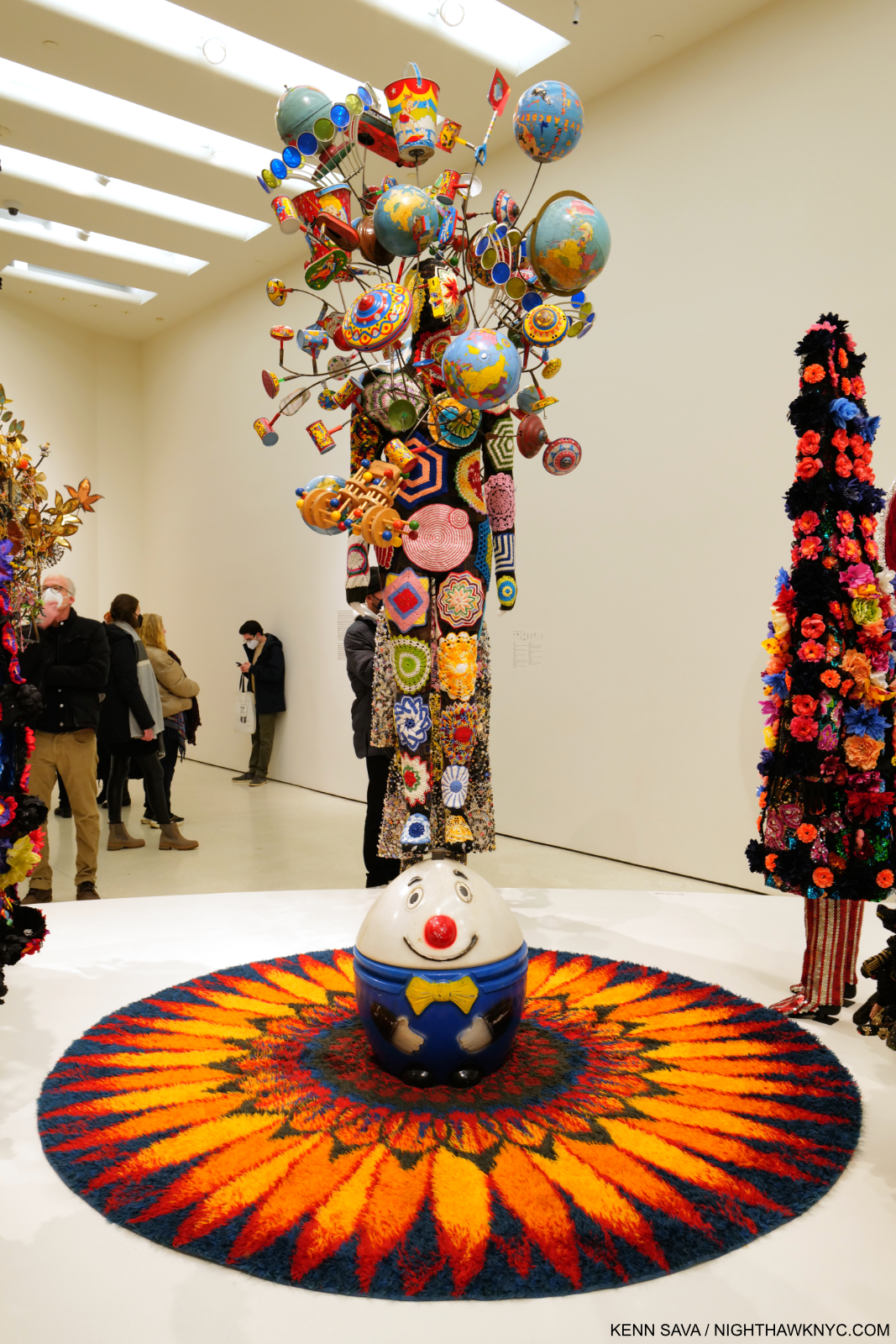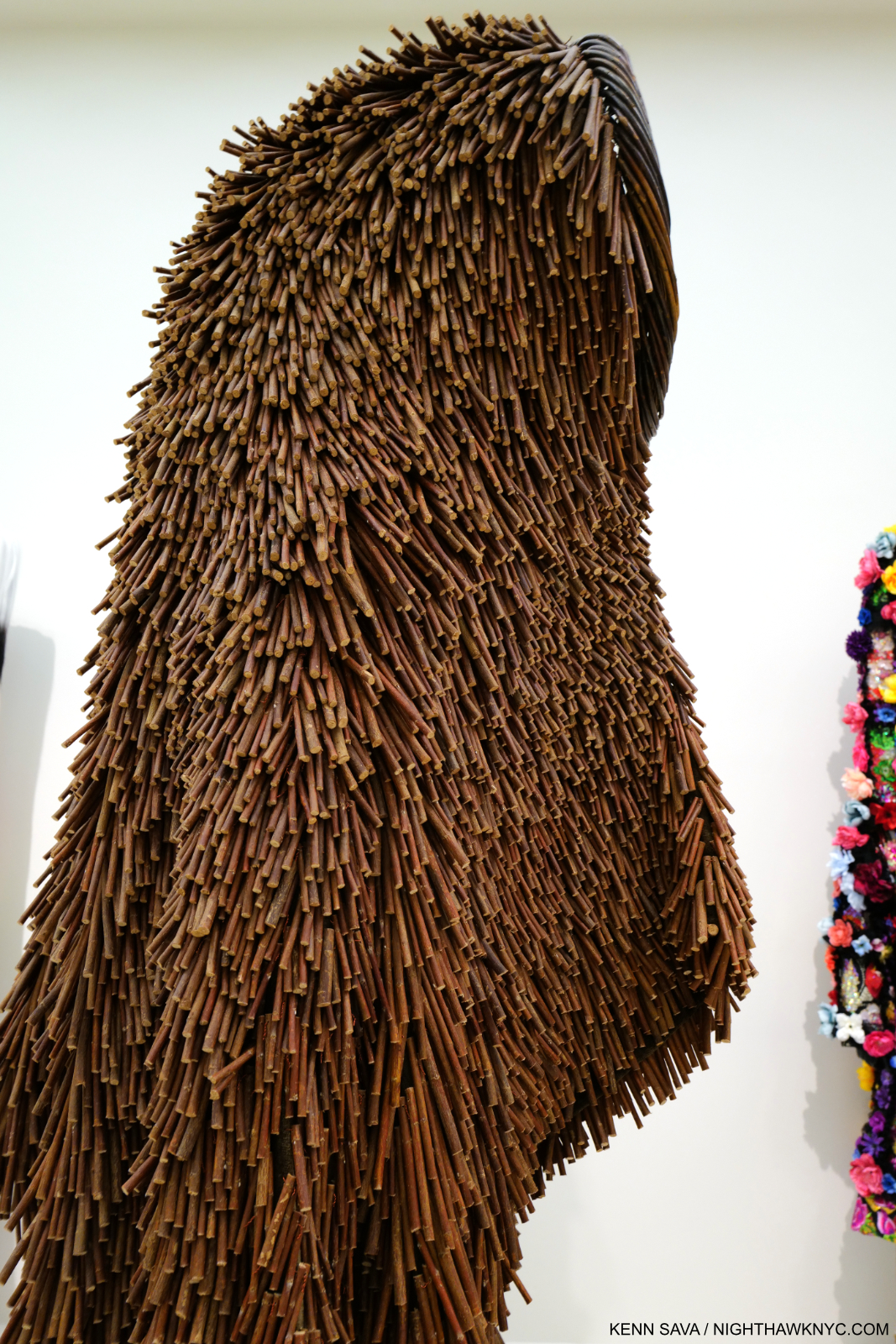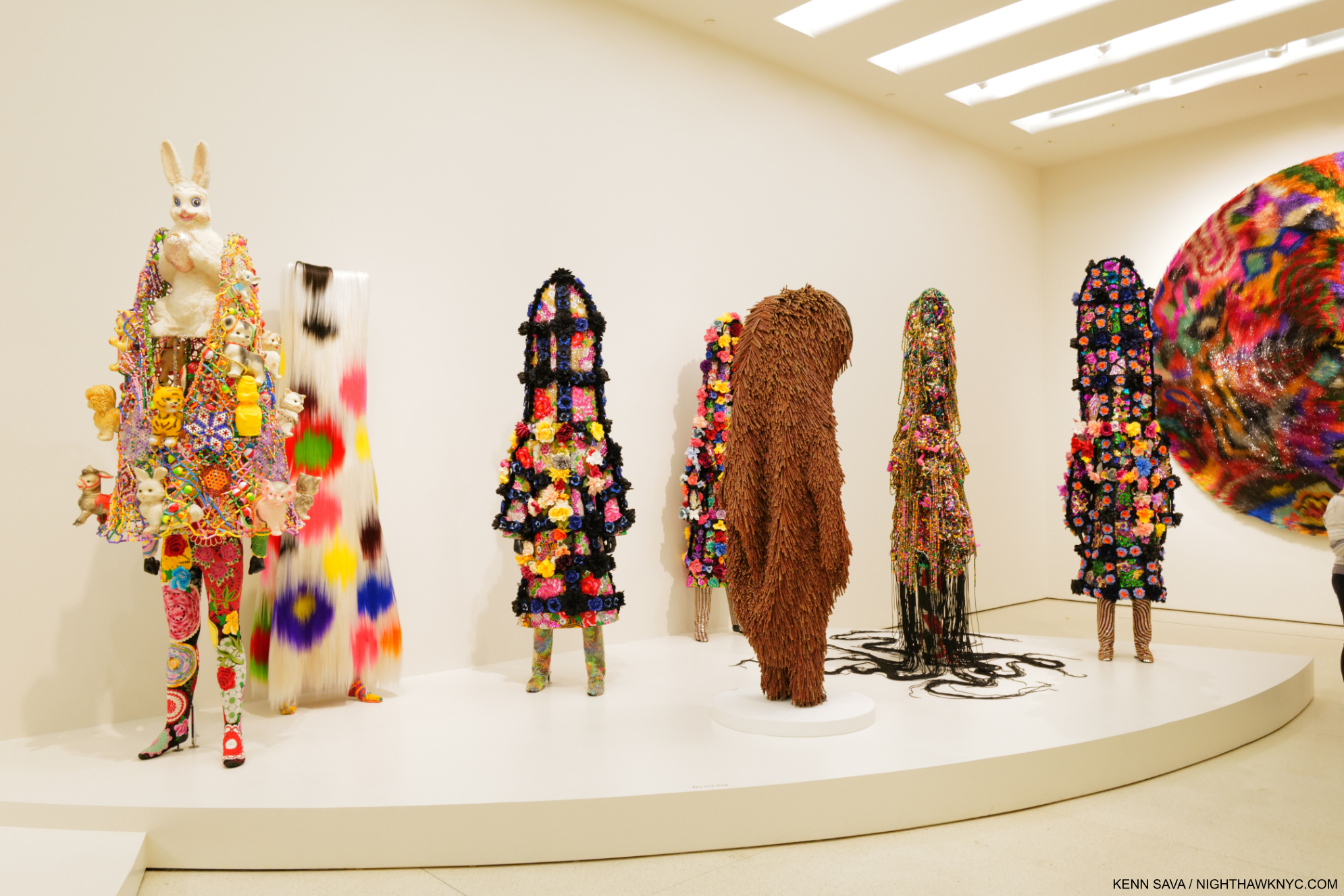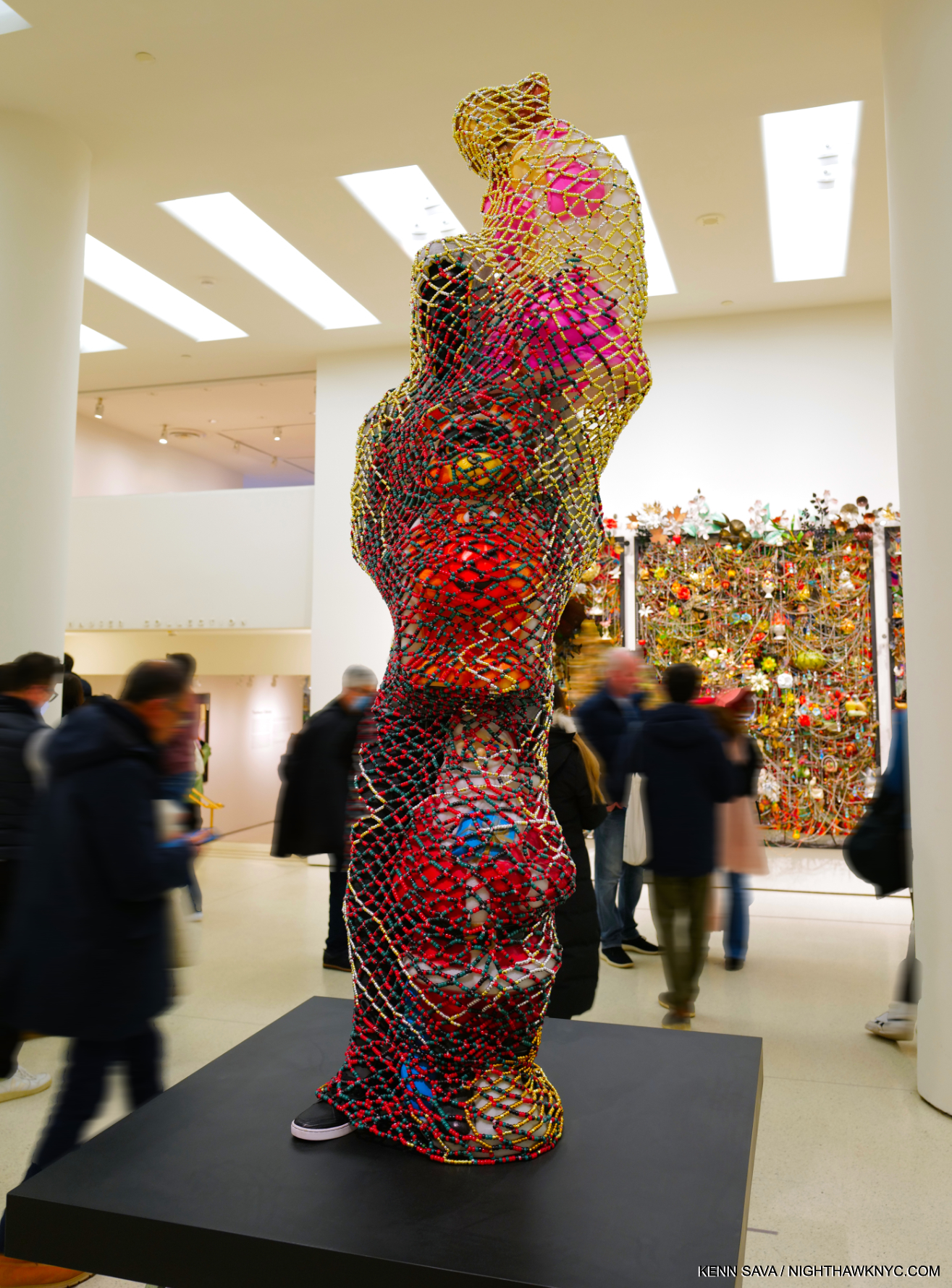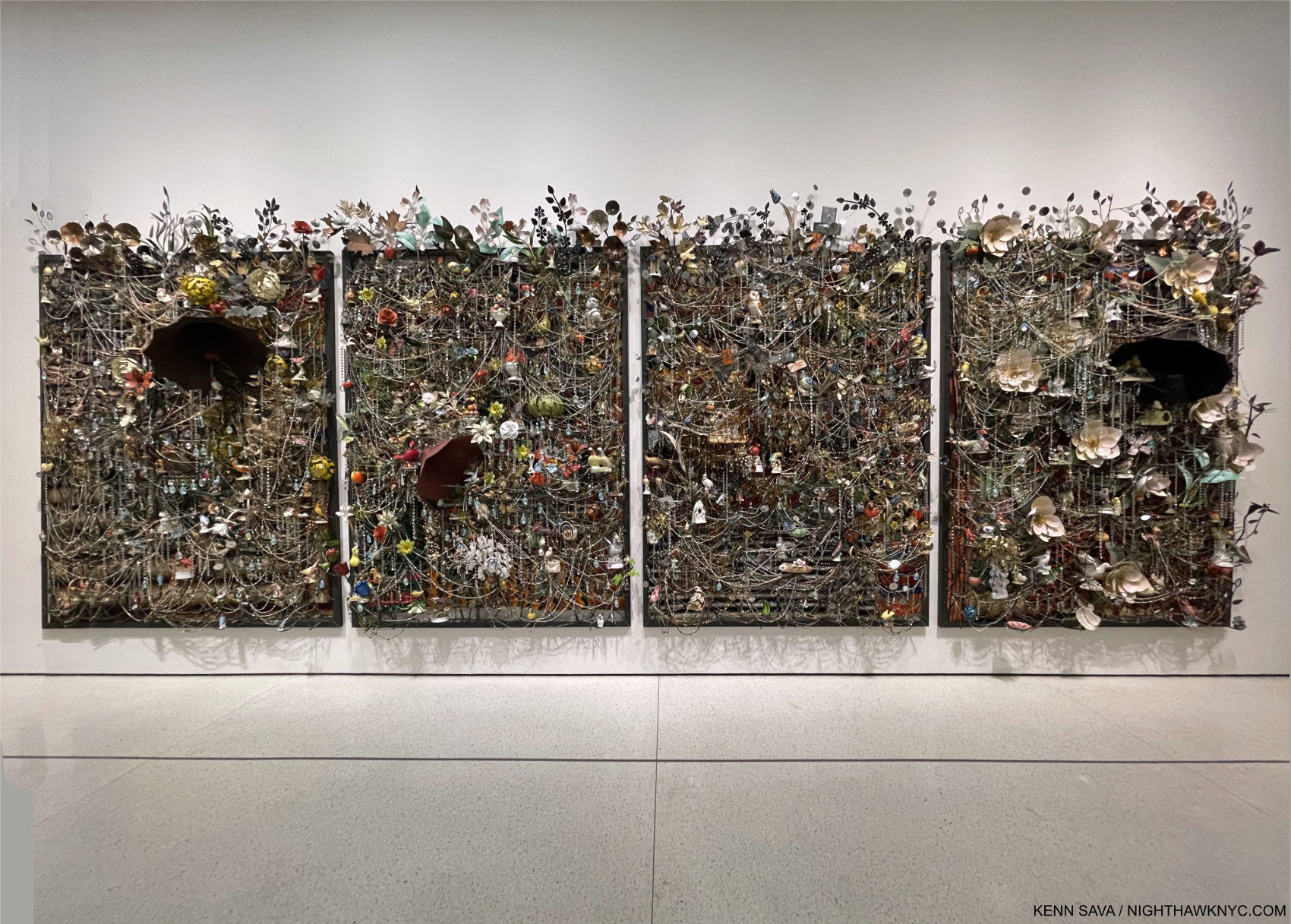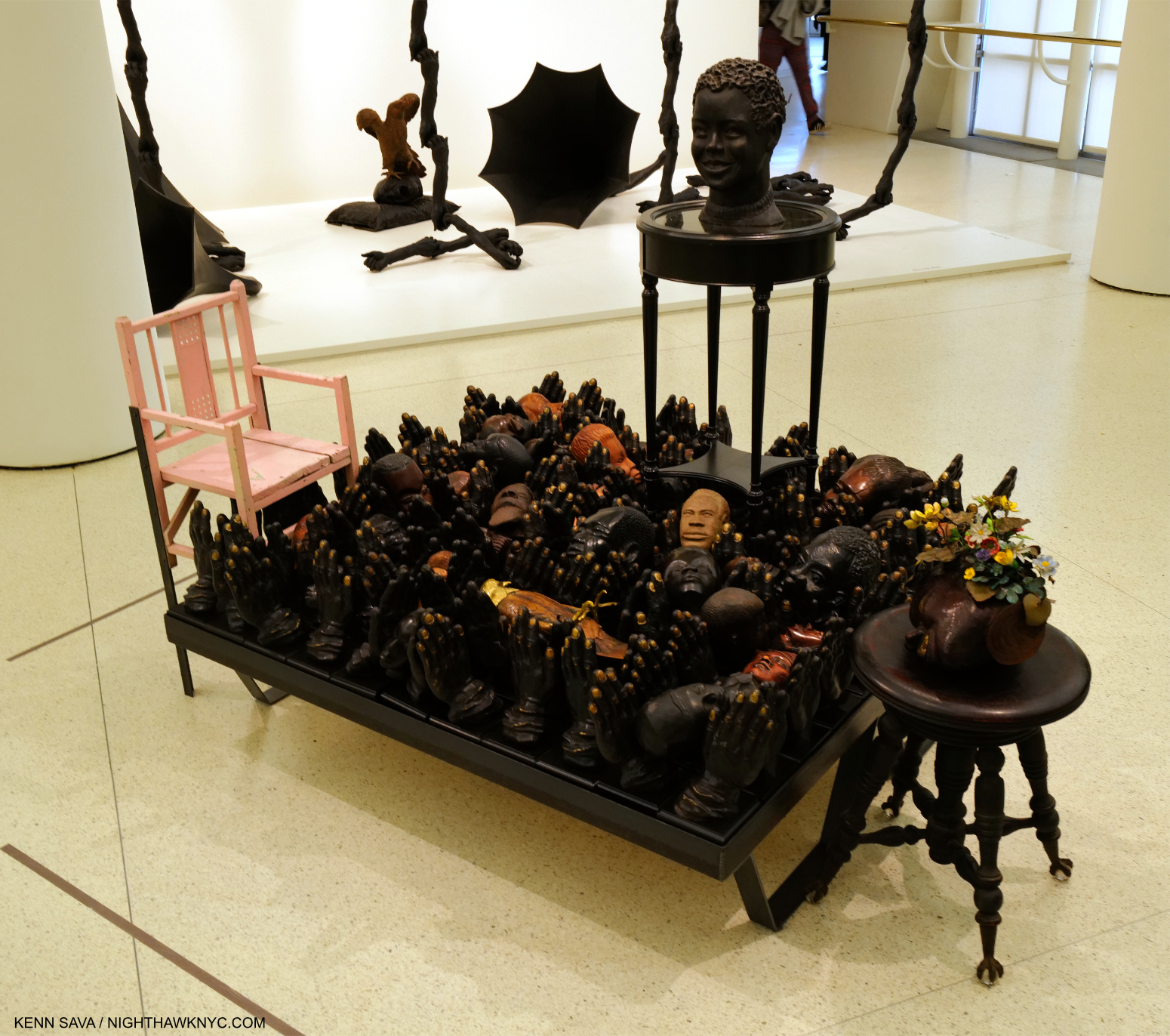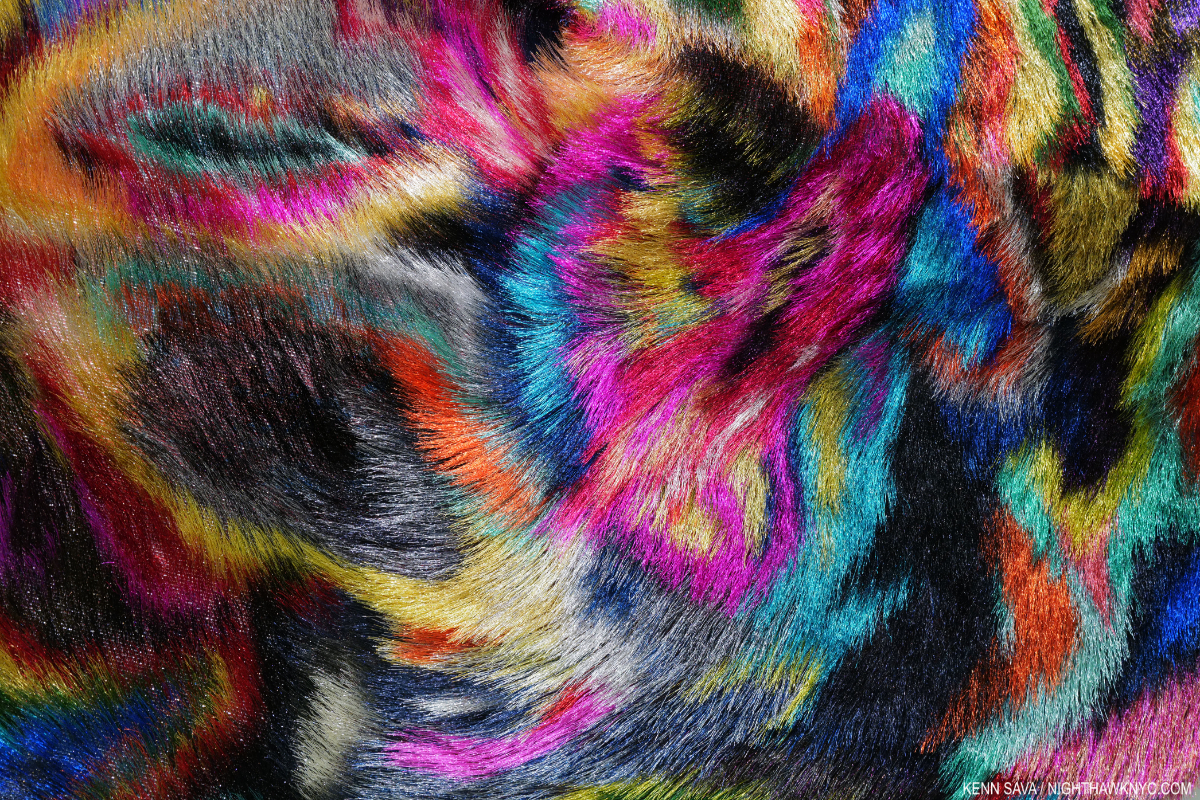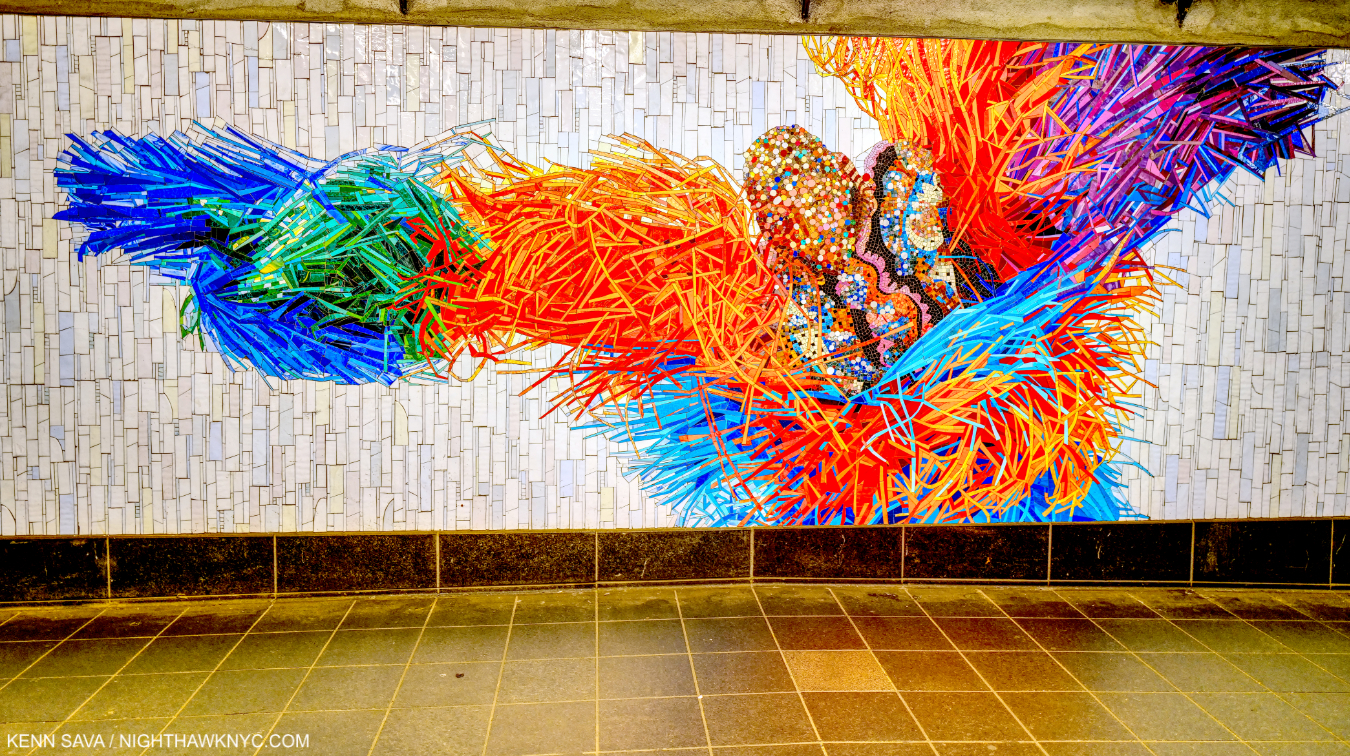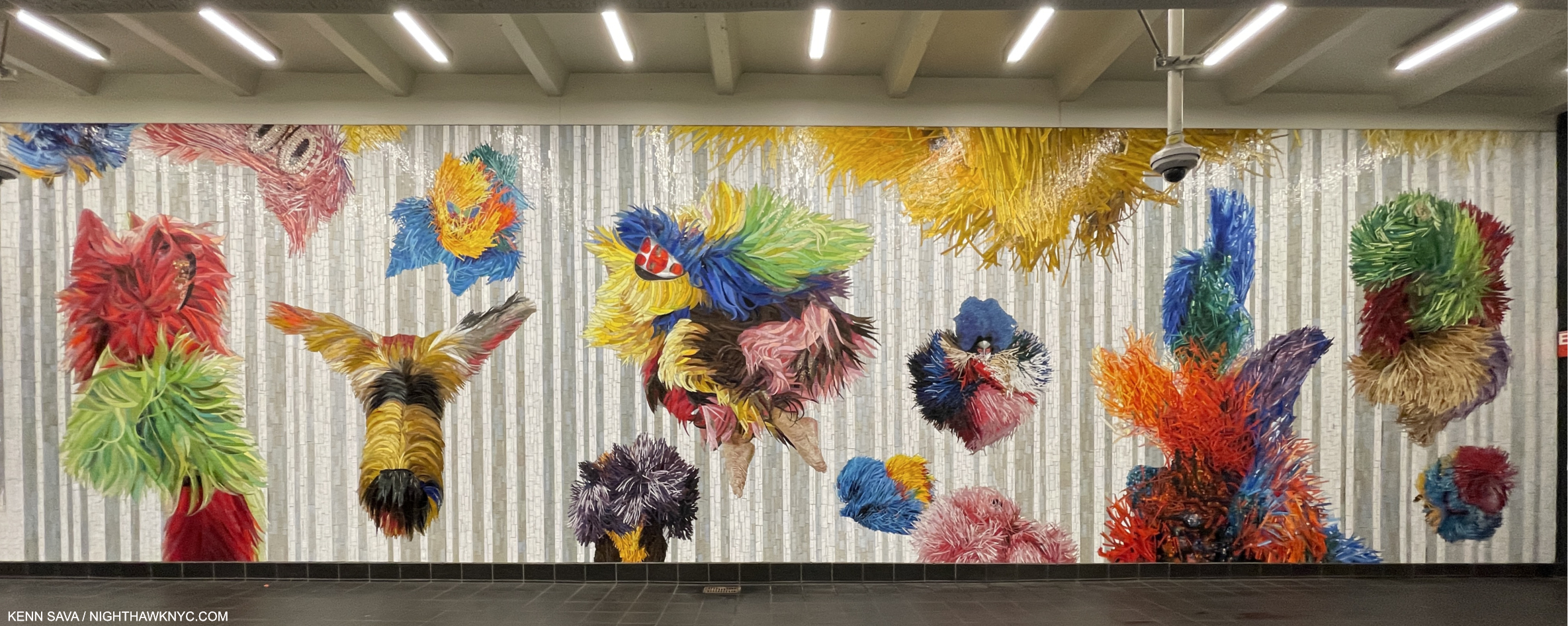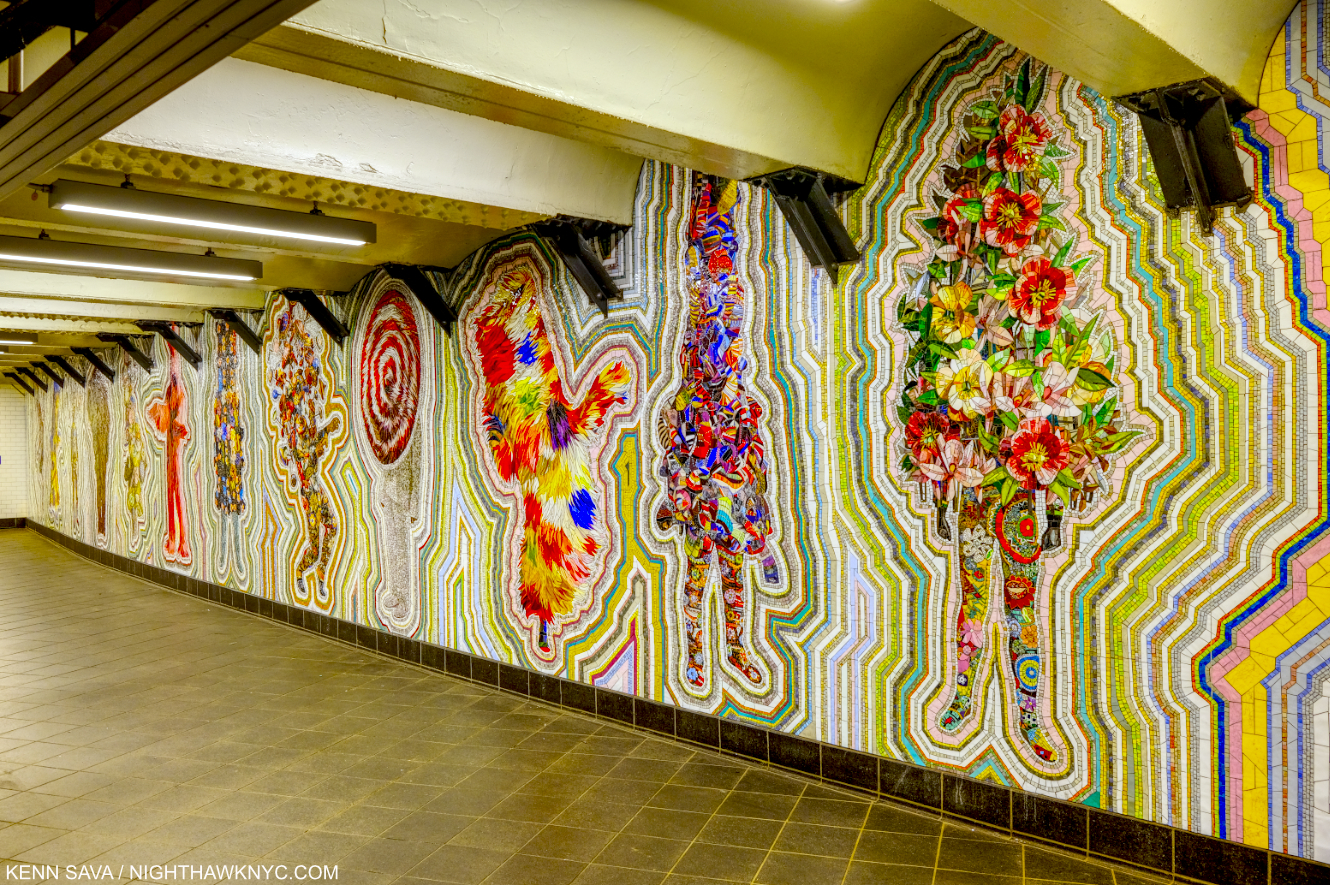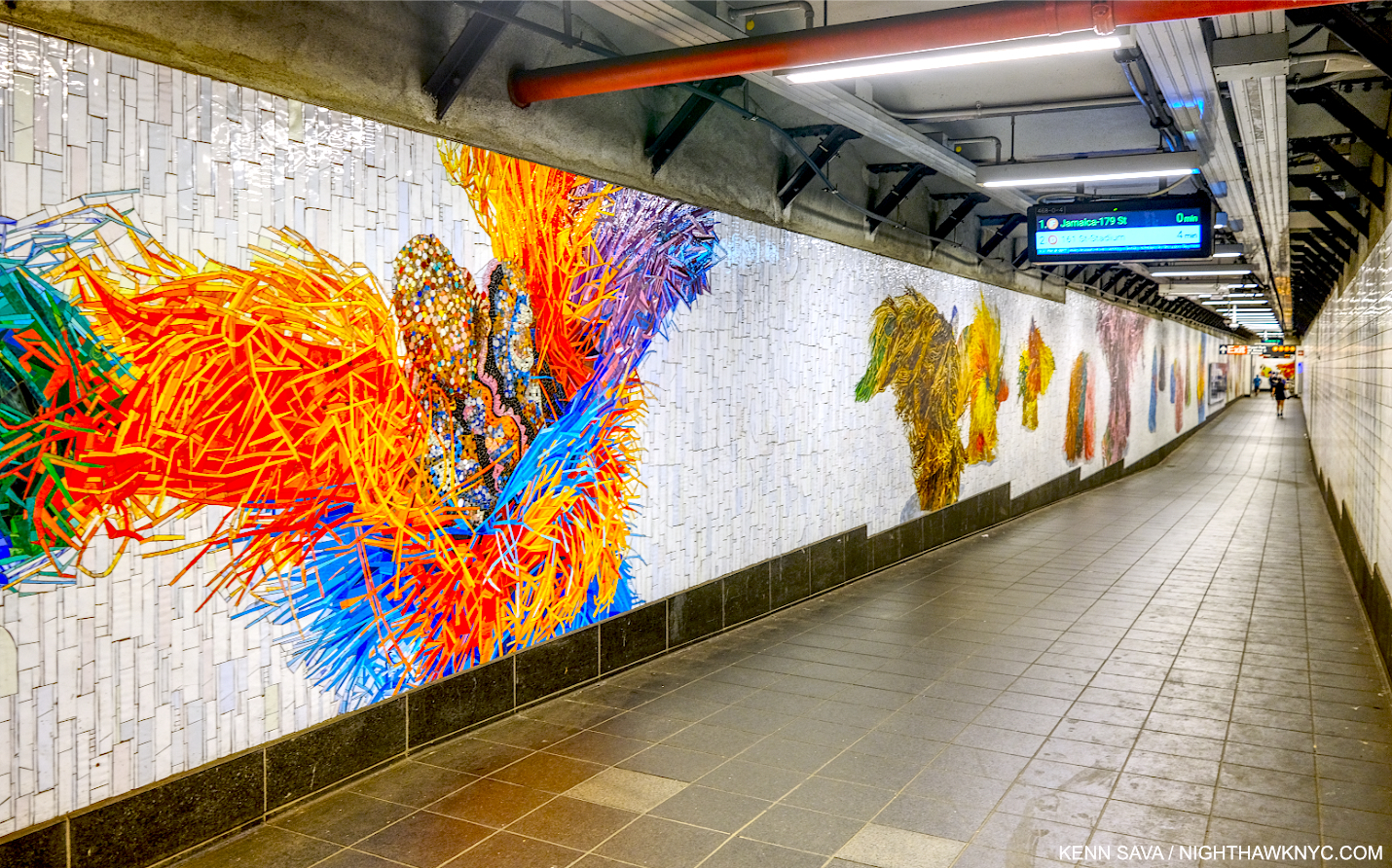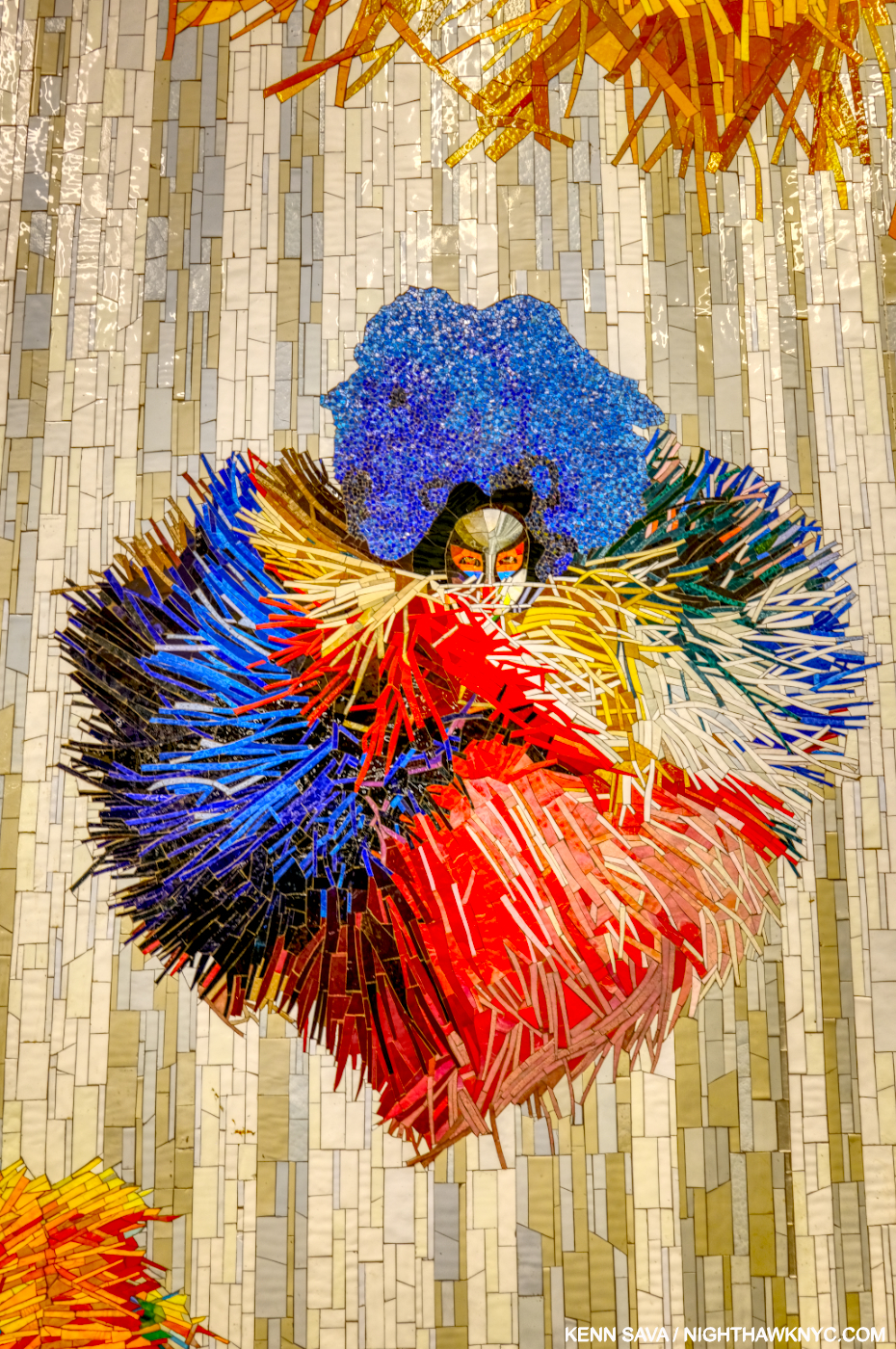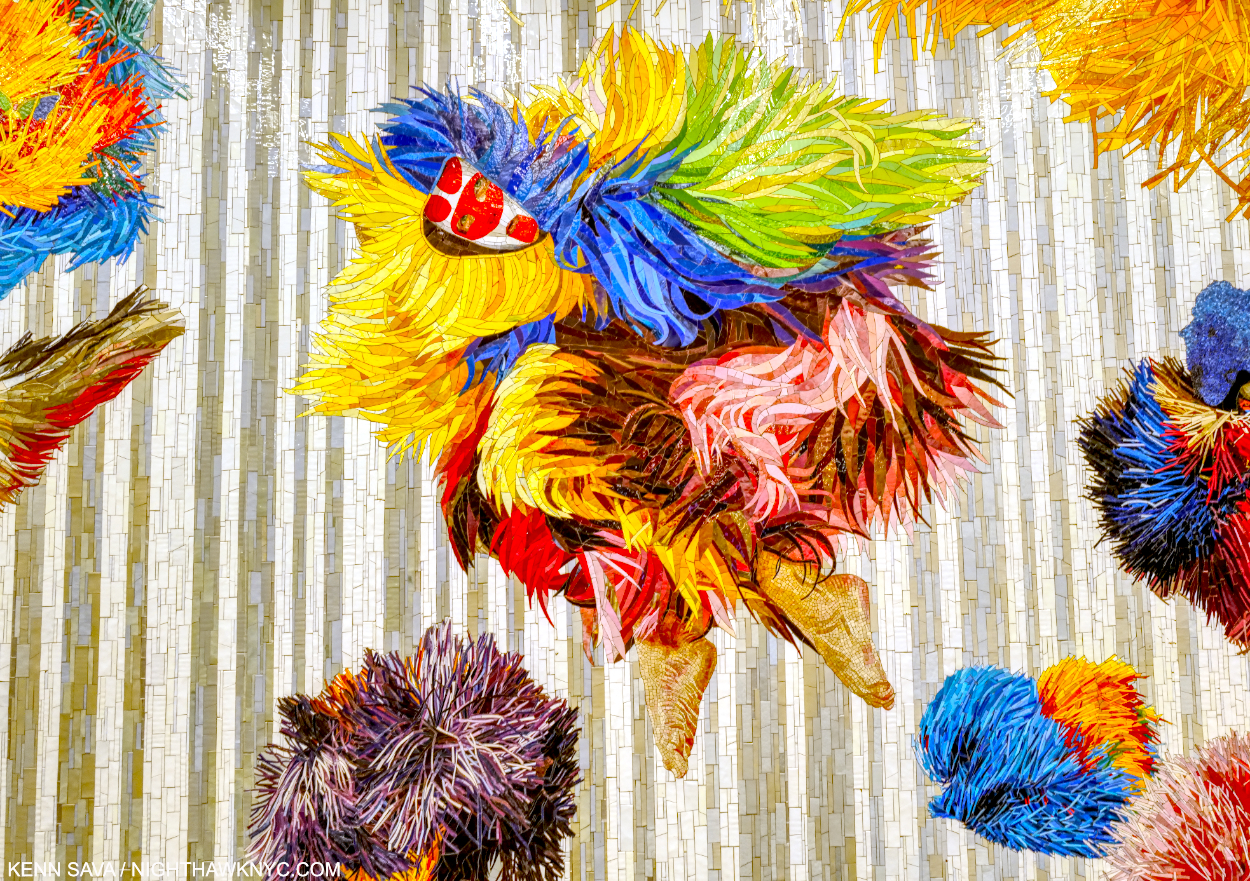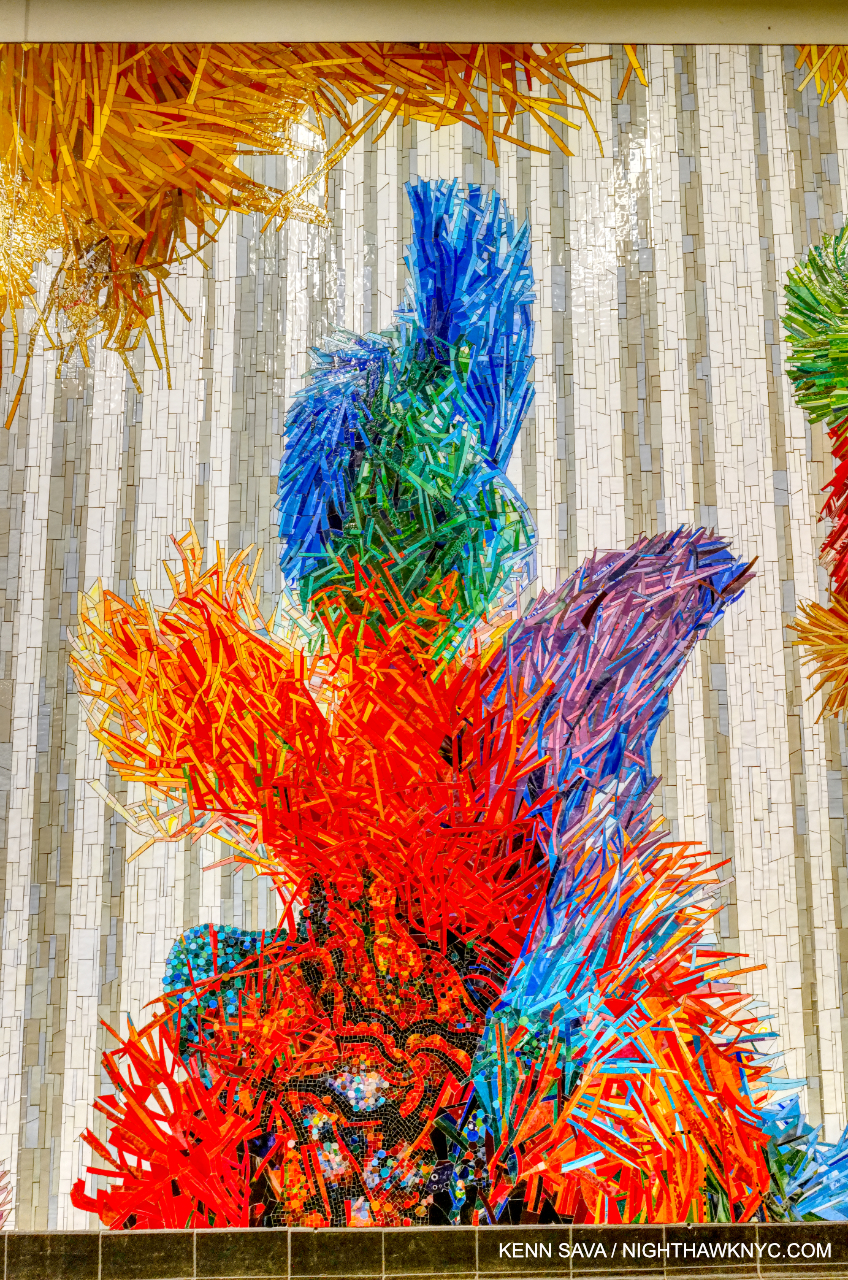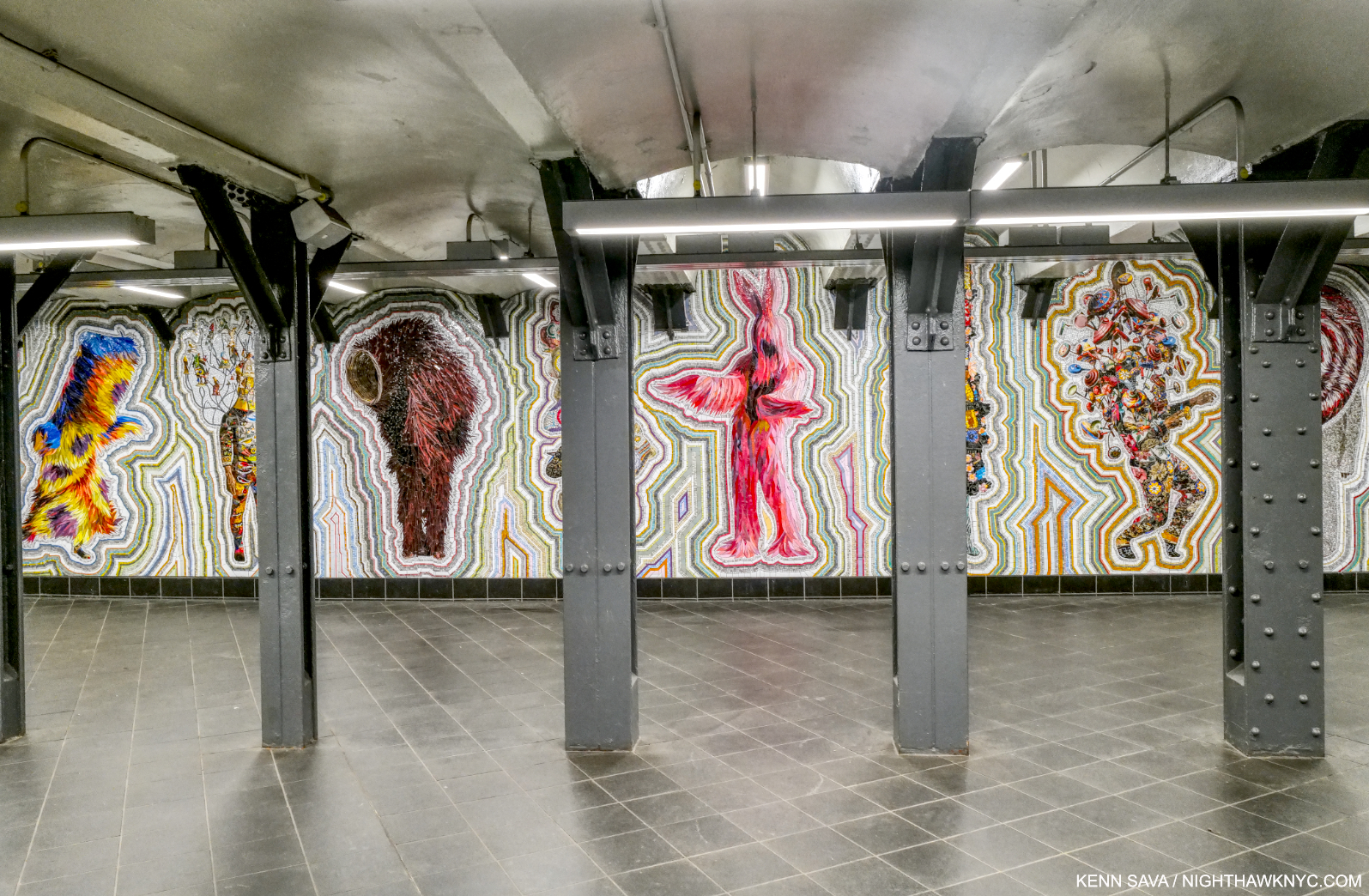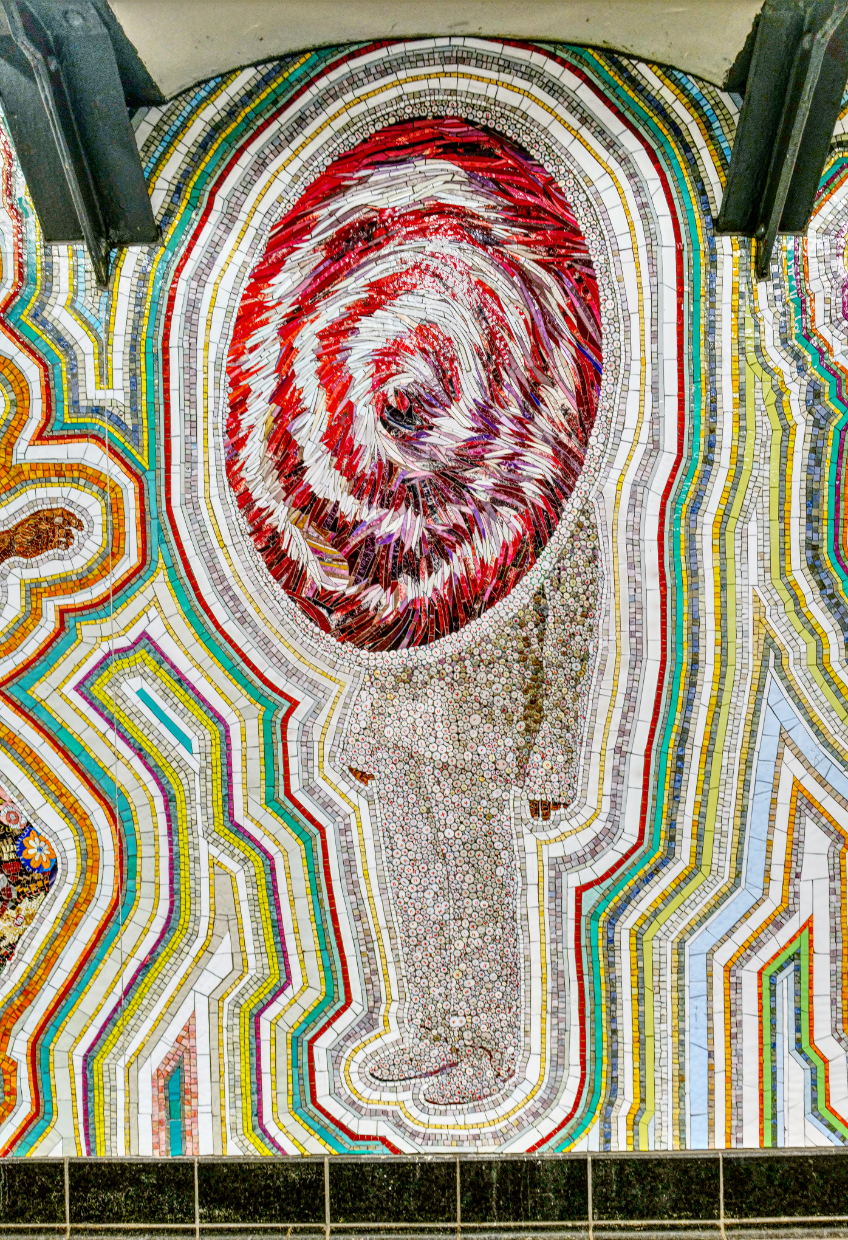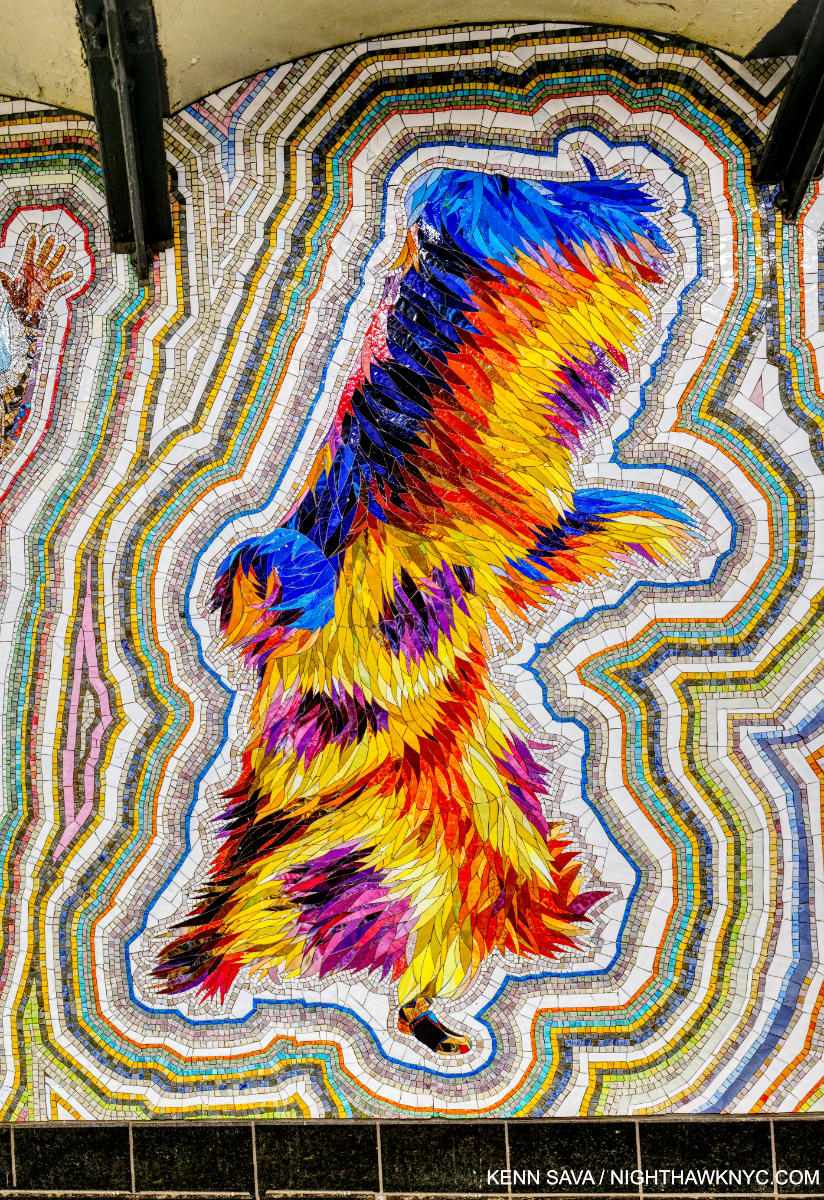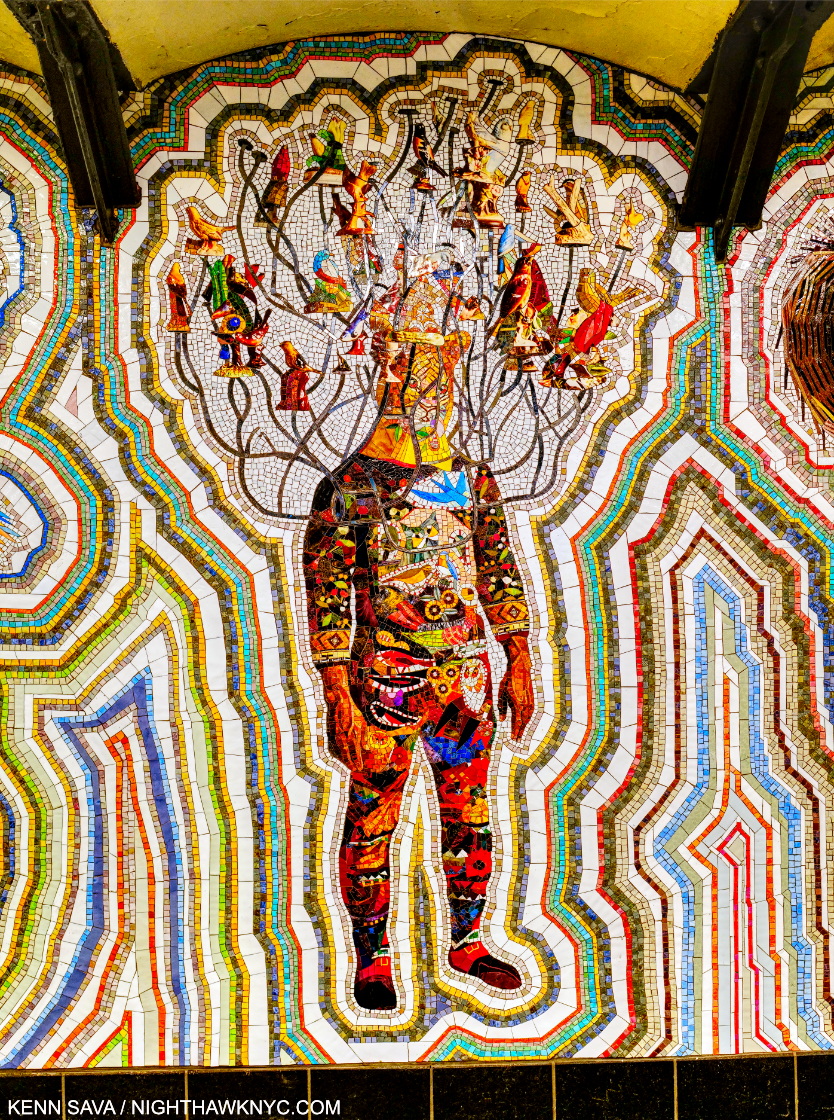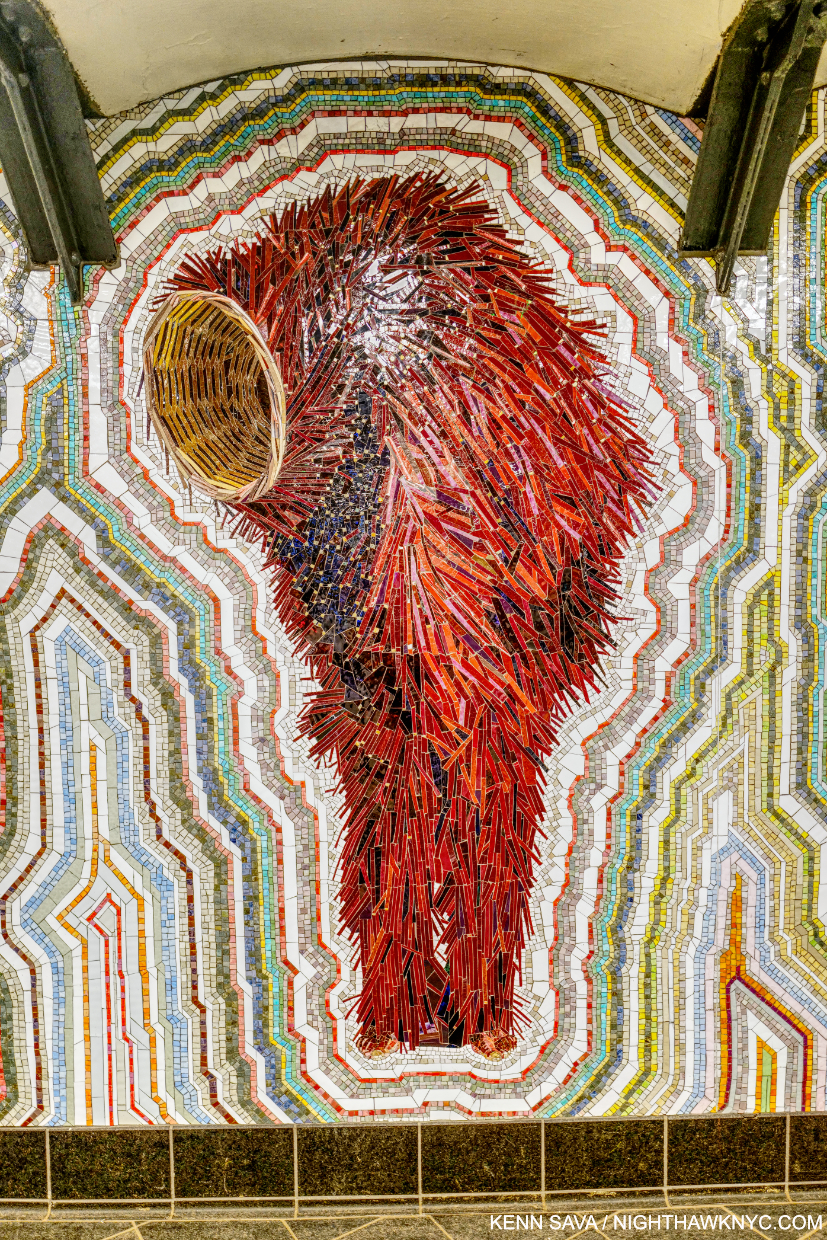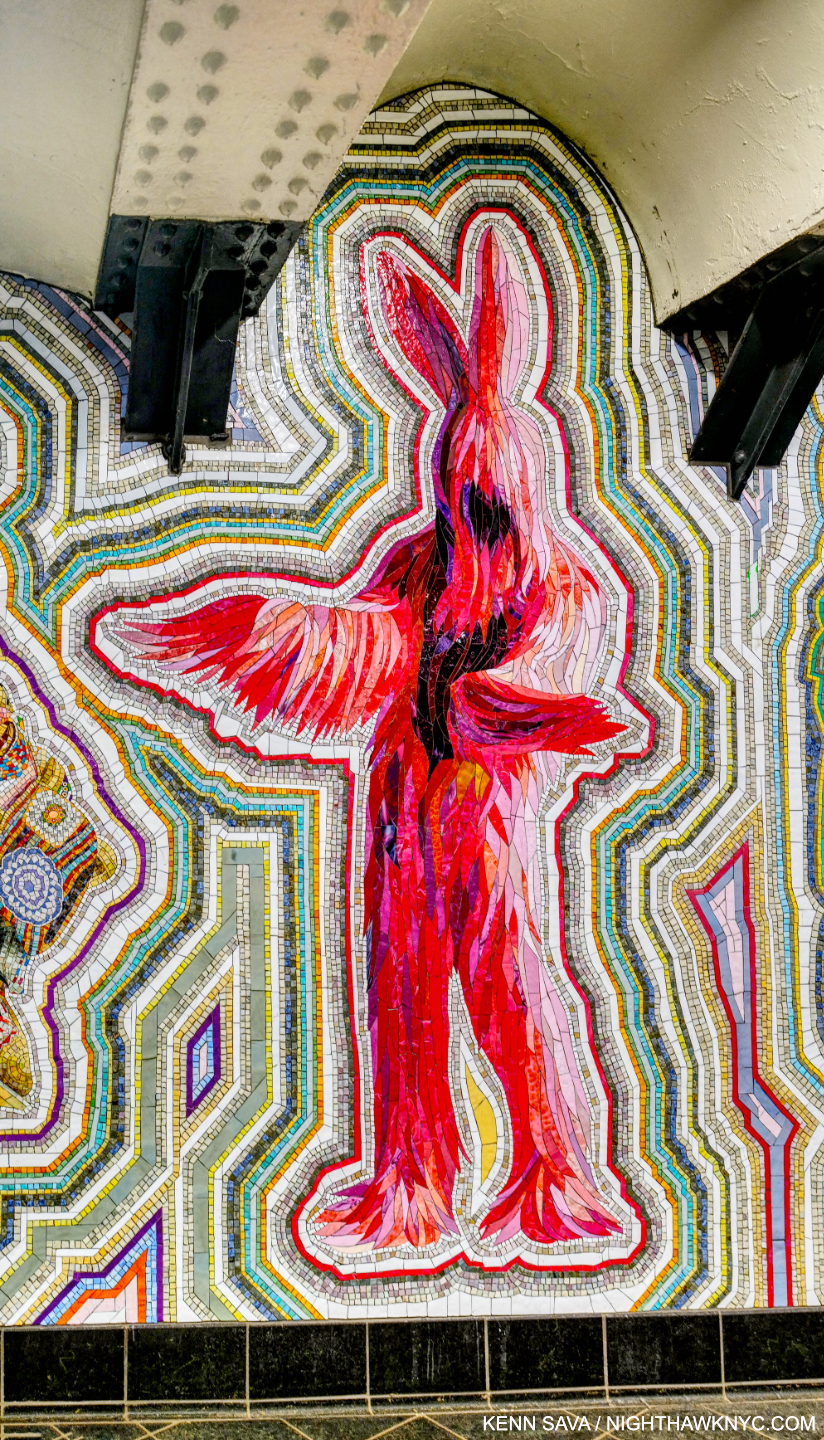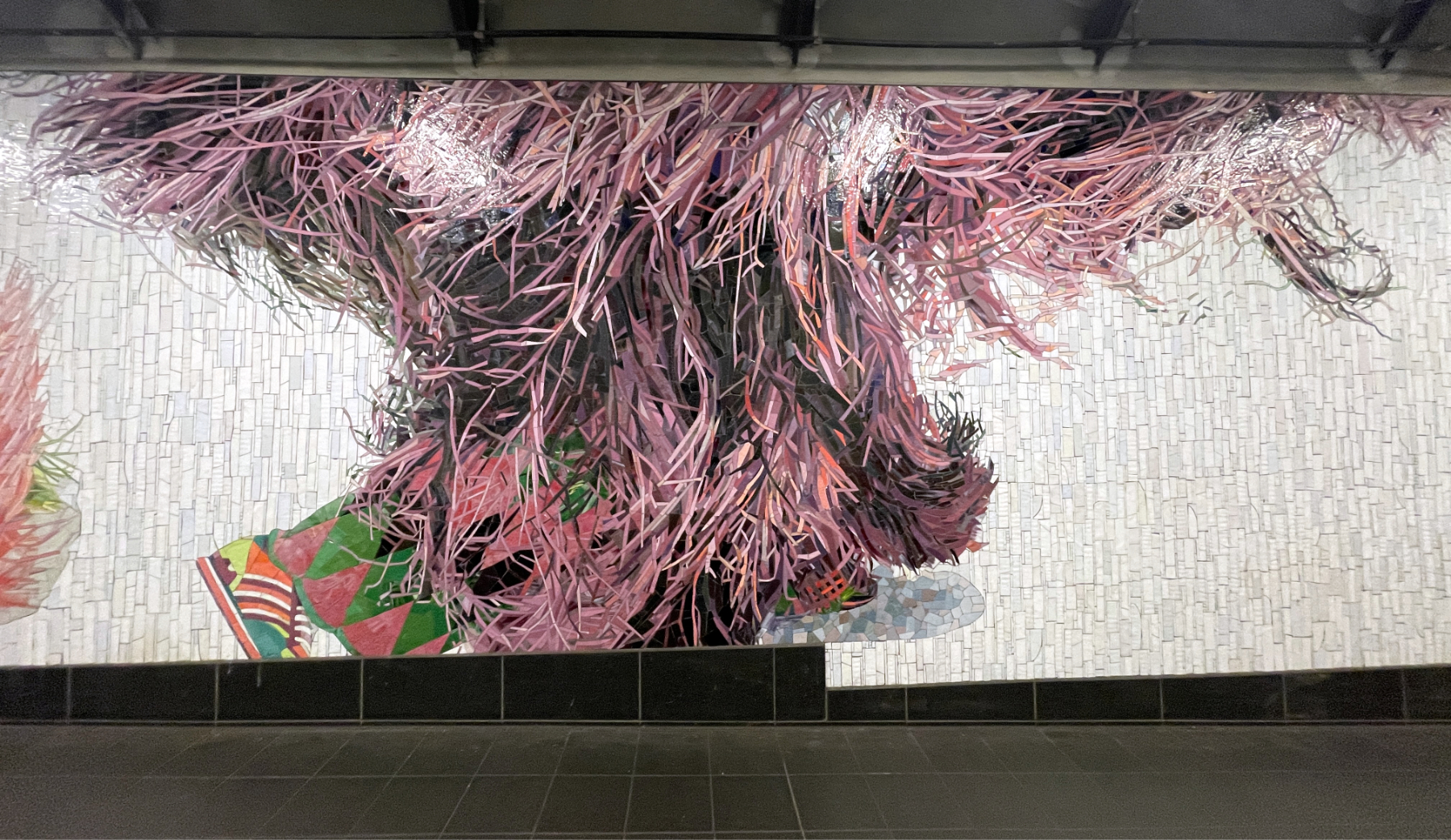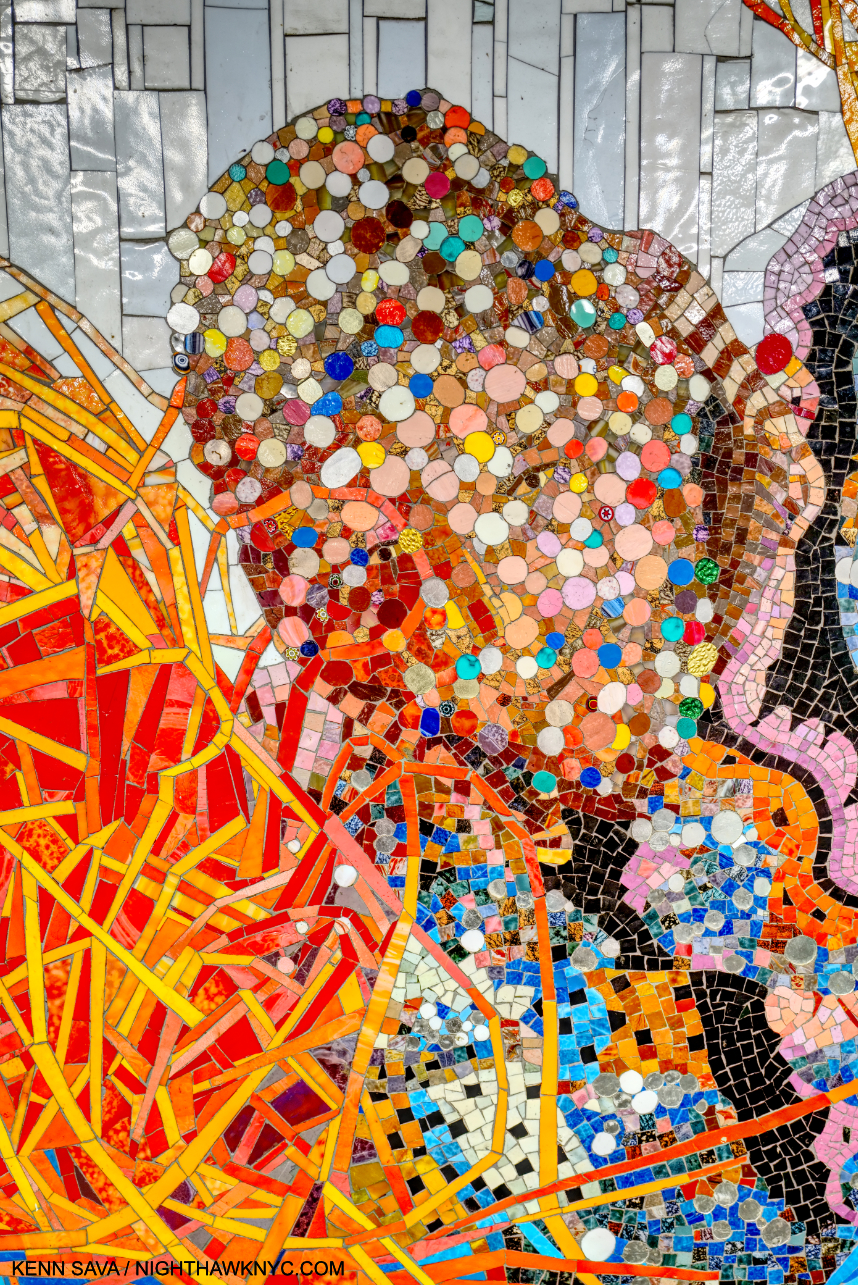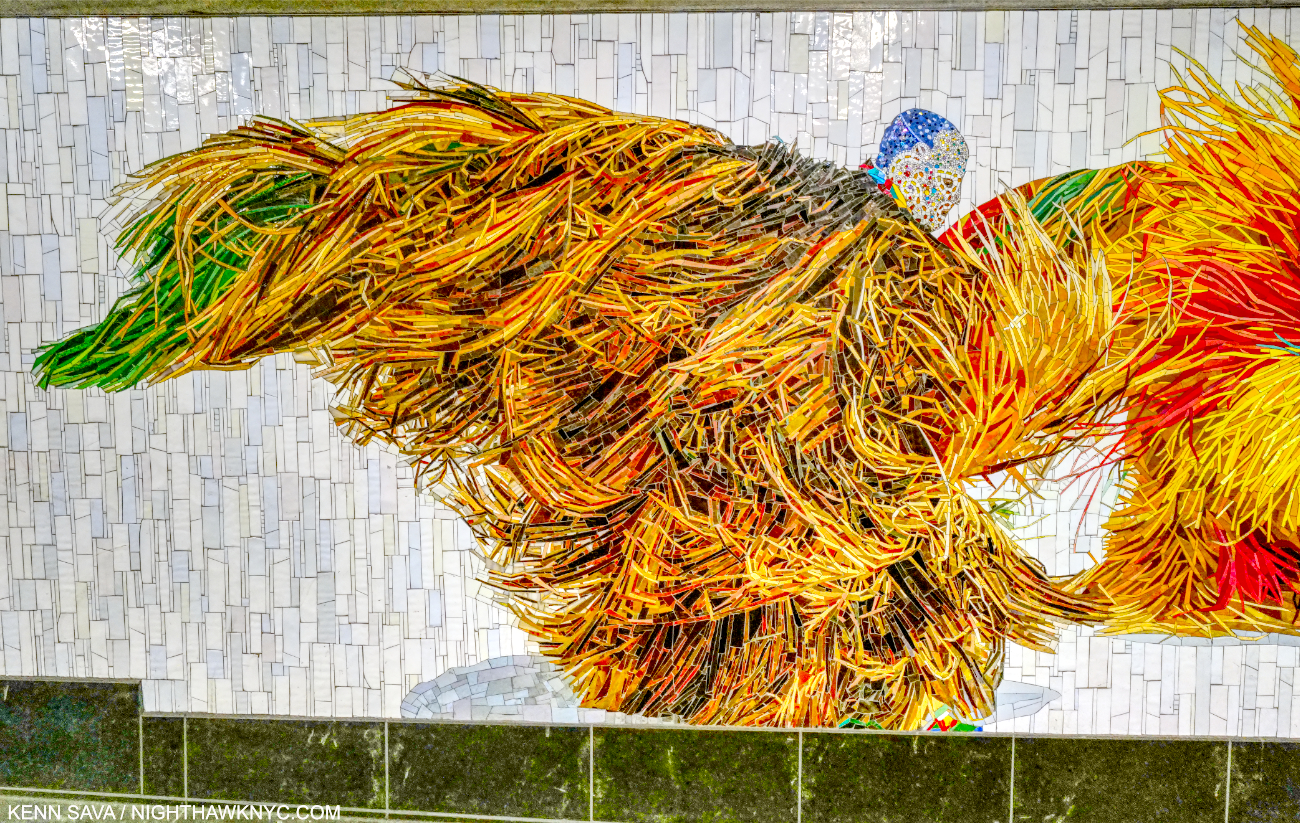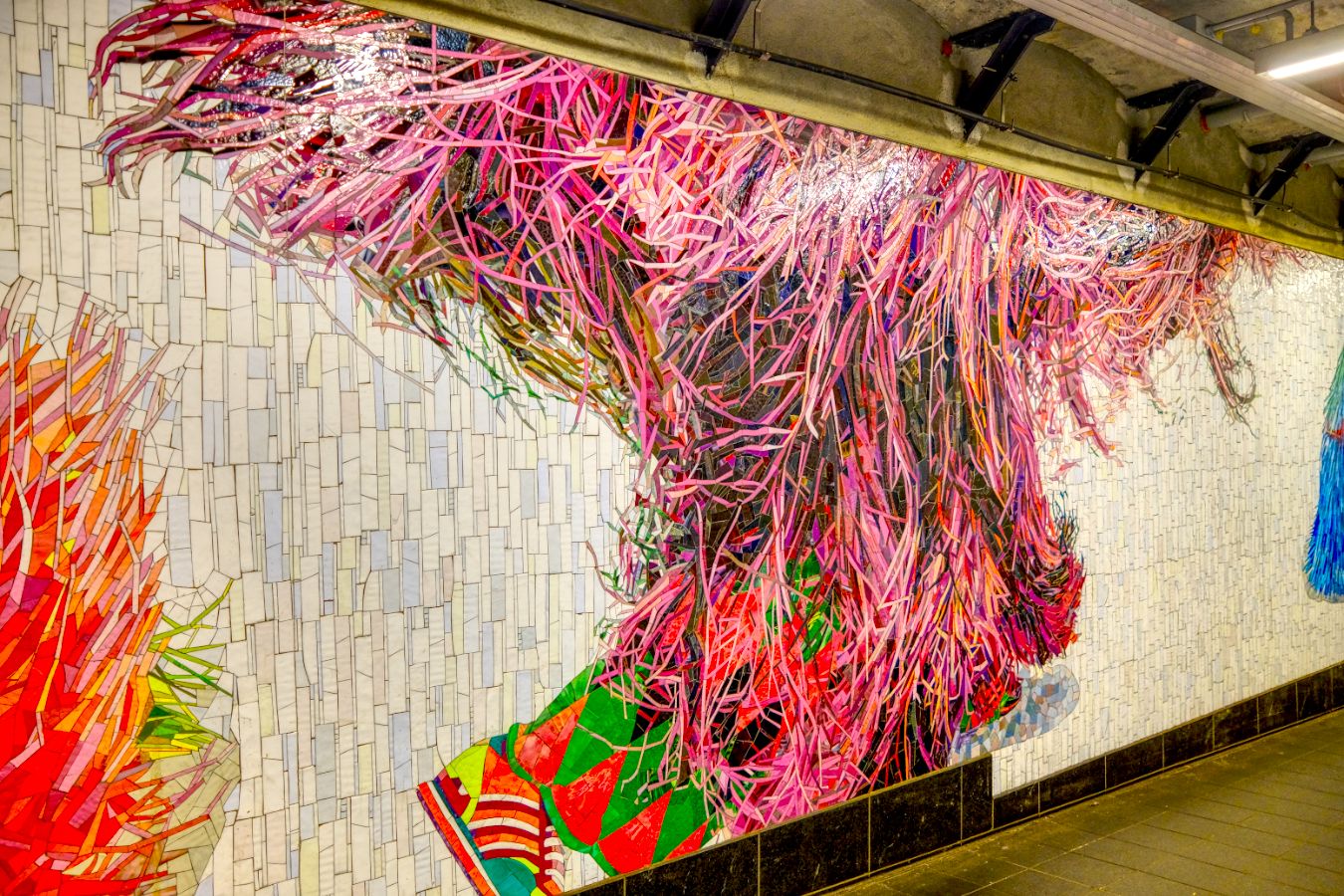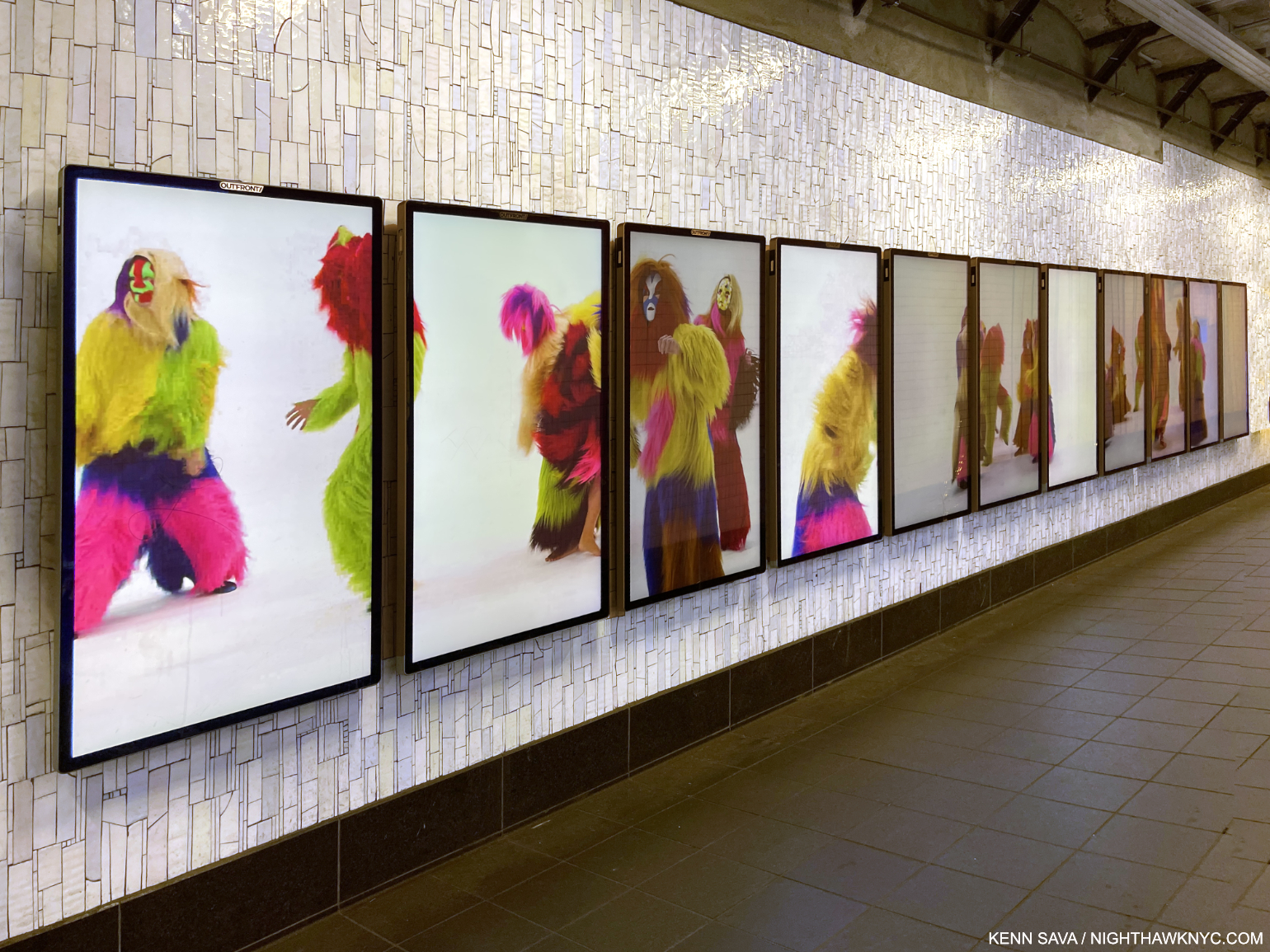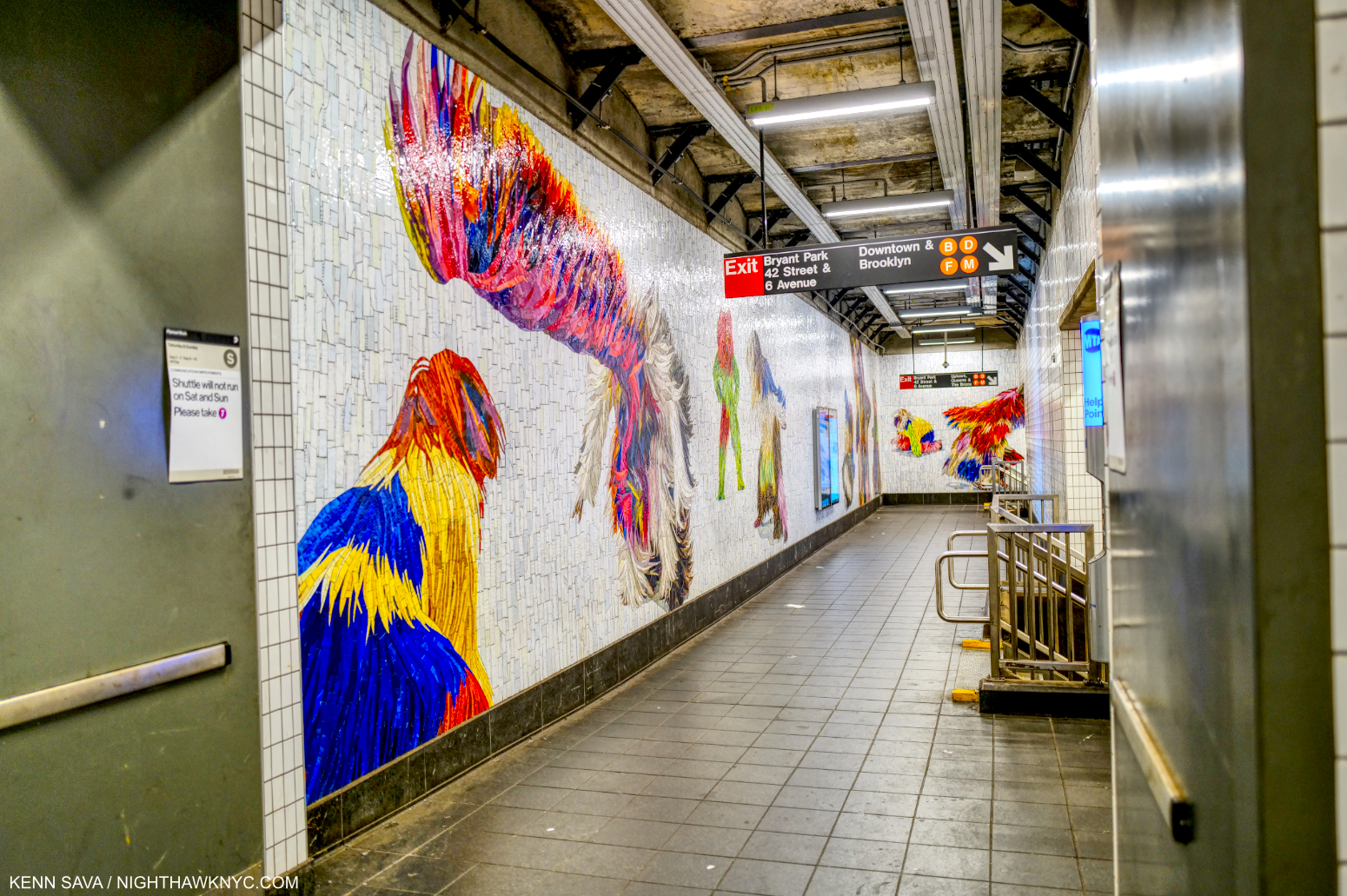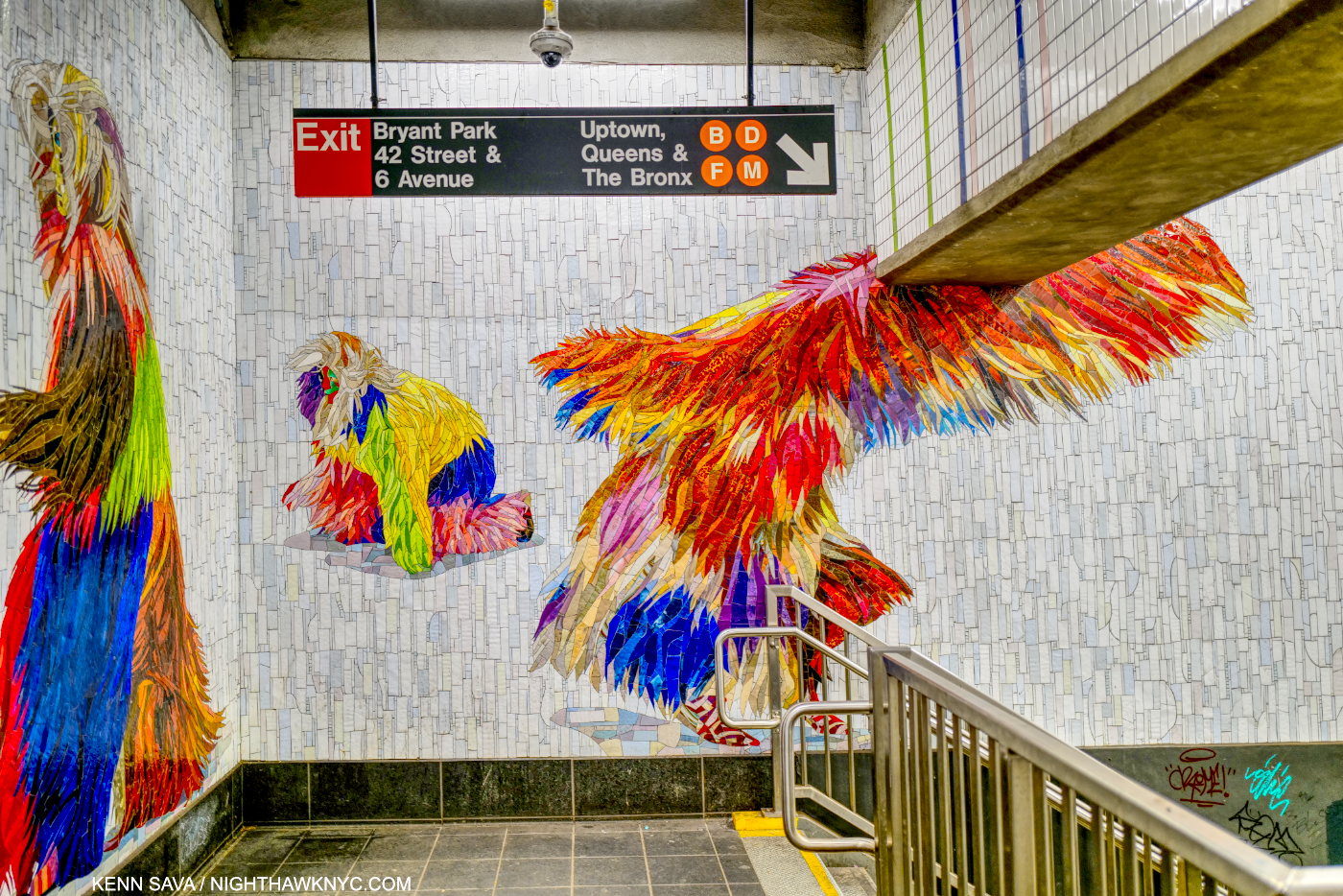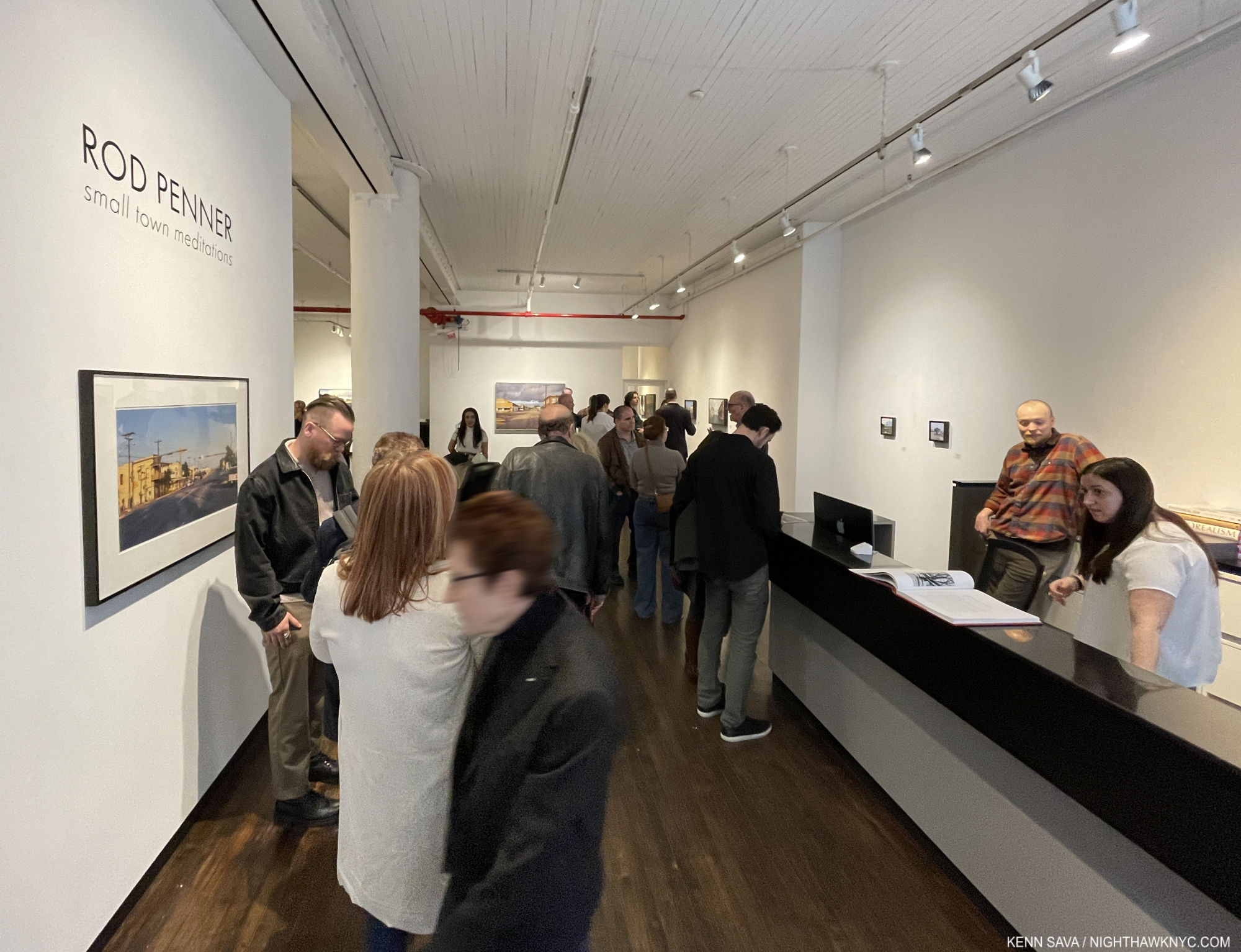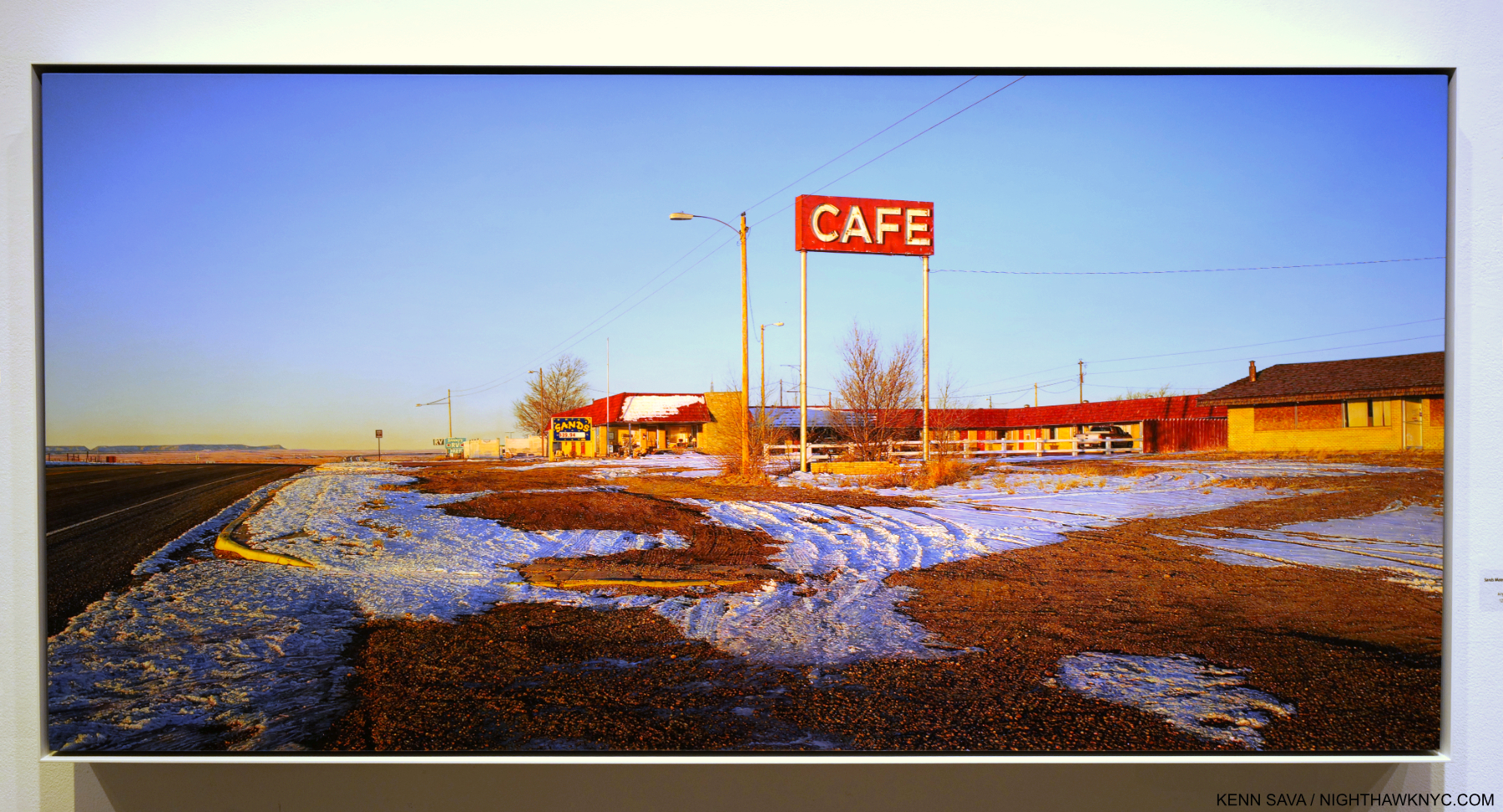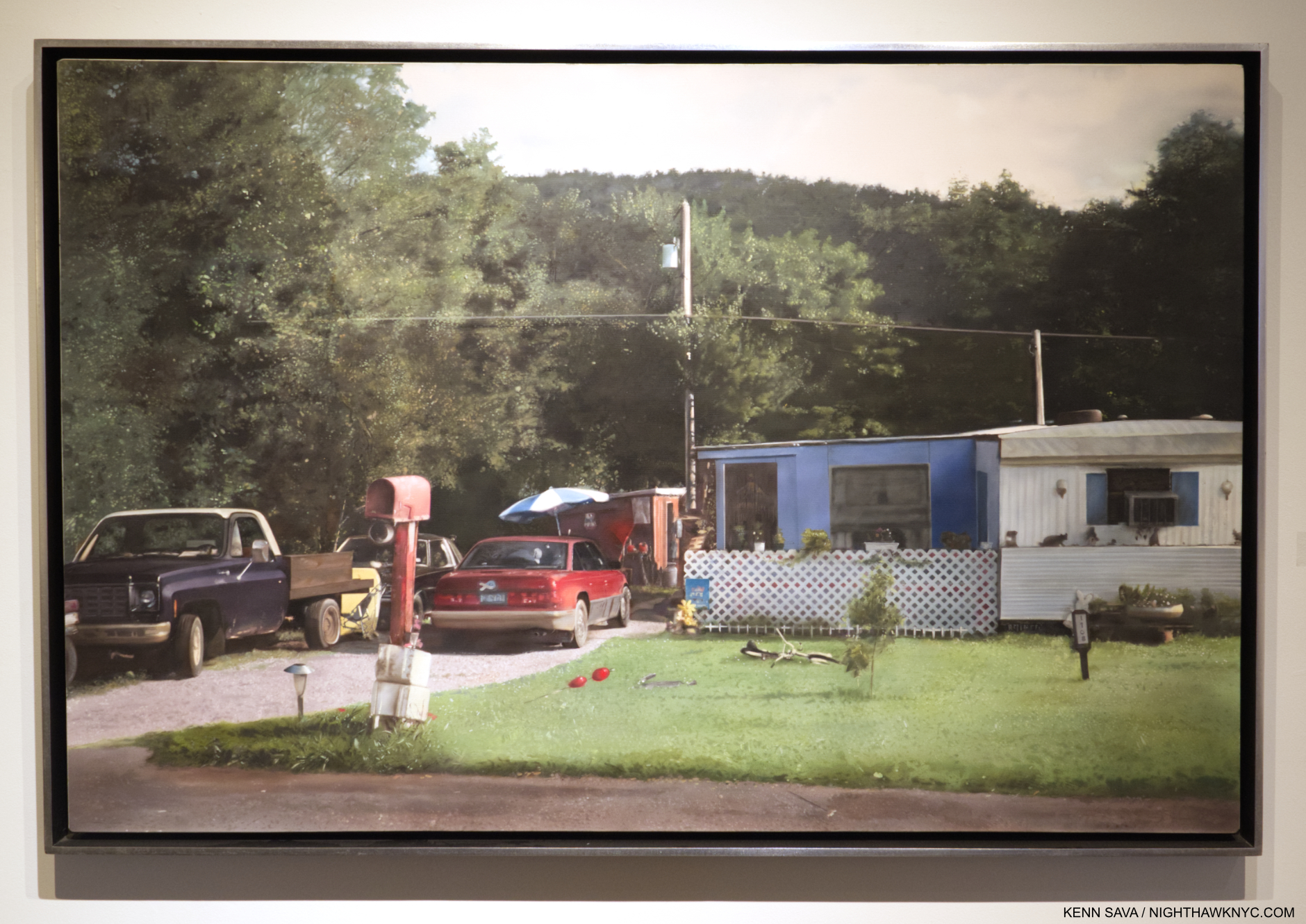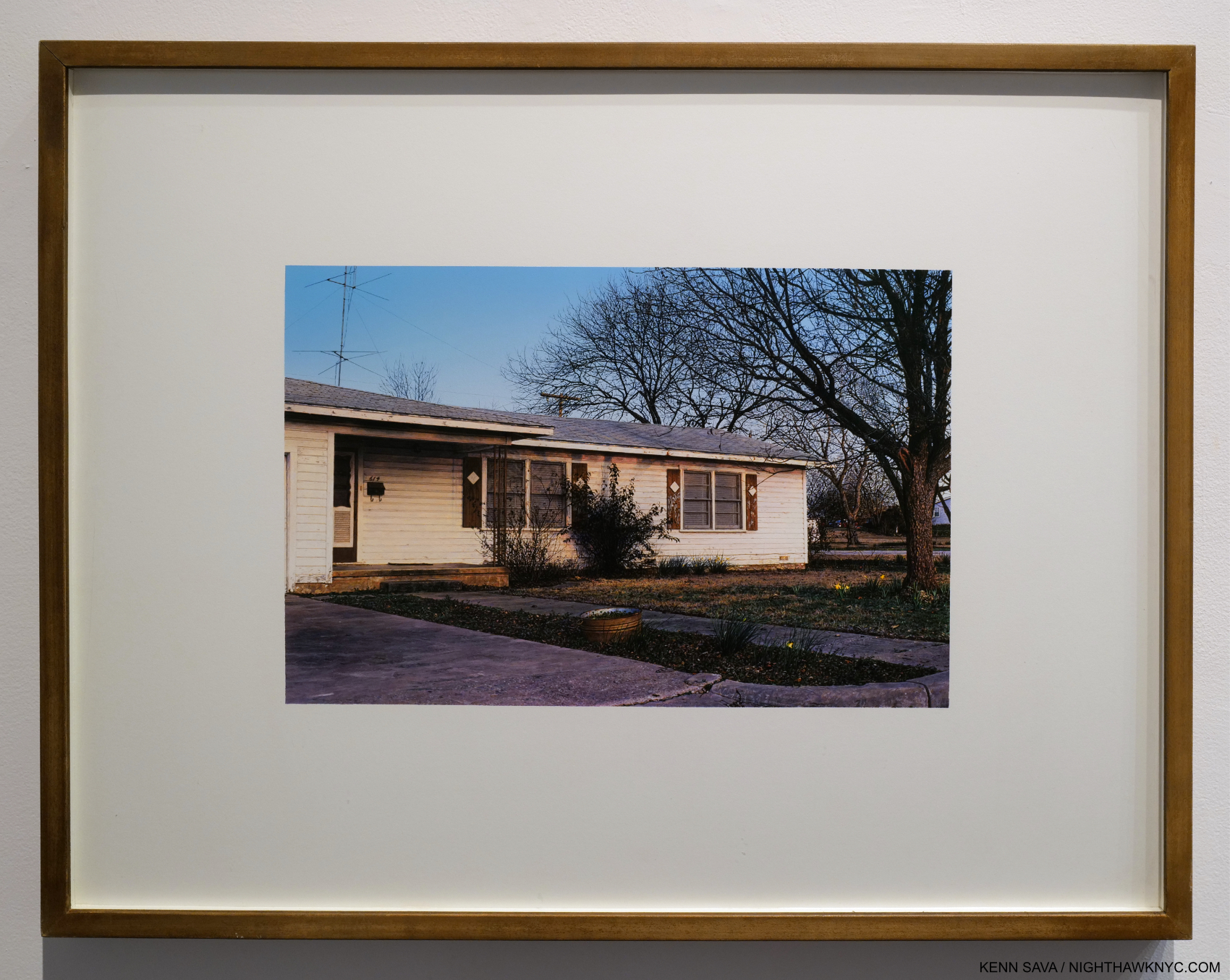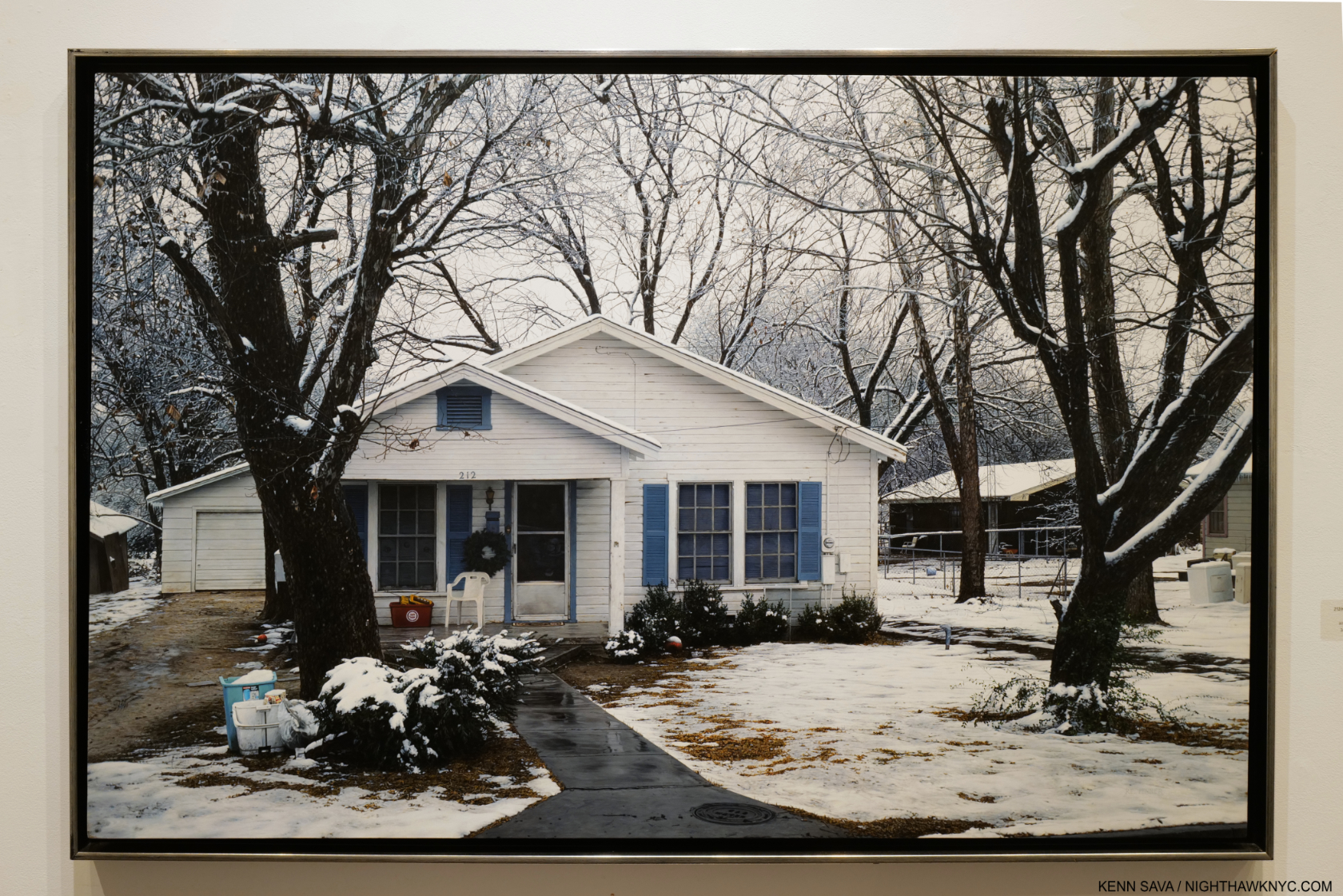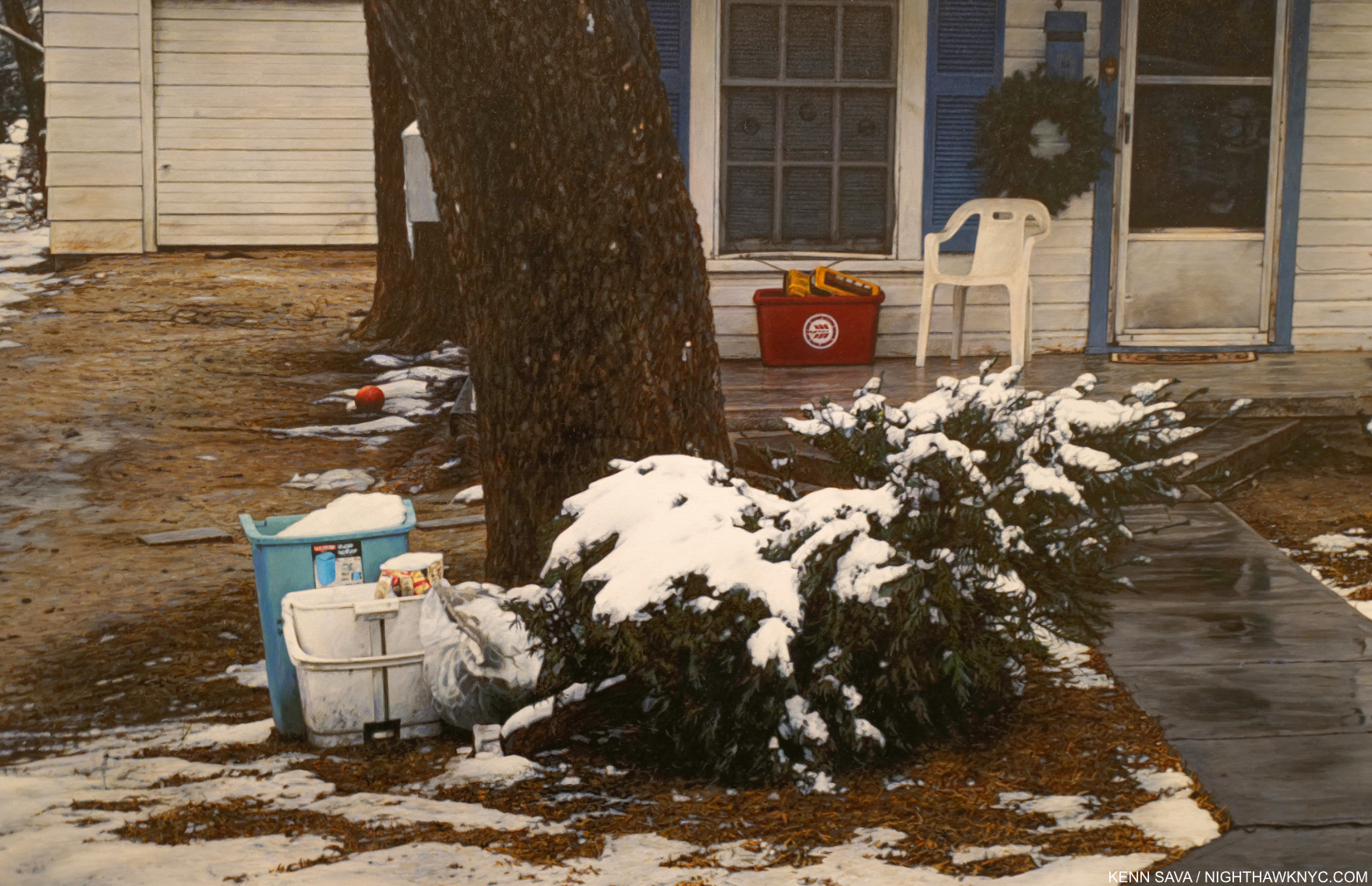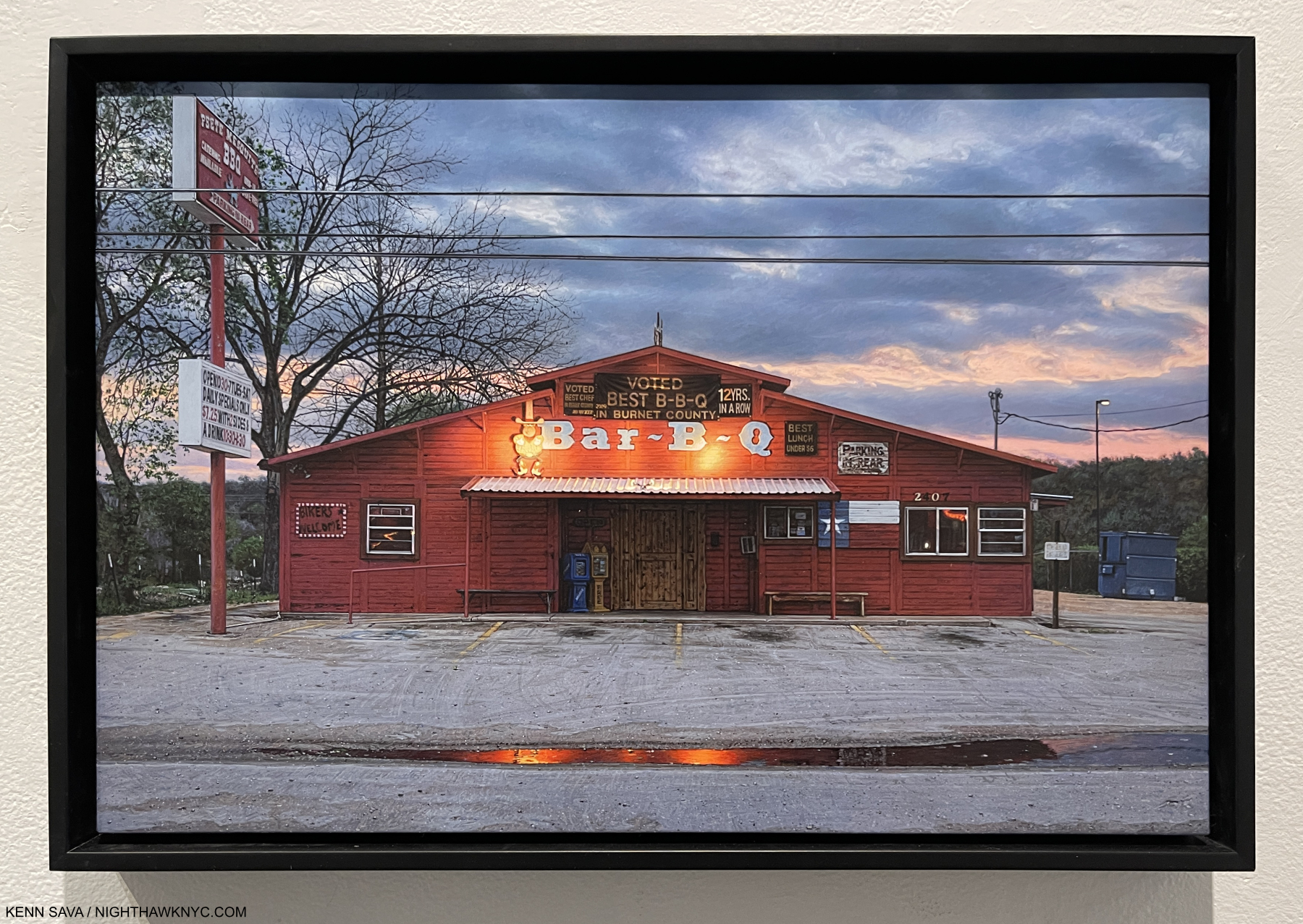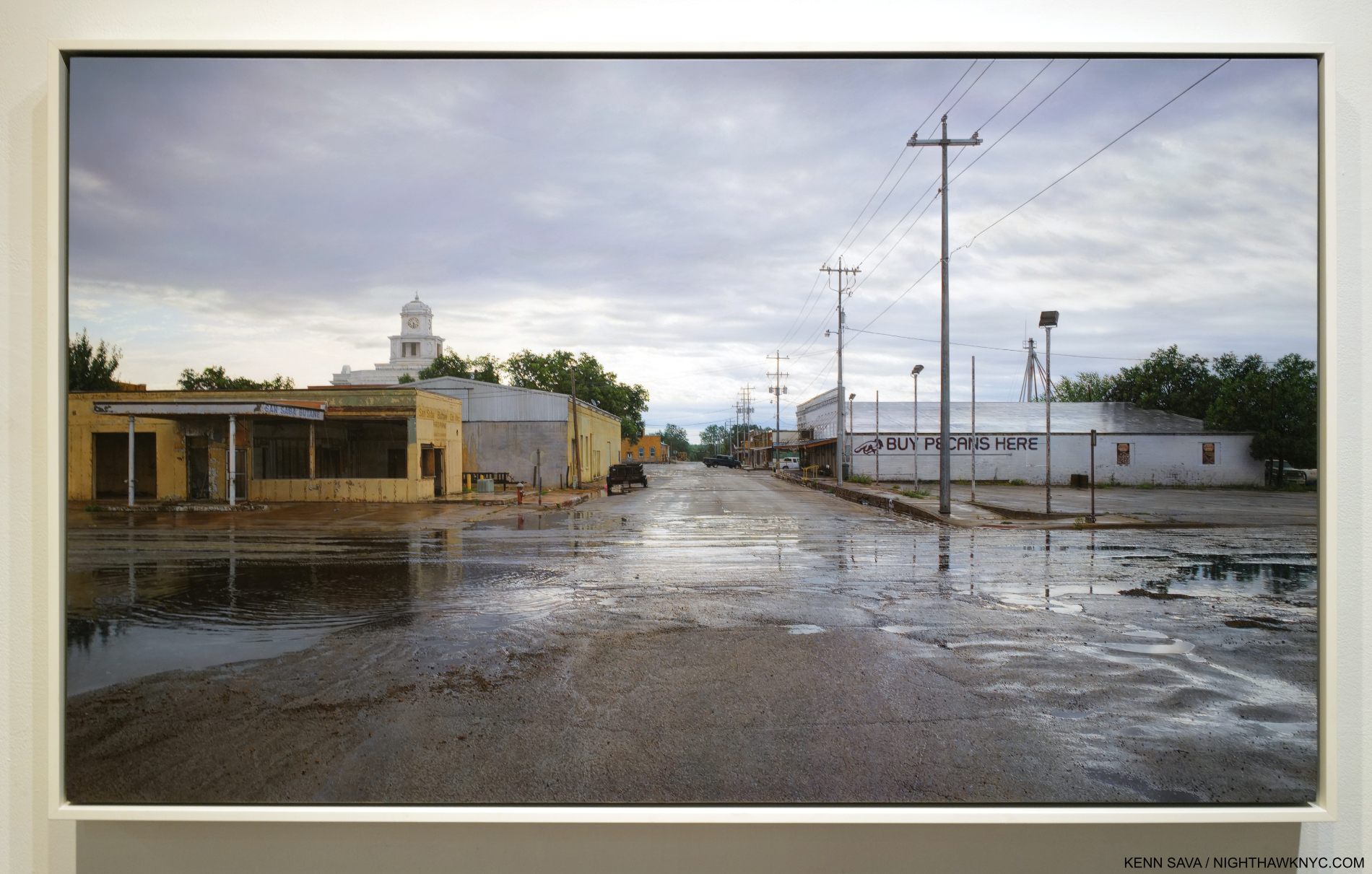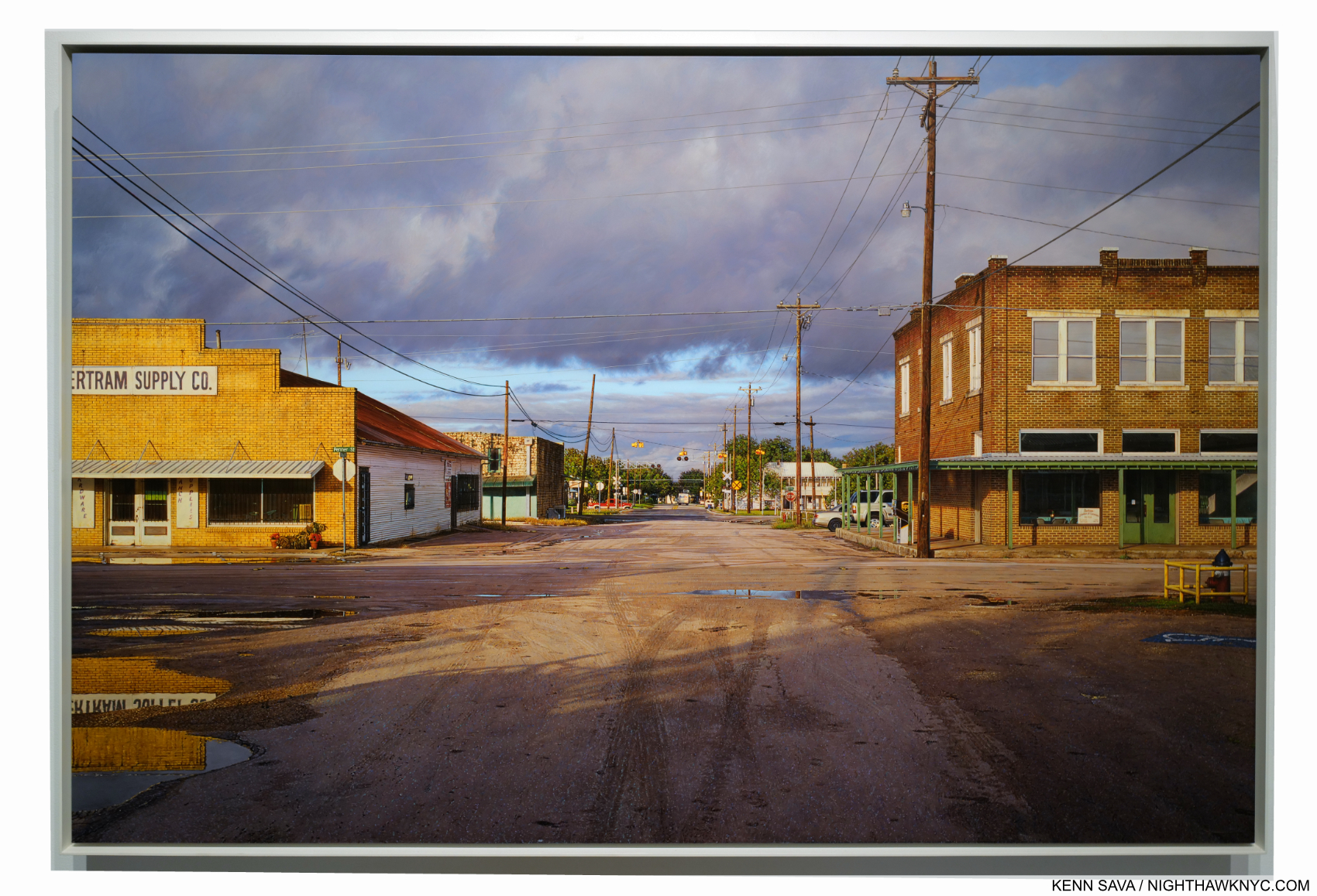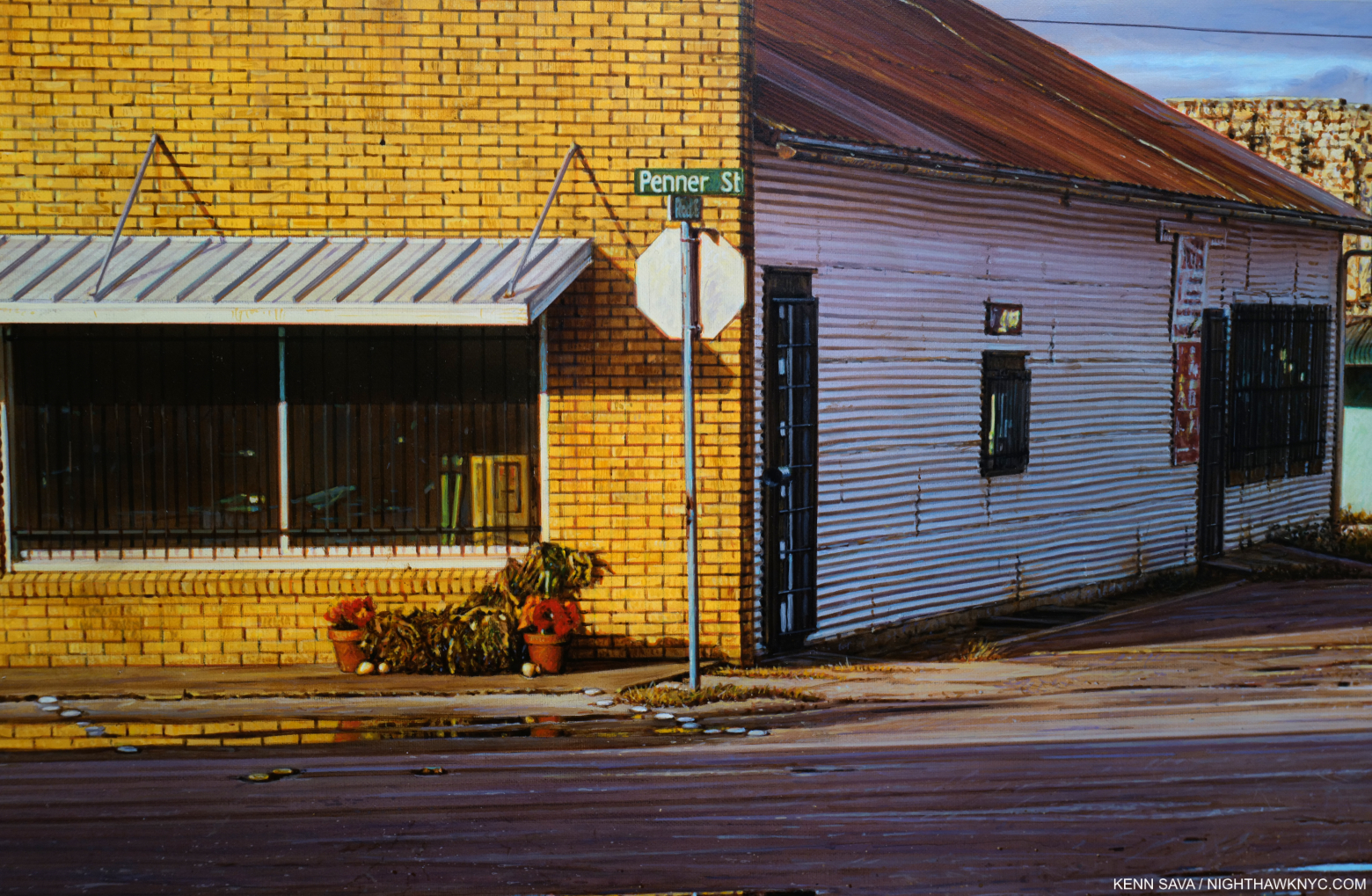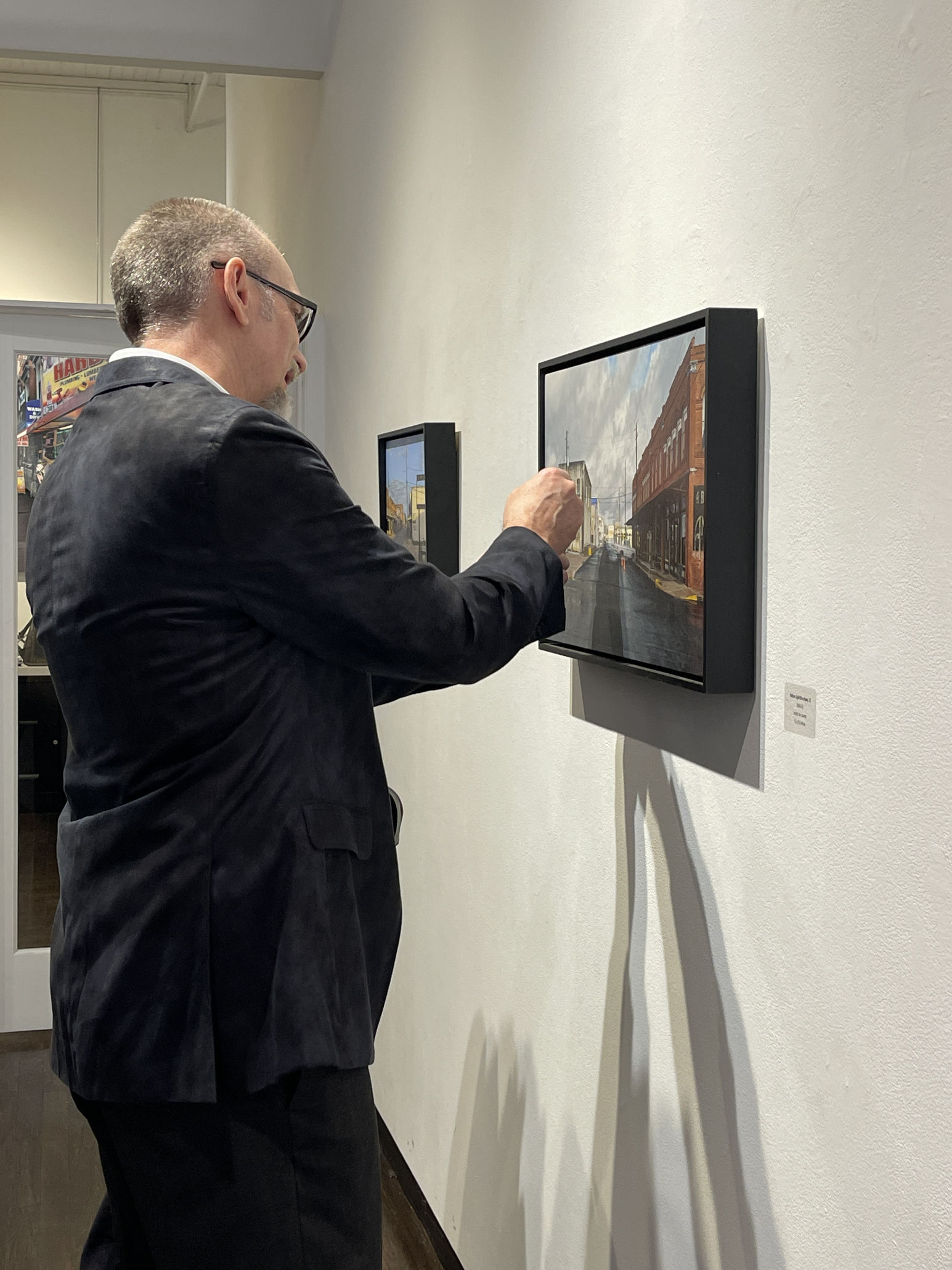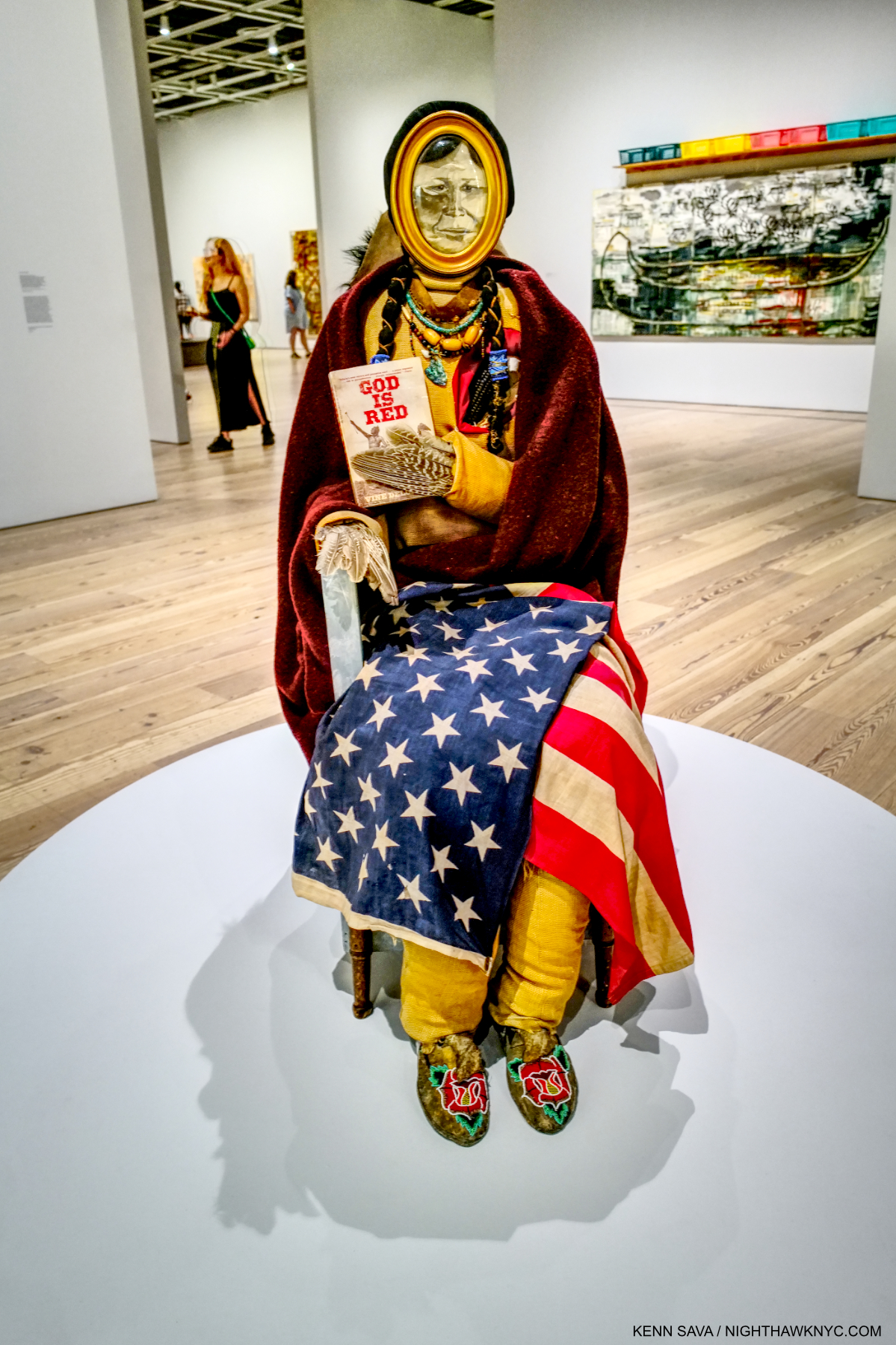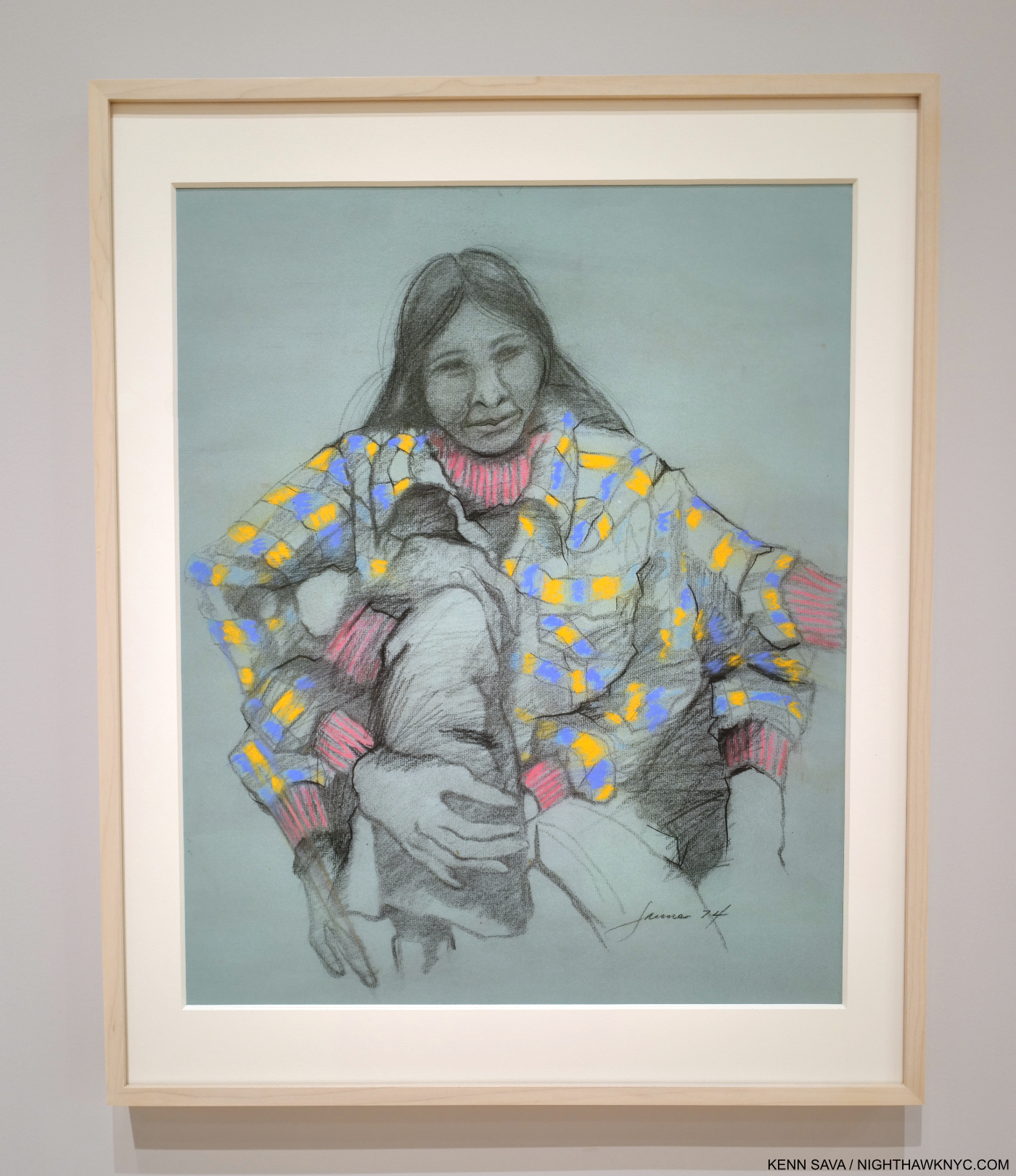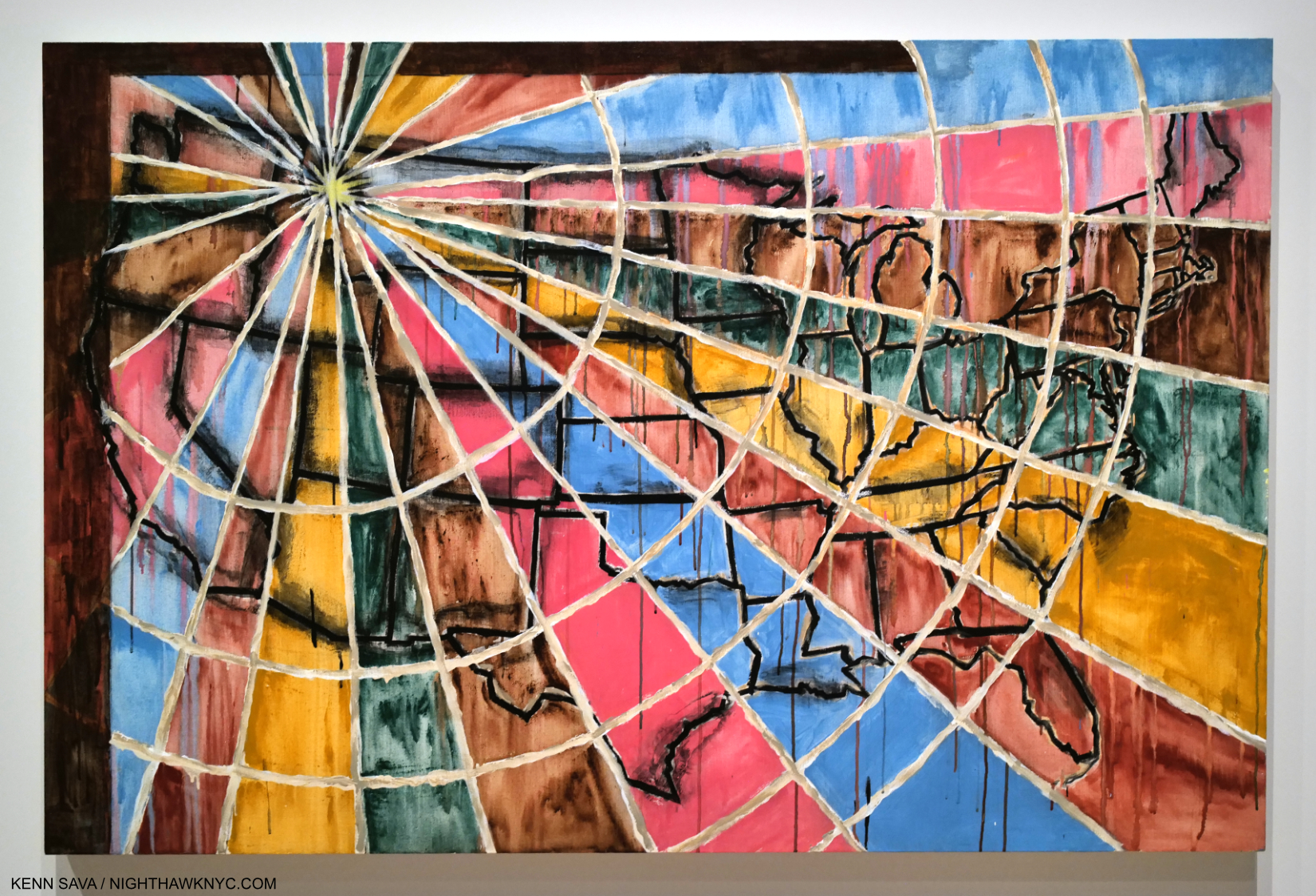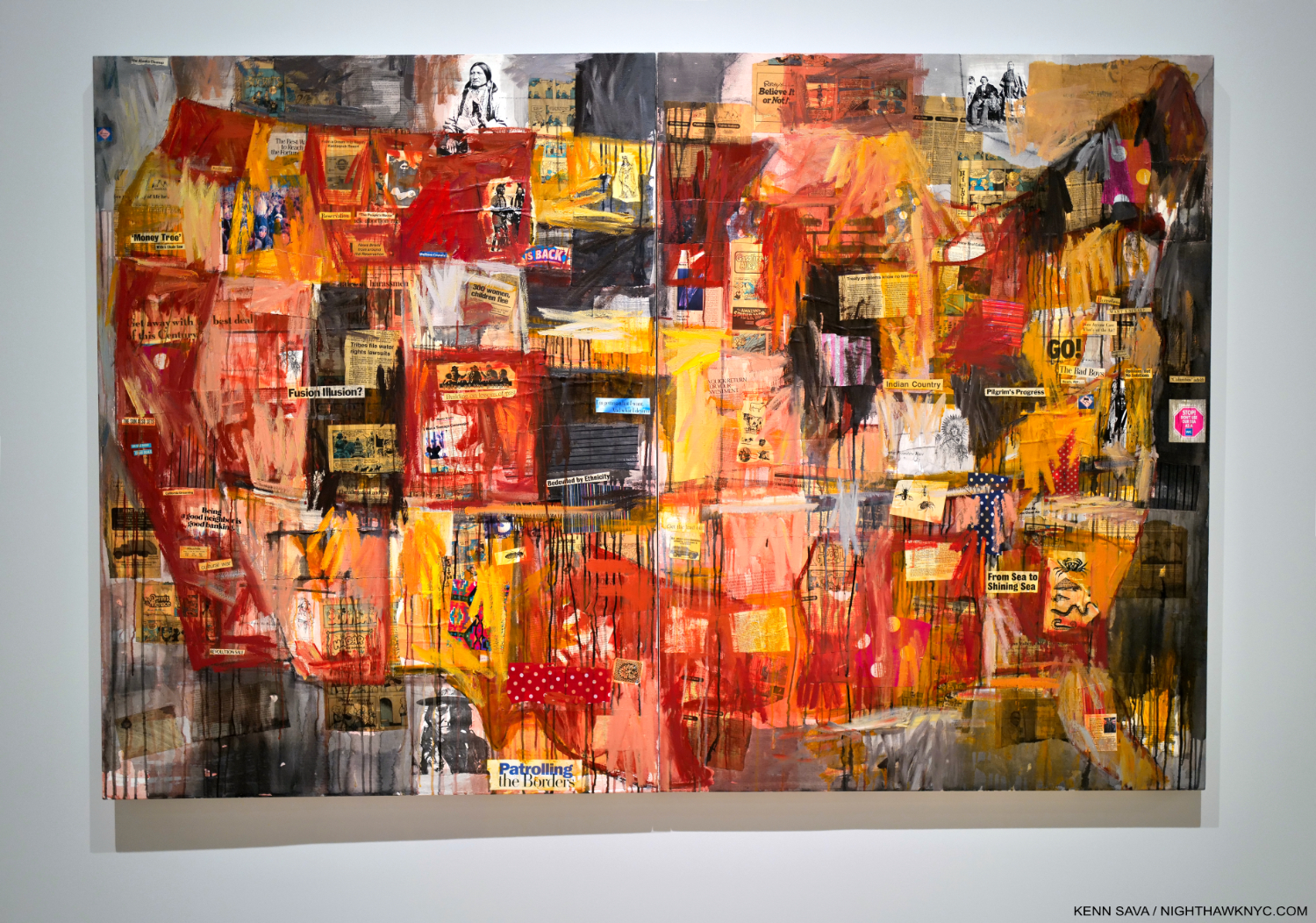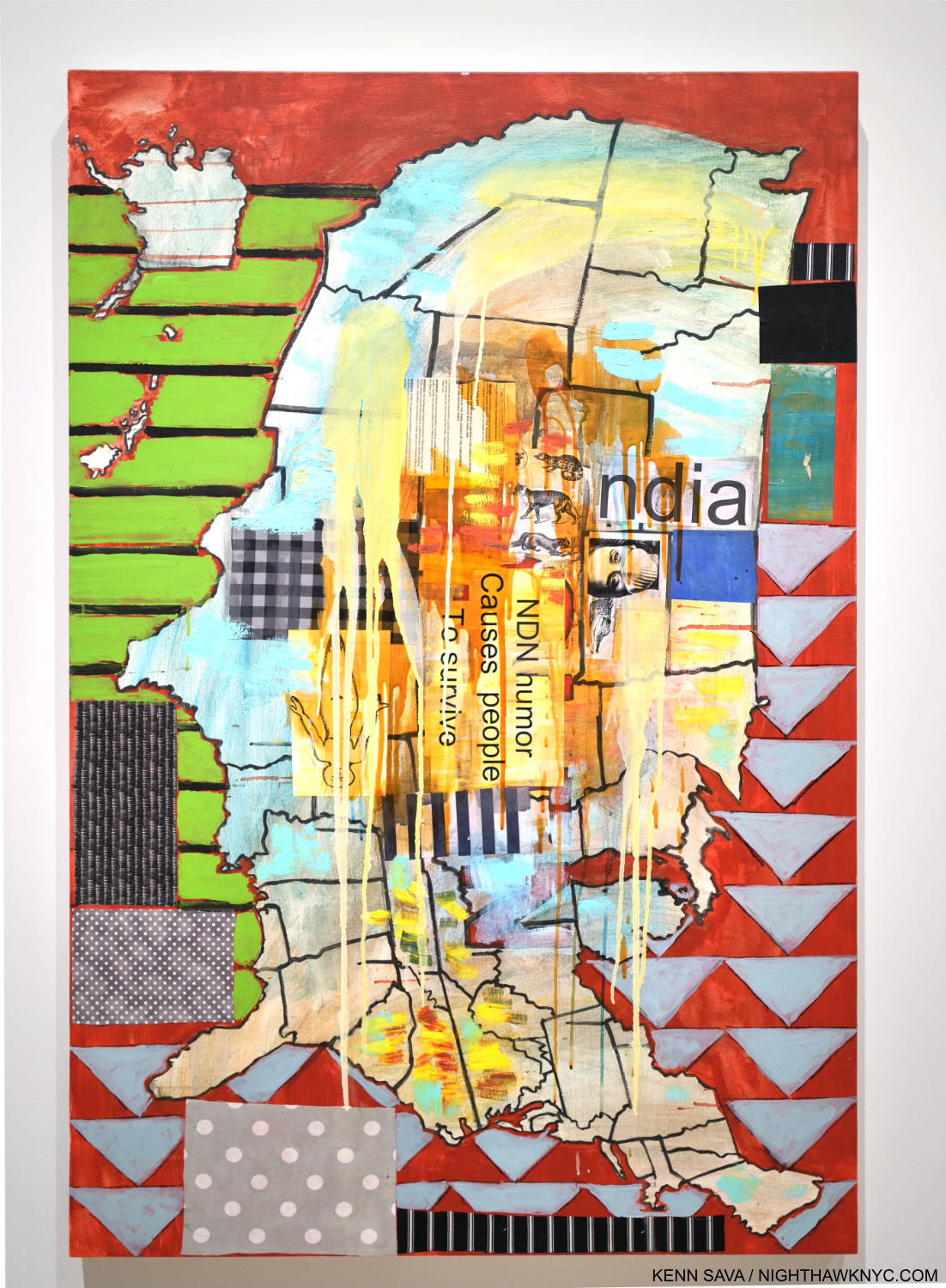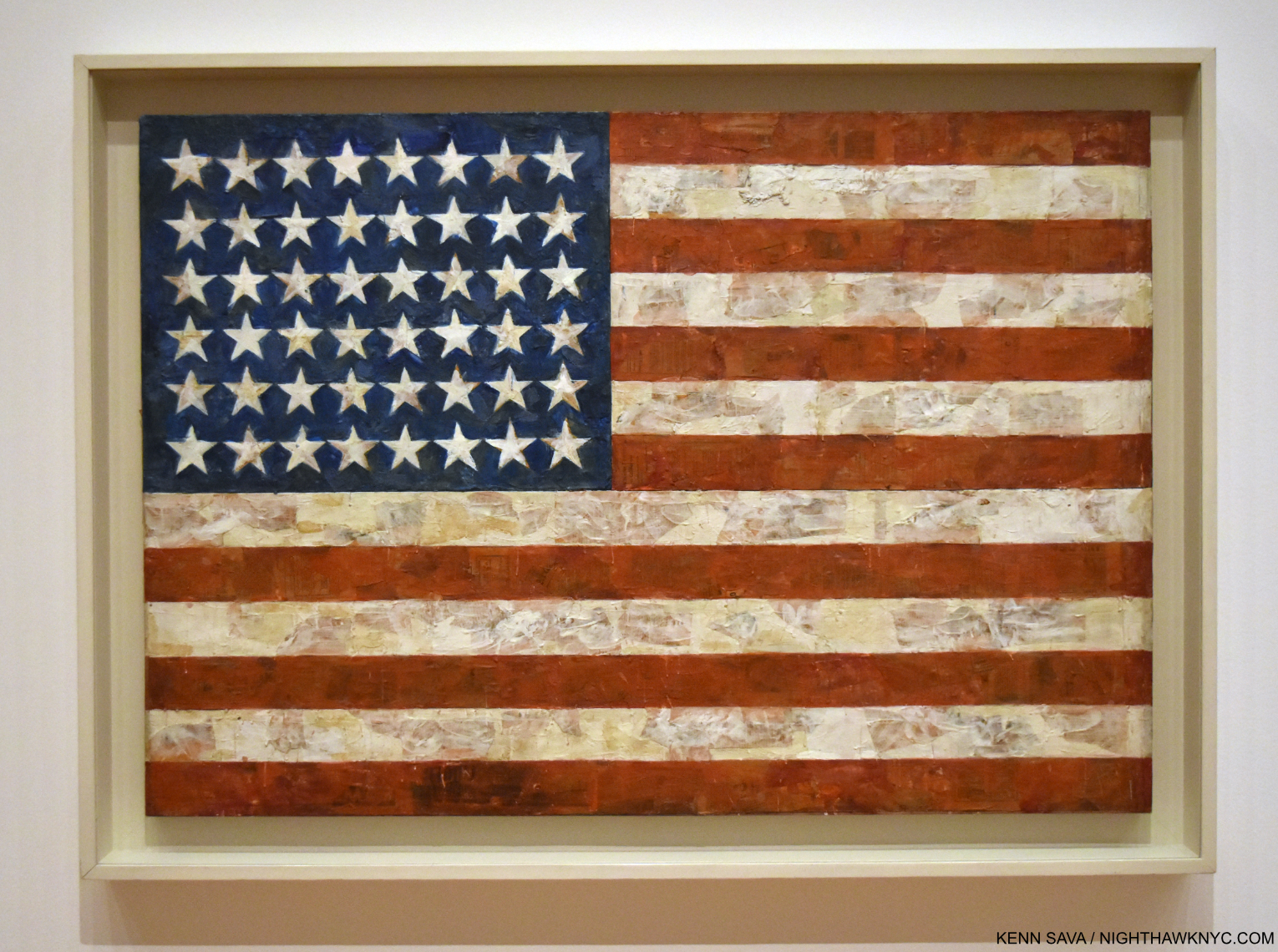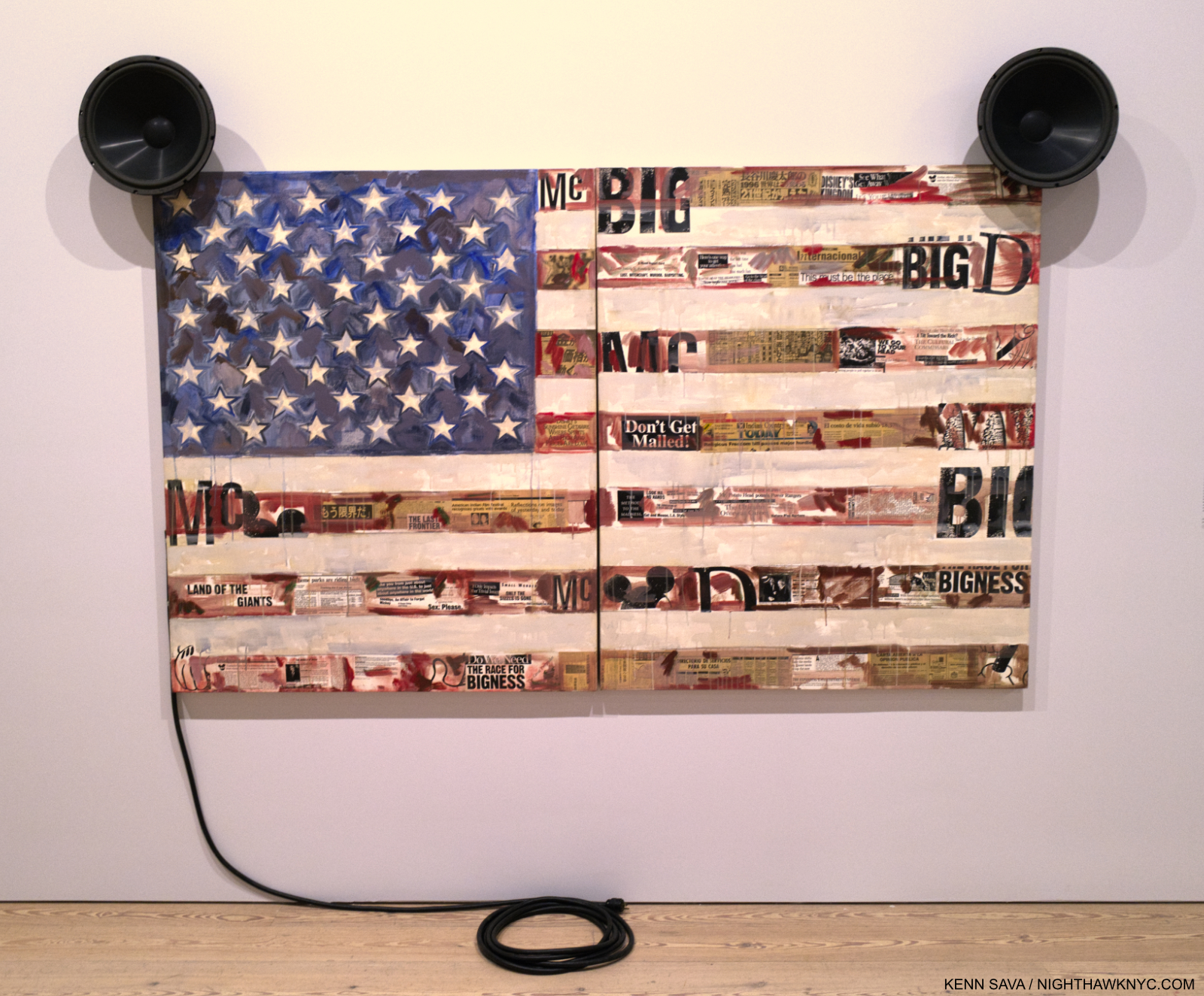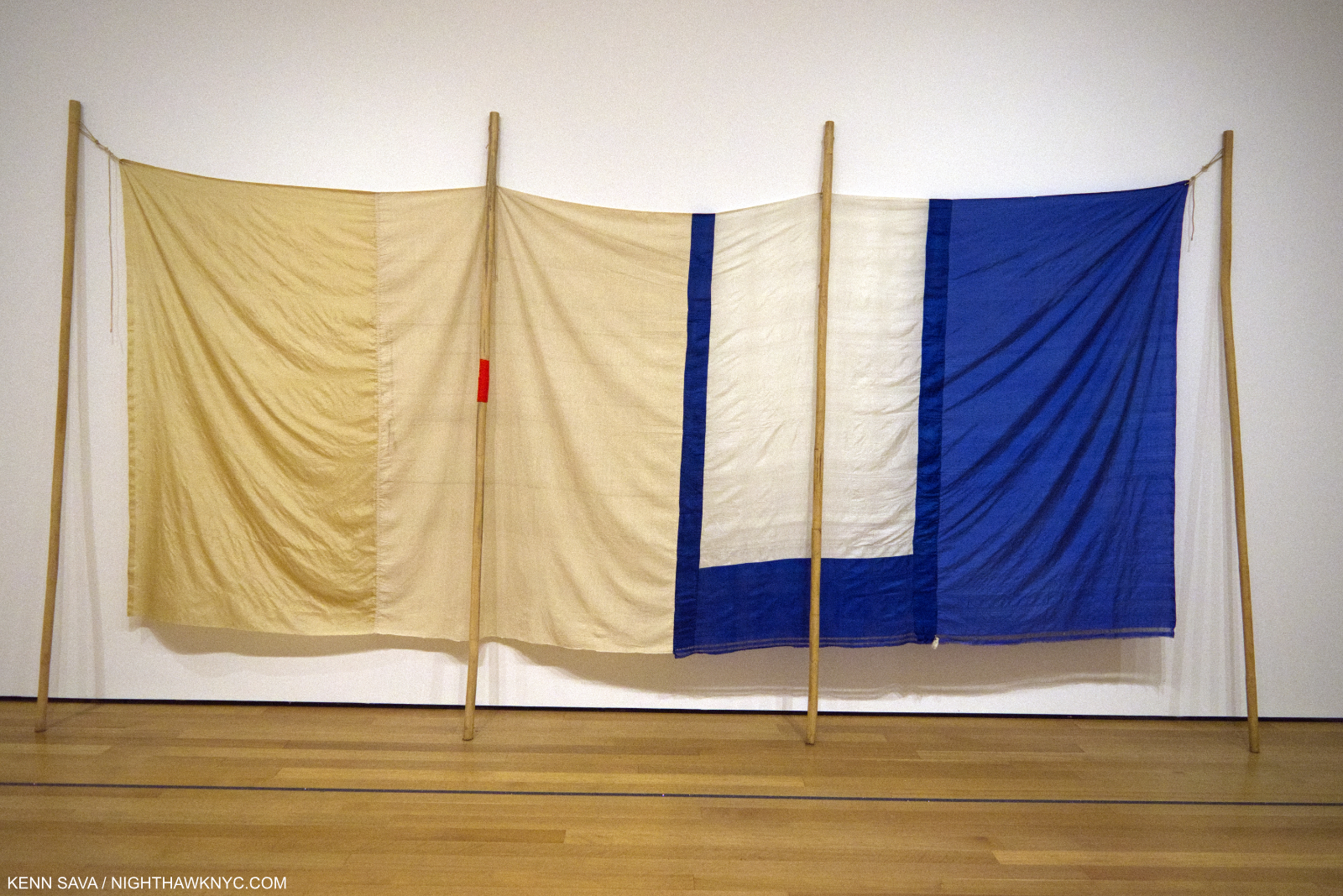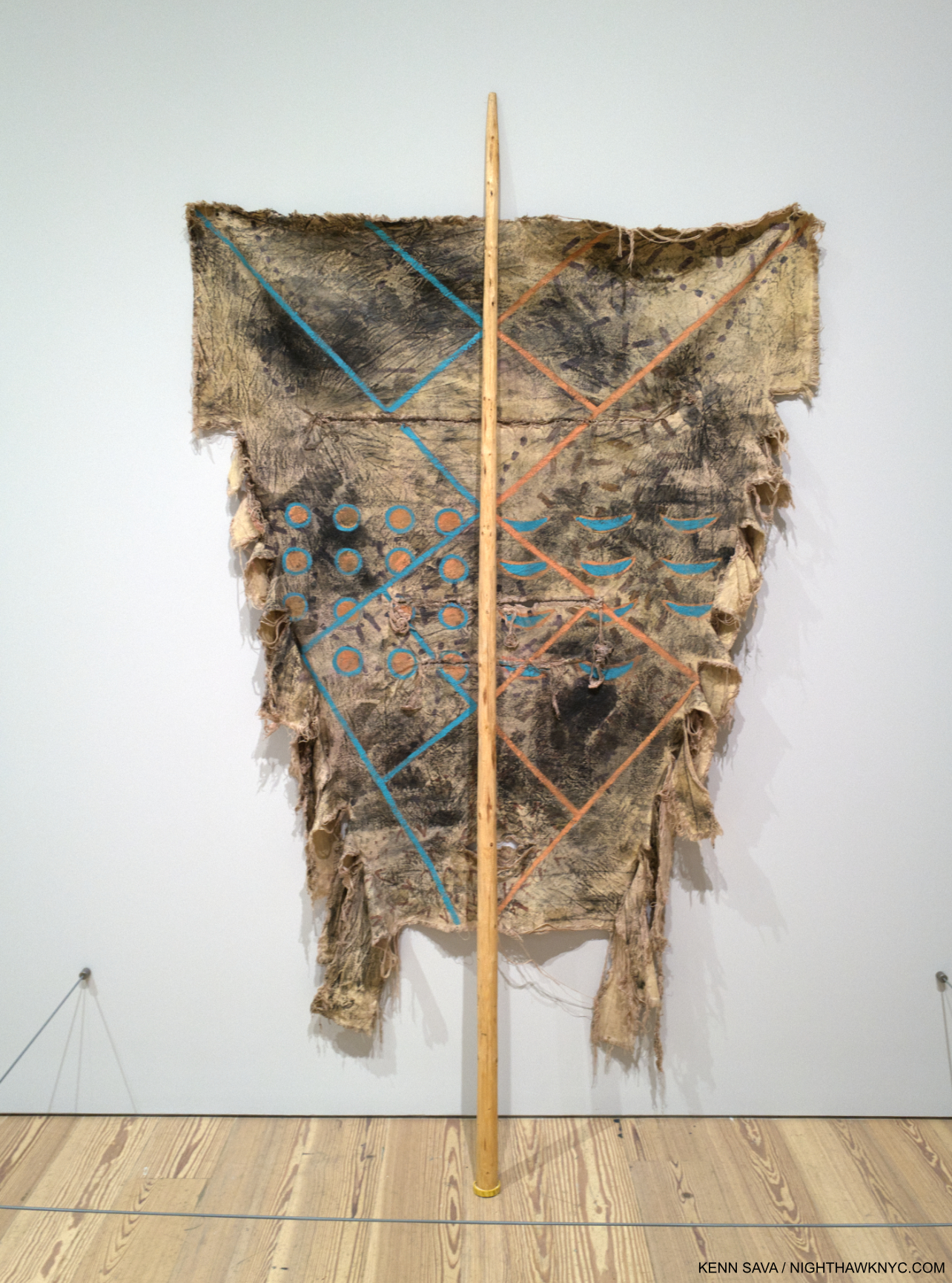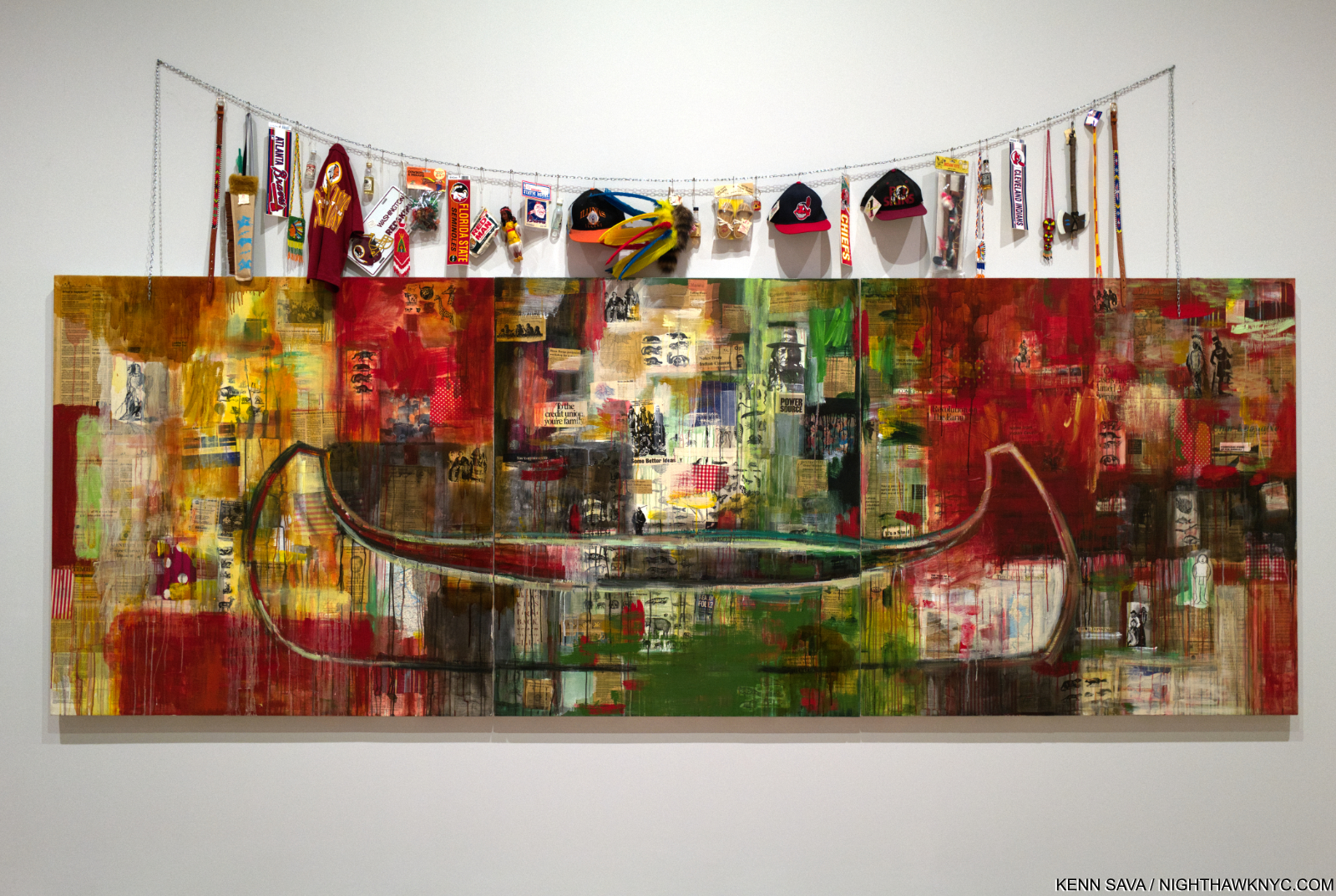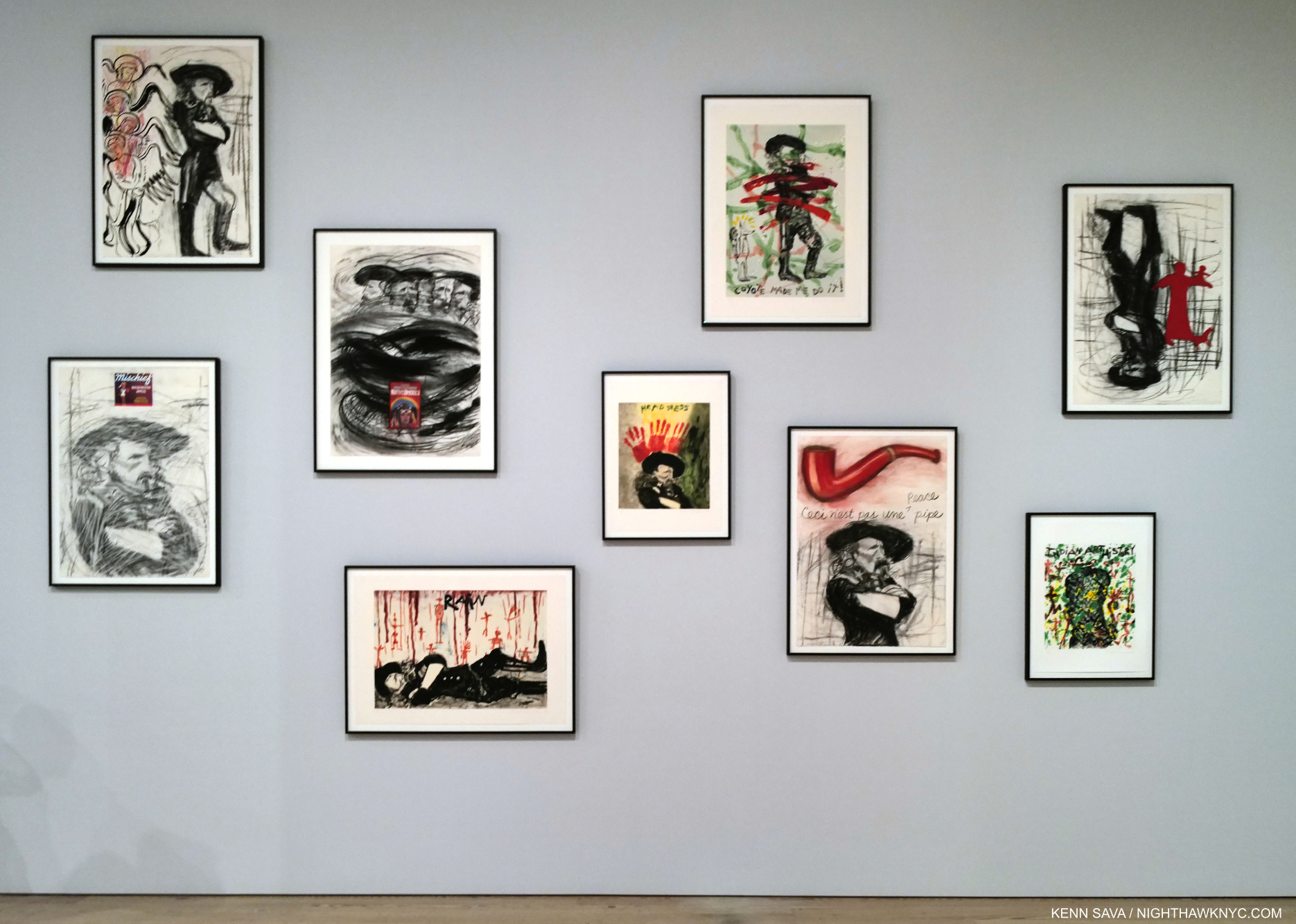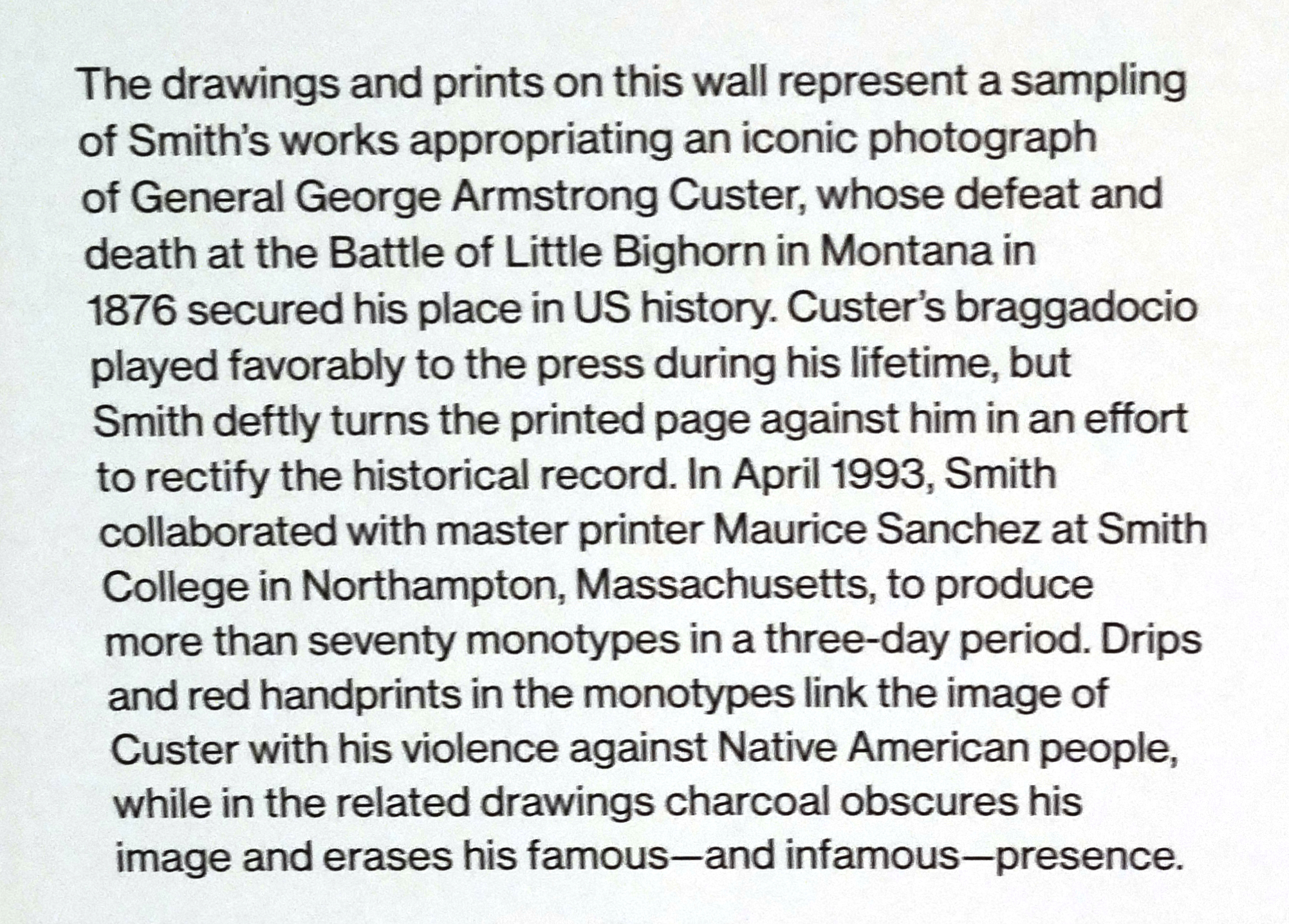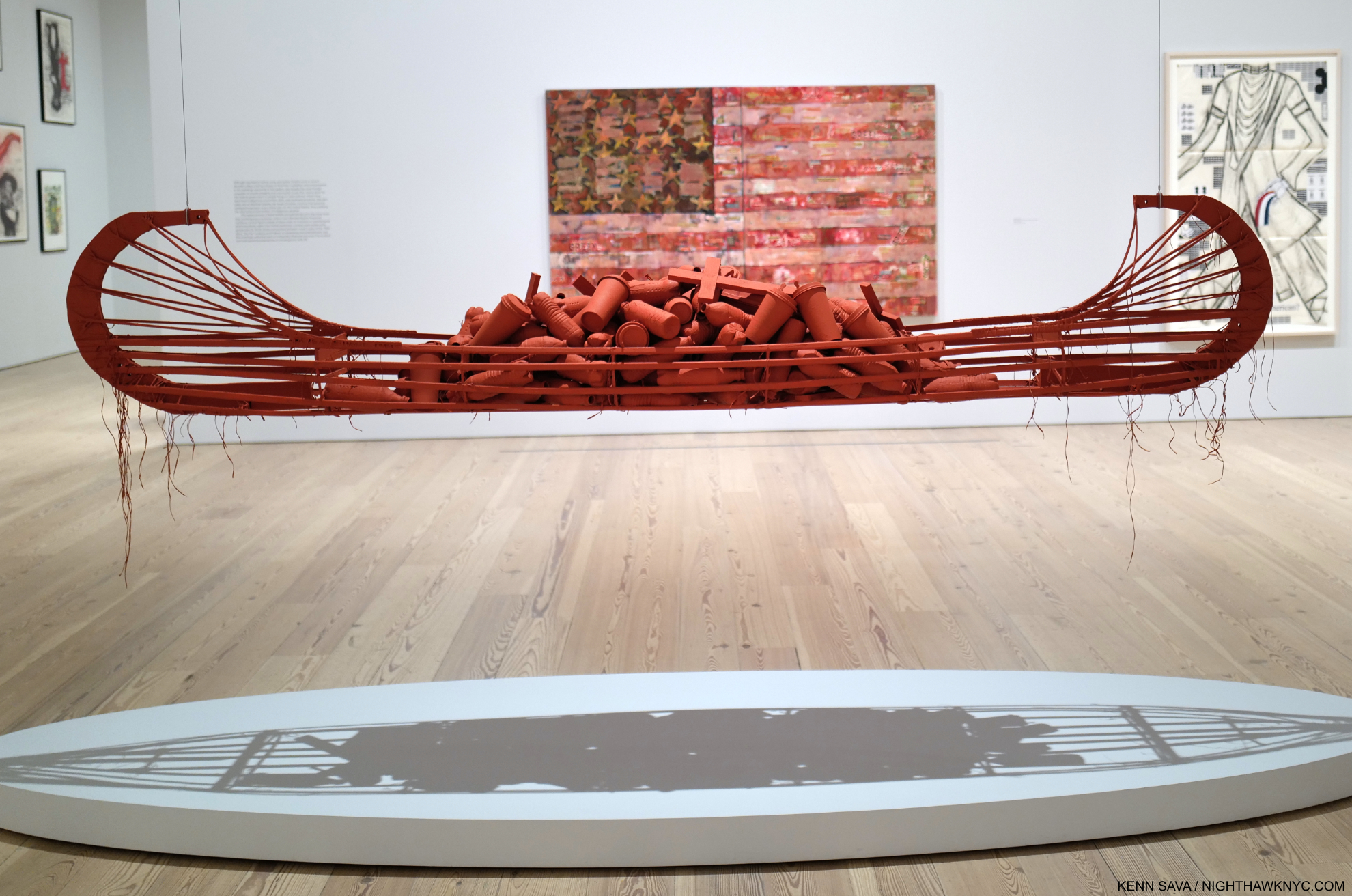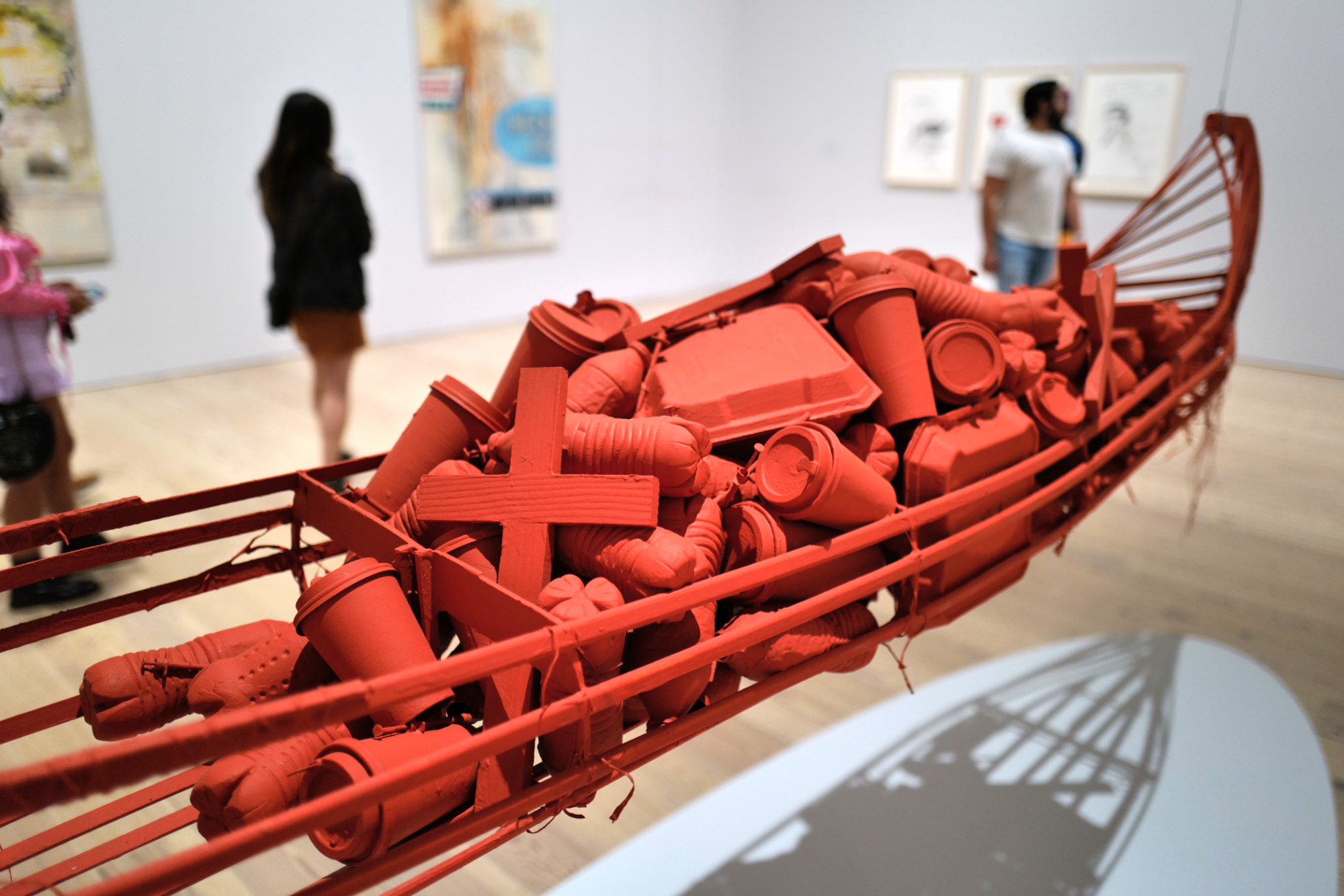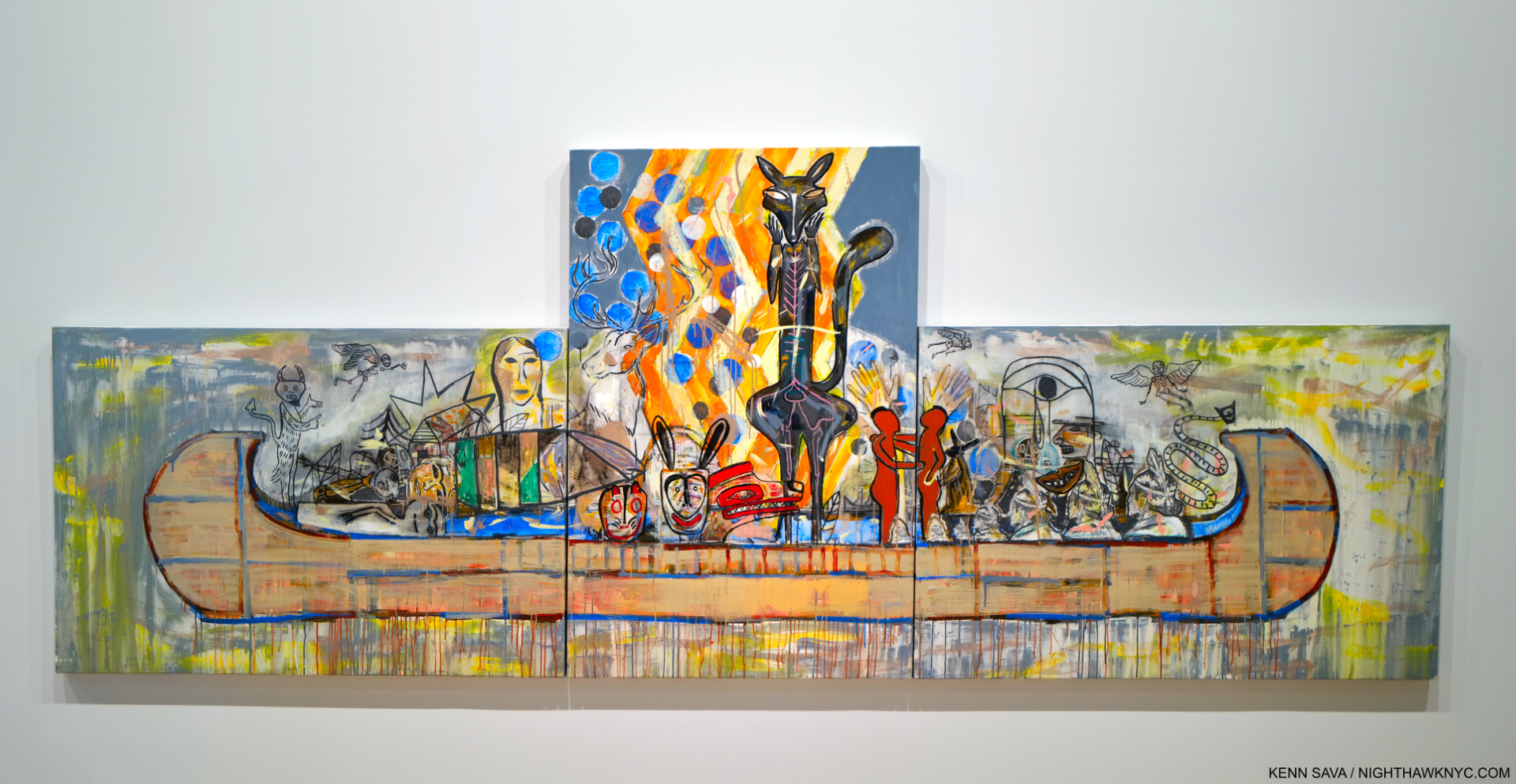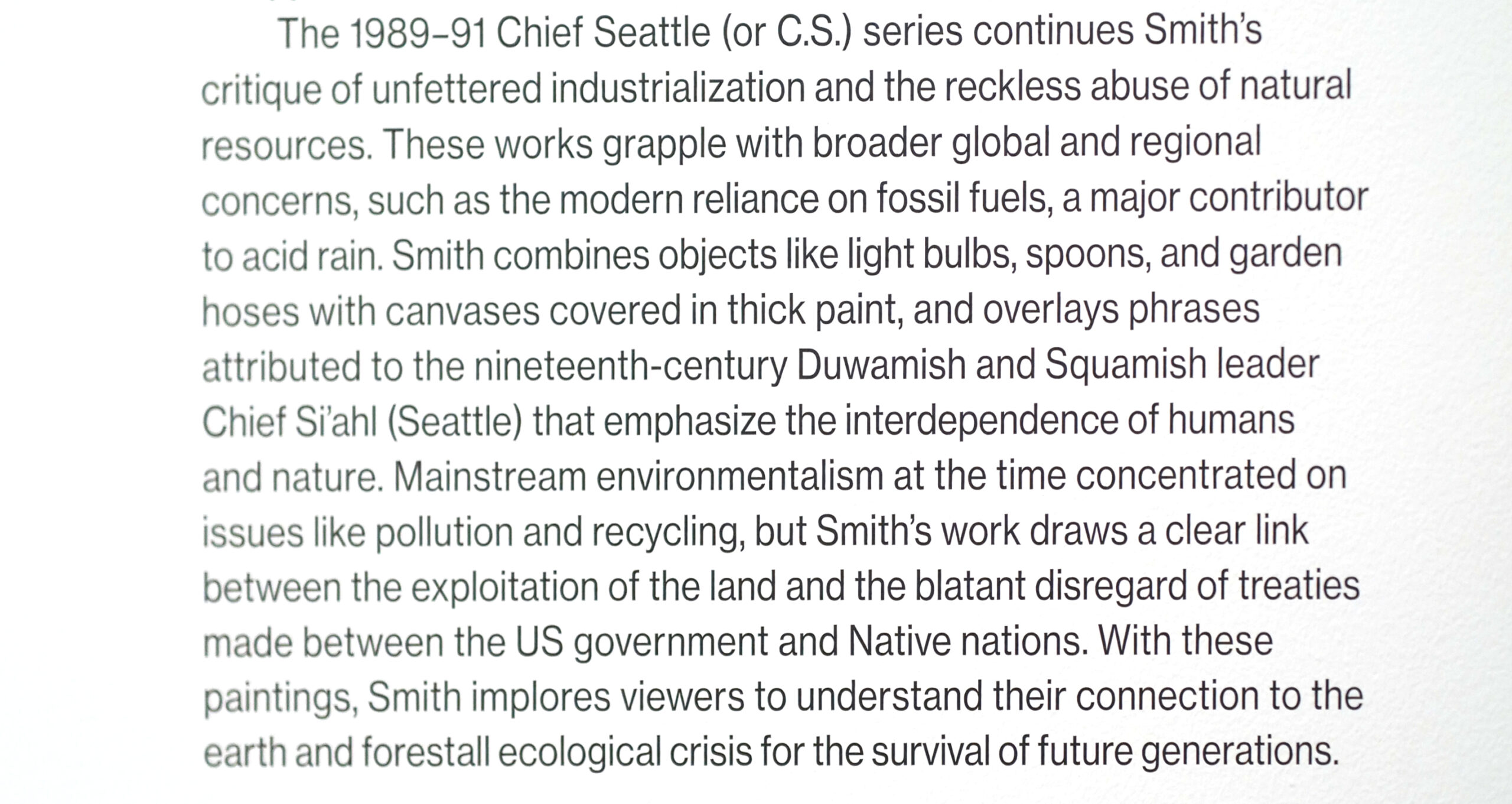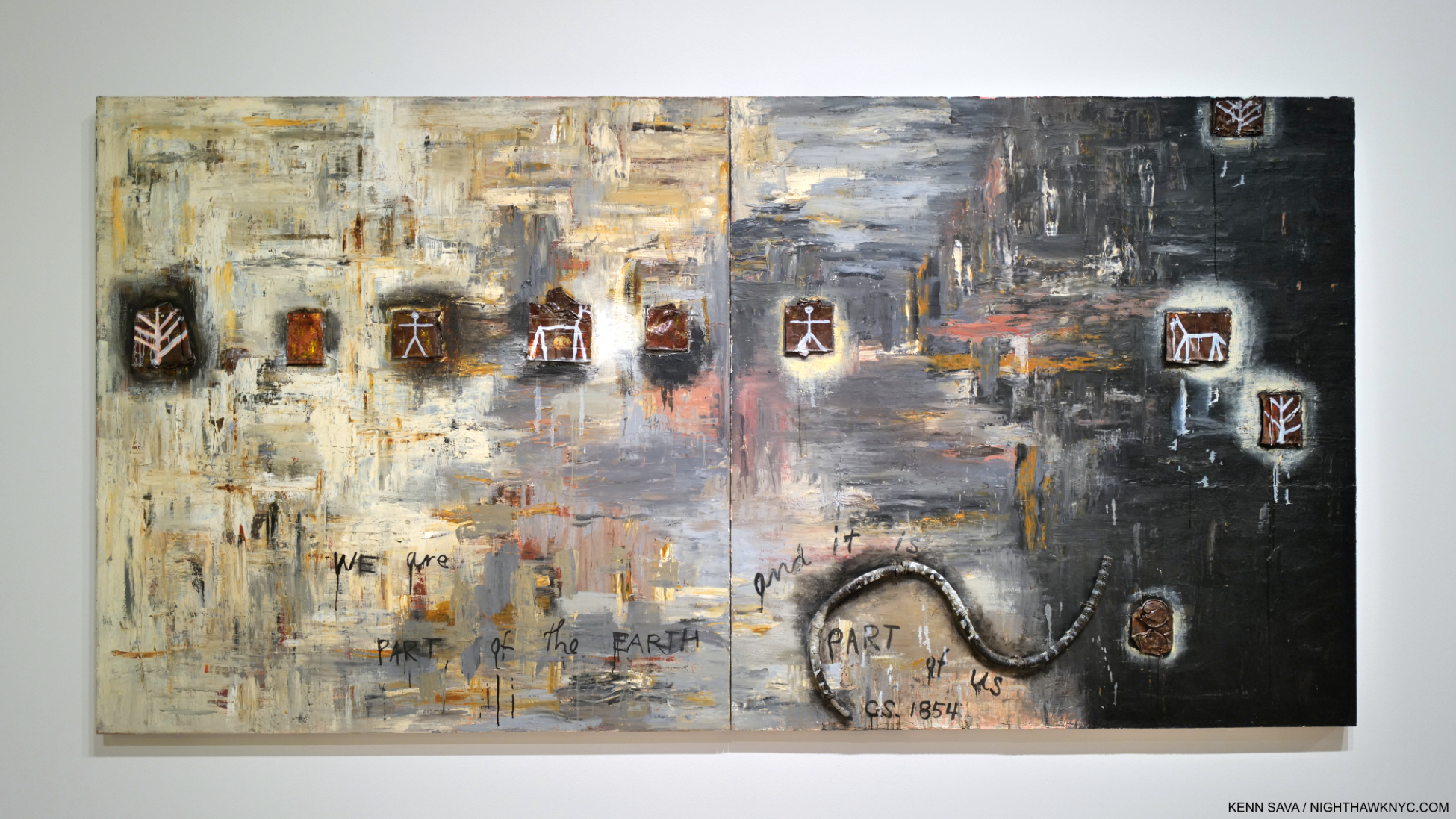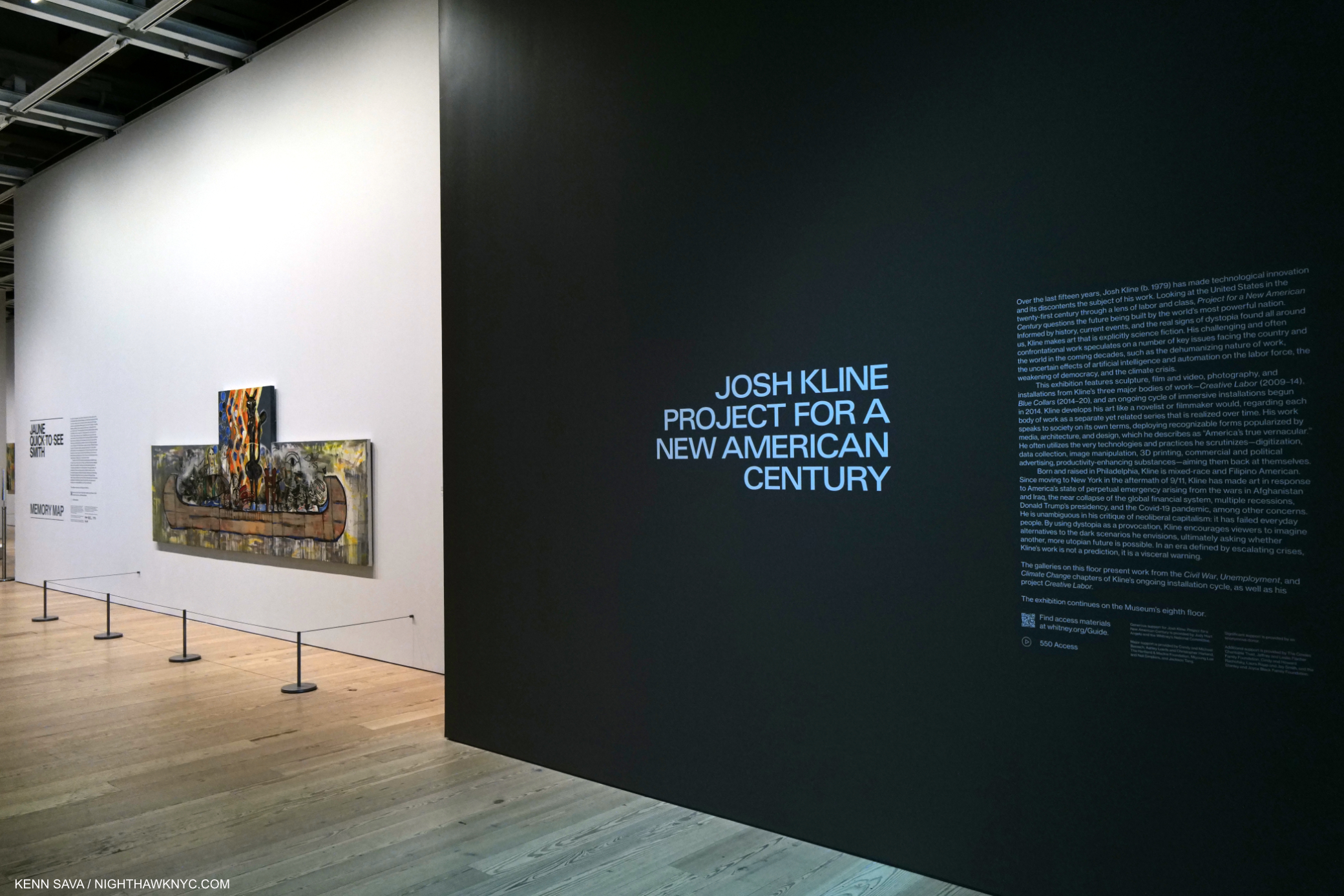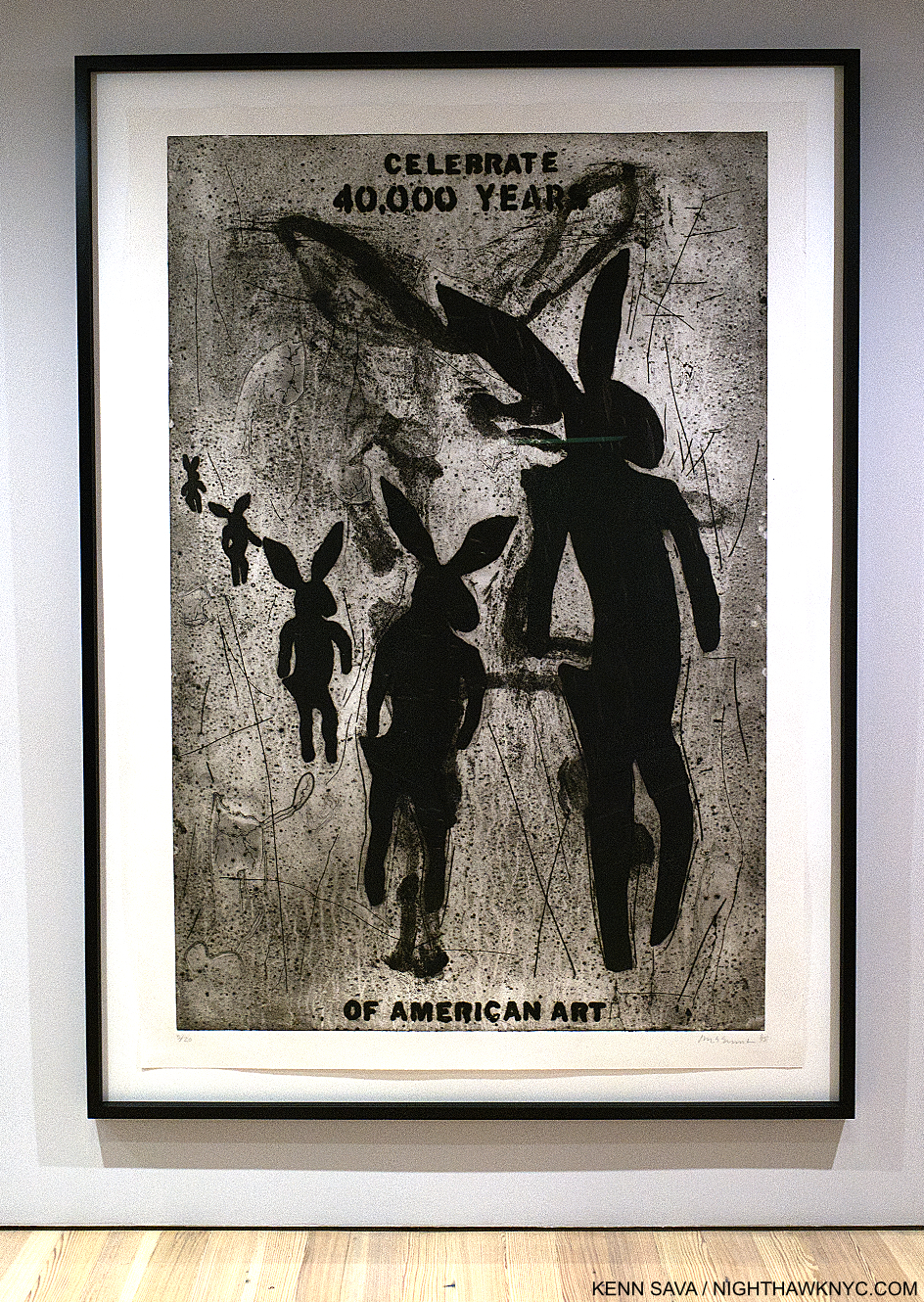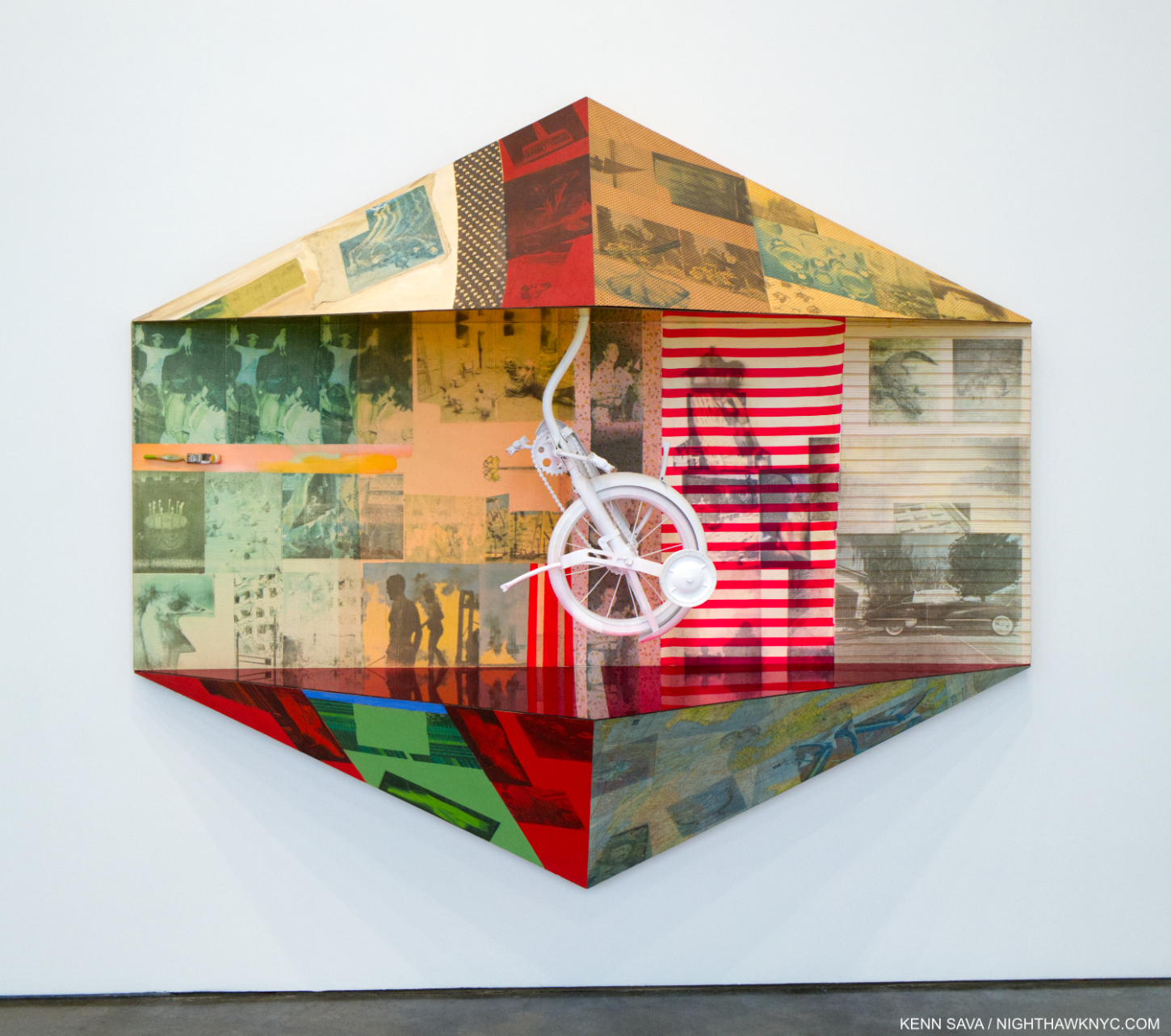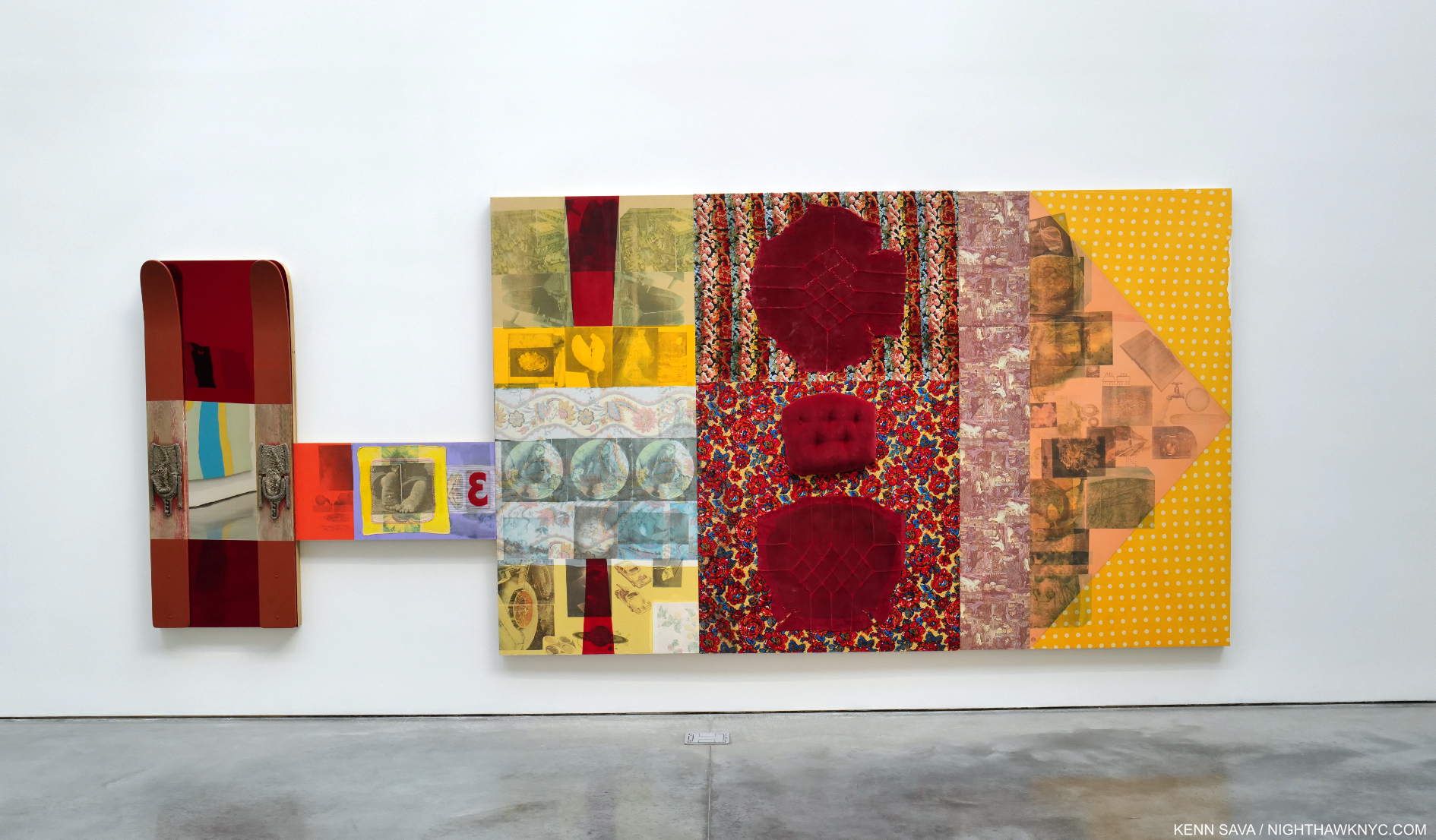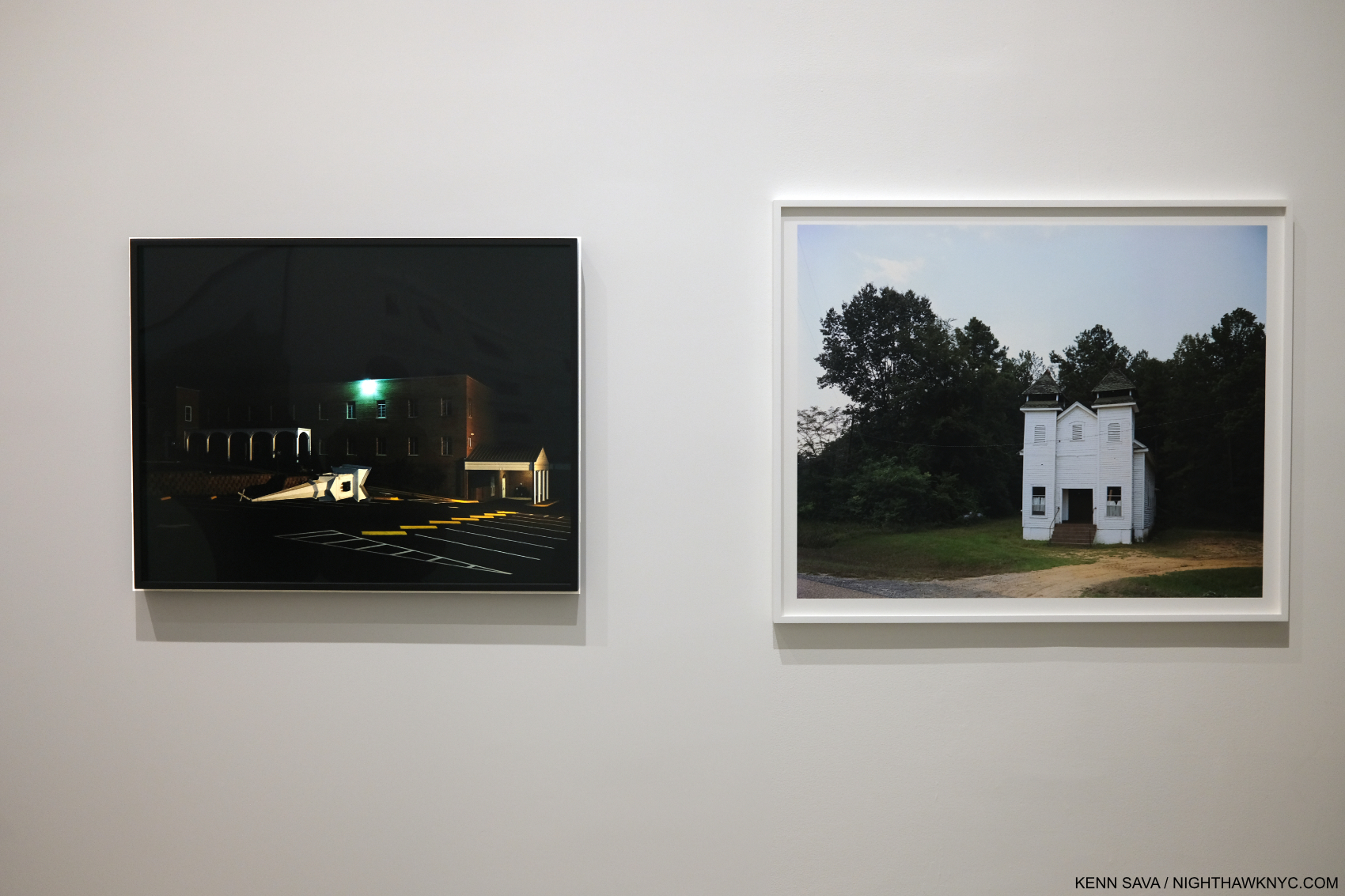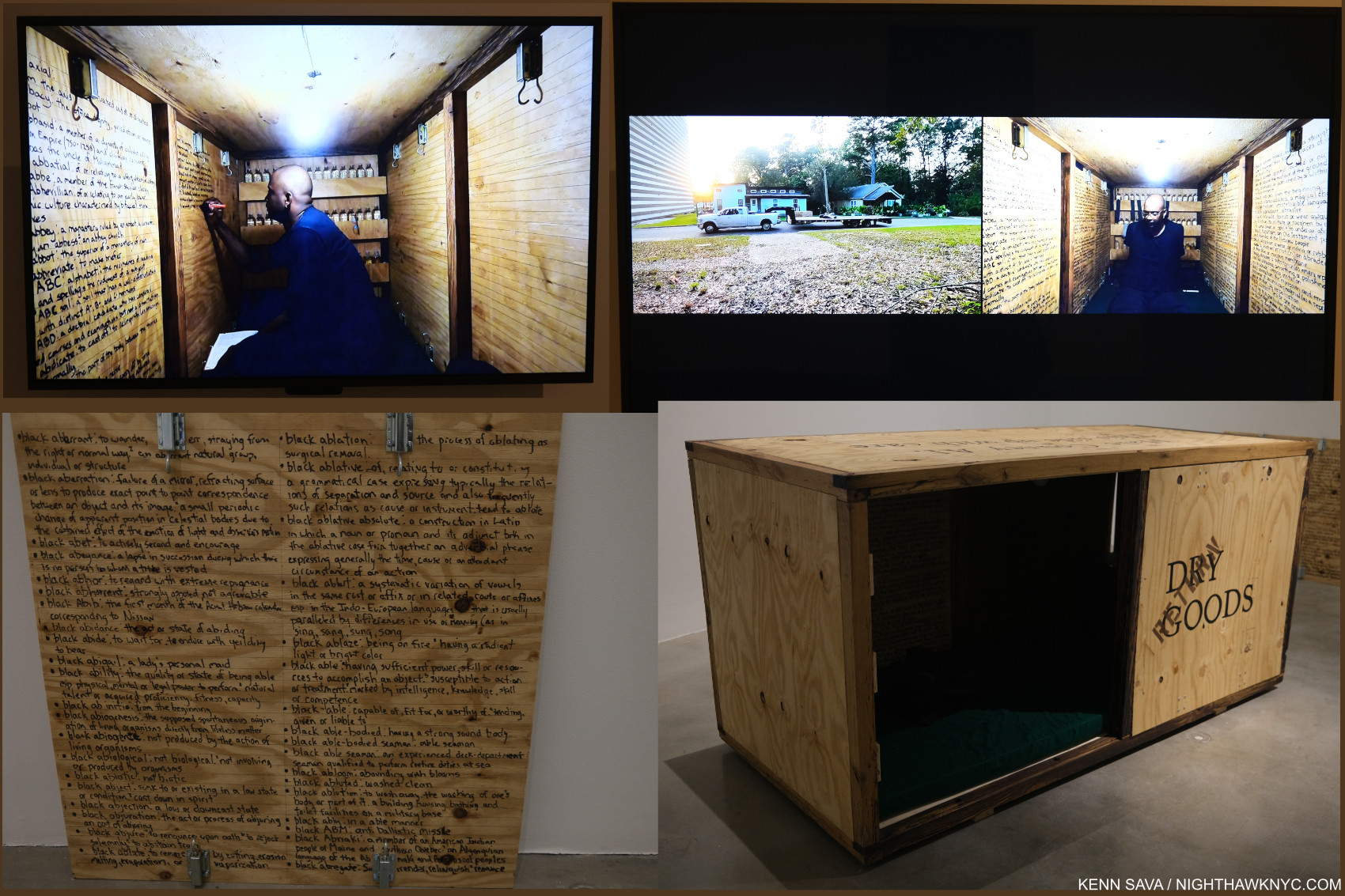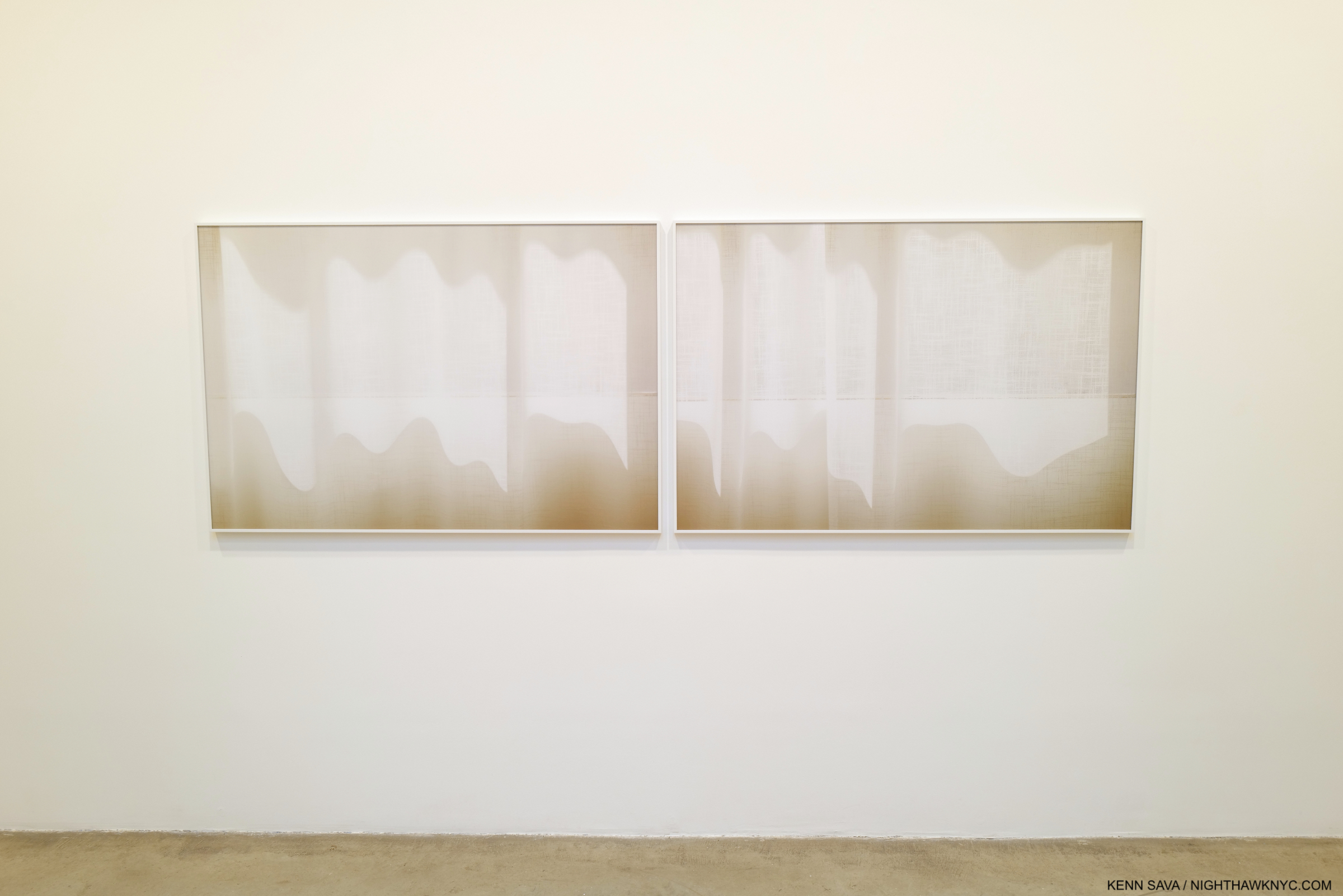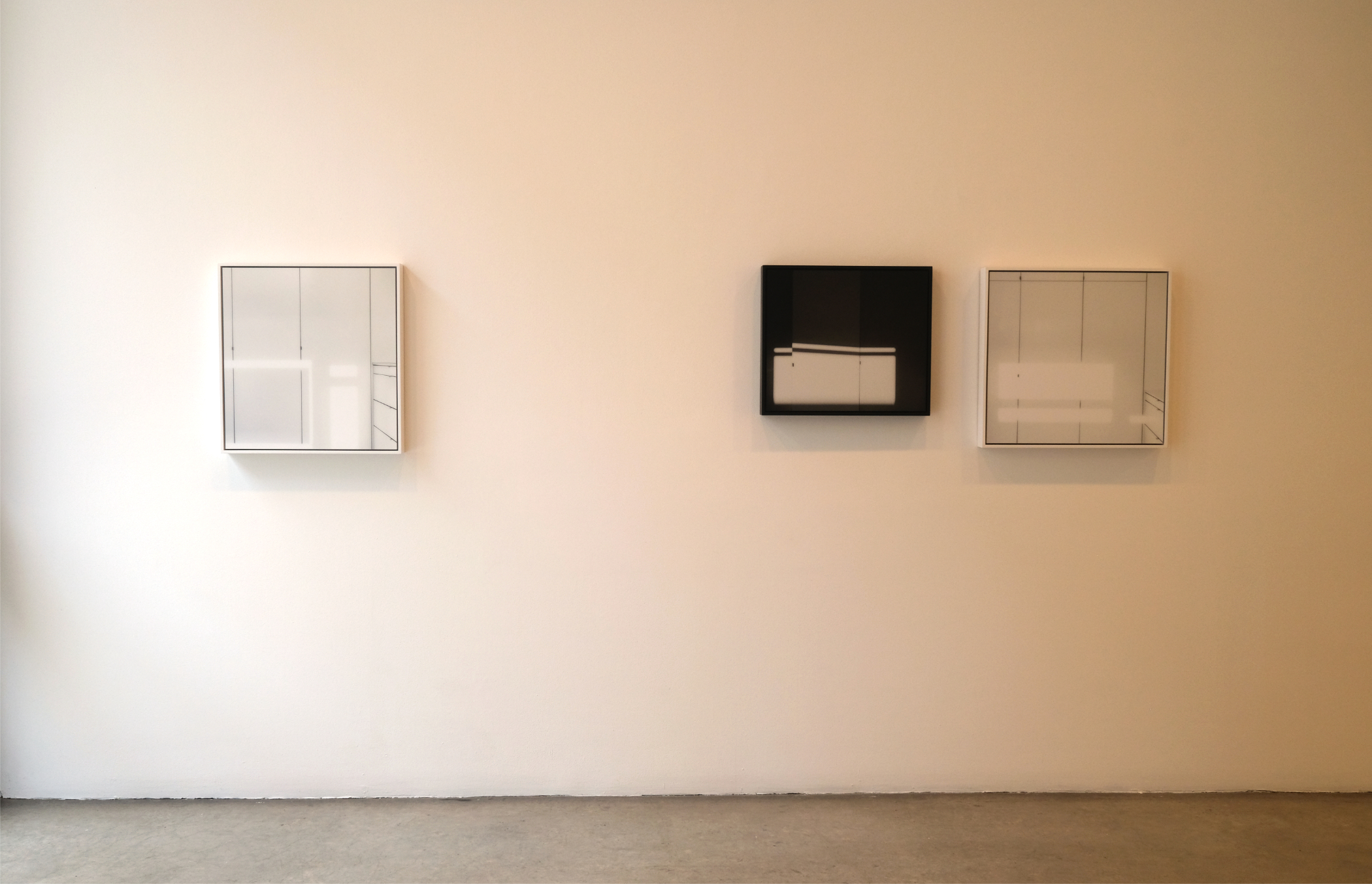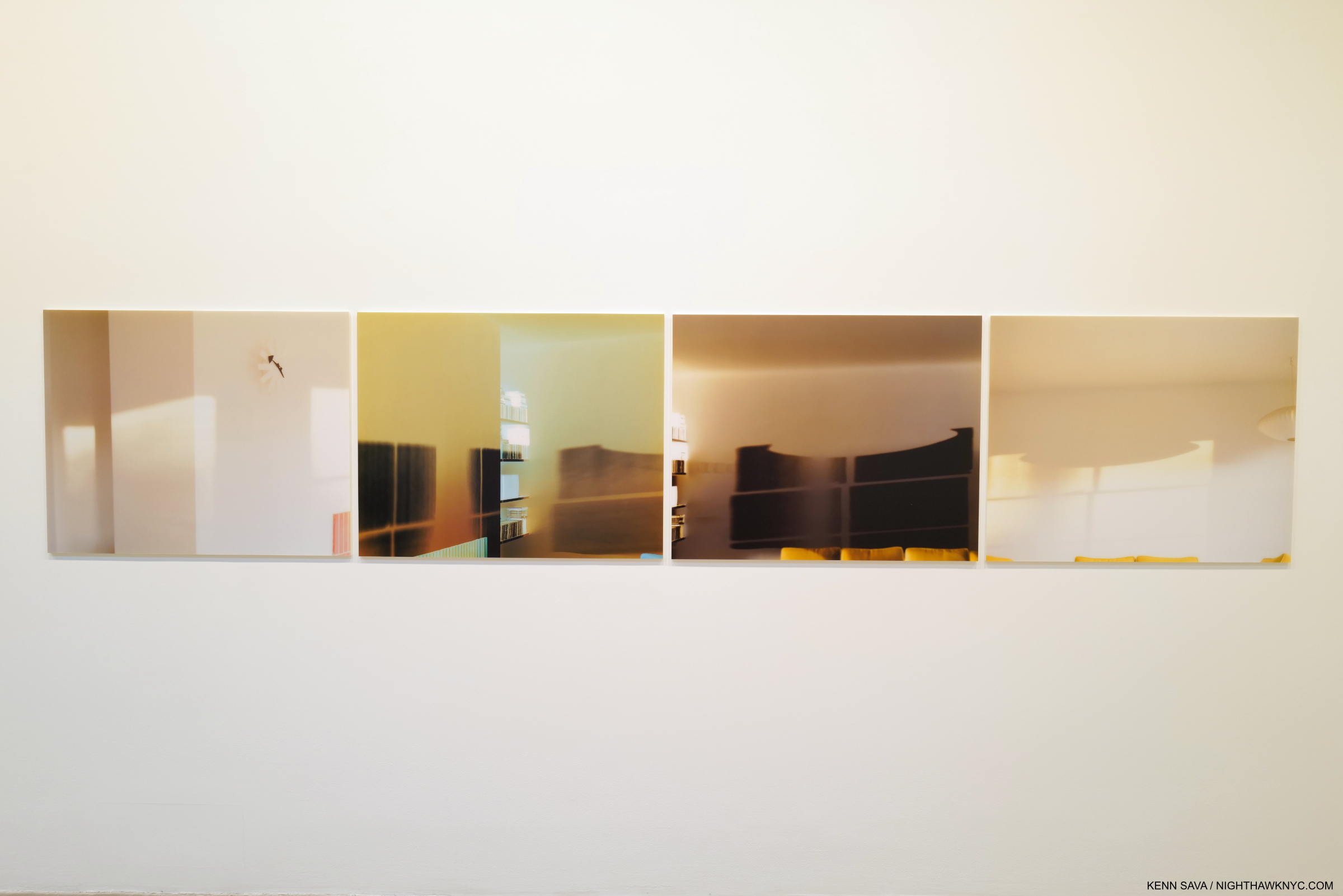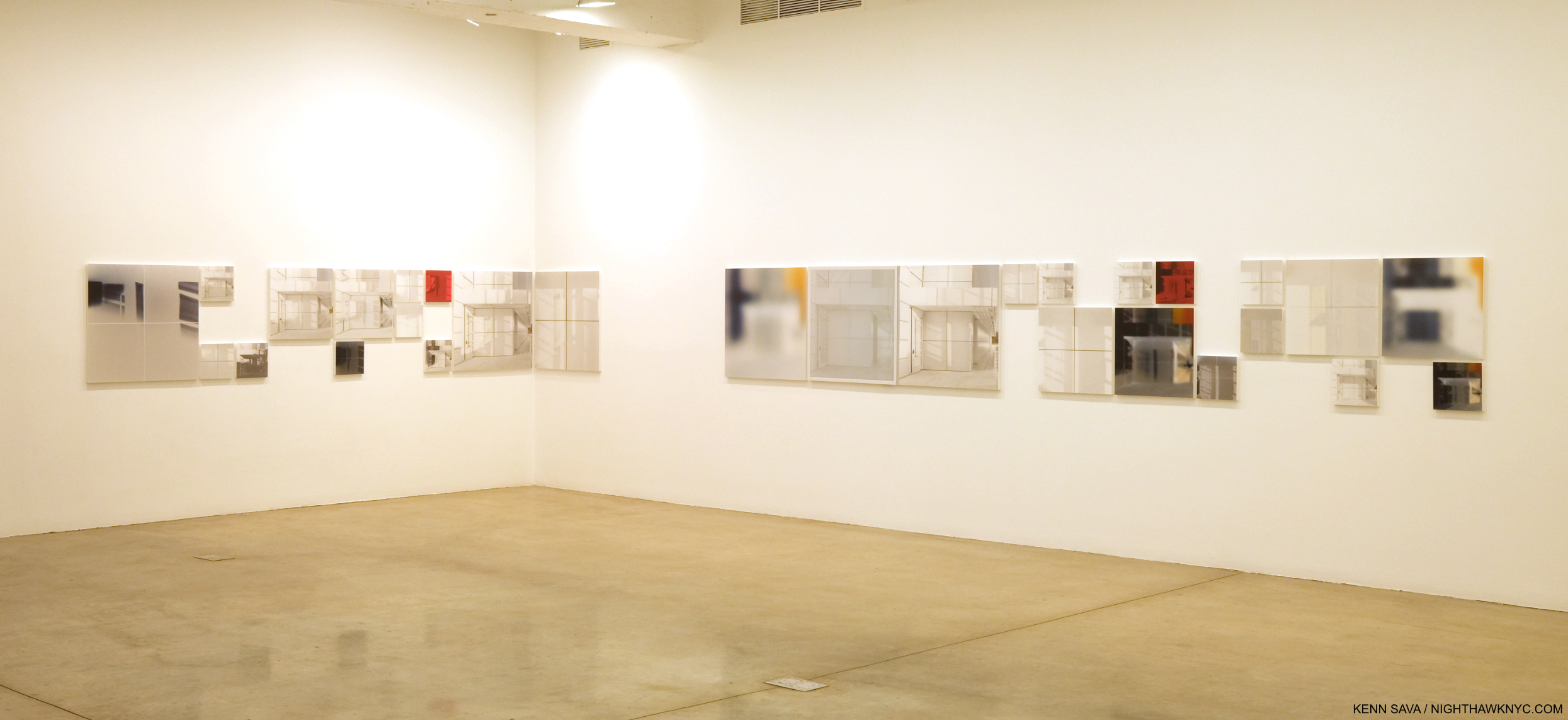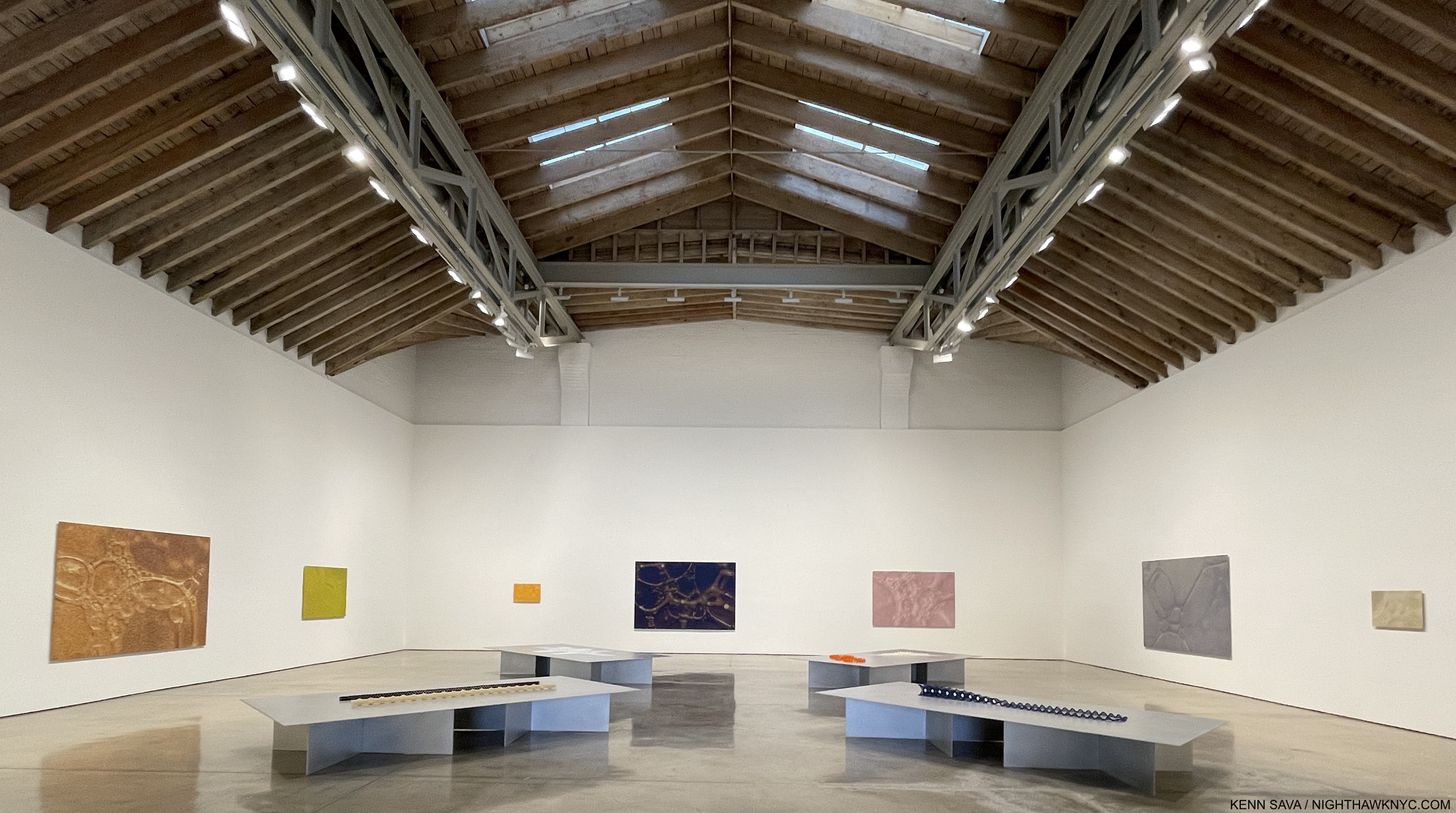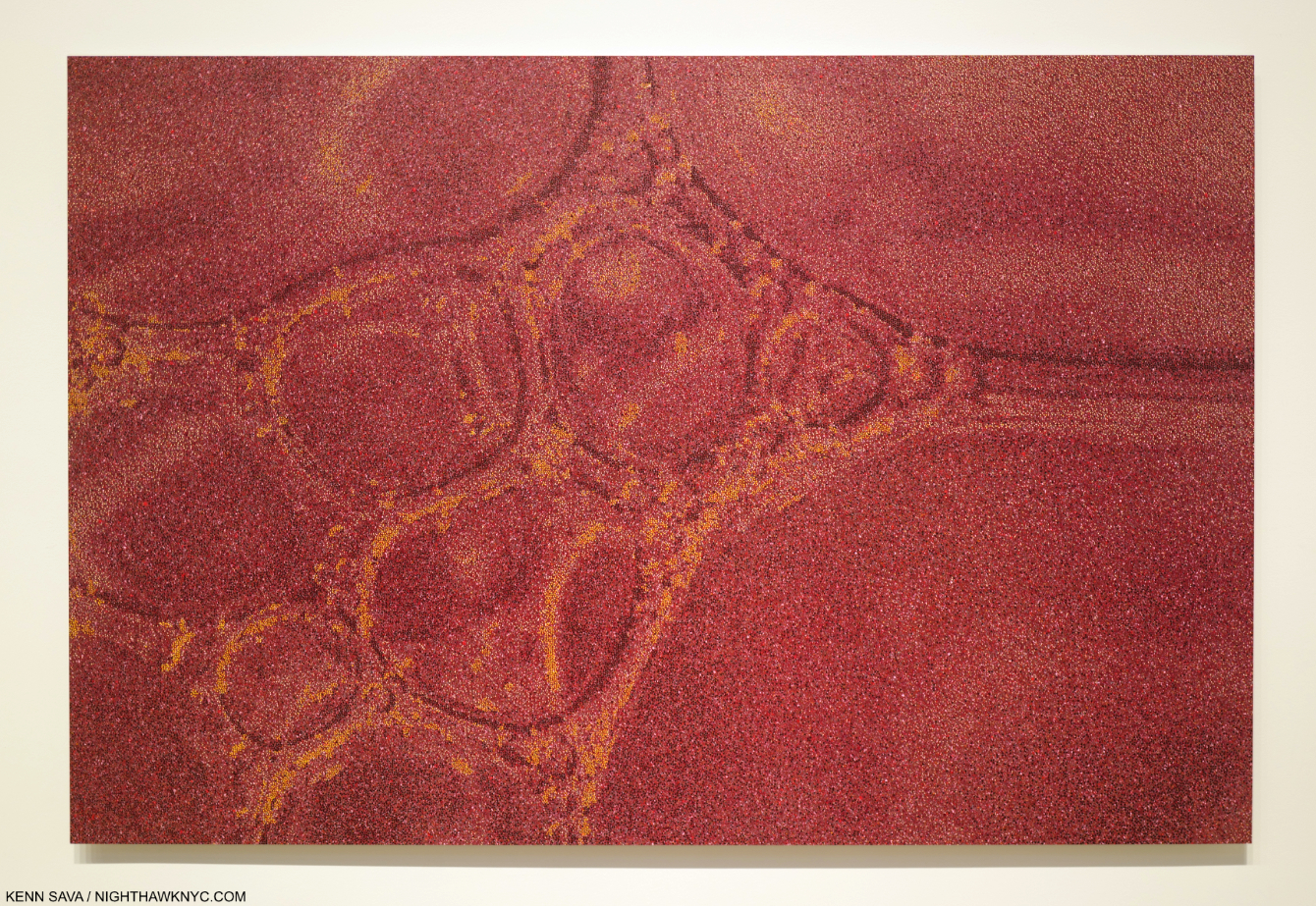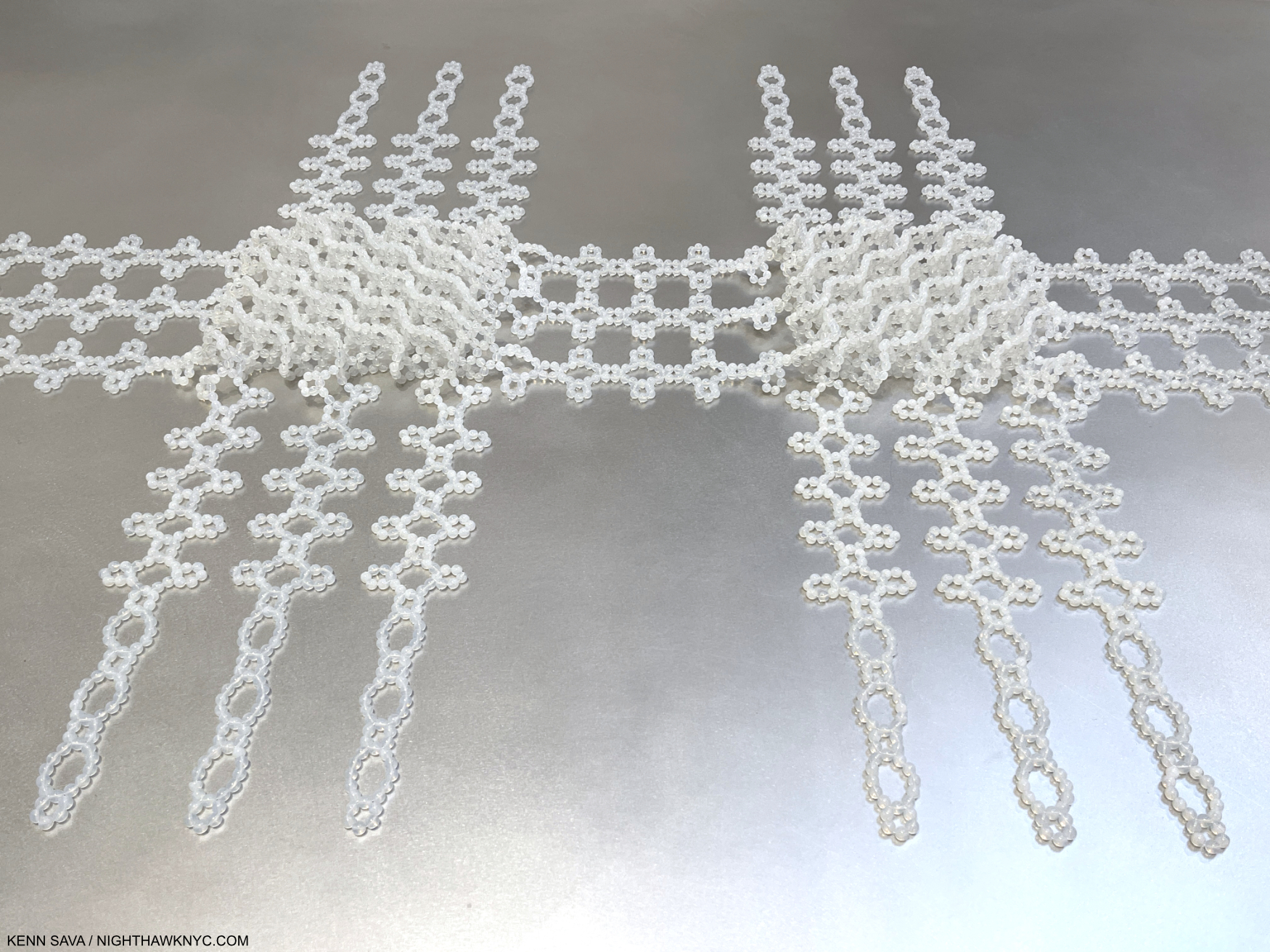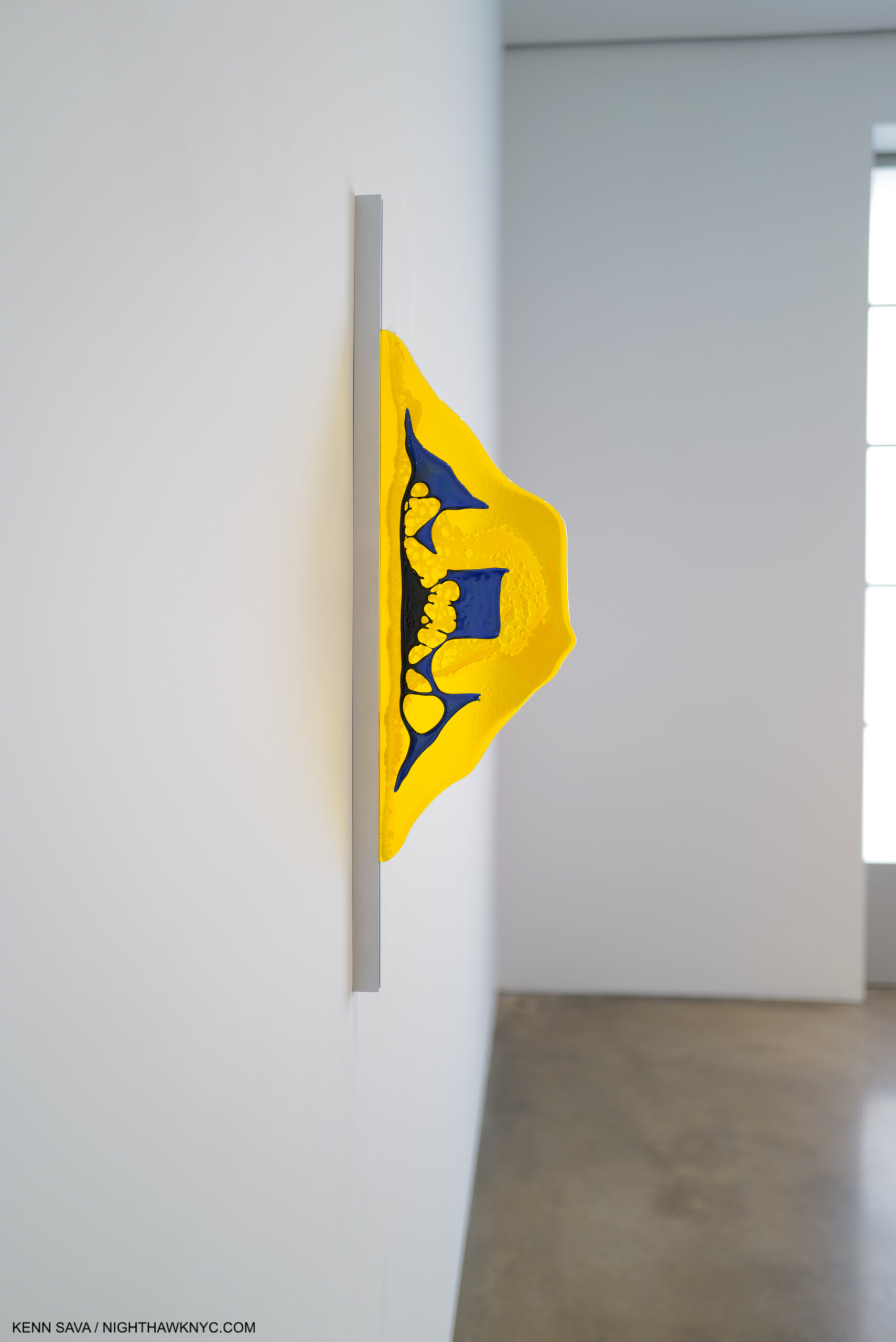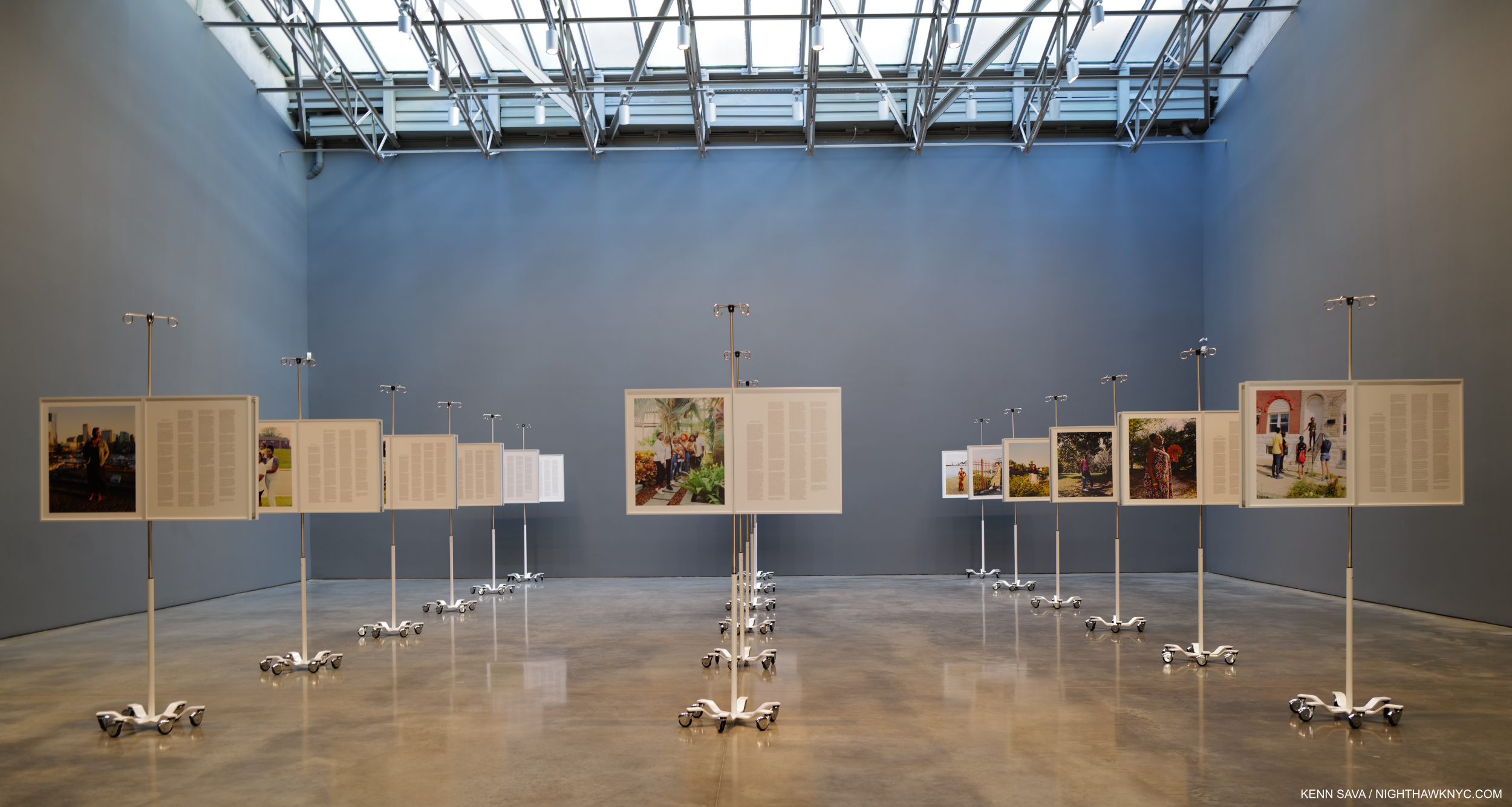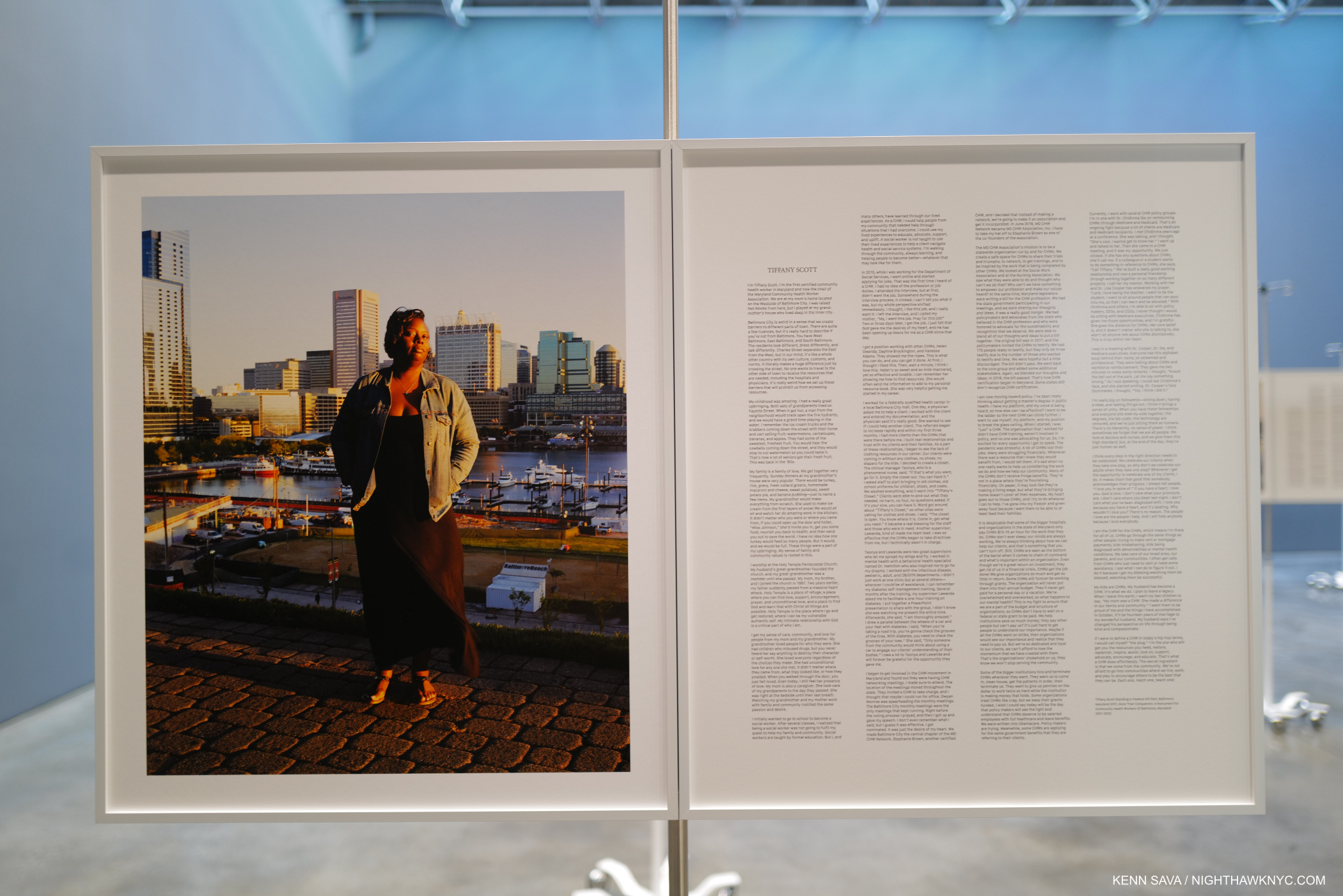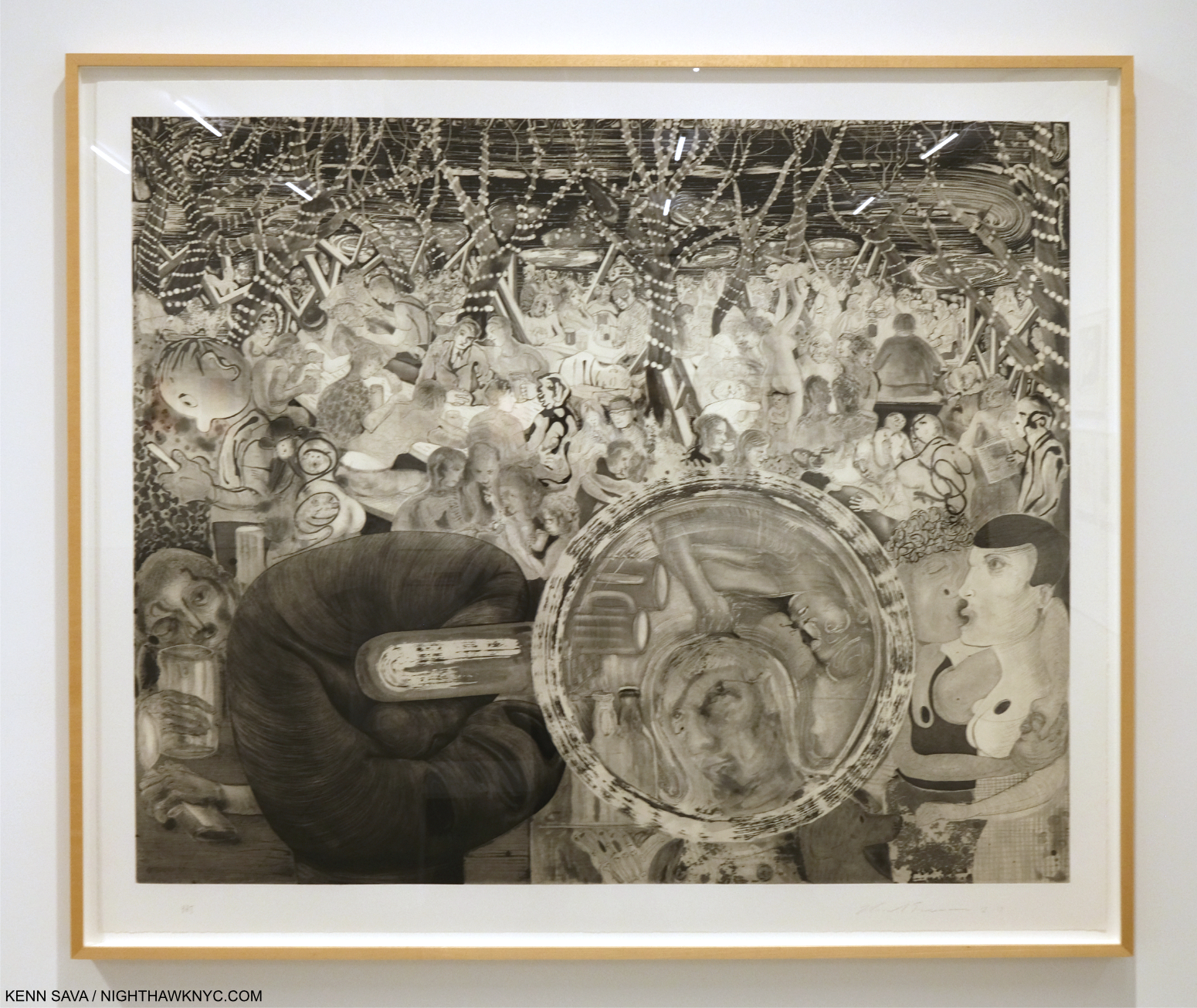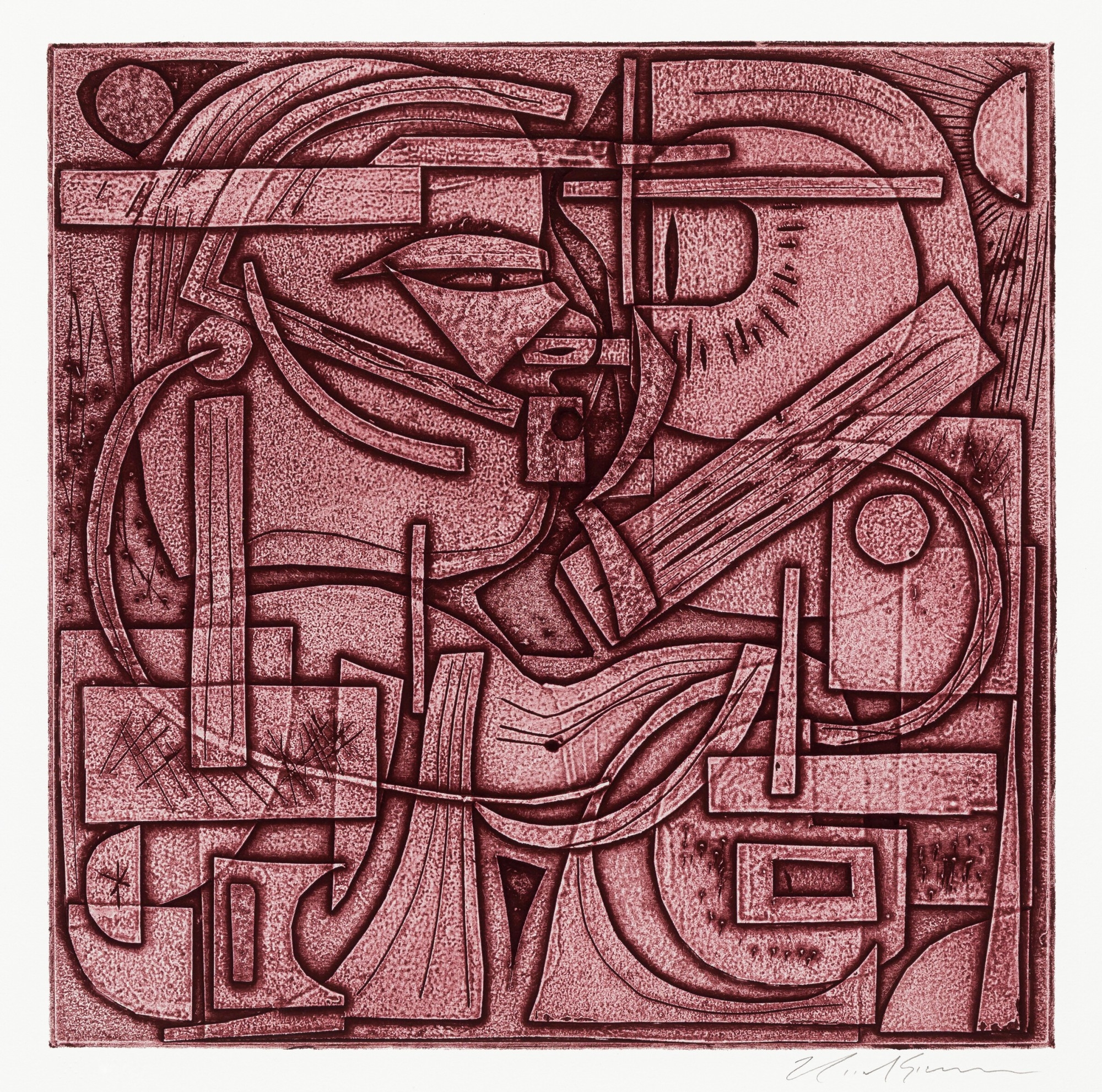This site is Free & Ad-Free! If you find this piece worthwhile, please donate via PayPal to support it & independent Art writing. You can also support it by buying Art & books! Details at the end. Thank you.
Written & Photographed by Kenn Sava (*- unless otherwise credited)
This is a postscript to my piece Van Gogh’s Cypresses: Art From Hell
“How will I know you when I see you
In the brightness of light”*
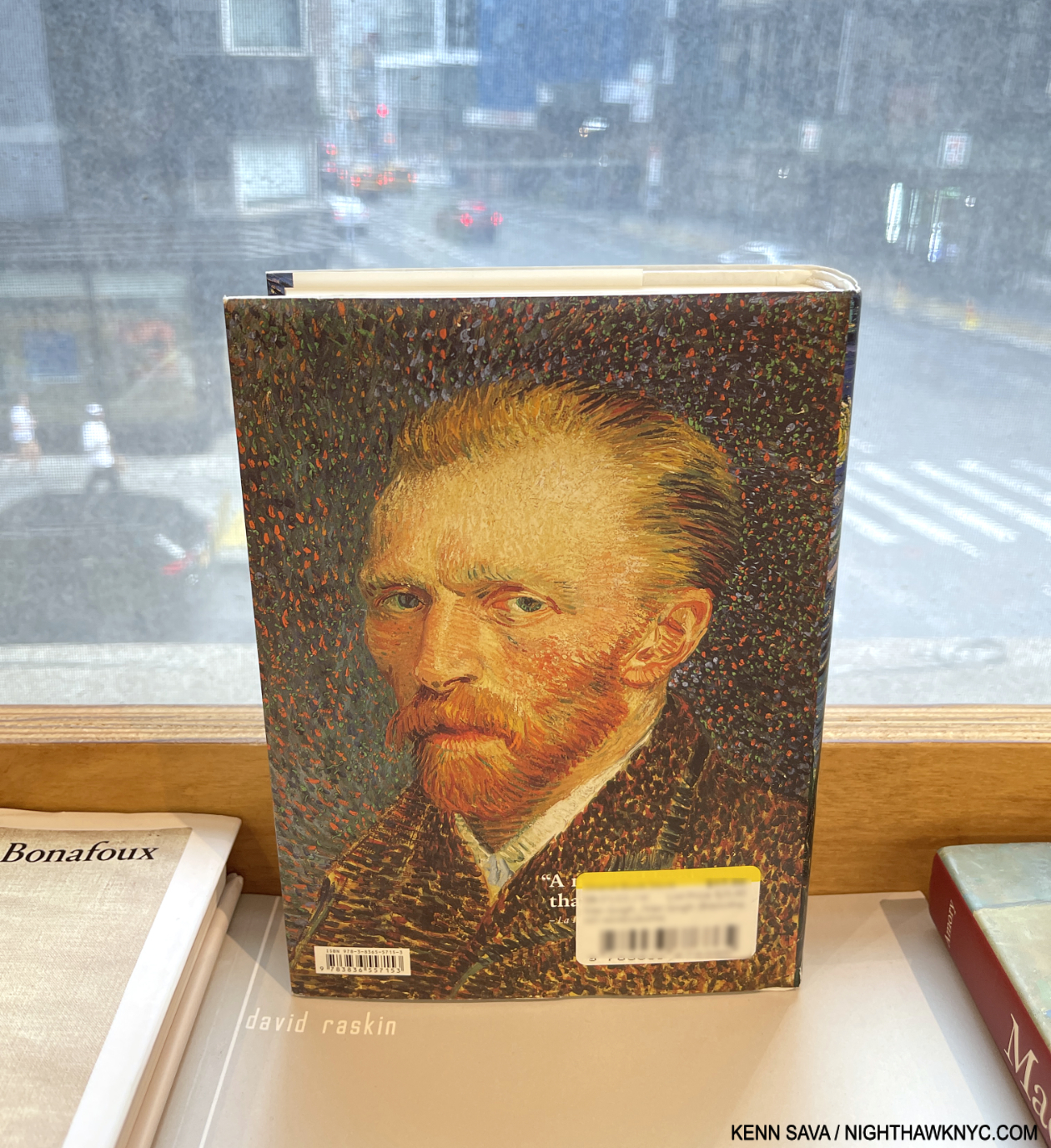
WHO are you, Vincent? Staring out at us with that laser beam-like gaze it almost seems like he could speak to us and tell us. If only getting closer to him were only that easy… A Self-Portrait on the back cover of Van Gogh: The Complete Paintings. Click any photo for full size.
As I said, I’ve been looking at Van Gogh’s Art for over 40 years. It’s taken almost as long to get closer to the man. Like many, perhaps, most people interested in Vincent Van Gogh (1853-1890), I read Irving Stone’s Lust for Life, and Dear Theo (which Stone, who never knew him, gallingly subtitled Vincent’s “Autobiography,”) and later saw the famous Film, Lust for Life, starring Kirk Douglas as Vincent, which was set in some of the actual sites. I bought it all as gospel. I read, but downplayed, the part where Mr. Stone mentioned that he had “made up” episodes to fill the gaps (paraphrased from recollection. I no longer have his books).
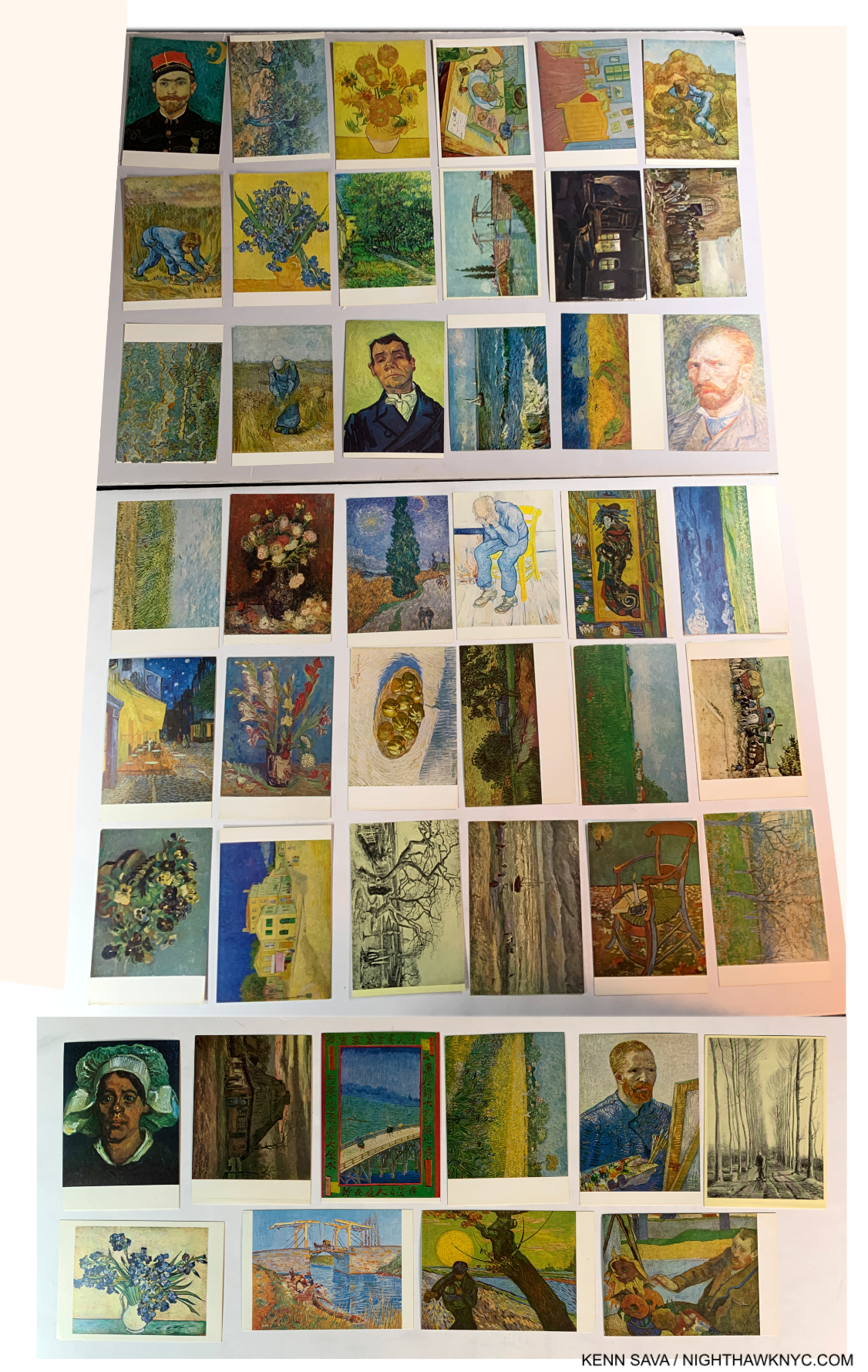
My collection of 45 Van Gogh postcards, bought in the early 1970s for 10 cents a piece. They served me well until I got a book on his work years later. Almost every single one depicts a work I hadn’t seen in person because they are in European collections, except for The Met’s Lilacs, in the lower left. Also included is Gauguin’s Portrait of Vincent, lower right. Two would appear in Van Gogh’s Cypresses decades later.
Captivated when I saw Vincent’s Art in The Met and MoMA on my very first Art museum visits as a young teen in the early 1970s, I bought 45 picture postcards from both at 10 cents each because they showed work I hadn’t seen. Most were from the new Van Gogh Museum, Amsterdam. I was intrigued, and it didn’t go away.
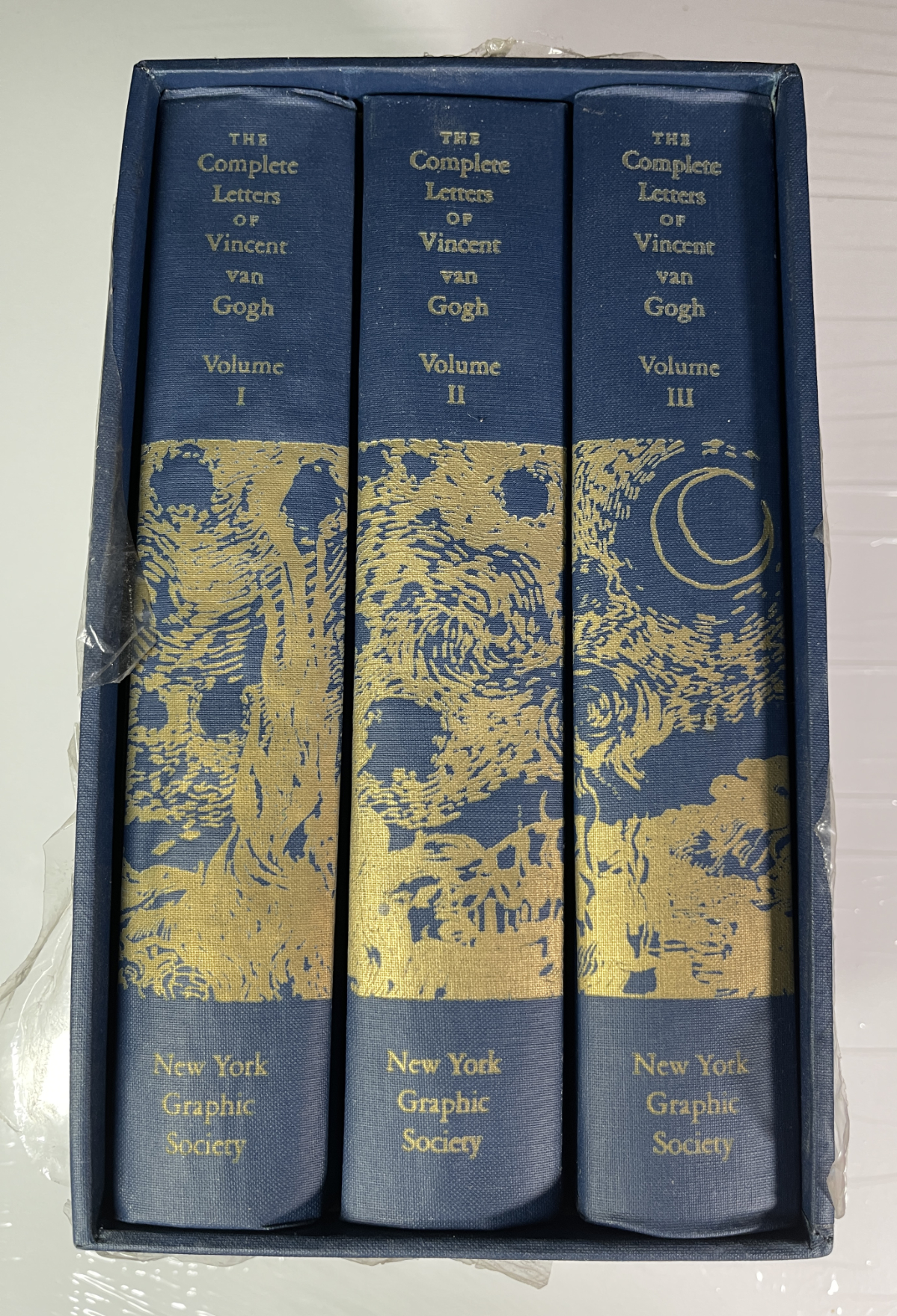
My set of The Complete Letters of Vincent van Gogh edited by Jo van Gogh Bonger, a later printing I’ve kept in its original open shrink wrap to protect the slip case. She first published her edition in 1914.
In the 1980s, I was gifted the 3-volume set of Vincent’s Letters, a set that happened to be edited by Jo van Gogh Bonger, wife of Vincent’s brother, Theo, for a year and a half before he died 6 months after Vincent. She inherited Vincent’s estate (i.e. his Art & discovered his Letters in Theo’s desk), but having no experience with Art, didn’t know what to do with it. After delving into the material, she realized that Vincent’s Letters, most of the surviving ones to Theo, were the key to getting people interested in his Art. She edited & published them, put together a large show of his work in 1905, and worked passionately to get his Art seen, even making a trip to the U.S. to assess prospects here.
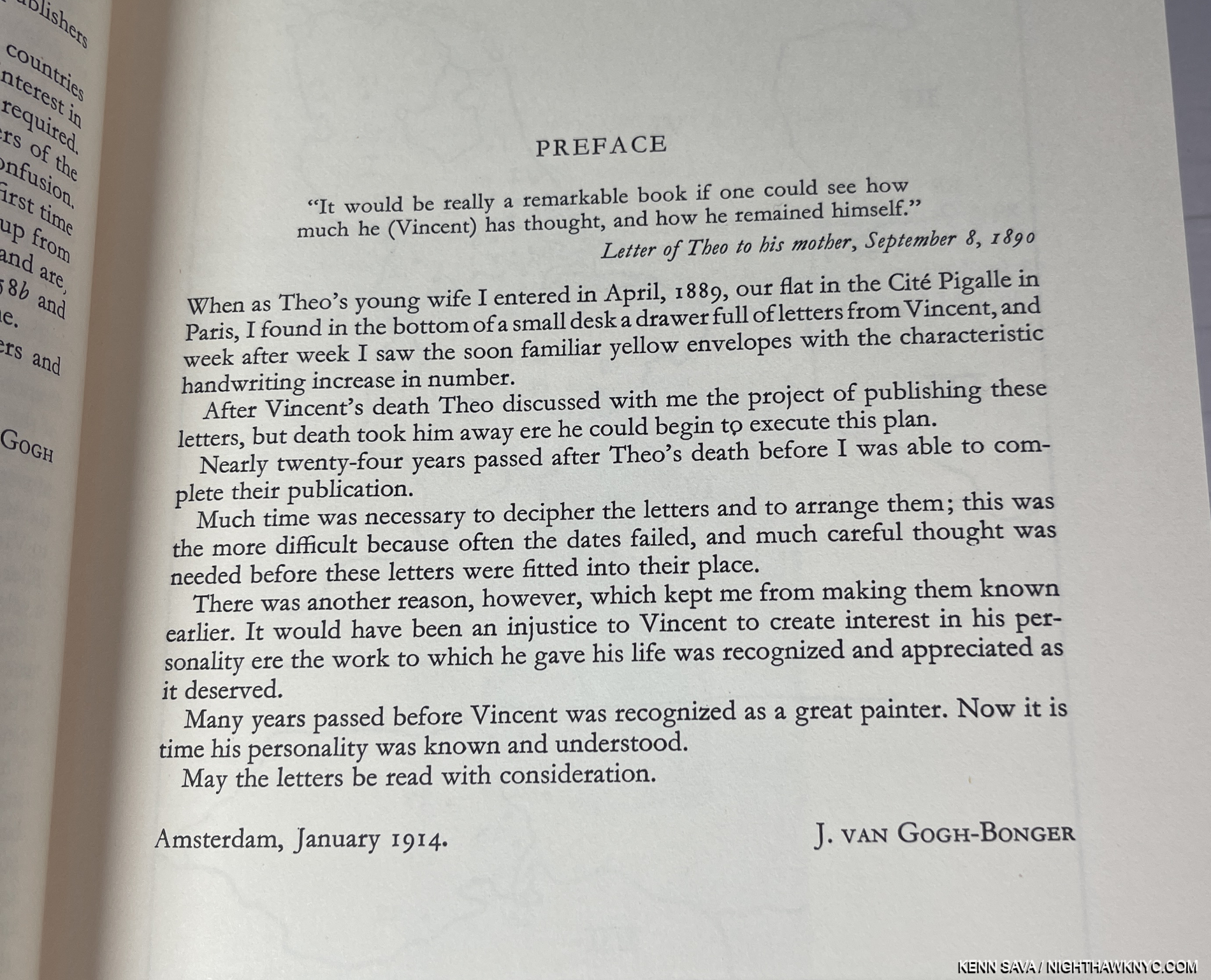
Jo’s Preface to The Complete Letters, 1914, reproduced in my later printing. It’s one of the most remarkable accomplishments in Art history that, with no knowledge or background in Art, she was able to find a way to present Vincent so the world would “get” him, making him one of the world’s most popular Artists in the process. In so doing, she influenced how Artists have been presented to the public ever since.
I didn’t know any of that at the time I got her set. In it, I began to see that Irving Stone was selling fiction. So was the Film! Reading his own words, as Jo well knew, the real man came vividly to life in his exceptional prose. Vincent’s Letters are among the most compelling of any Artist yet published.
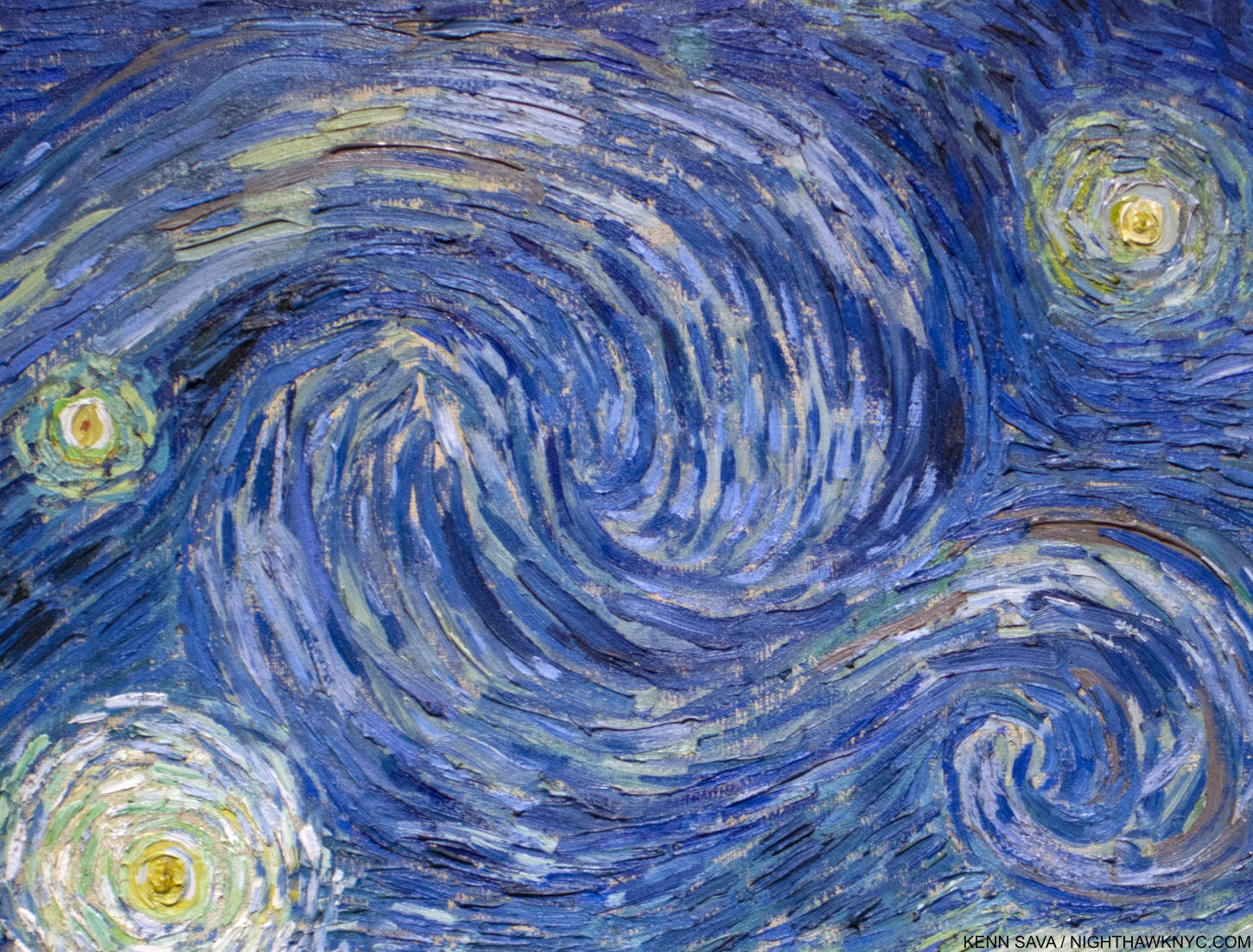
How’s this for “closer to Vincent?” Detail from The Starry Night, 1889, in Van Gogh’s Cypresses, shot without a zoom lens, as close as the guards would allow (a safe distance). Yin/Yang, maybe?
“How will lI know you when I see you
In the bareness of spring
I will know you by starlight
where the road’s echoes sing”*
“Many years passed before Vincent was recognized as a great painter,” Jo writes. She omits the fact that it was she that got him that status in the world. Jo van Gogh-Bonger put me, and countless millions before and after me, on the road to knowing Vincent better. If you love Vincent’s Art, you owe her your thanks. Thank you, Jo!
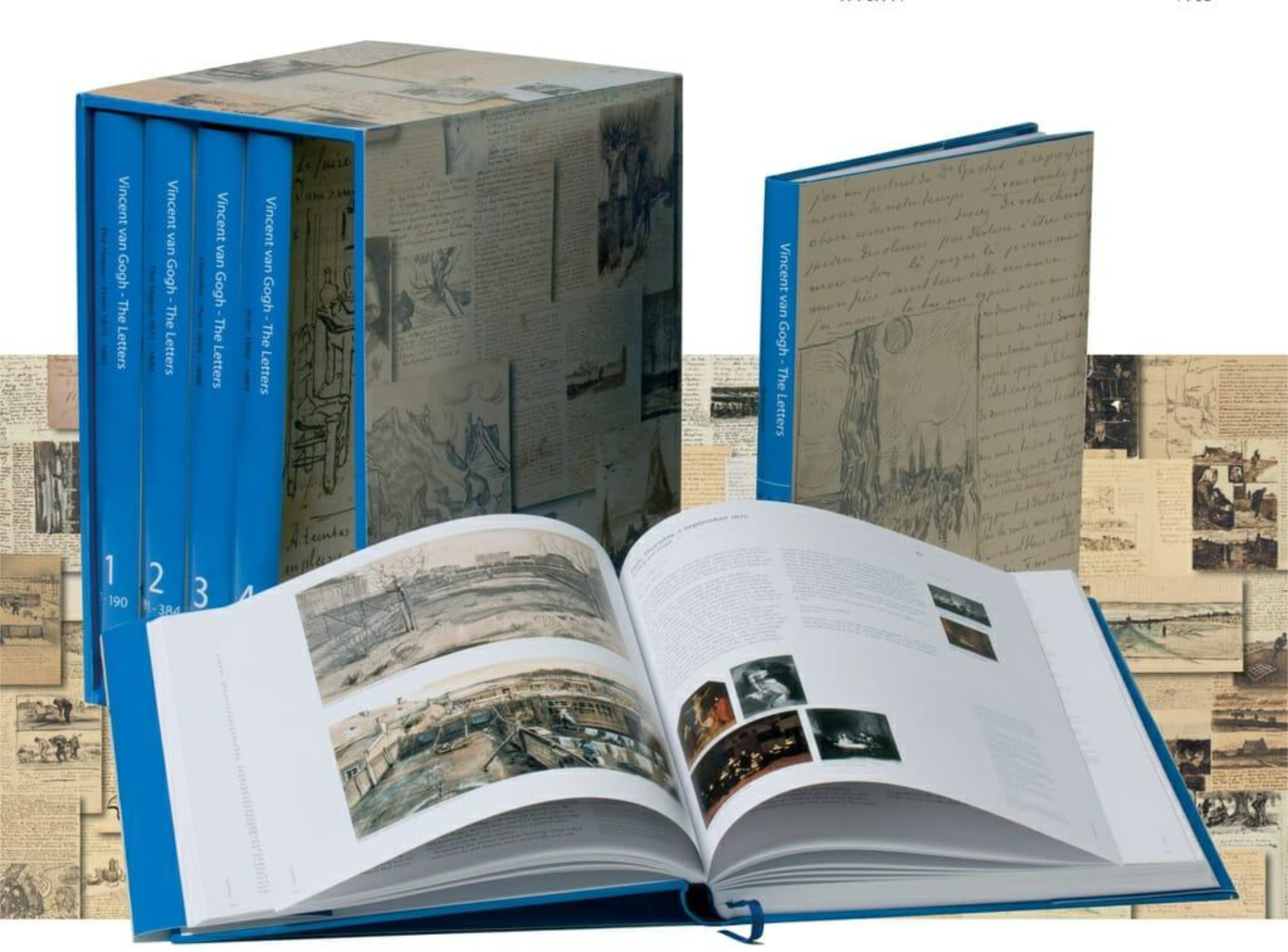
Van Gogh: The Letters, the Van Gogh Museum’s exceptional 5-volume set includes extensive annotations and many illustrations. Now sold out, it’s all available online, where it is updated as new information becomes available. One of my Desert Island Art Books. *- Van Gogh Museum Photo
The problem was that Vincent’s 902 Letters only cover part of his life, the earliest dating from September, 1872, when he was 19. Others have undoubtedly gotten lost over time, and some things were withheld by the family. Also in the 1980s, I saw 2 excellent Van Gogh shows at The Met, as I mentioned, Van Gogh in Arles and Saint-Rémy and Van Gogh in Auvres. and then the Drawings in 2005, each of which brought me even closer to Vincent’s Art. For those that missed them, the catalogs for each show are excellent and full of great information.
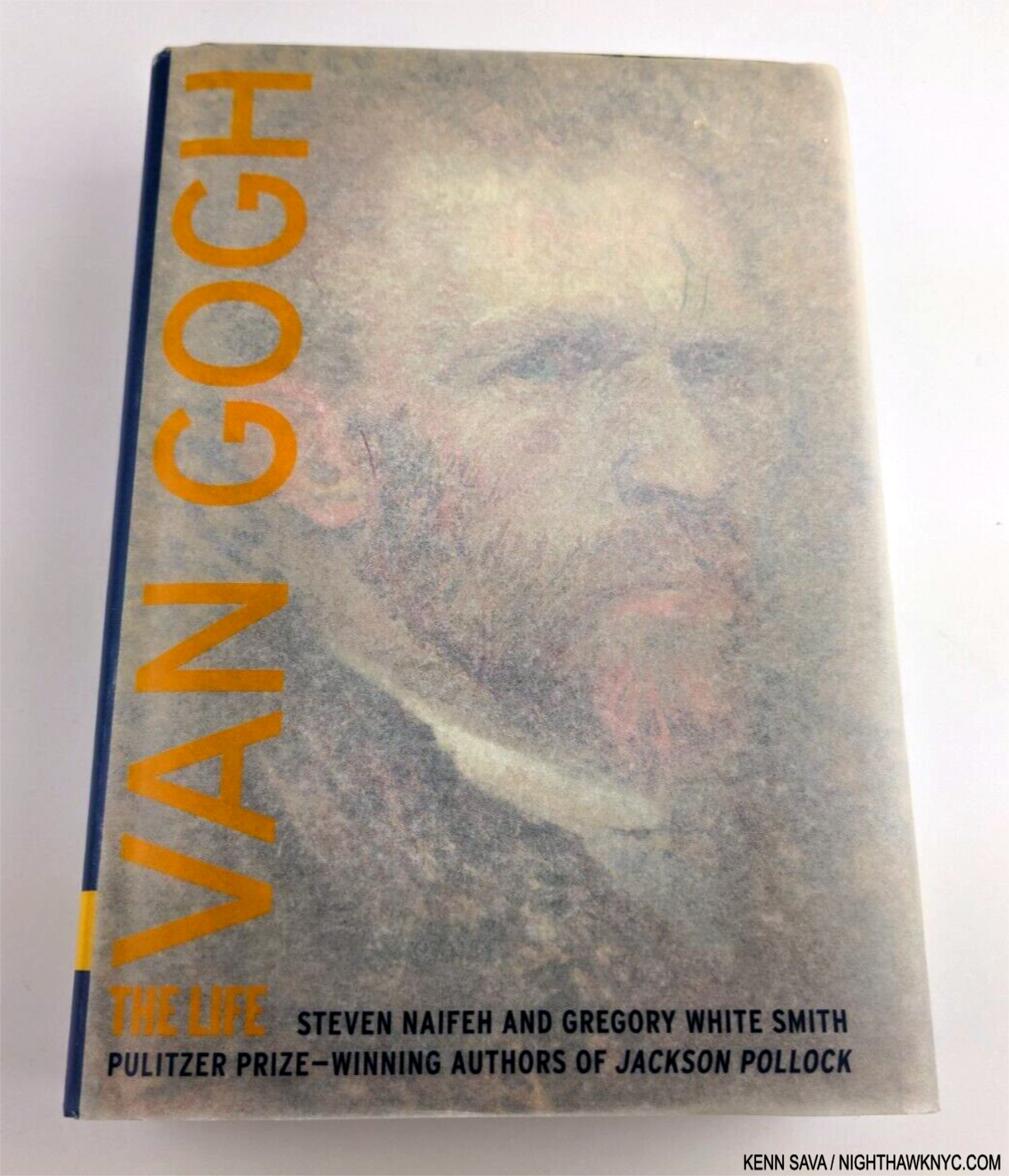
Bringing Vincent into closer focus. My copy of Van Gogh: The Life, just after I bought it new. I’ve raved about it repeatedly. Though it contains 958 pages, the footnotes are to be found on the book’s website. It will remain the definitive biography for at least the immediate future.
In 2011, the landmark 958-page exhaustively researched biography, Van Gogh: The Life by Steven Naifeh and Gregory White Smith was published along with the equally exhaustively researched & annotated five-volume set of Van Gogh’s Letters, both with the cooperation of the Van Gogh Museum and Foundation, which exists due to Jo, and then her & Theo’s son, Vincent Wilhelm Van Gogh, who donated Vincent’s Estate to the Dutch state who, in return, built the Museum.
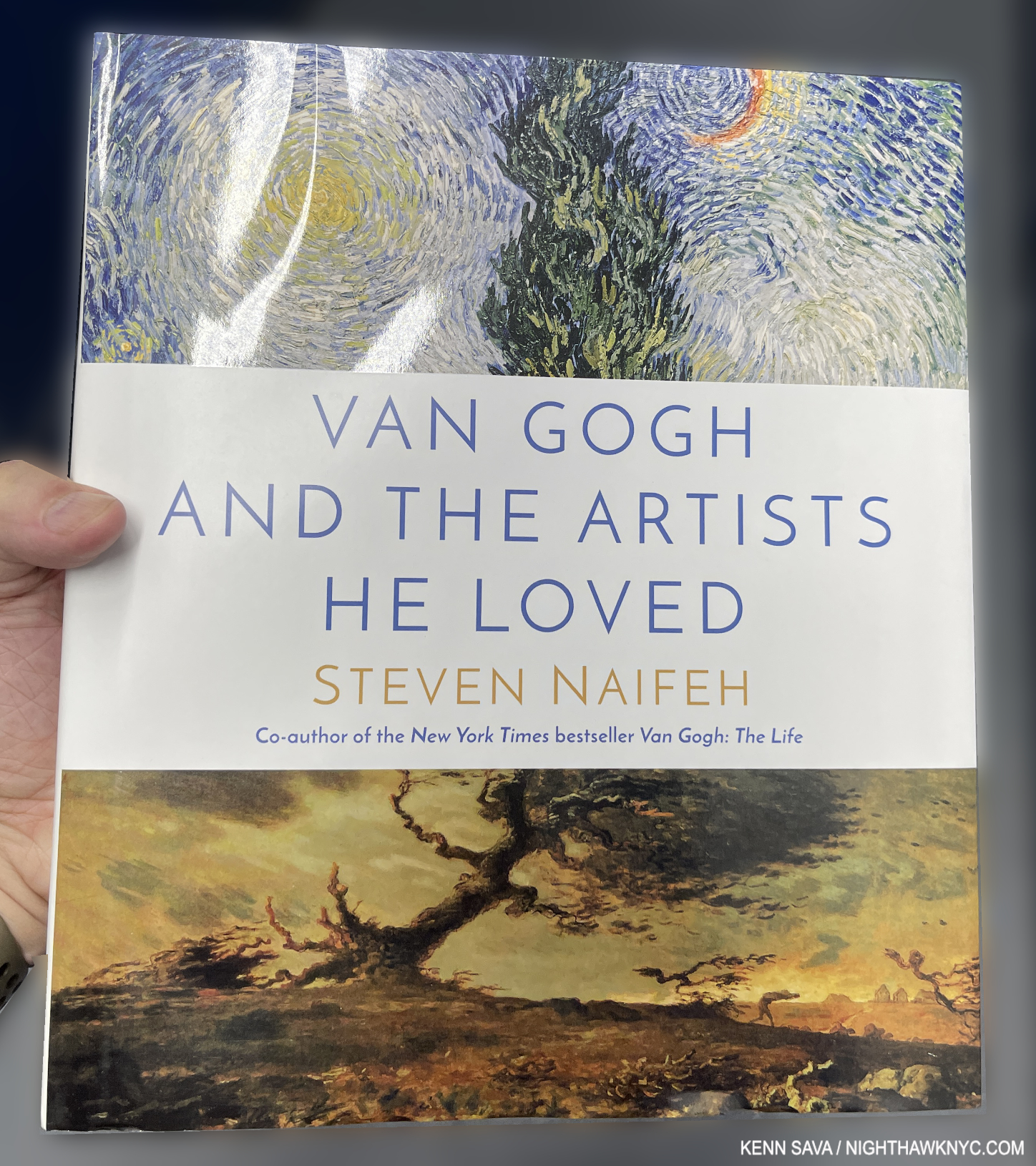
Vincent was a very astute lover of Art, with a cutting eye that quickly got to the essence of a piece, or Artist, under his consideration.Tthe new Van Gogh and the Artists He Loved, by Van Gogh: The Life’s co-author, Steven Naifeh’s, is an in-depth look at a subject that no one has covered, until now.
I wasn’t able to put Van Gogh: The Life down. It not only brings Vincent to life on an as close to a day-to-day basis as we’ve yet had, it takes the reader inside his thinking & decisions, his unceasing misfortunes & pain, and then, his illness. One of the most extraordinary biographies I’ve ever read, it completely rewrites our understanding of Vincent’s life and, quite controversially, his death. The Life is essential reading for anyone interested in Art1 or Vincent Van Gogh, in my view. This past year, The Life’s co-author, Steven Naifeh, published Van Gogh and the Artists He Loved, an in-depth look at Vincent’s life-long obsession with Art & Artists, which provides fascinating insights into his exceptional taste and the influences of other Artists on his work.
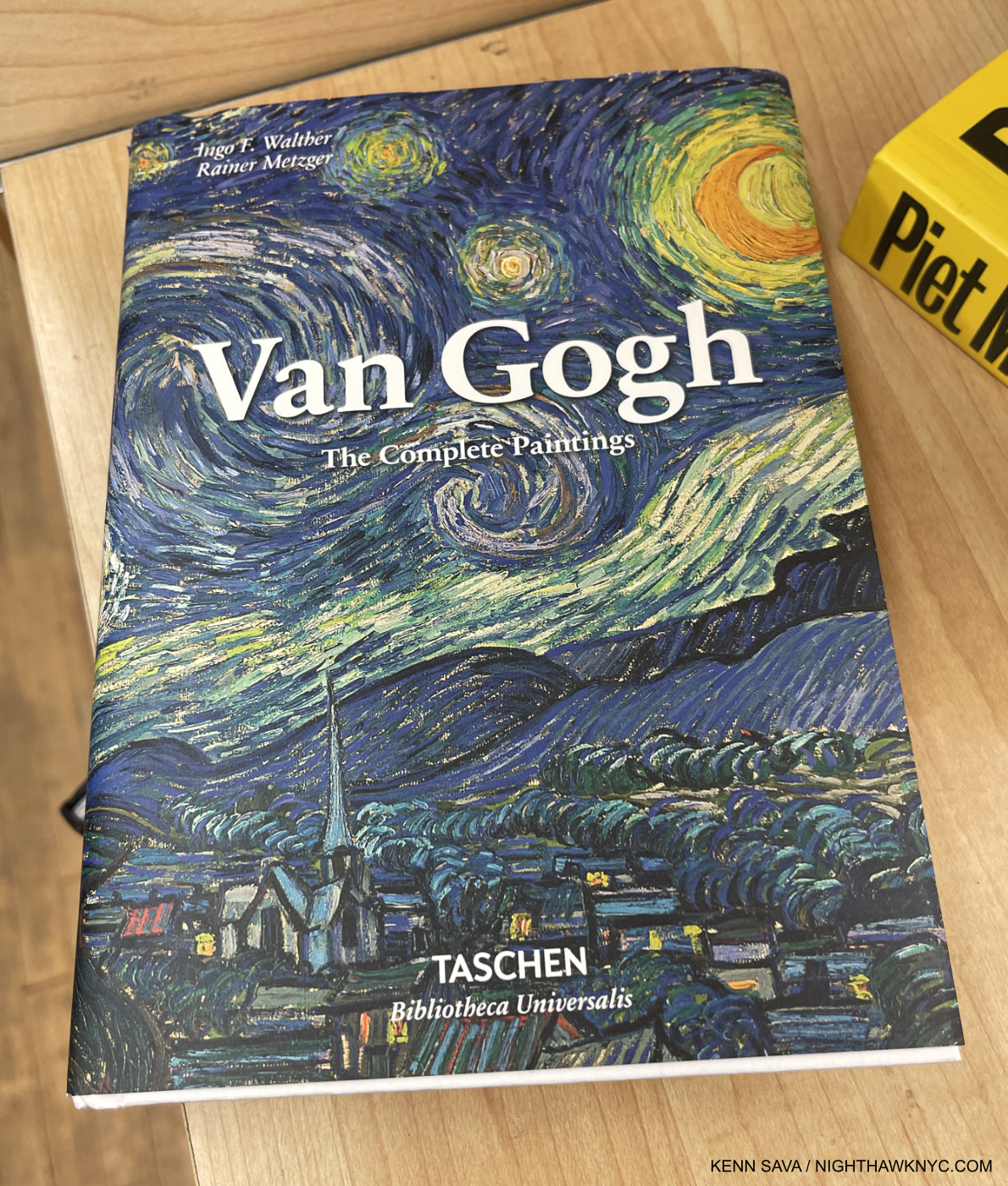
Van Gogh: The Complete Paintings. In my view, any Van Gogh library begins here. Is it perfect? No. I dream of a book of just all the Paintings, each printed at optimal size on one page with details on the facing page. That’s not meant to denigrate the text, which has held up well. Still, all the Paintings are printed in color and the book lists for $25.00! Possibly the greatest value in Art books today. This is the small, “Brick” size. Taschen has published a number of larger sizes, but has not released an XXL edition. No one else has published a Complete Van Gogh as far as I know. Its place on my Desert Island Art Books list was automatic.
“Walking by the sea
See the names floating by
Trying to find each other’s
Trails in the sky”*
All of this shows that over 133 years after Vincent’s passing researchers, authors and Art historians have continued to set the record straight and bring the world closer to the man and his life. Given all the “loose ends” that remain in his biography, I look forward to future discoveries & revelations that will bring us still closer.
Among those, I fervently hope the mystery around his death that Van Gogh: The Life reveals can be finally settled and the man left to rest in peace.
“How will I love you when I know you
In the greyness of mist
I will love you forever
Where sadness has kissed.”*
*- Soundtrack for this piece is “Folk Song” by Jack Bruce from his classic album Harmony Row, 1971. Which makes me realize I’ve been looking at Vincent for almost 50 years…
NighthawkNYC.com has been entirely self-funded & ad-free for over 8 years, during which 300 full-length pieces have been published! If you’ve found it worthwhile, PLEASE donate to allow me to continue below. Thank you, Kenn.
You can also support it by buying Art, Art & Photography books, and Music from my collection! Art & Books may be found here. Music here and here.
Written & photographed by Kenn Sava for nighthawknyc.com unless otherwise credited. To send comments, thoughts, feedback or propositions click here. Click the white box on the upper right for the archives or to search them. Subscribe to be notified of new Posts below. Your information will be used for no other purpose.
- Providing insights in to how he was able to succeed as an Artist though he began at age 27! ↩

